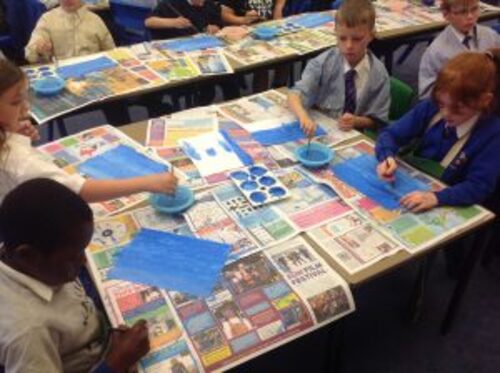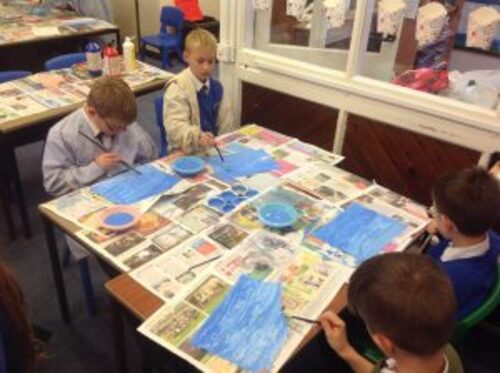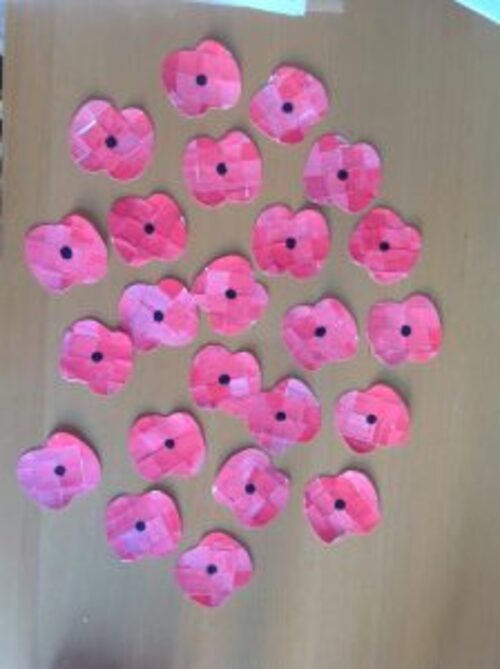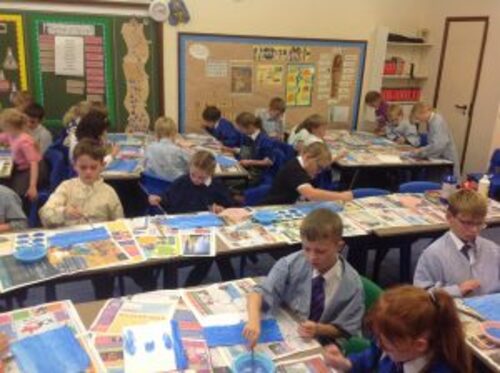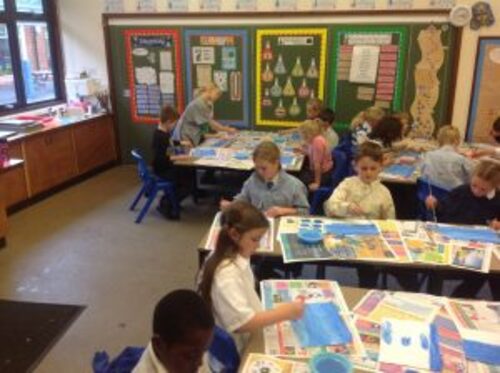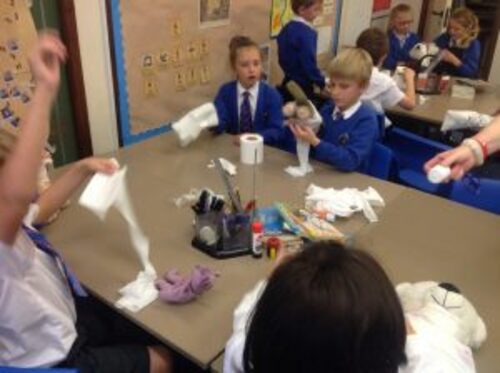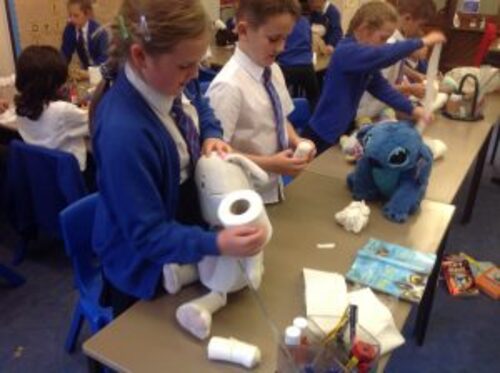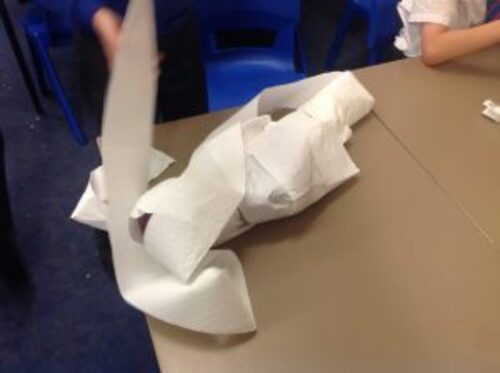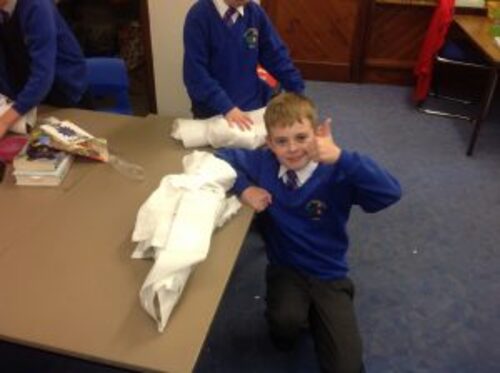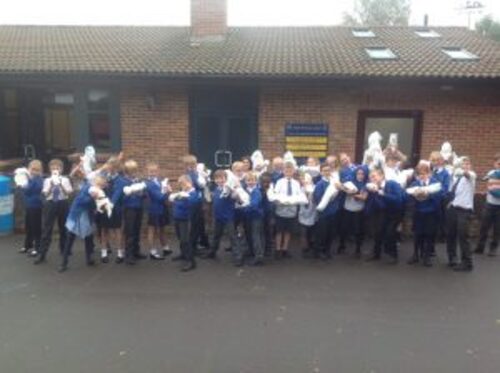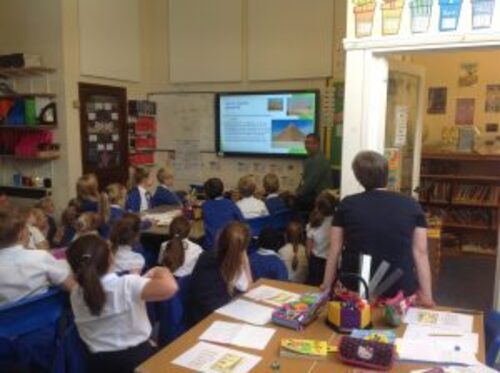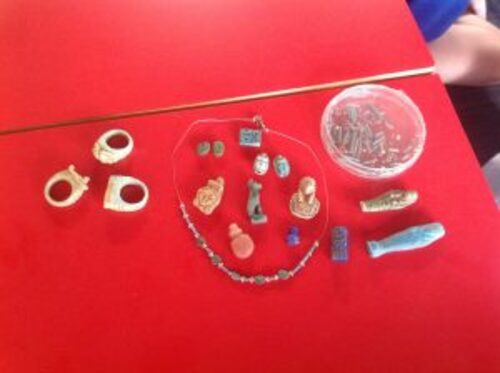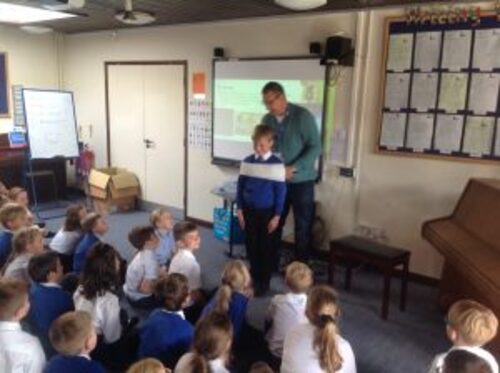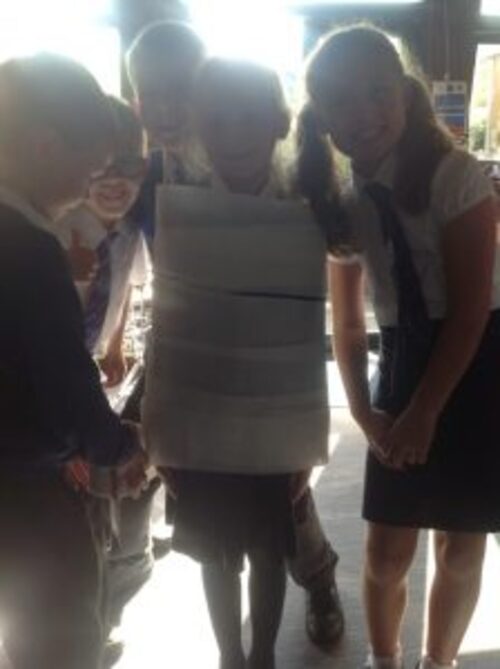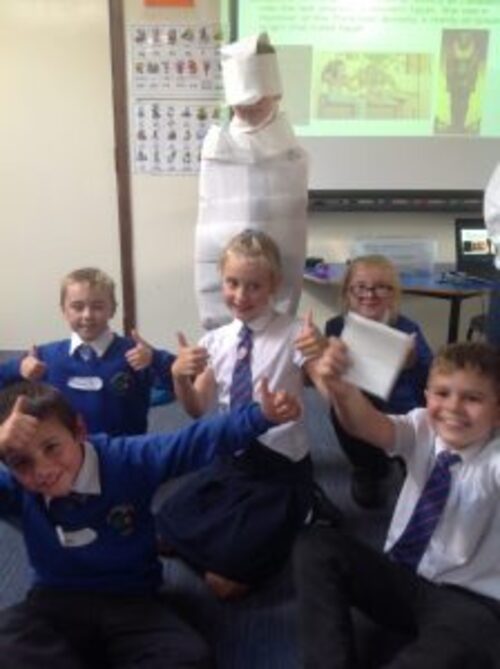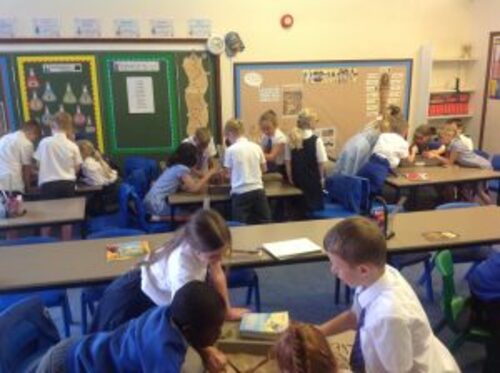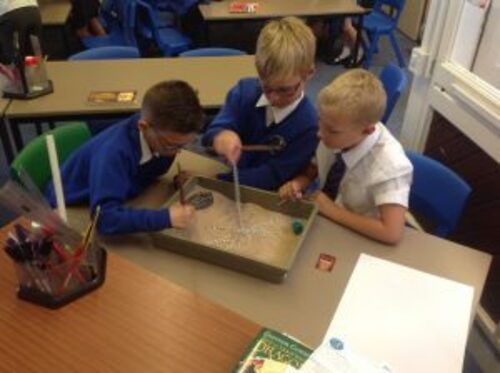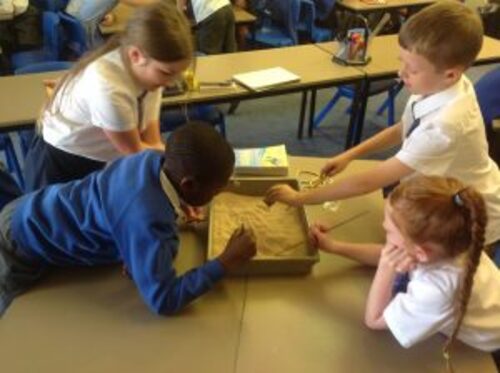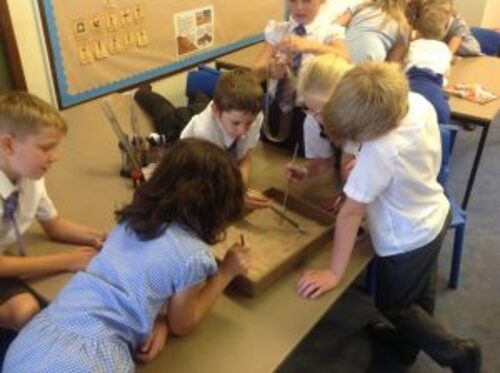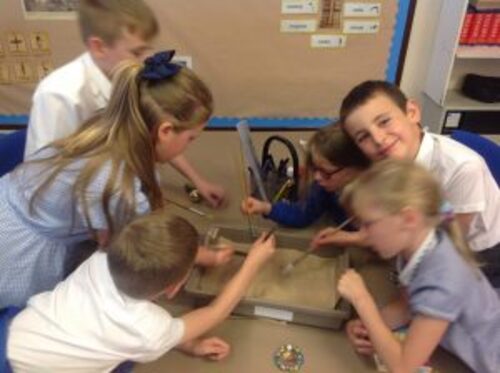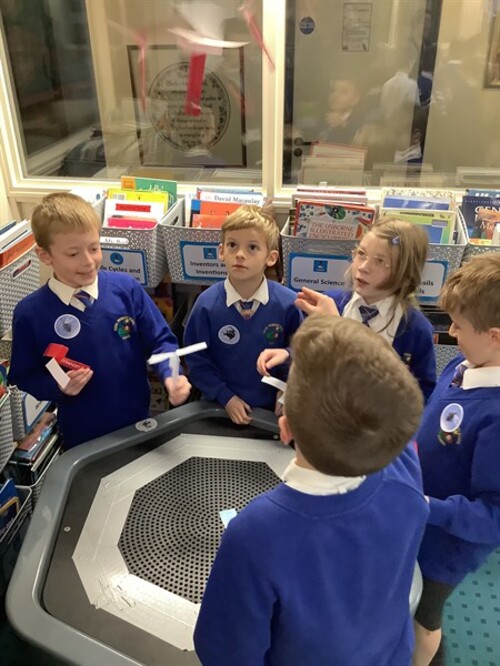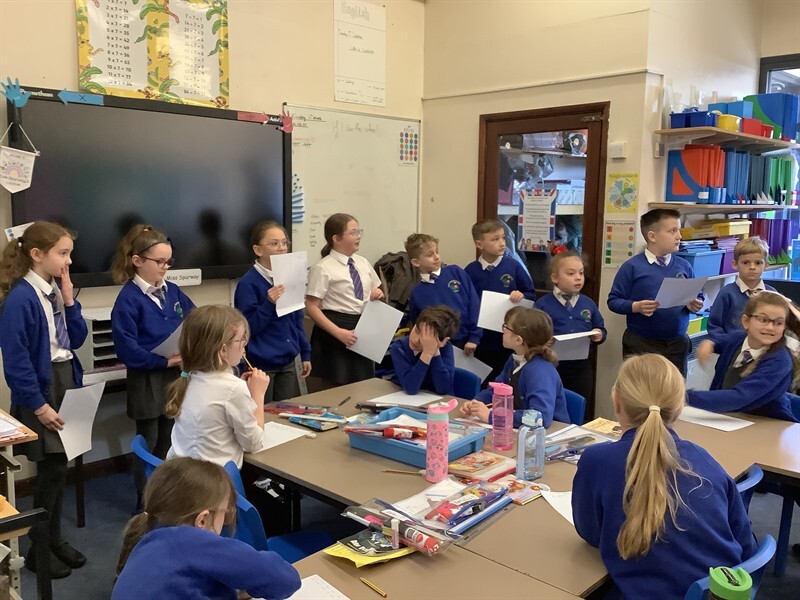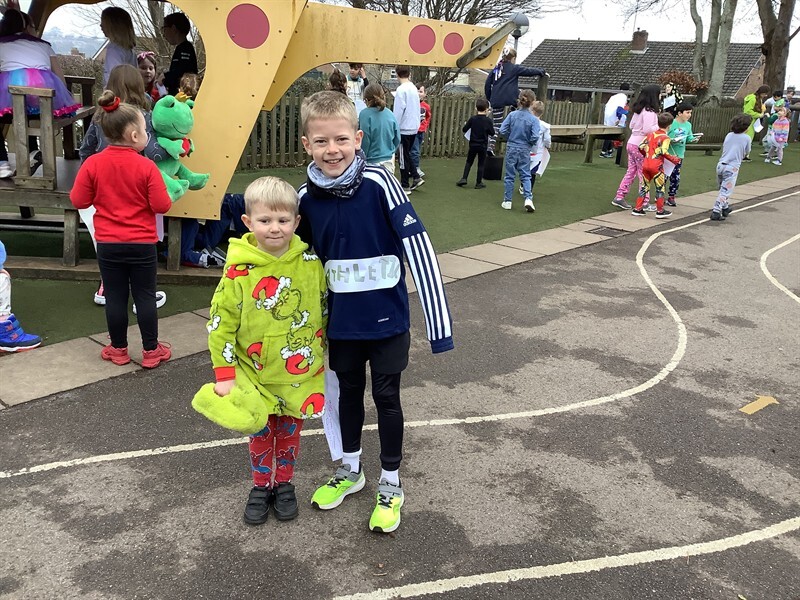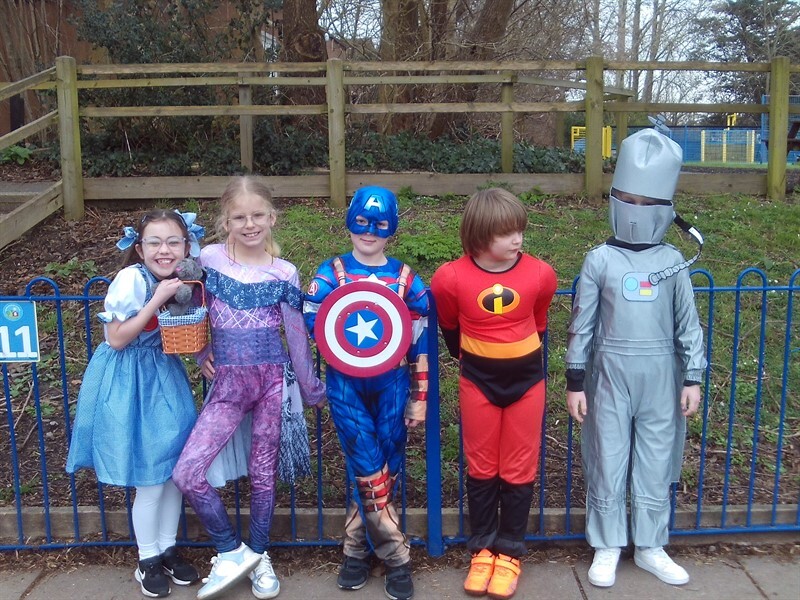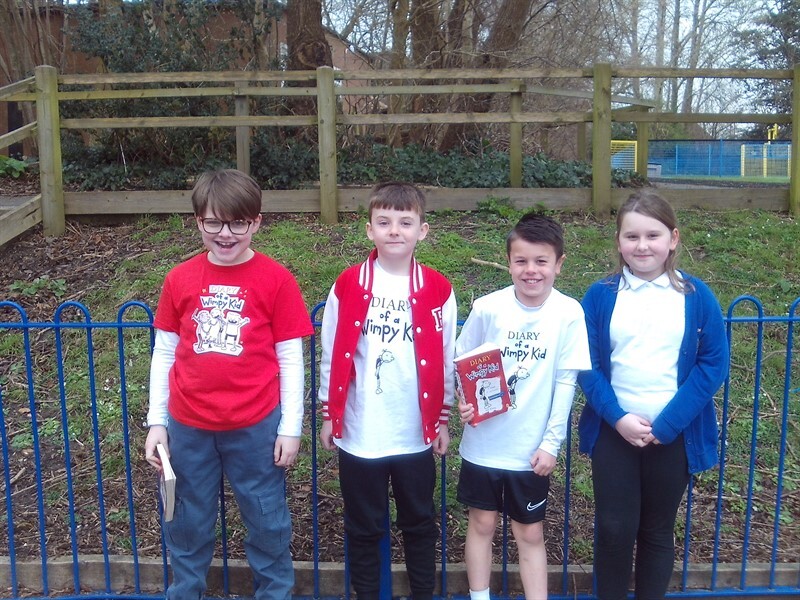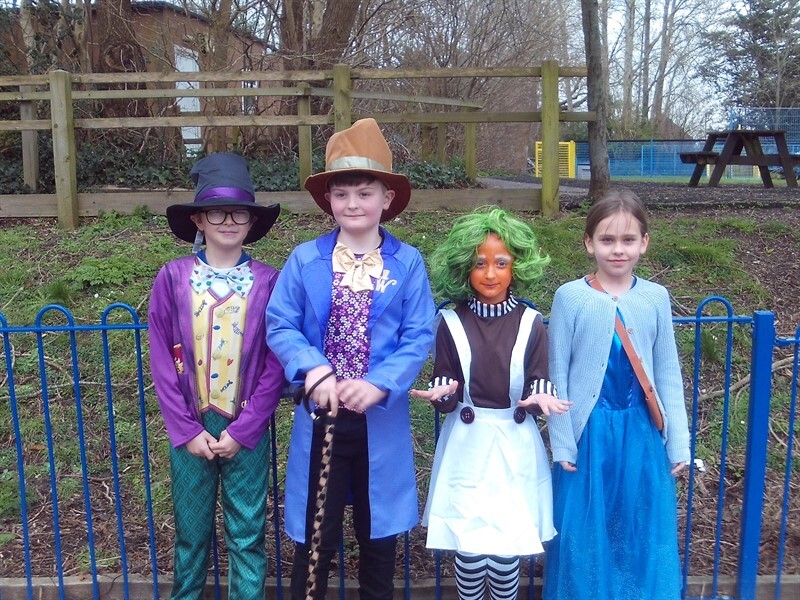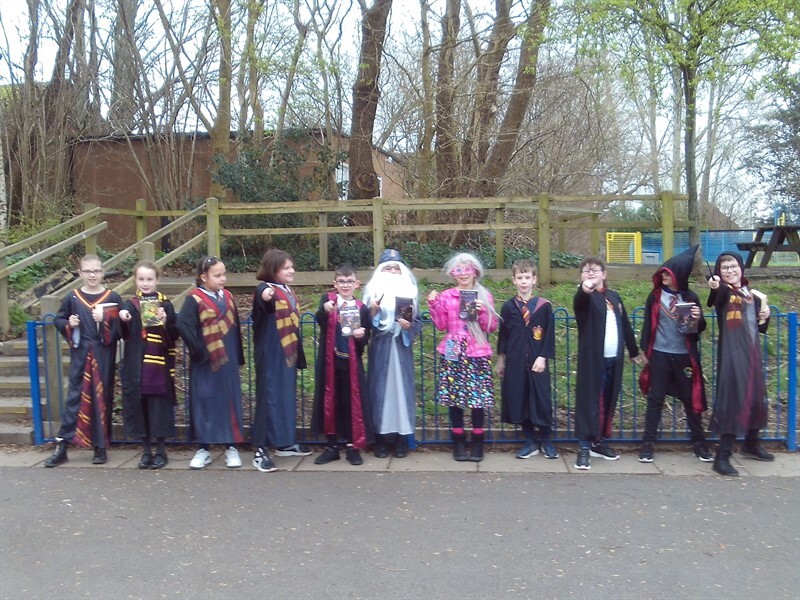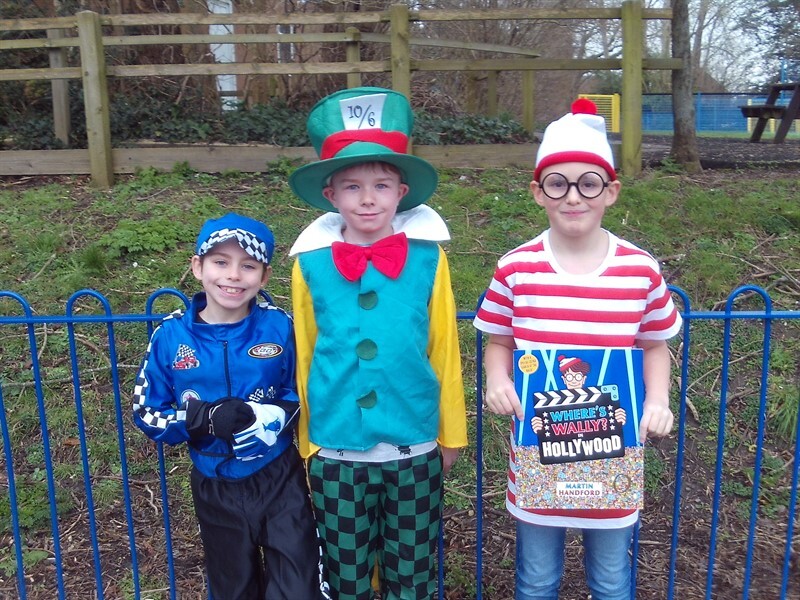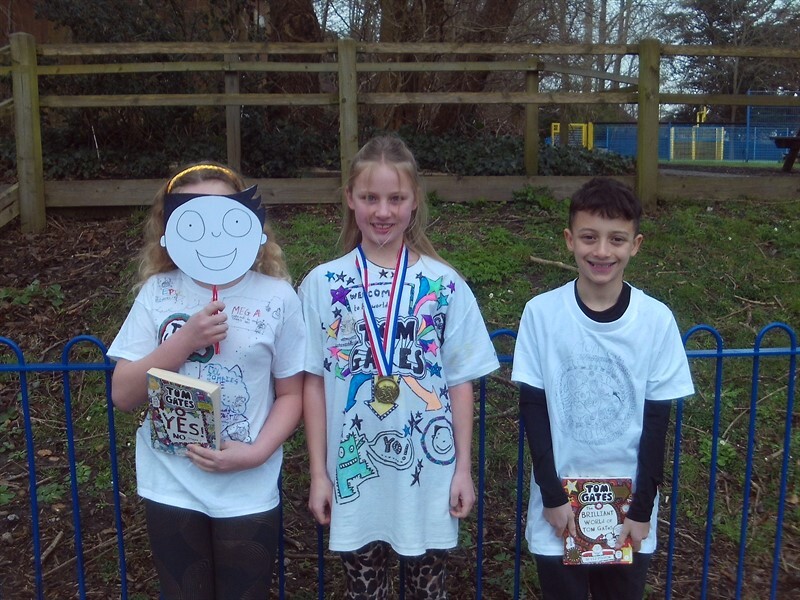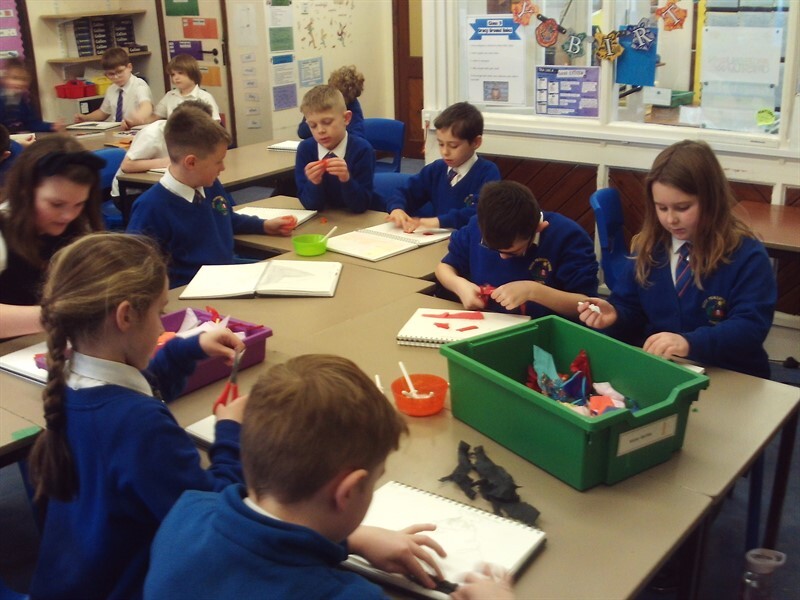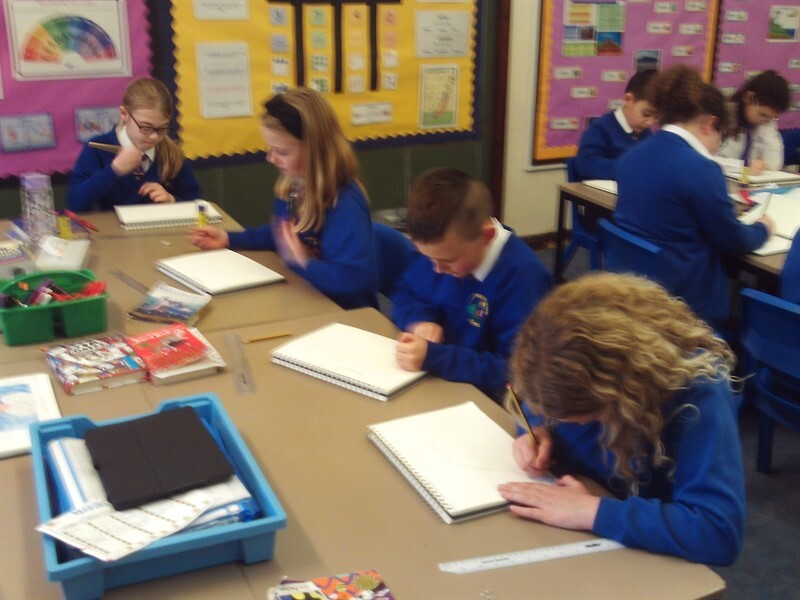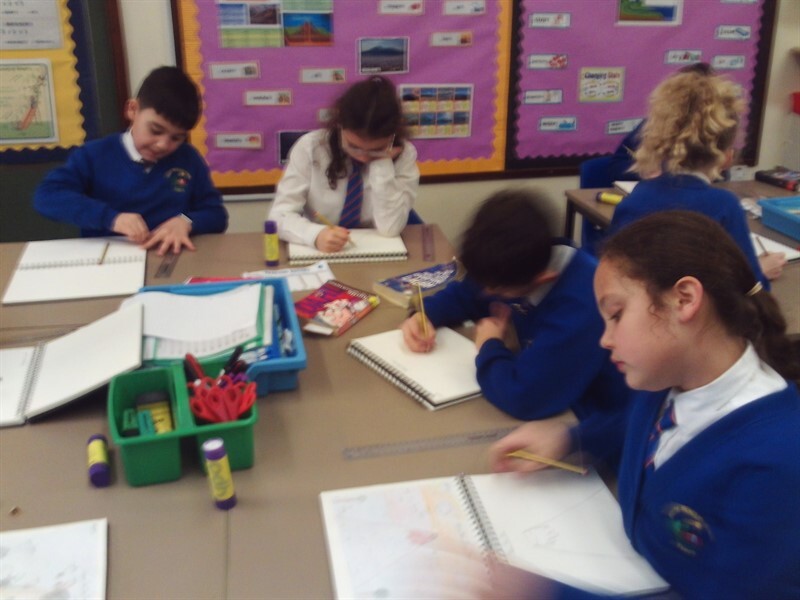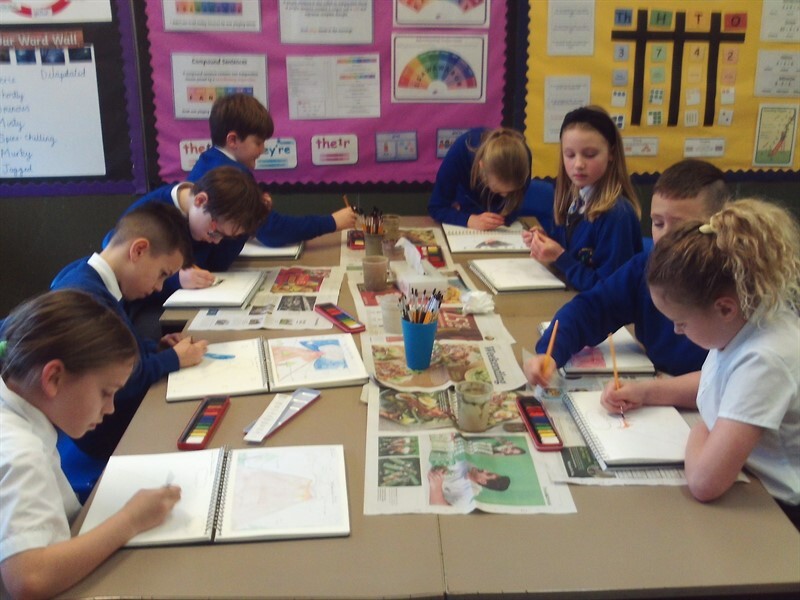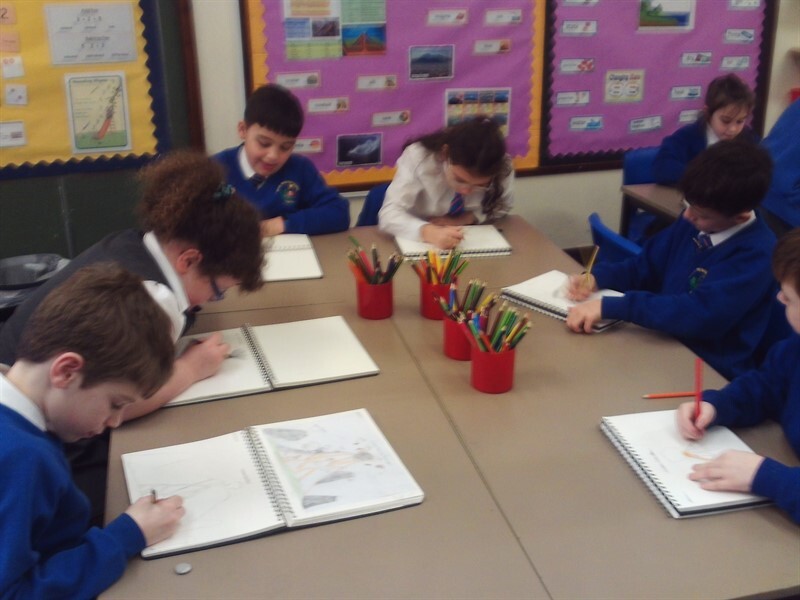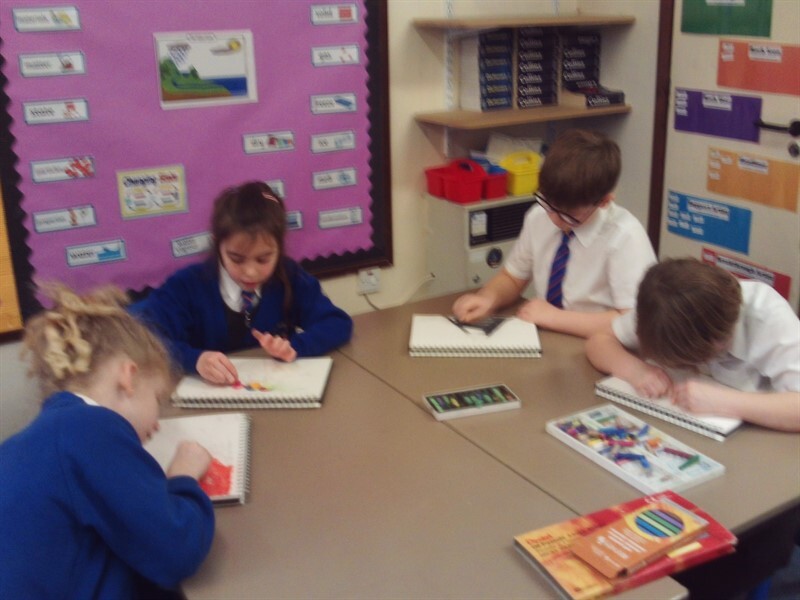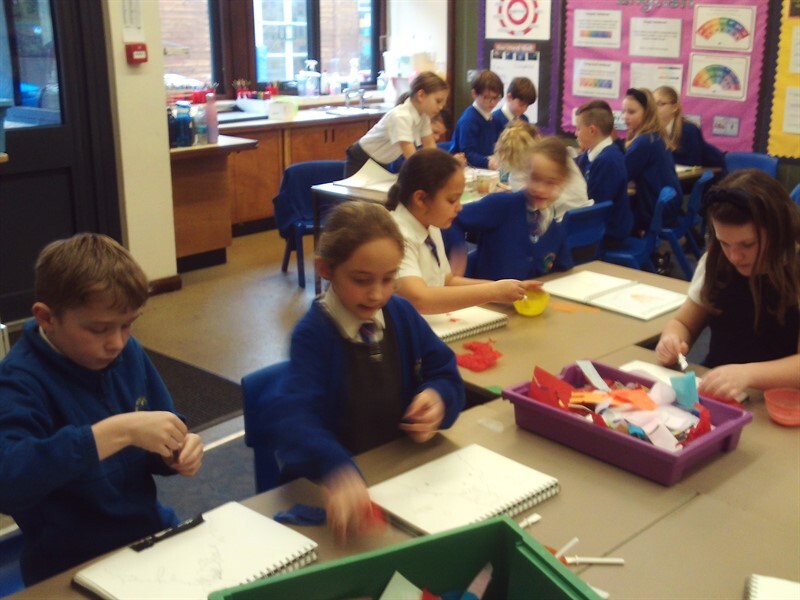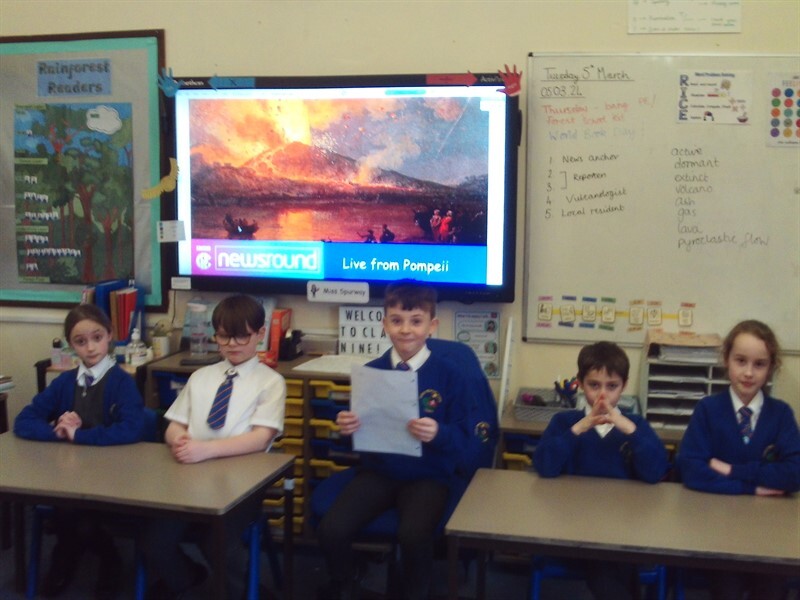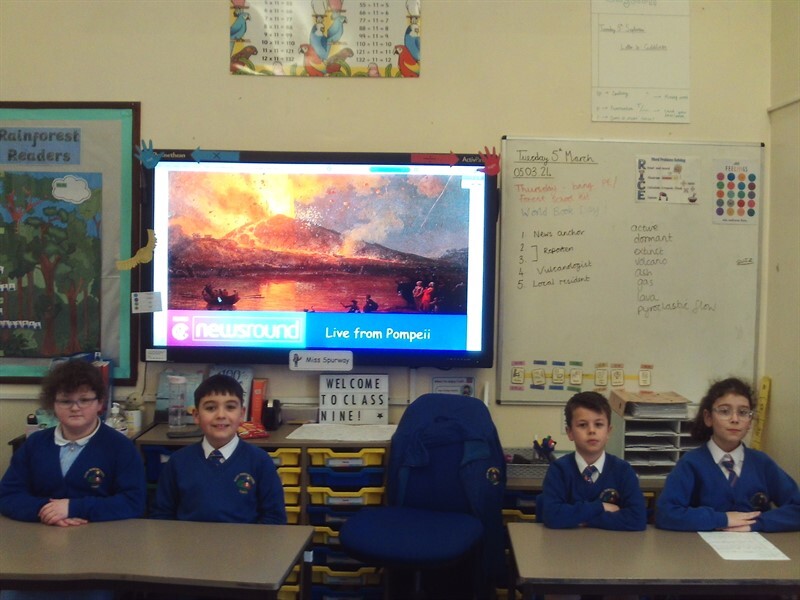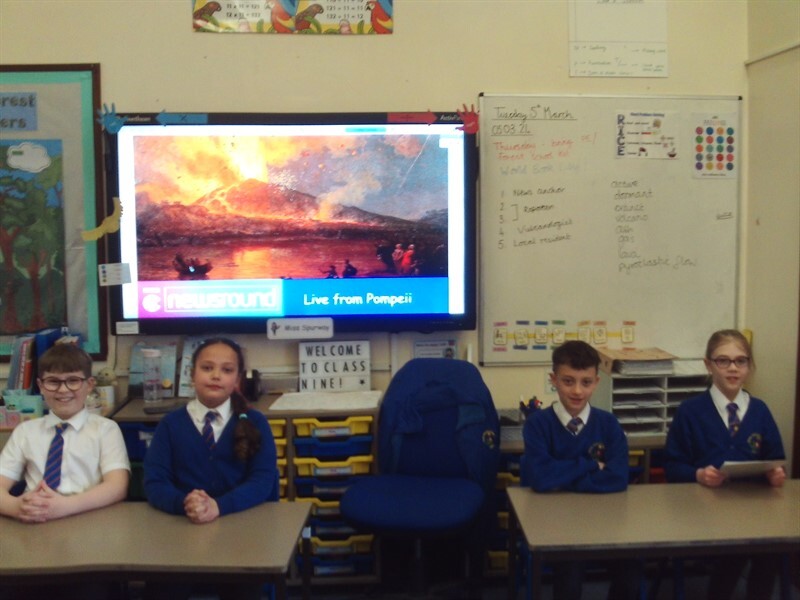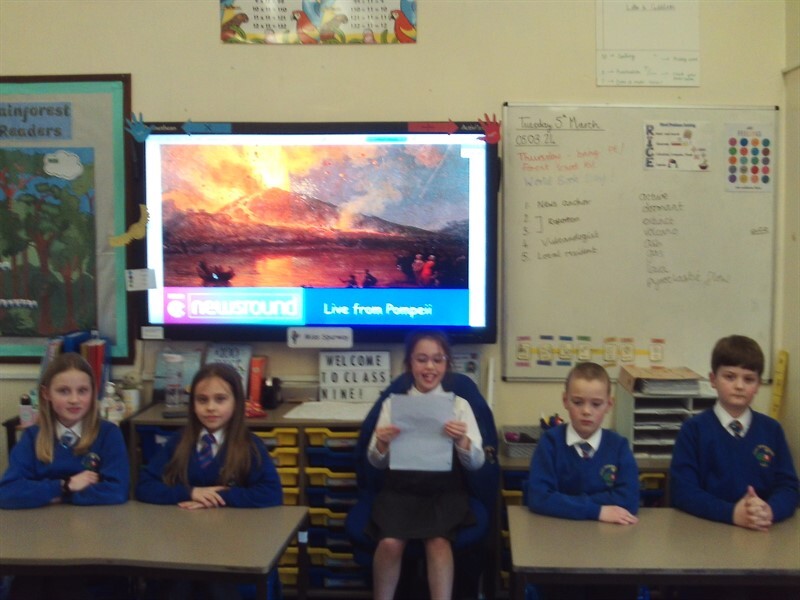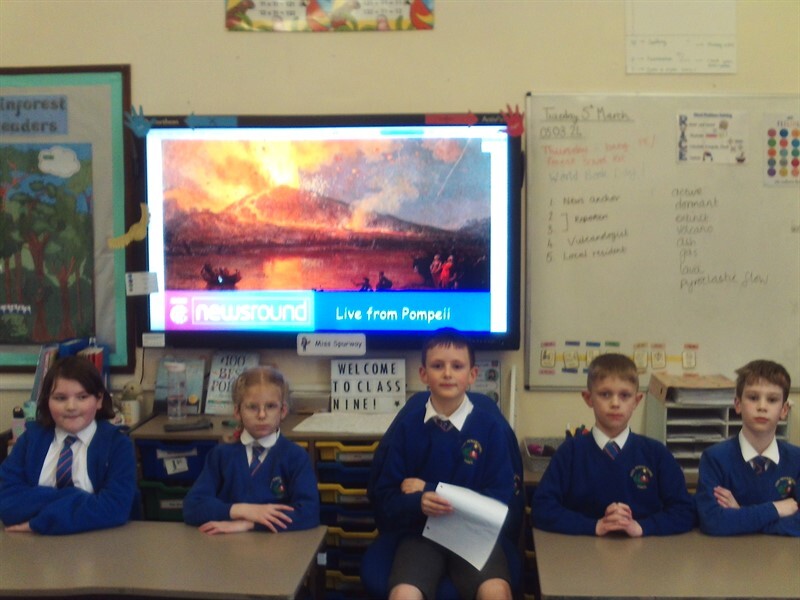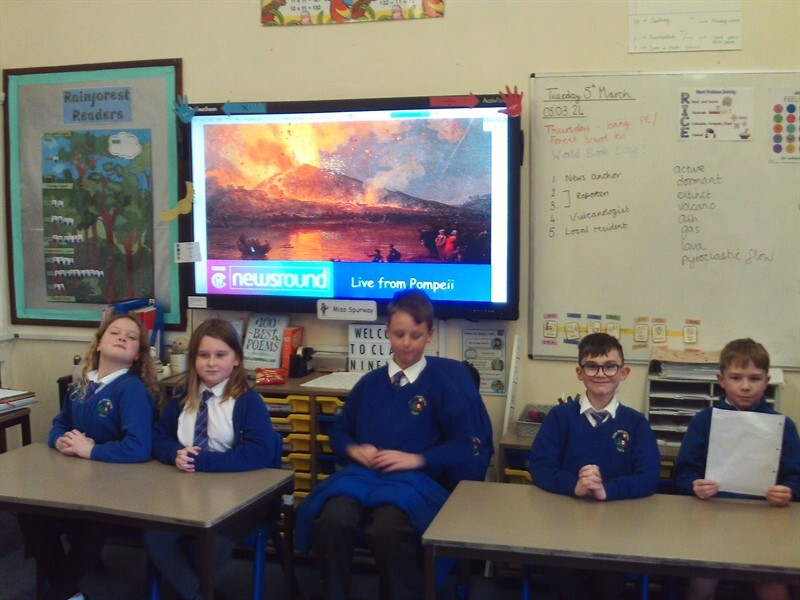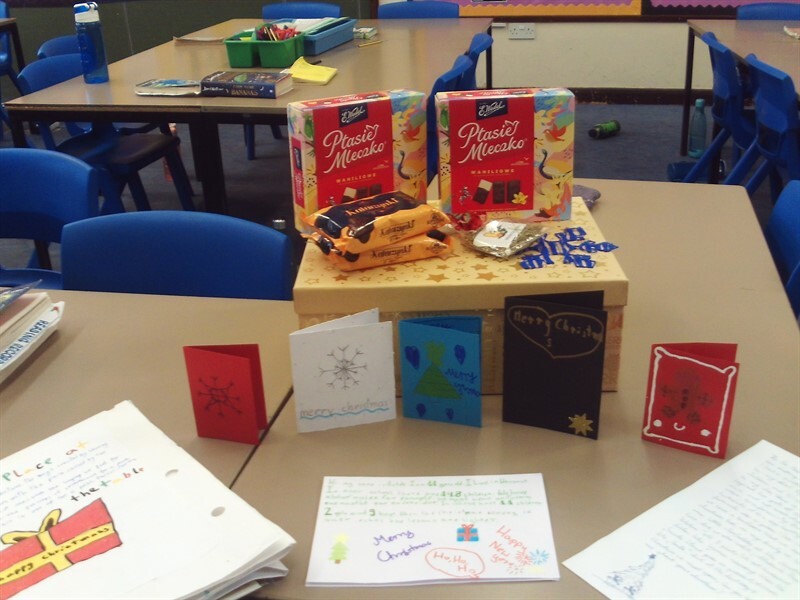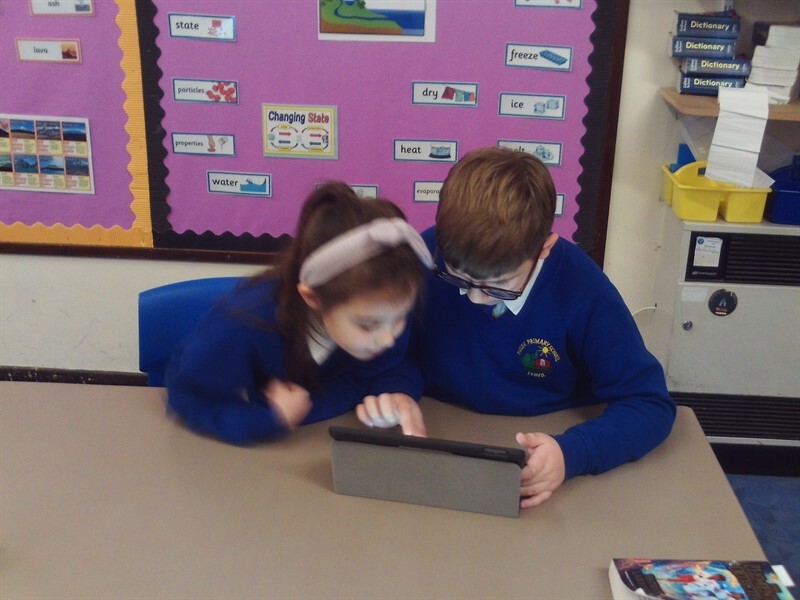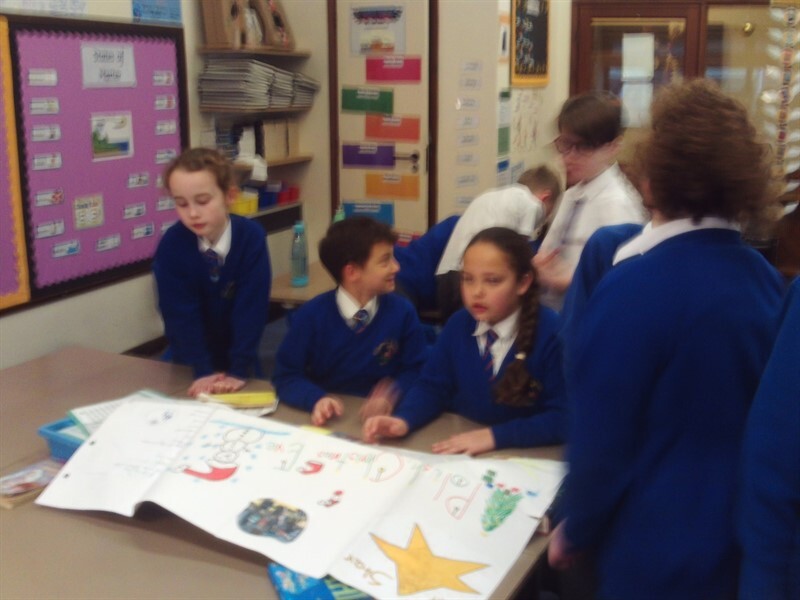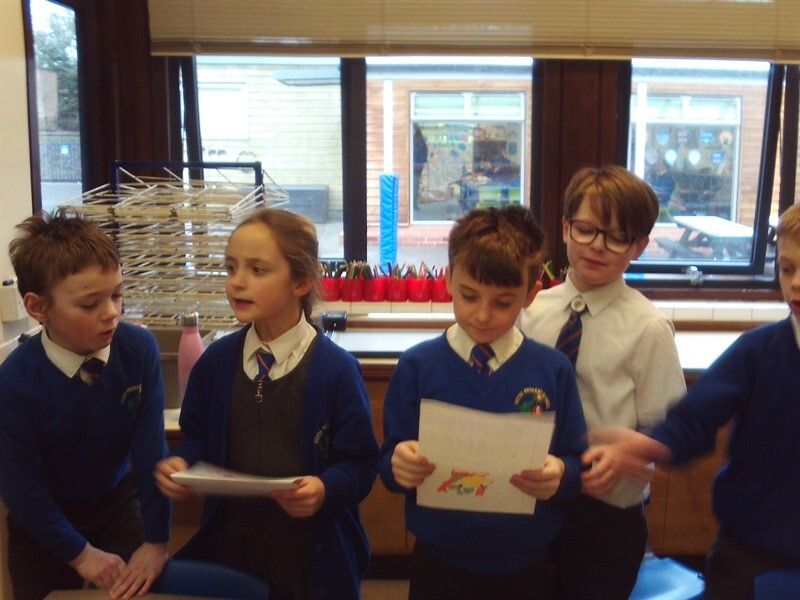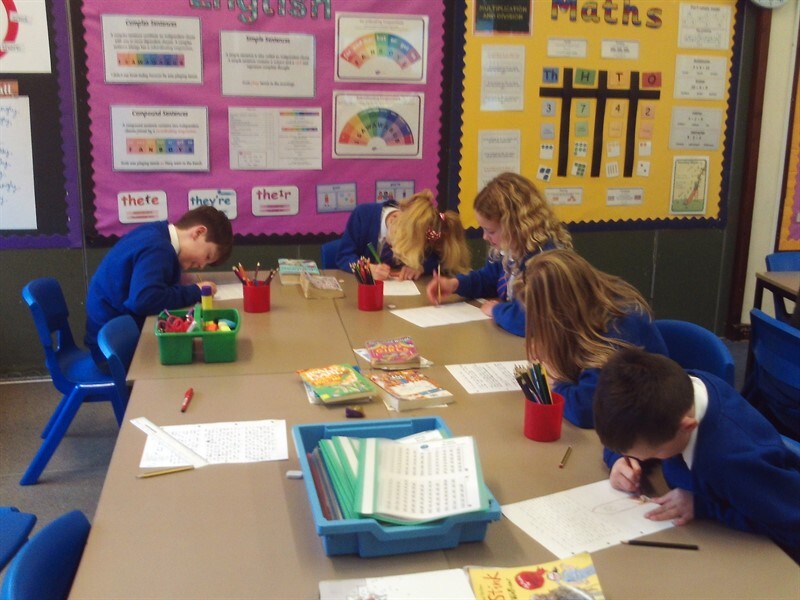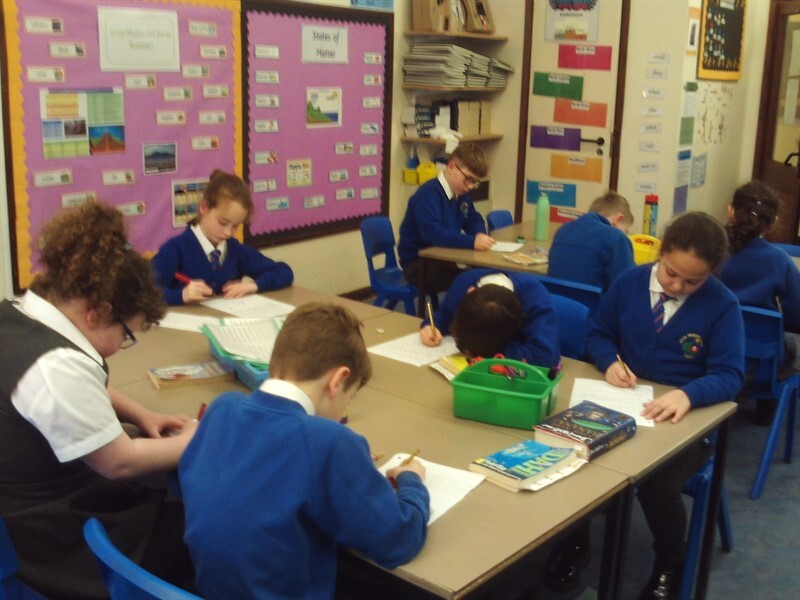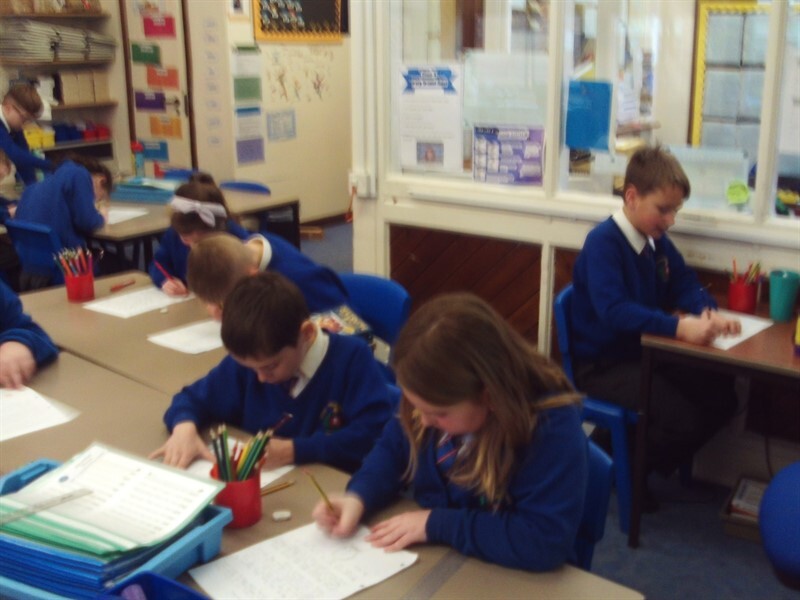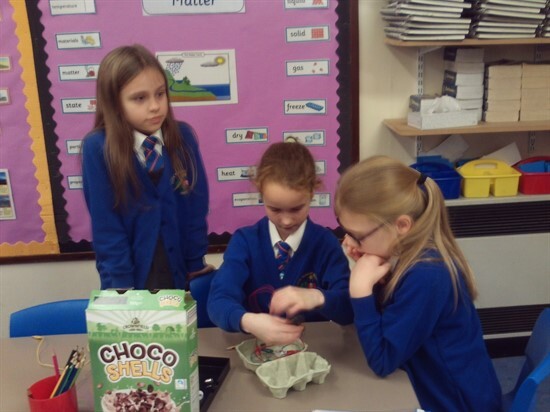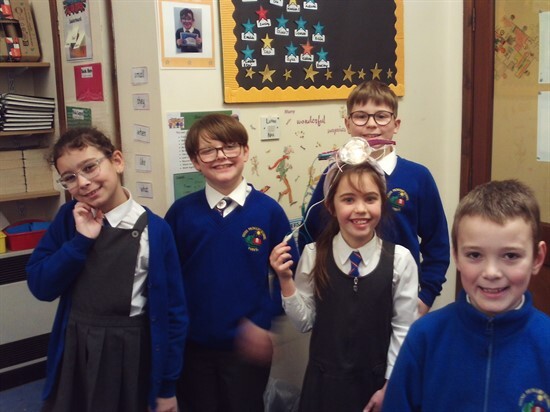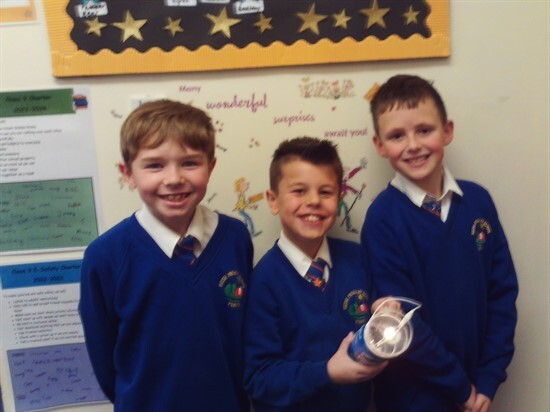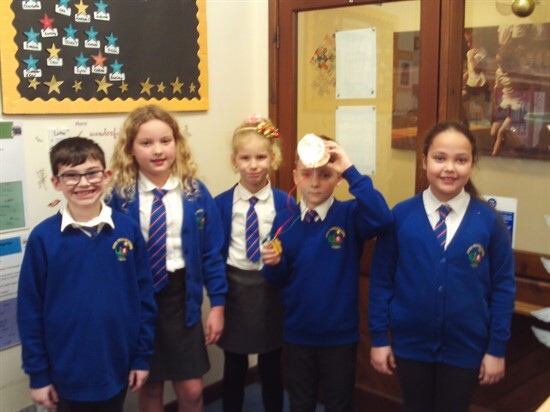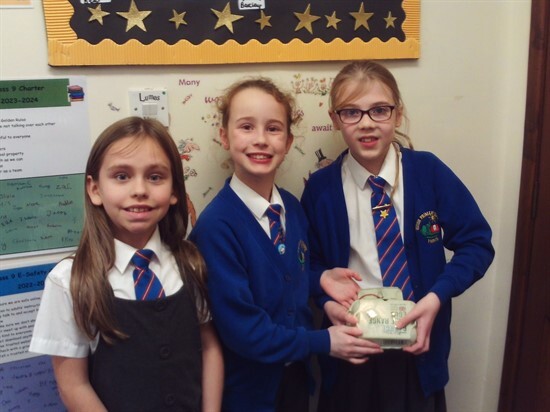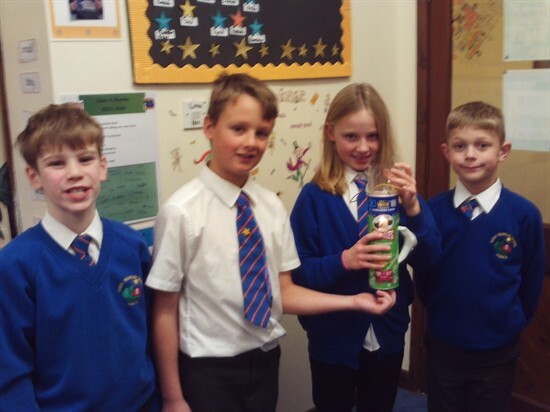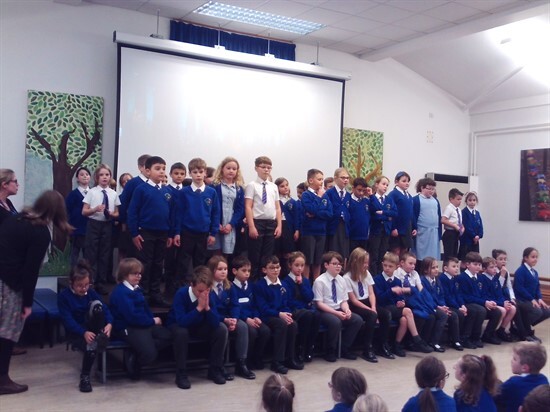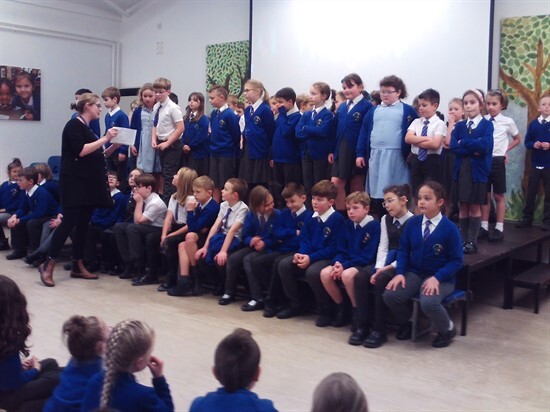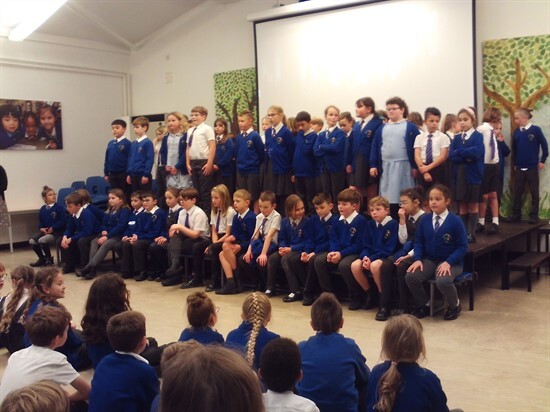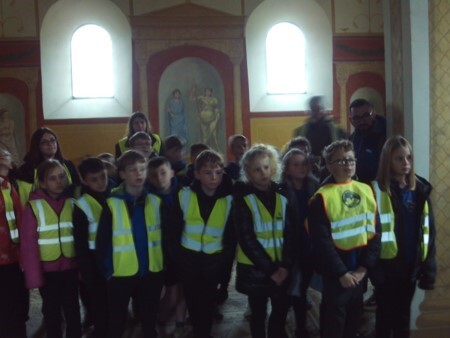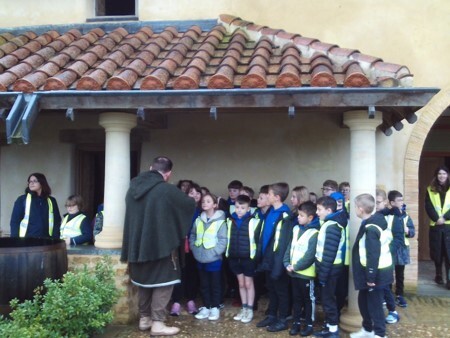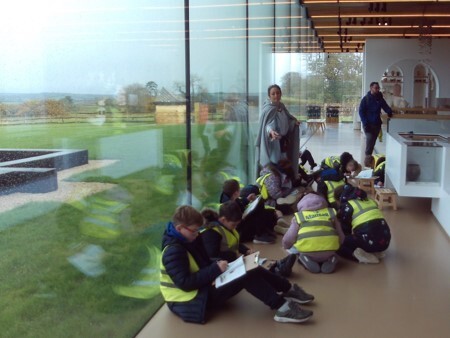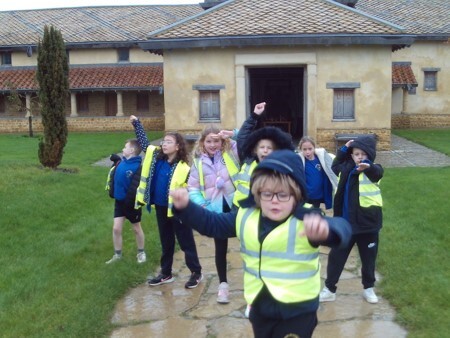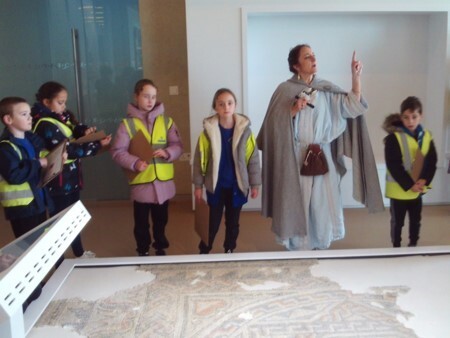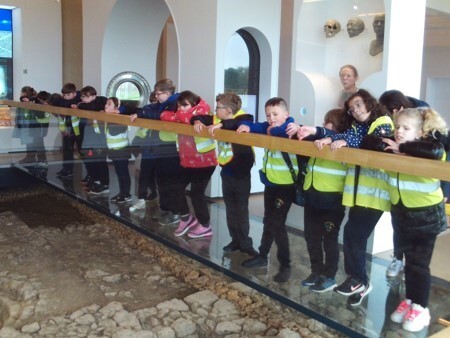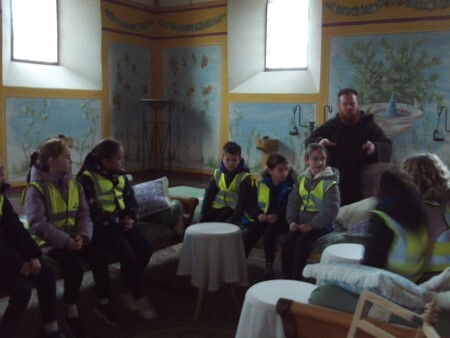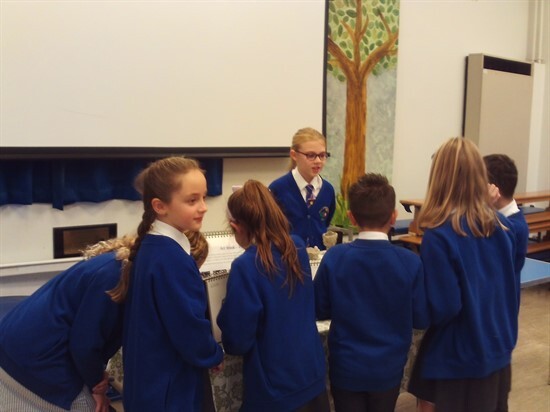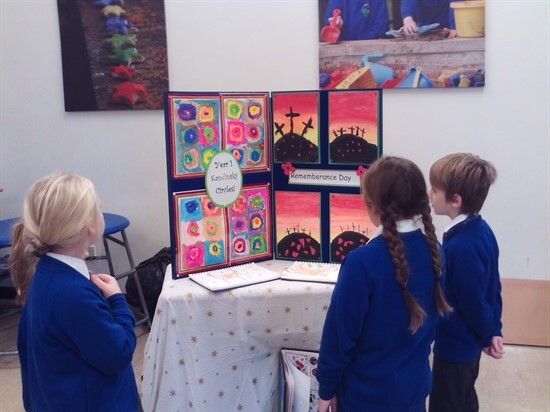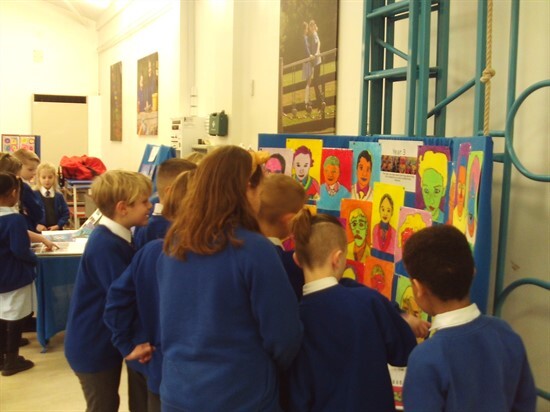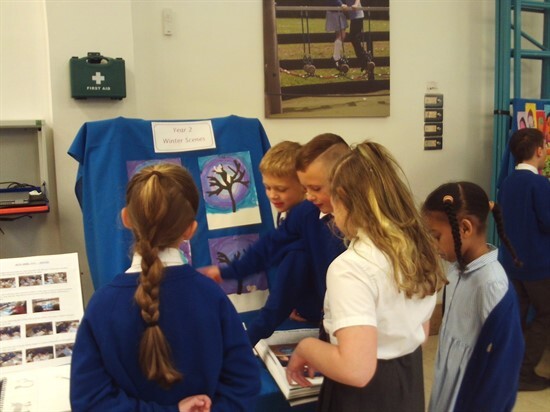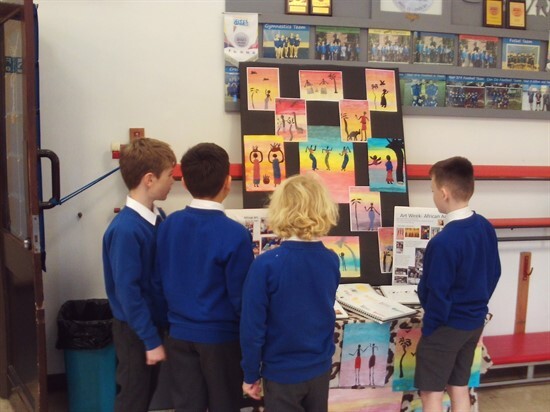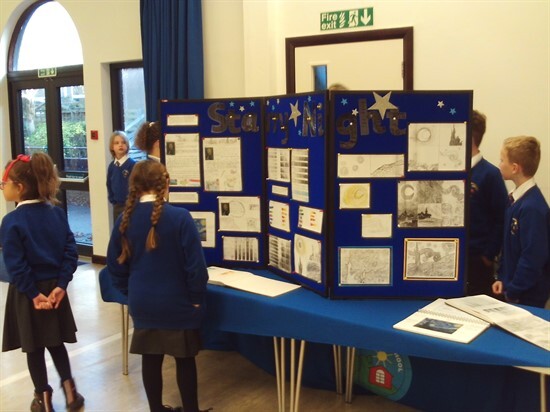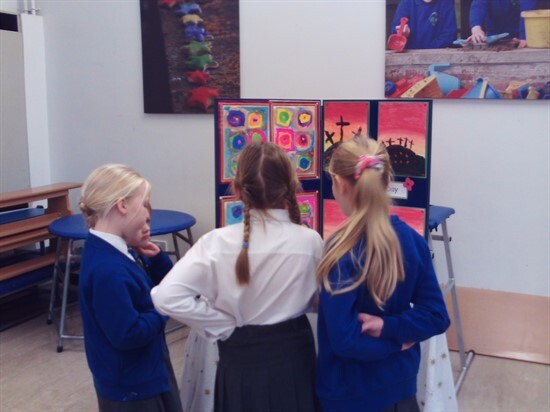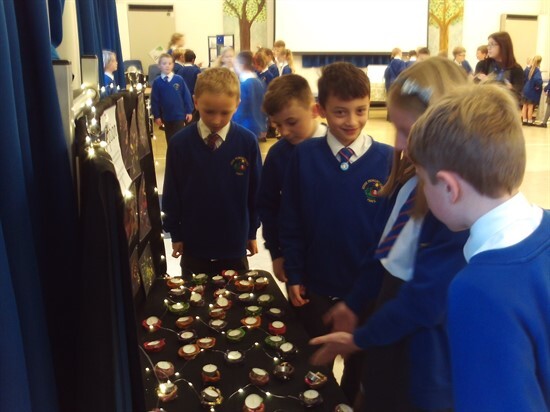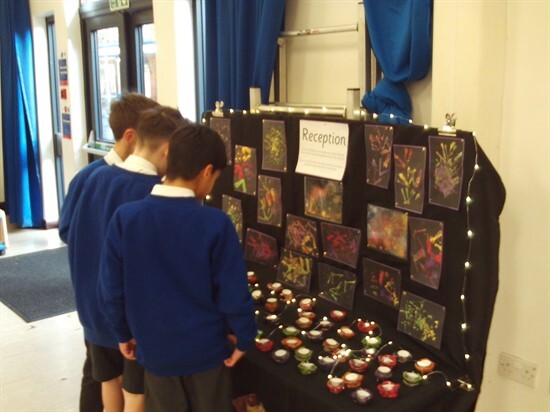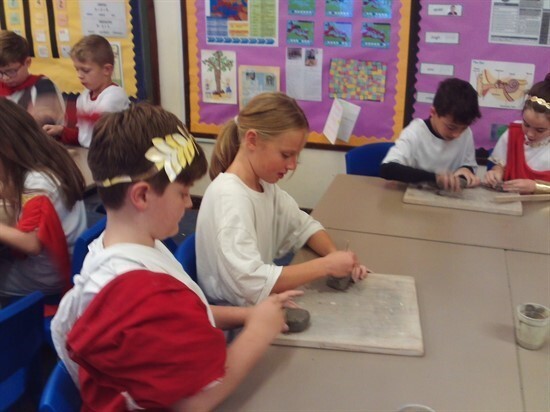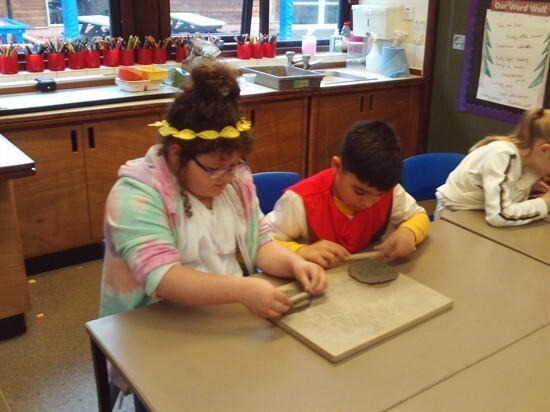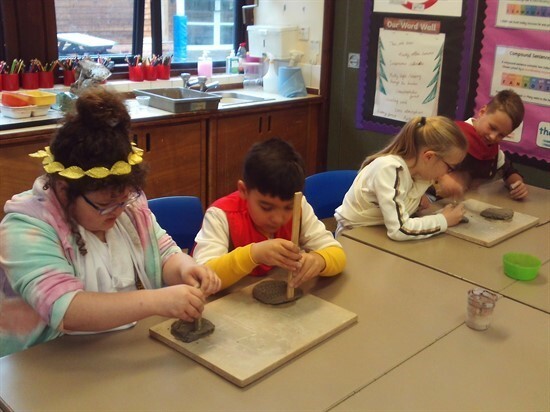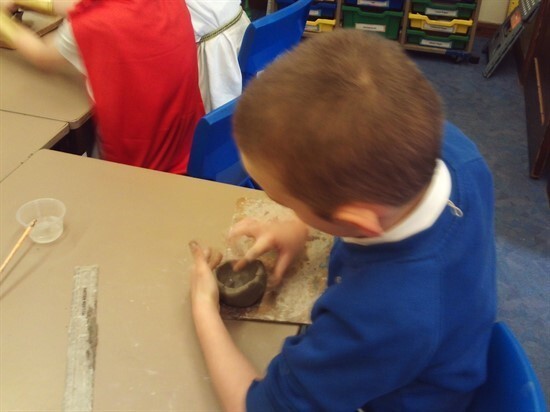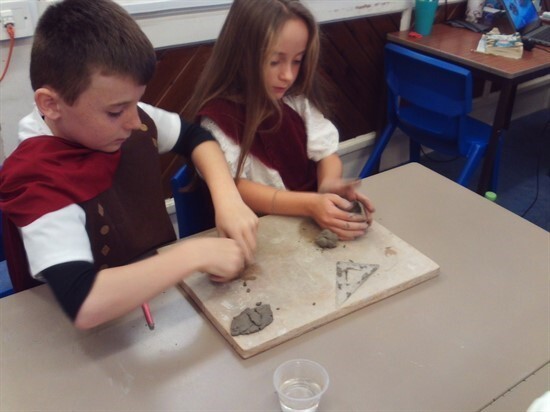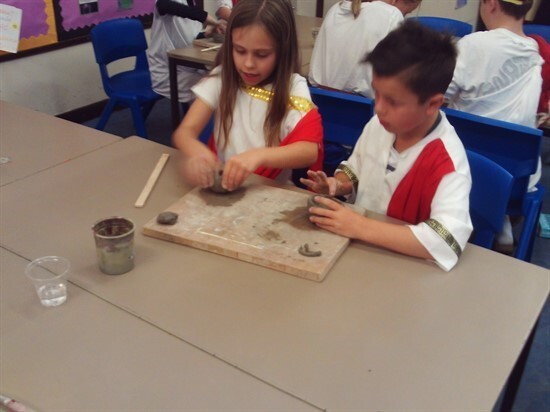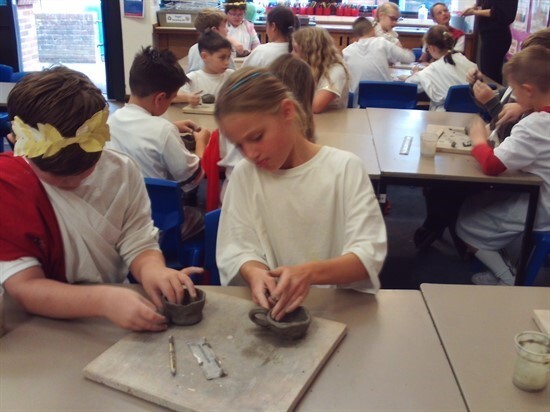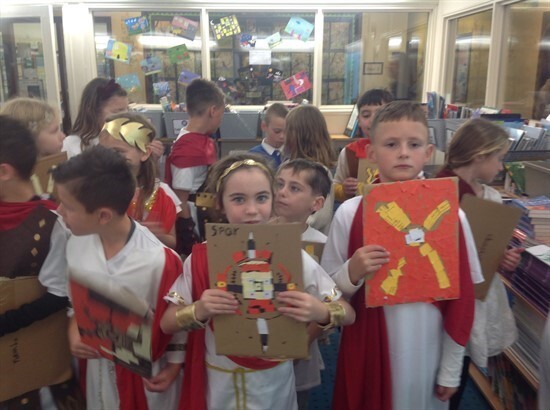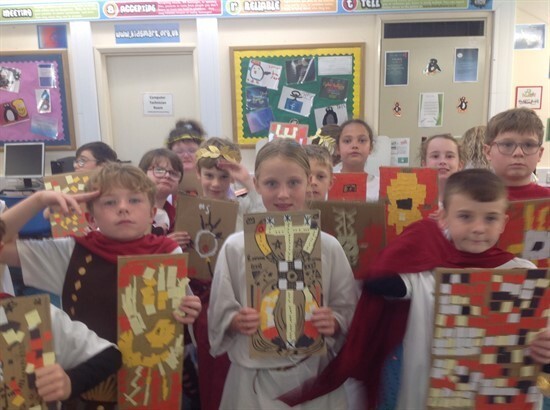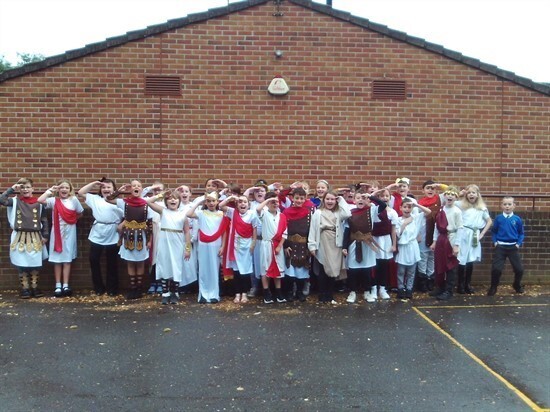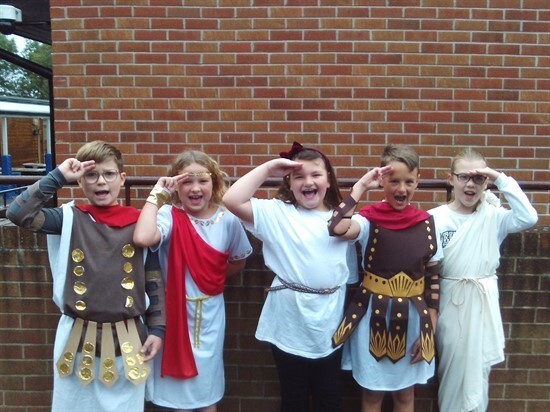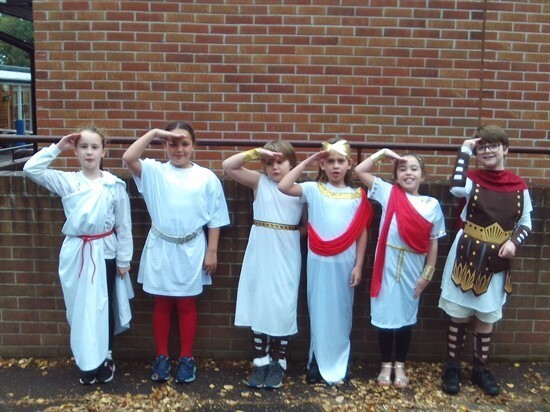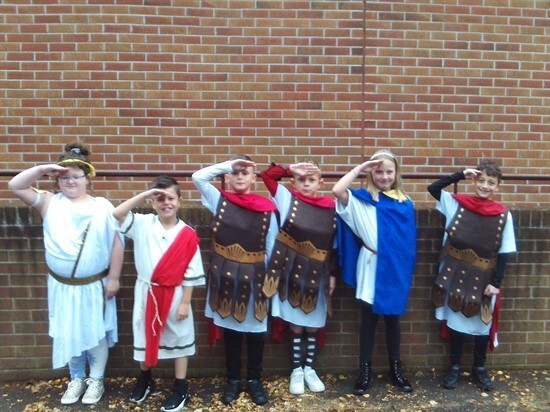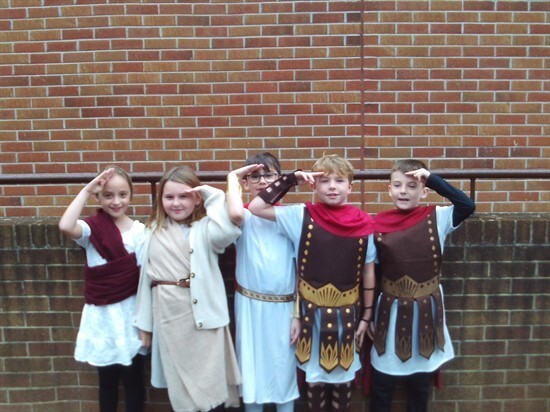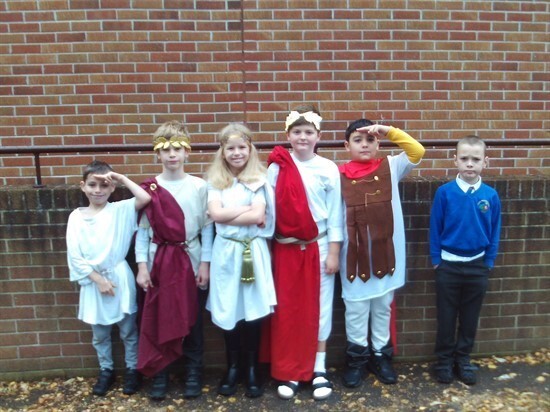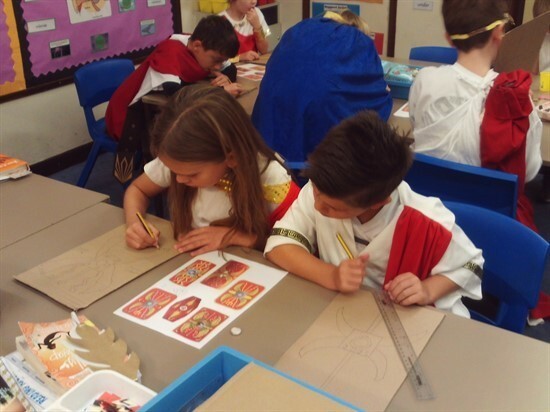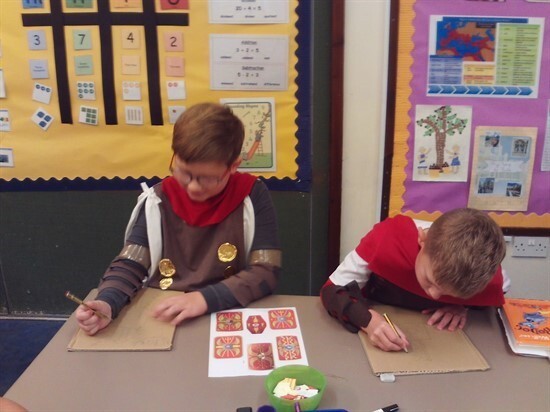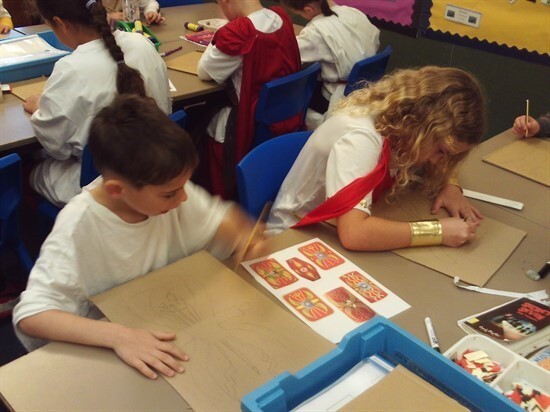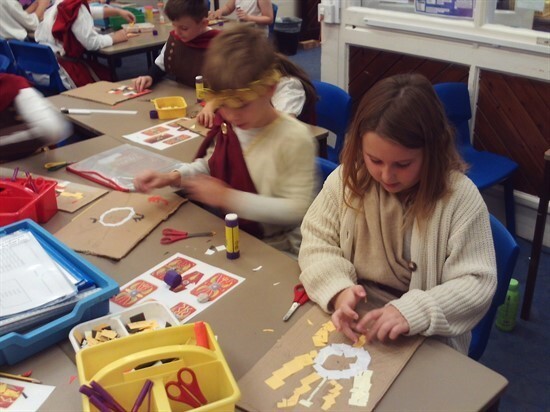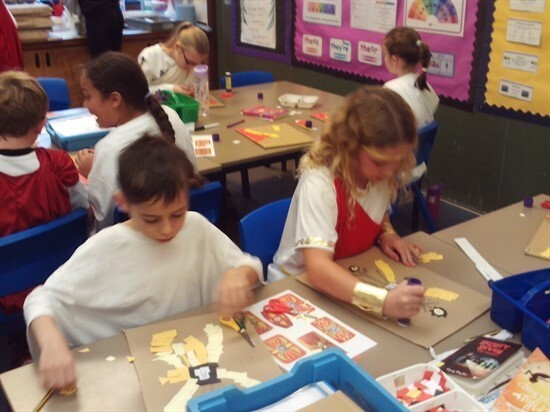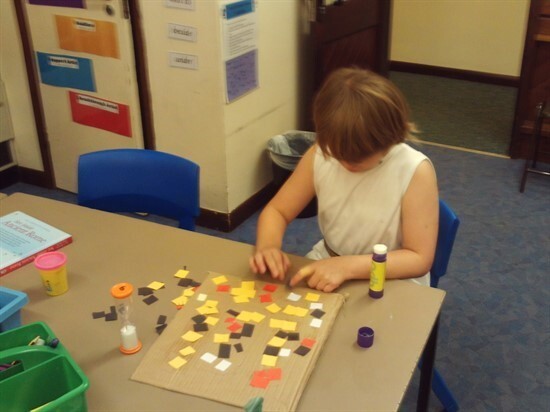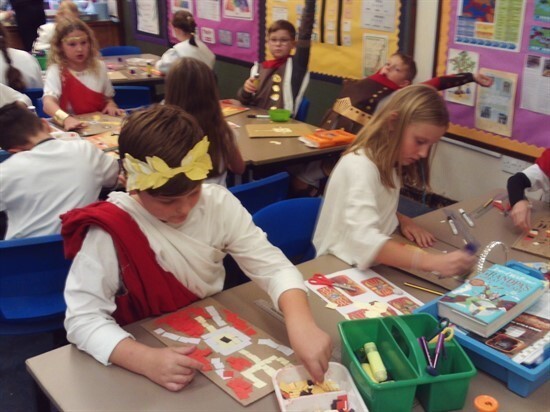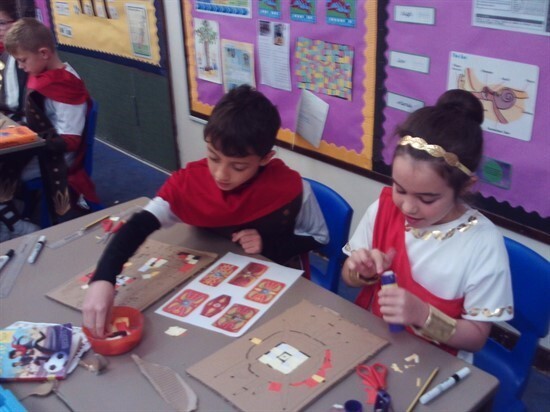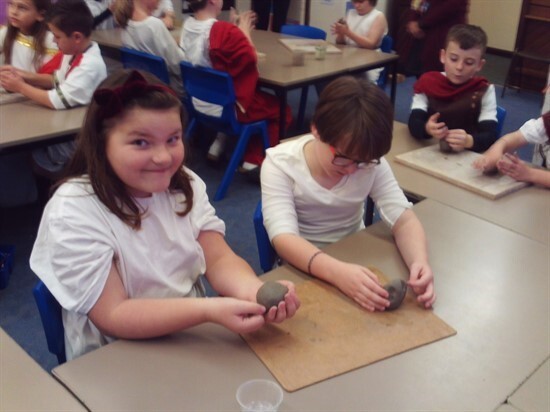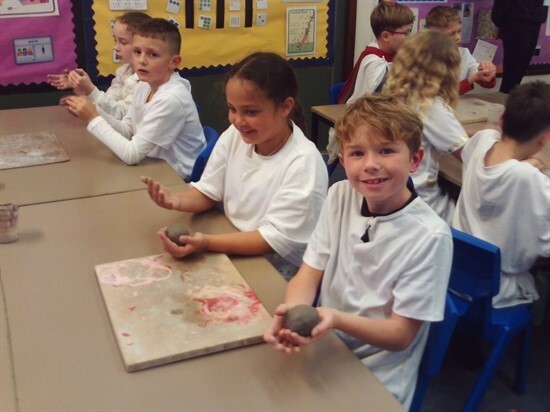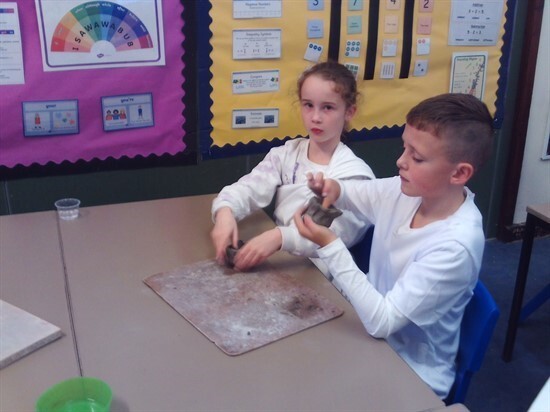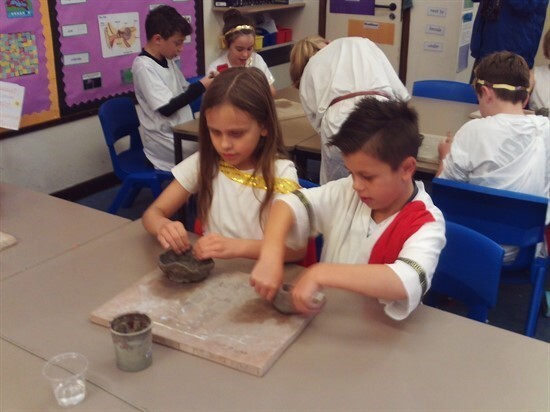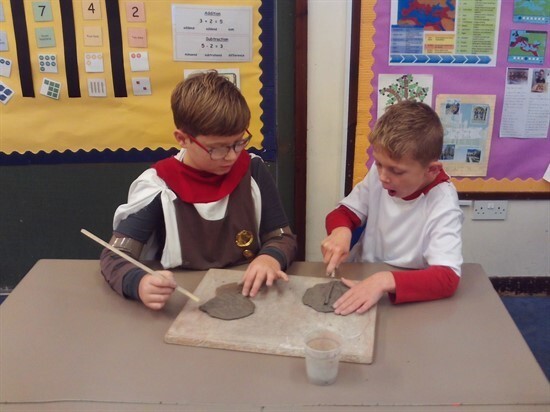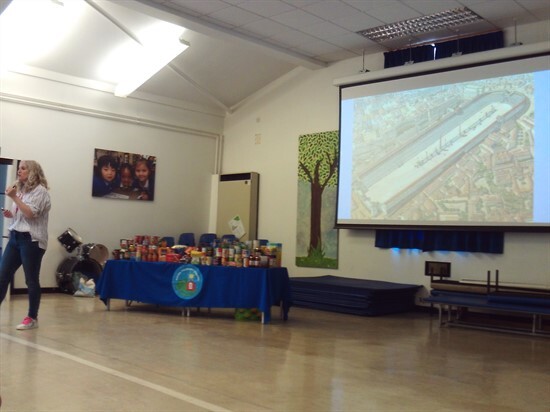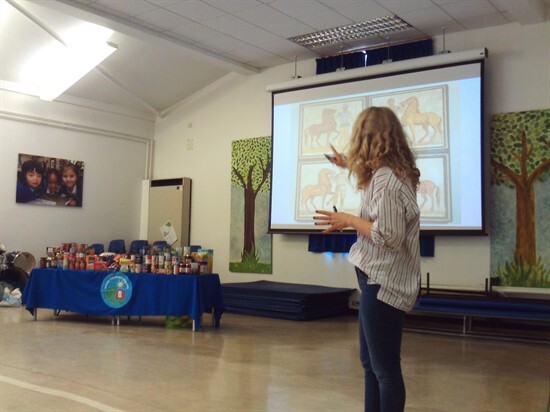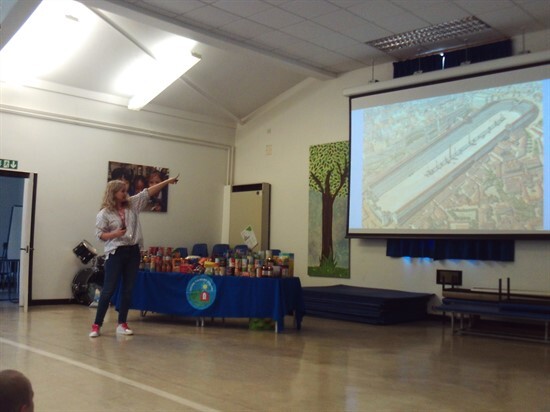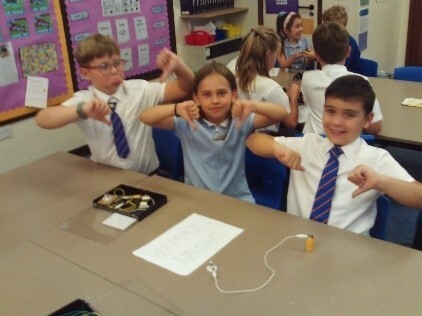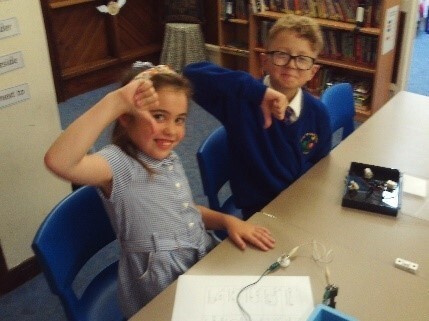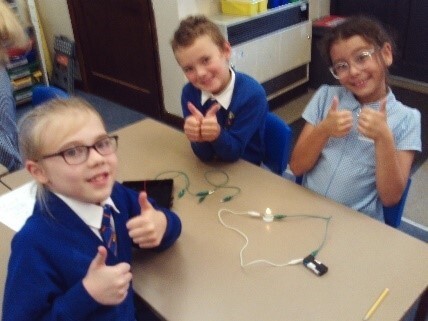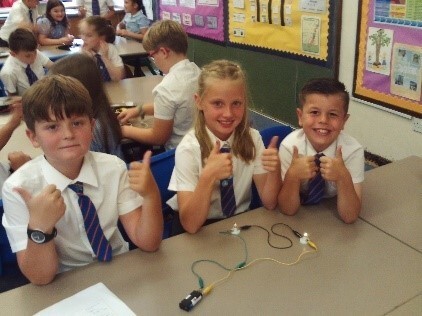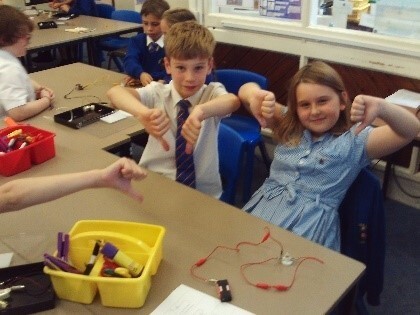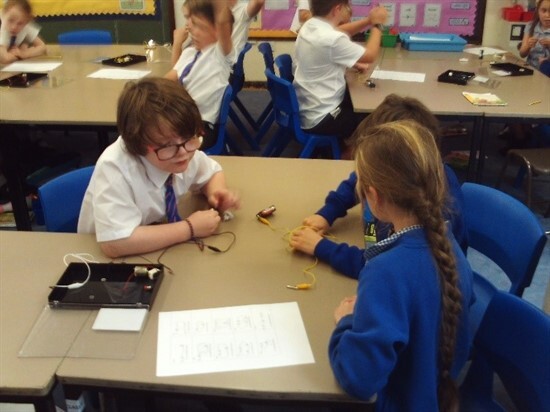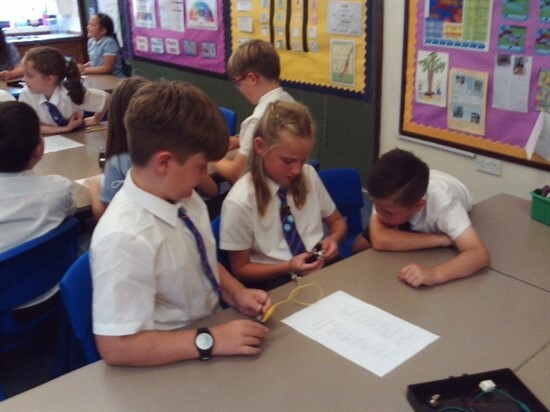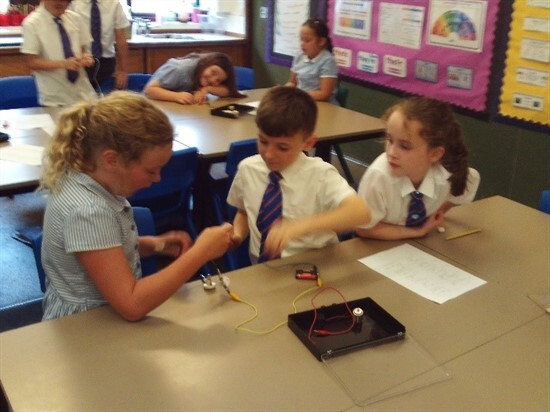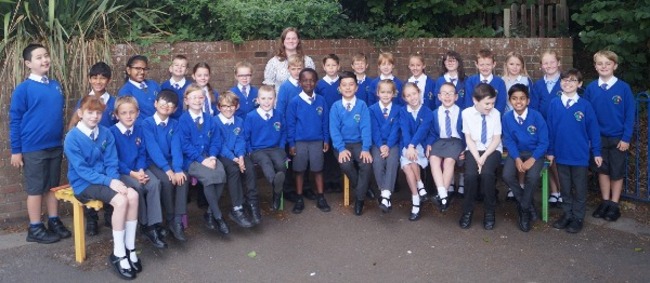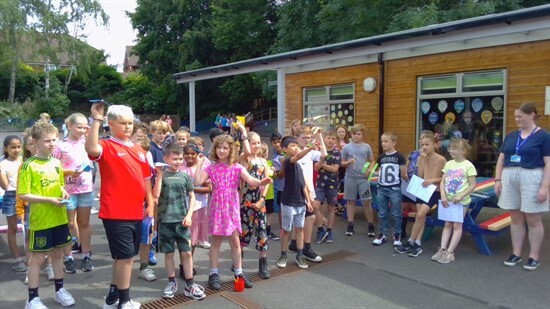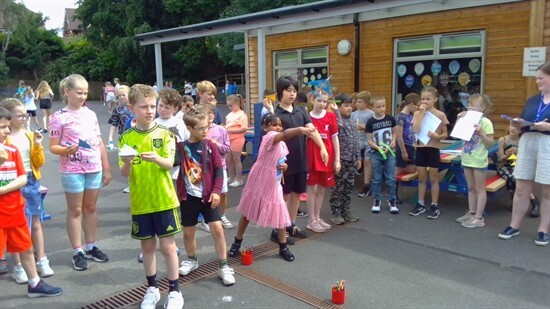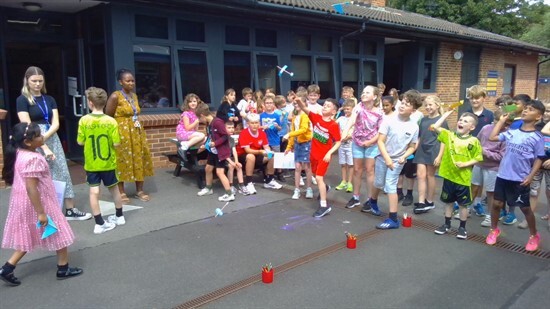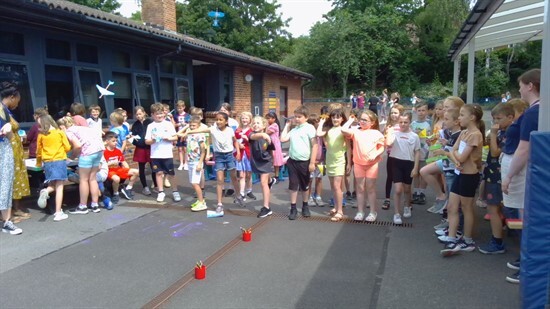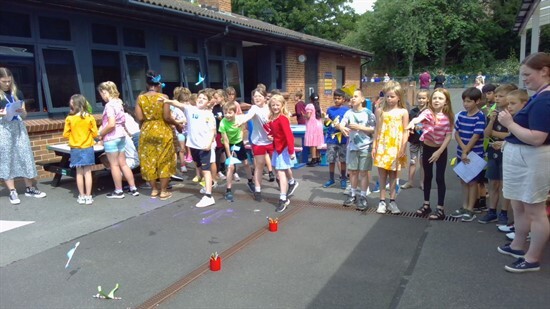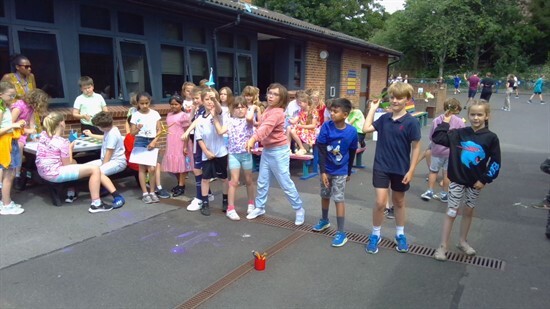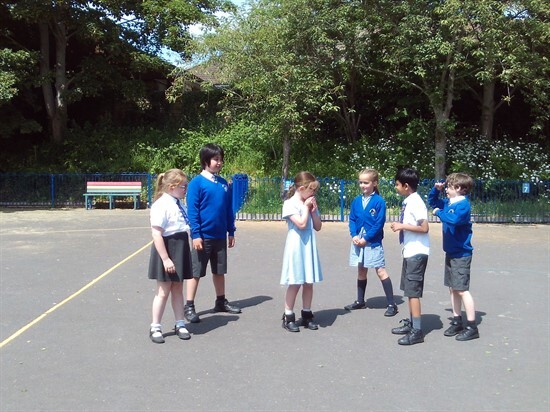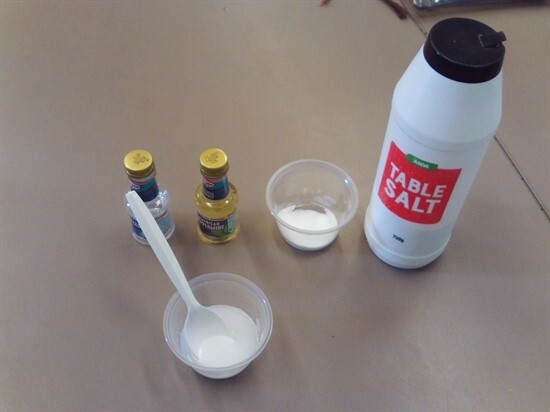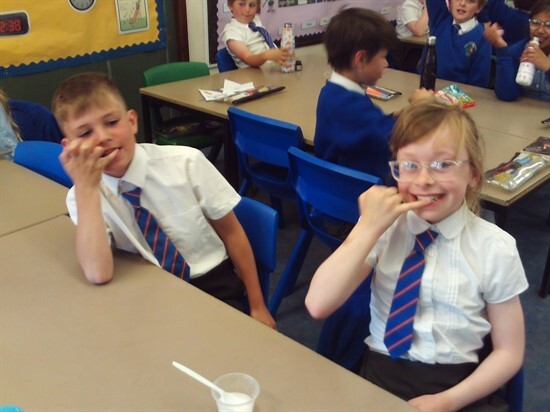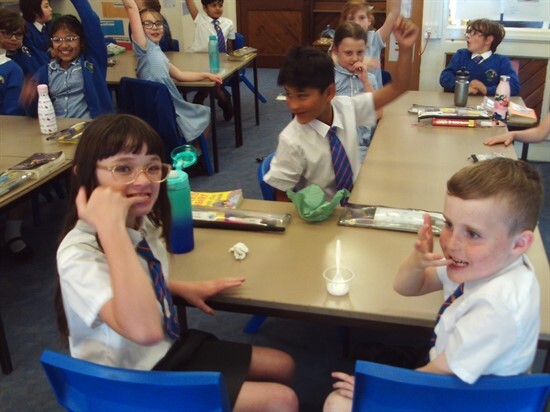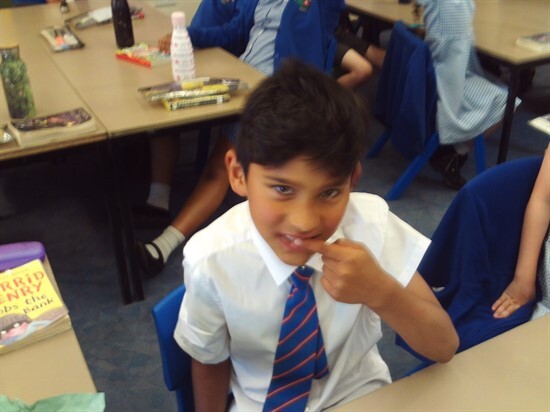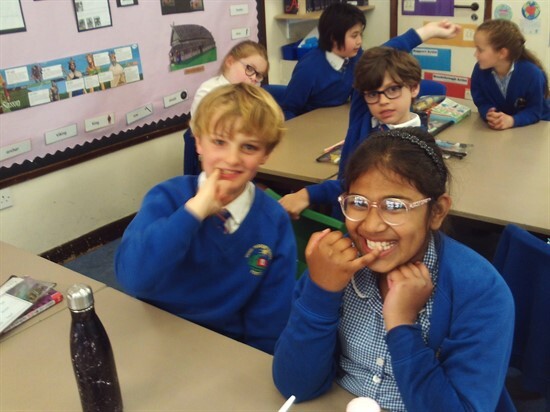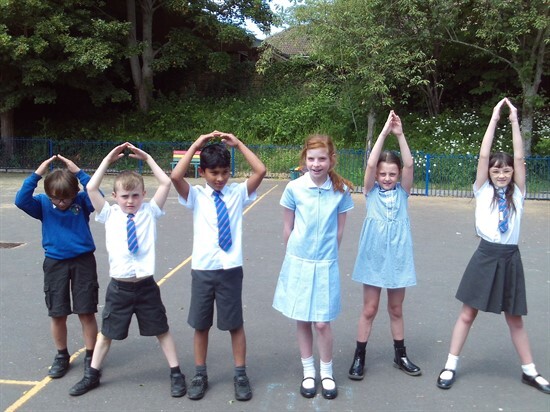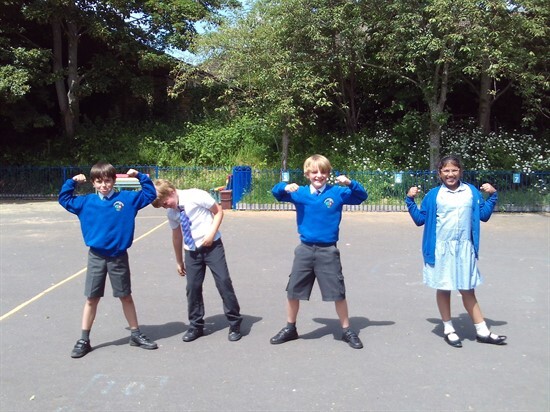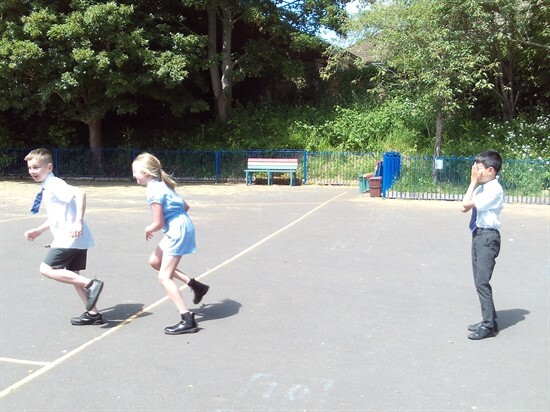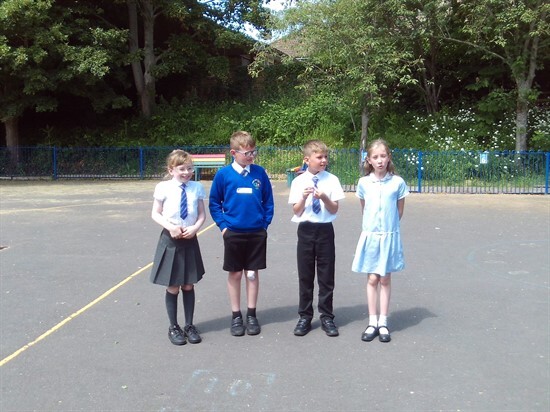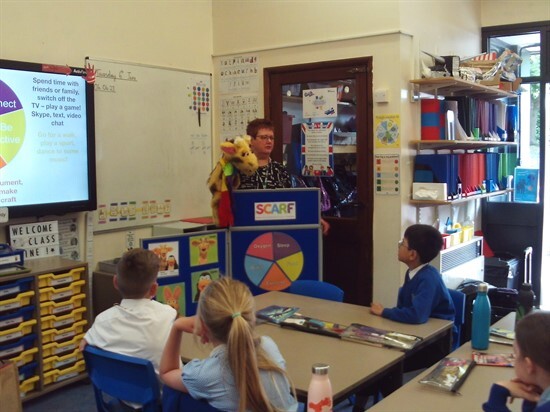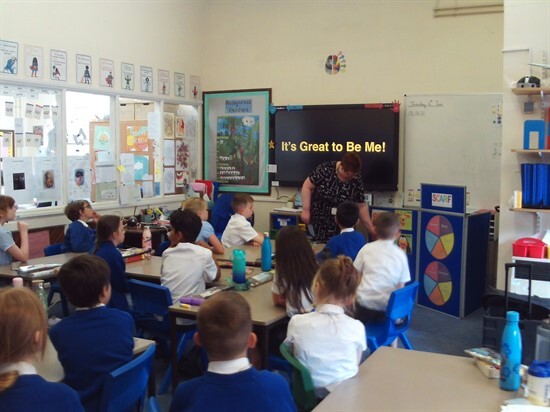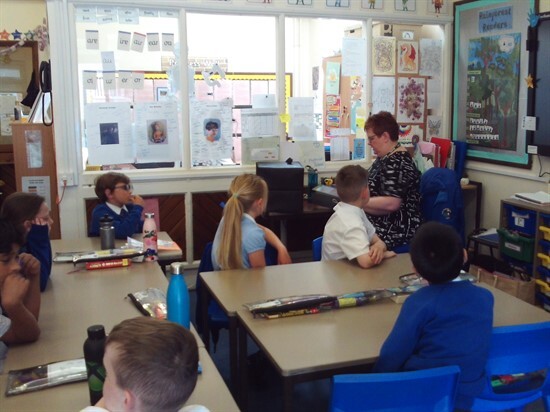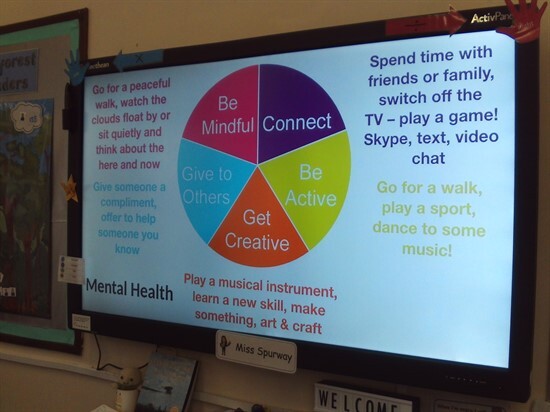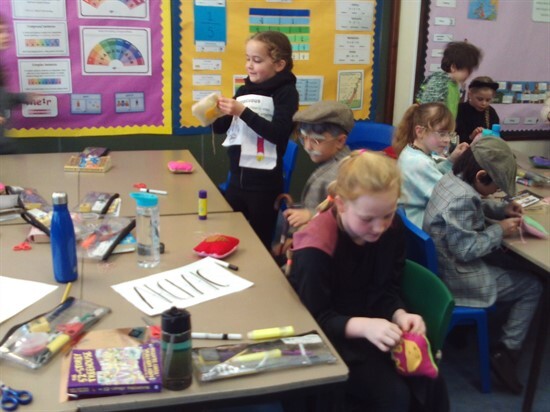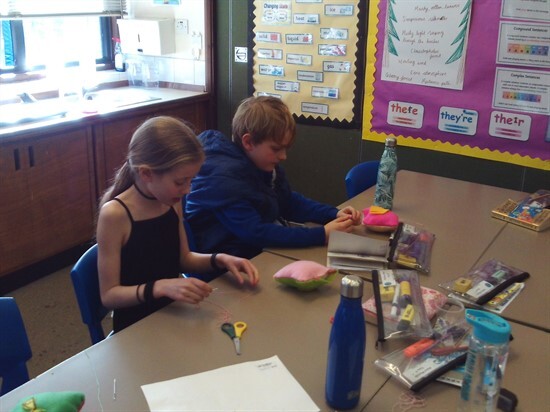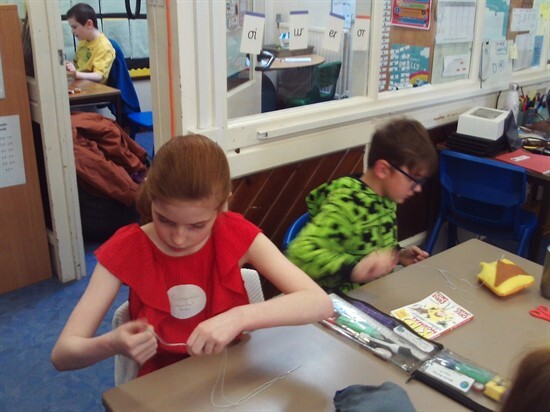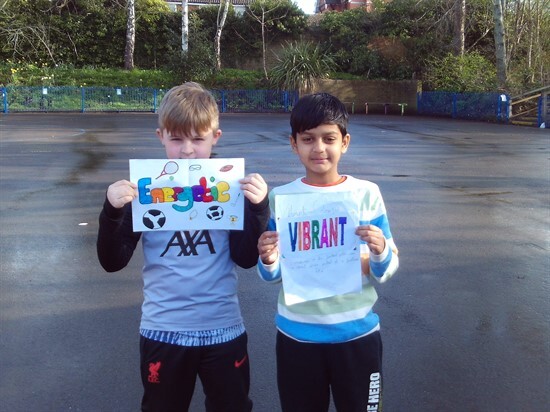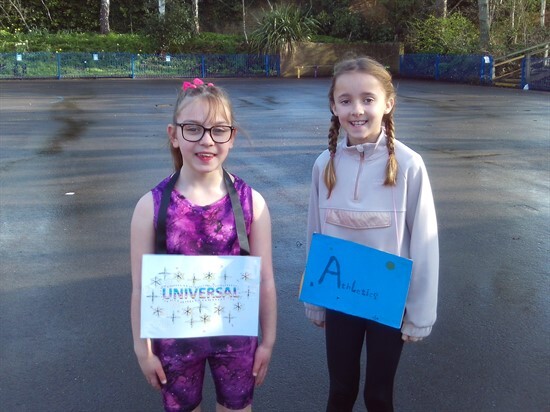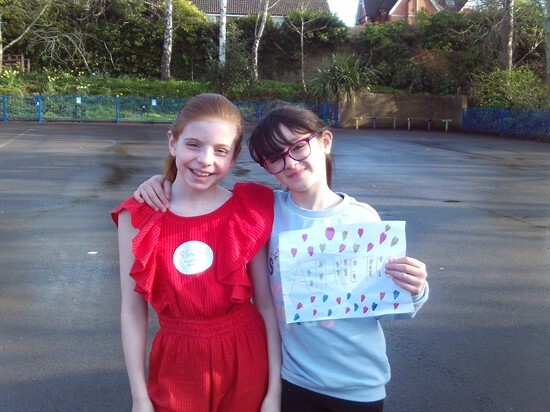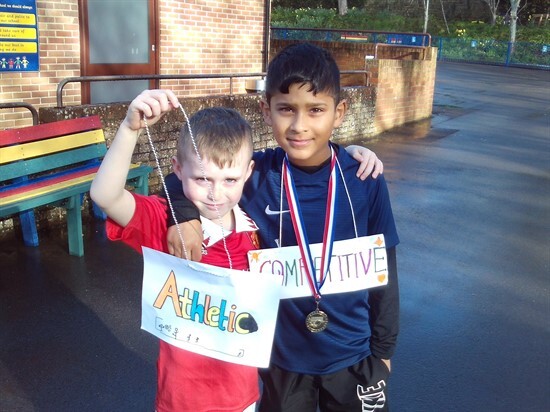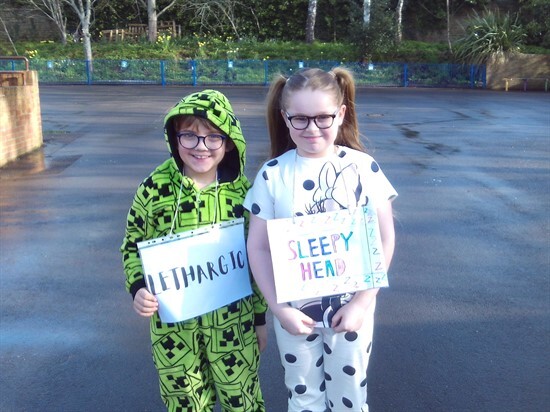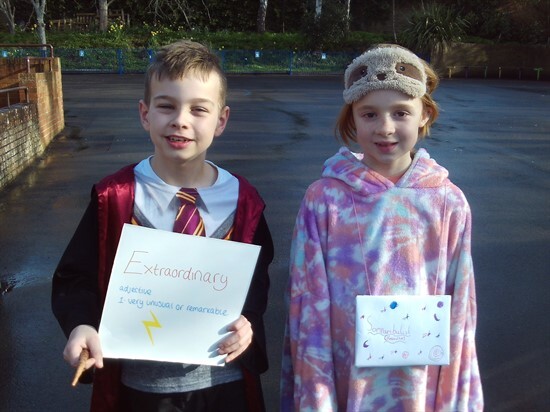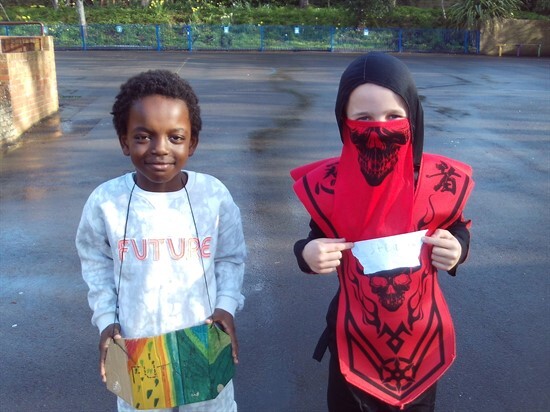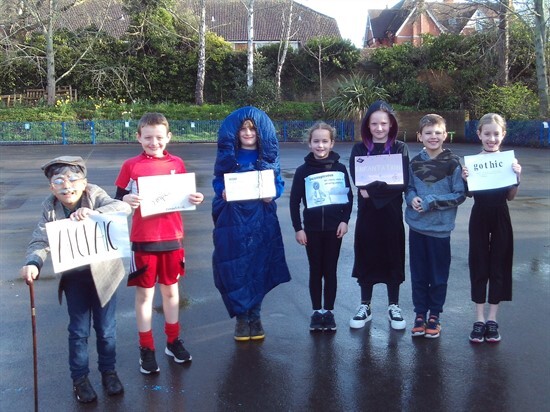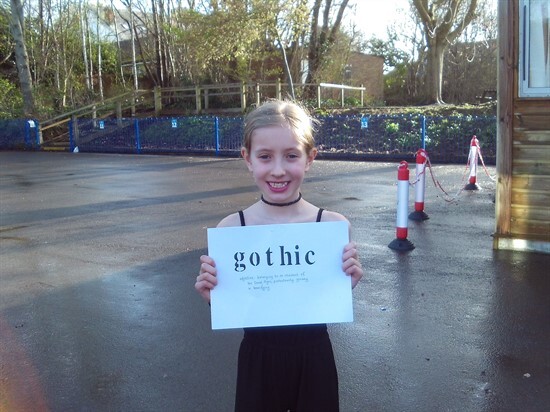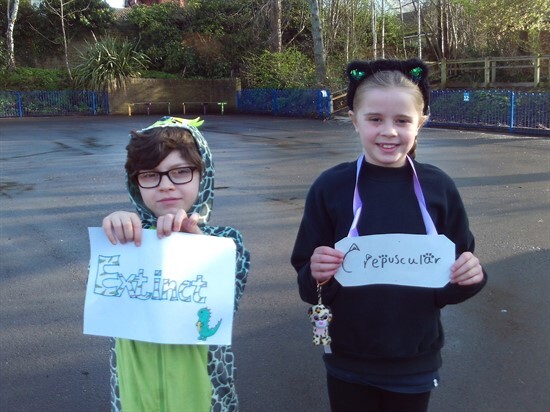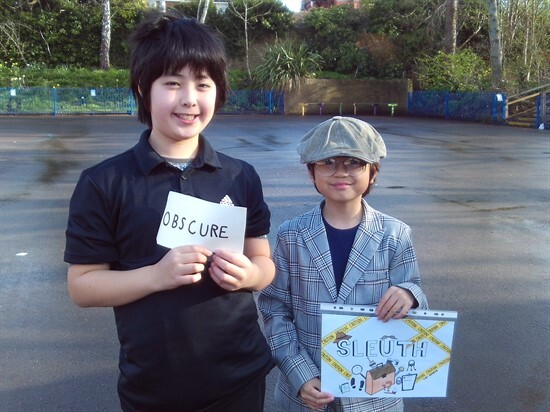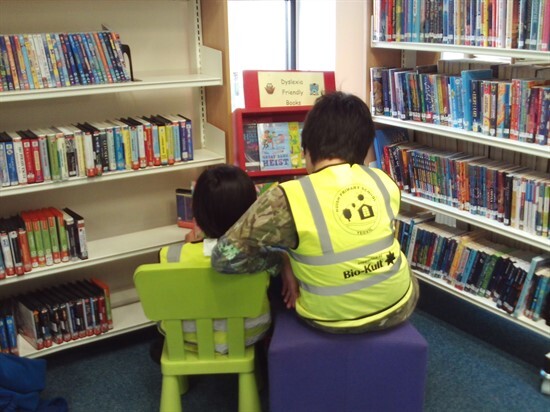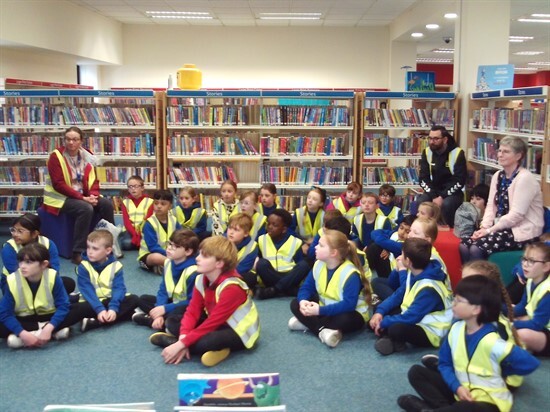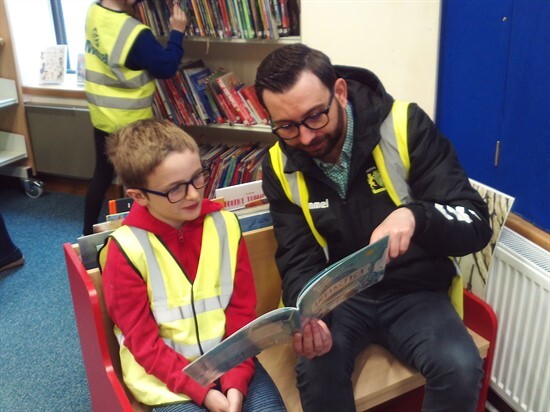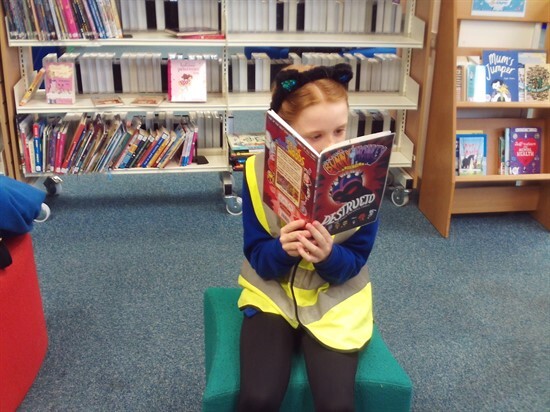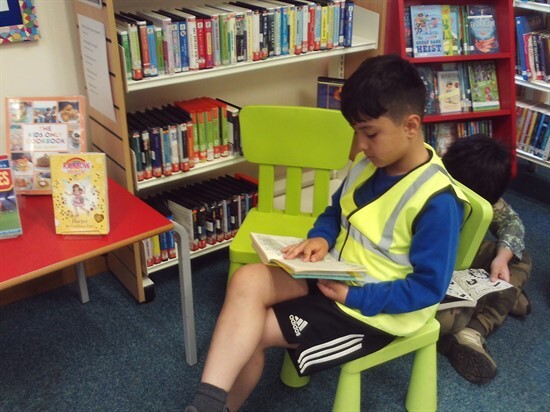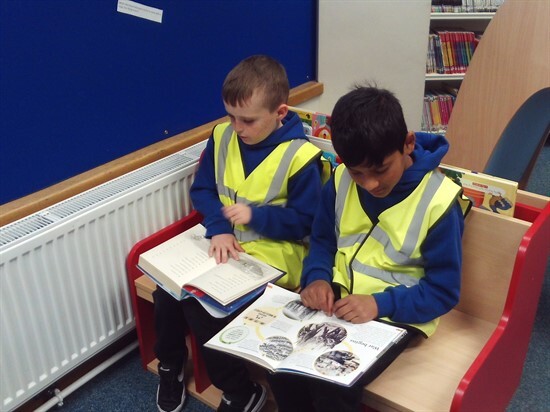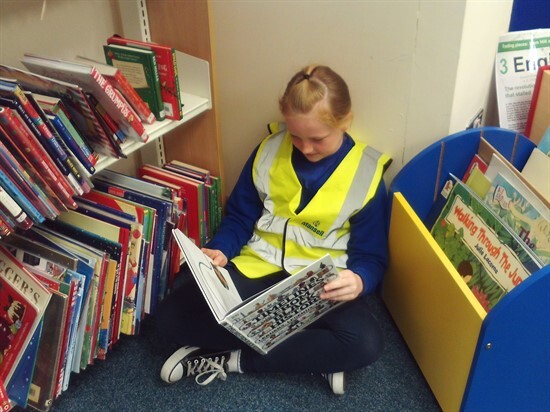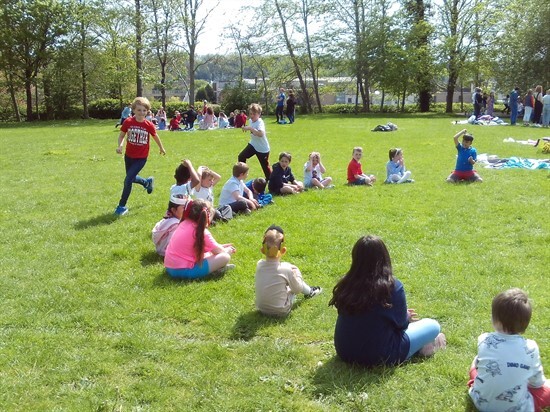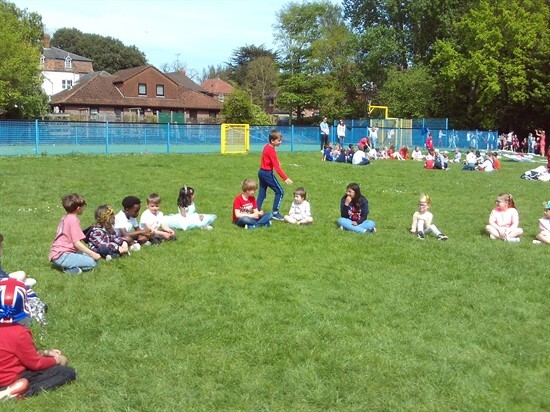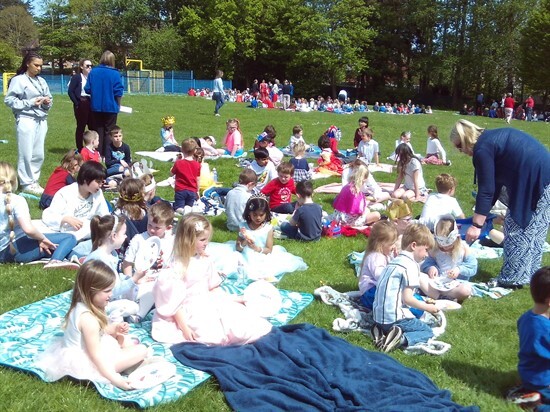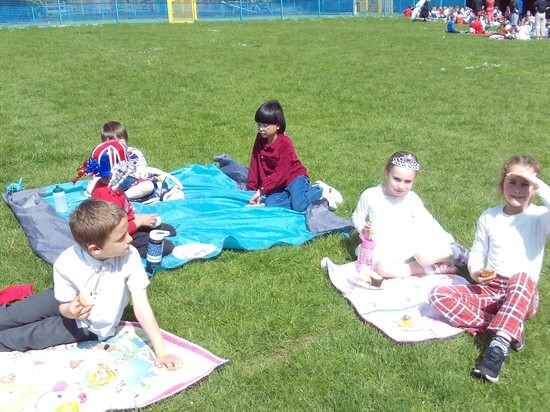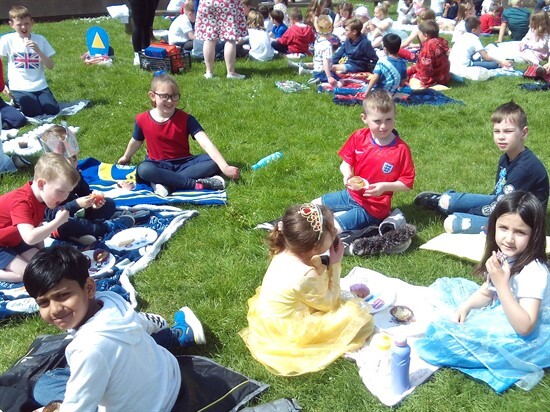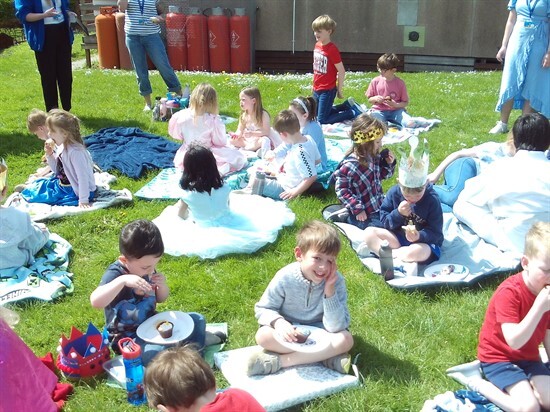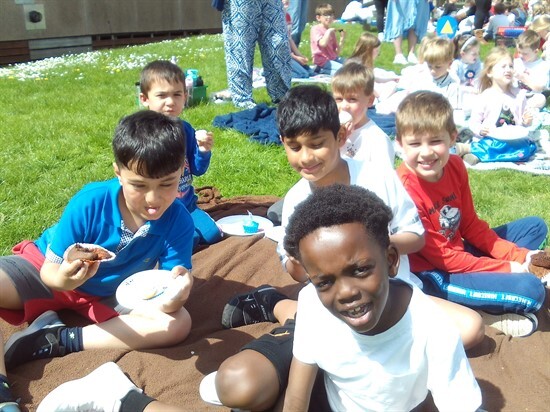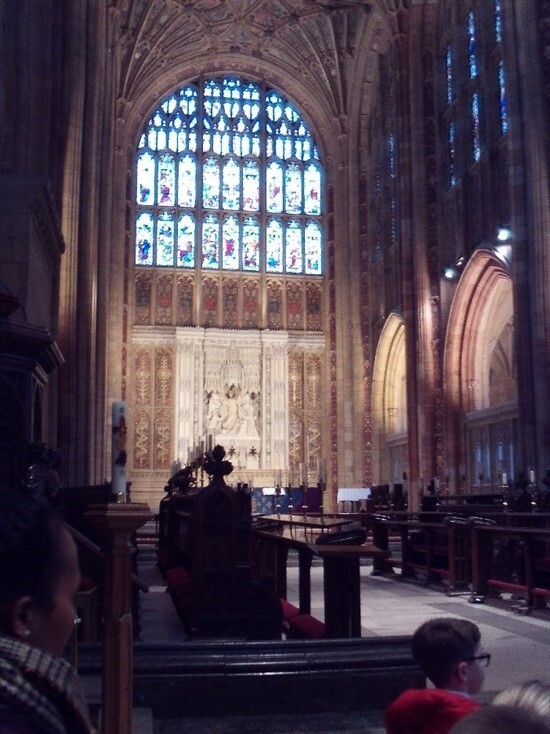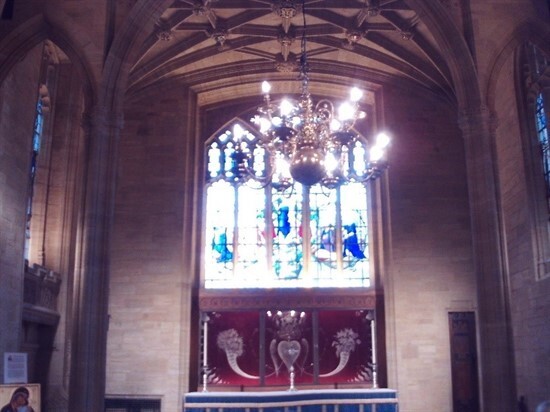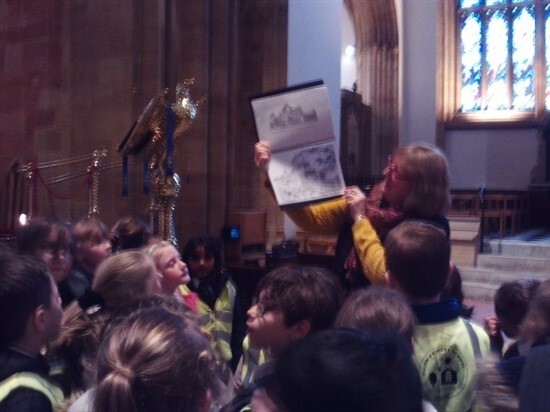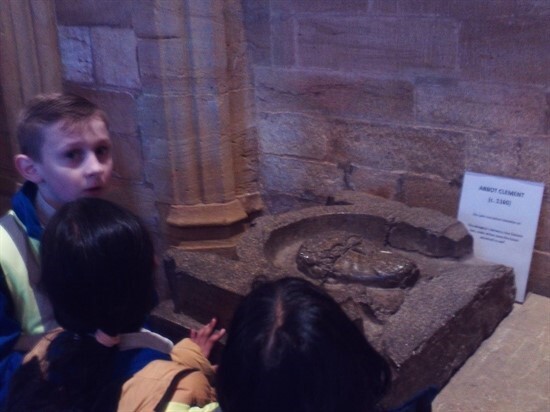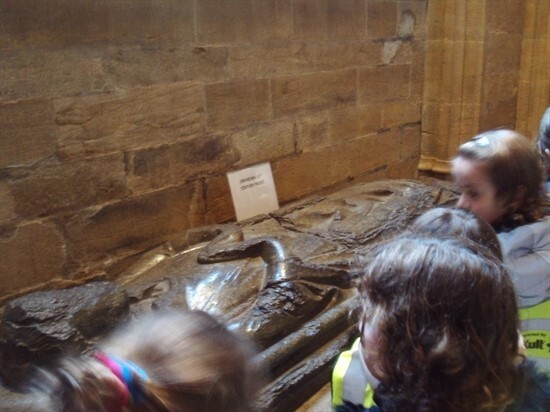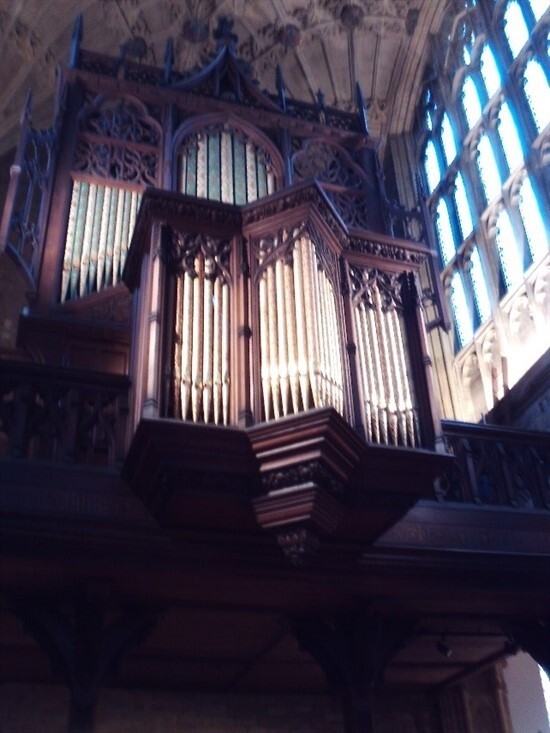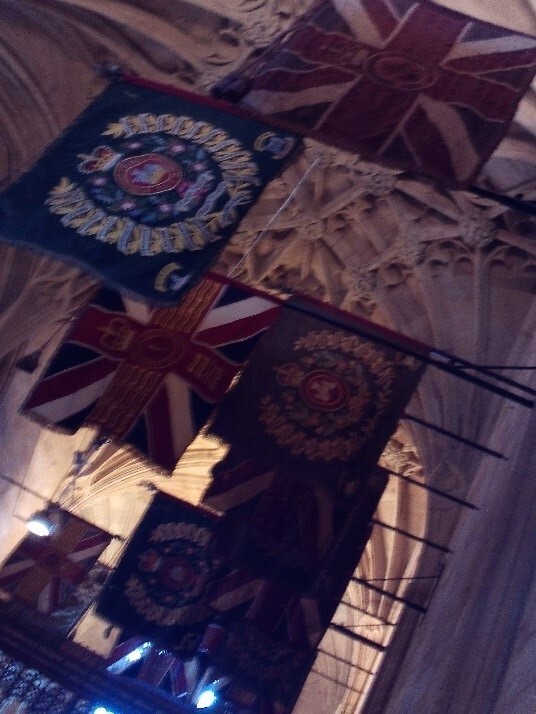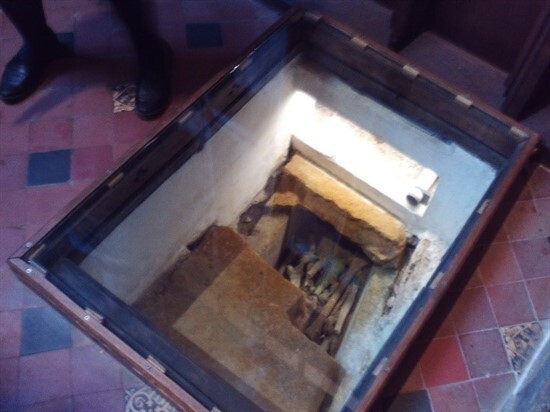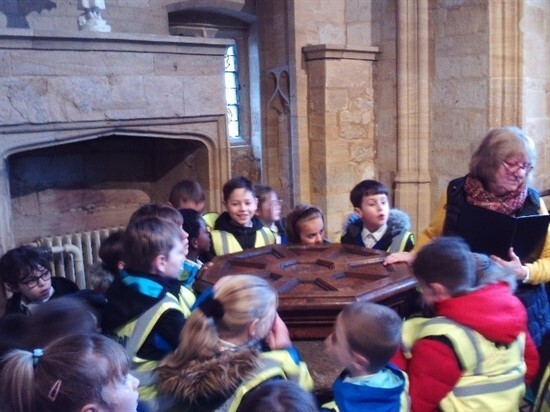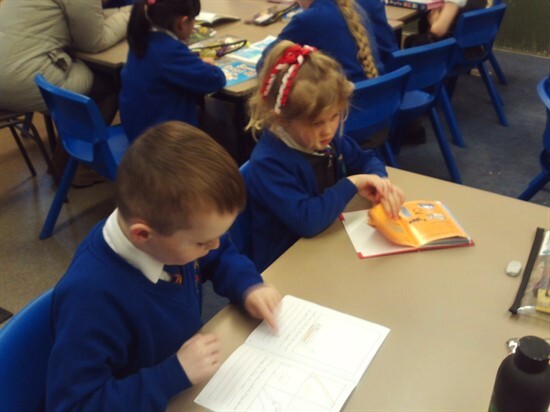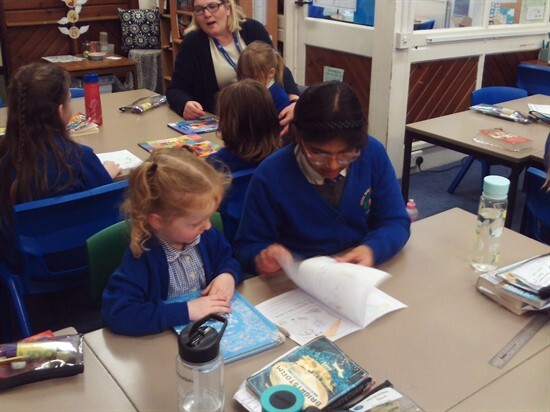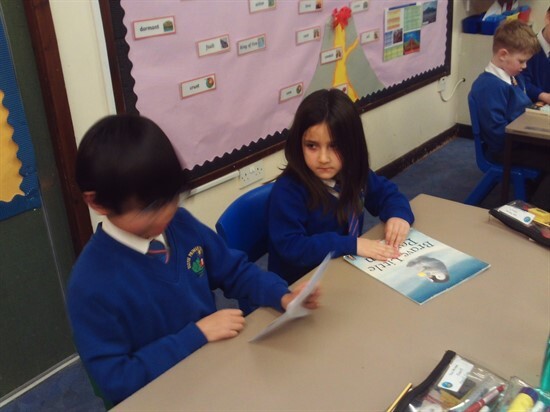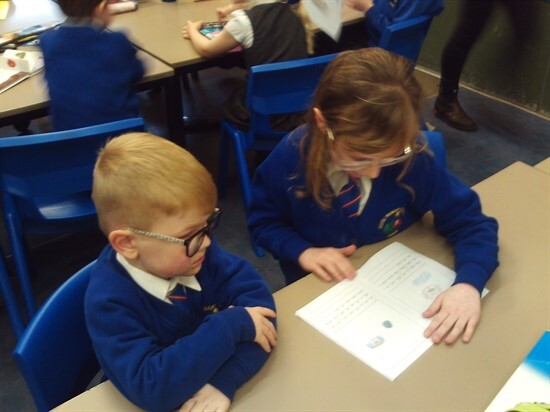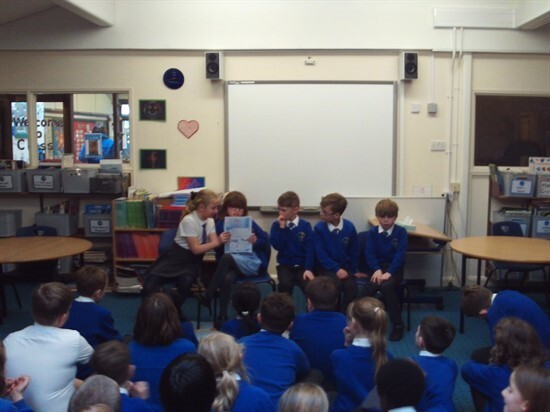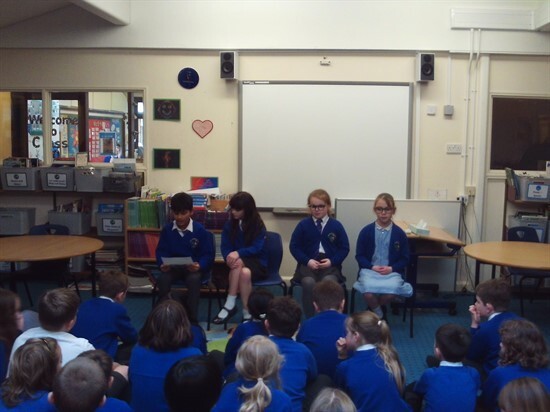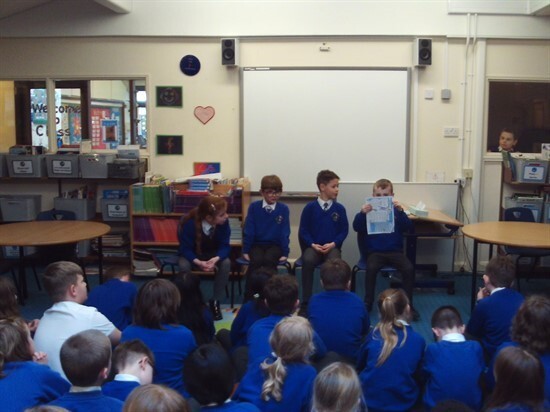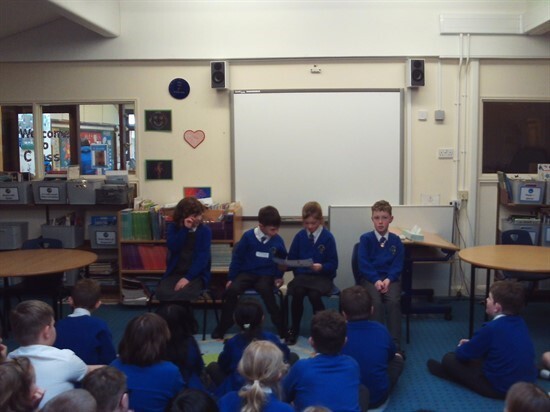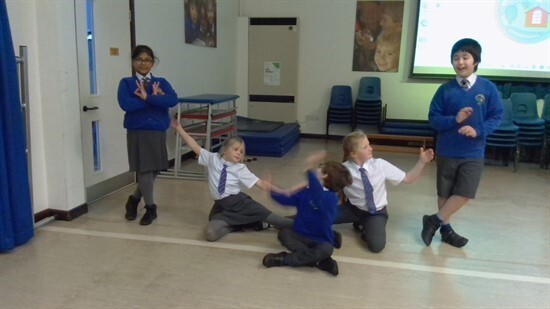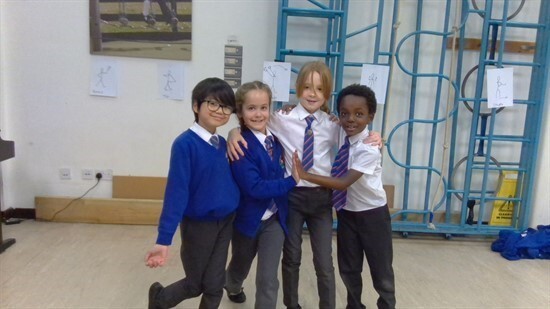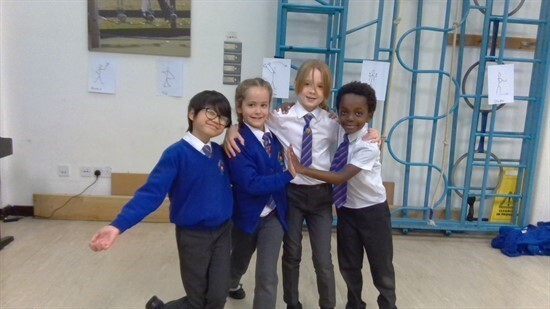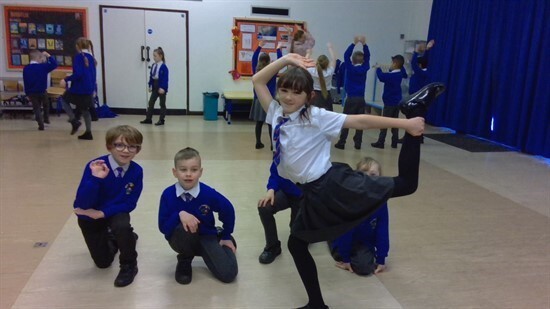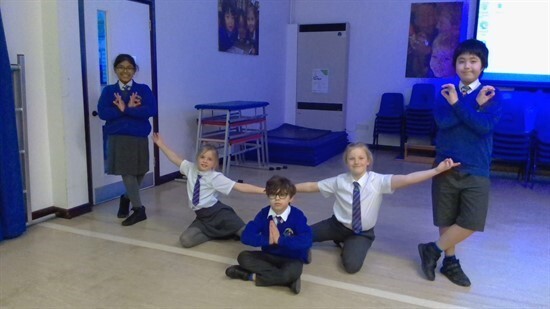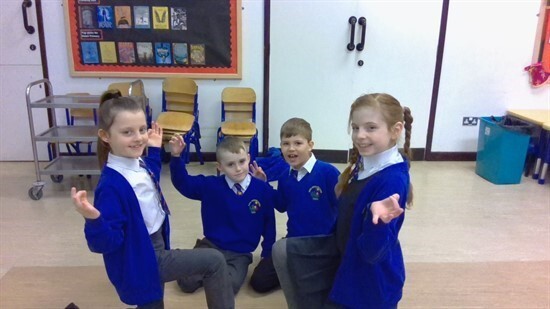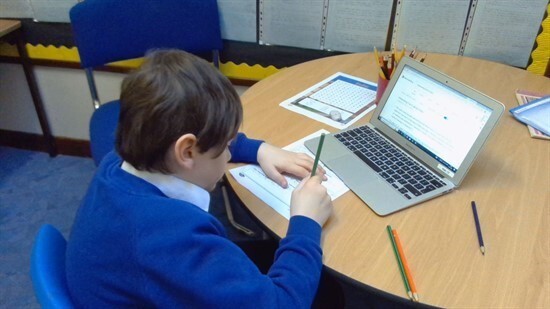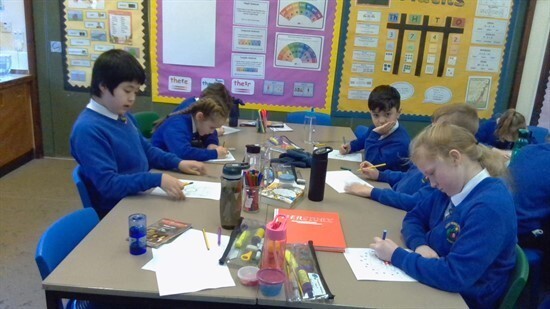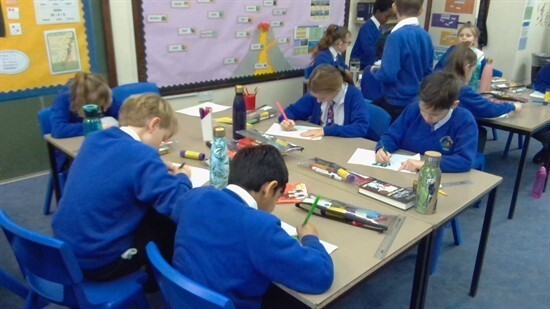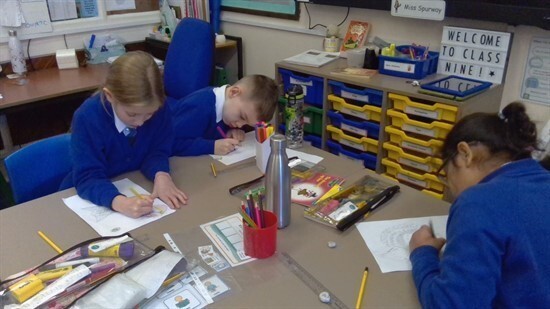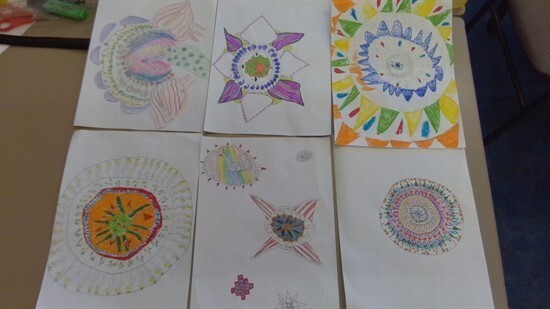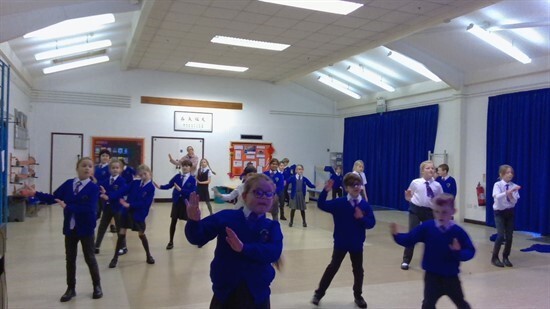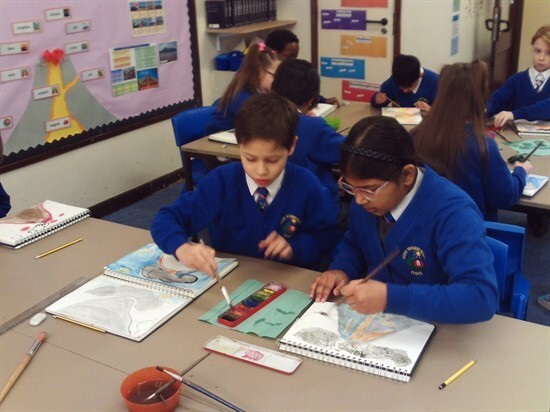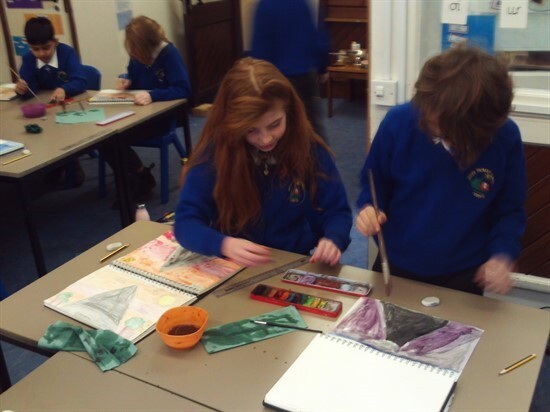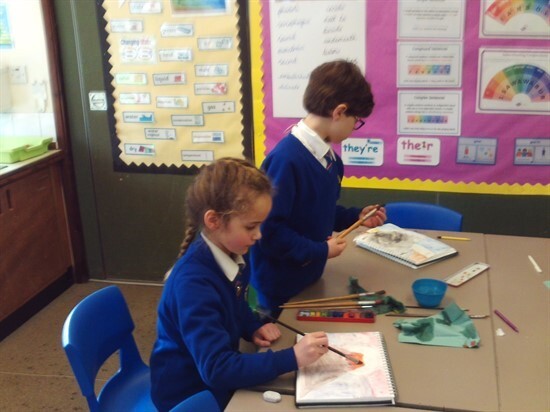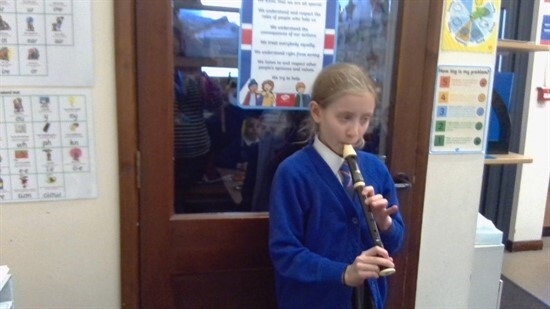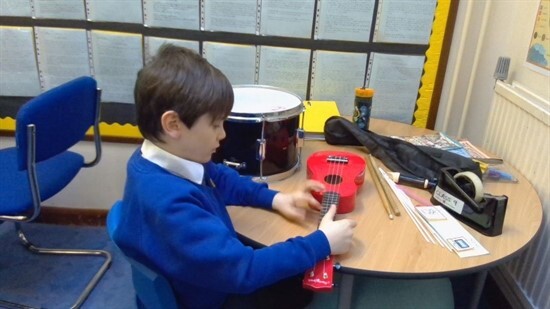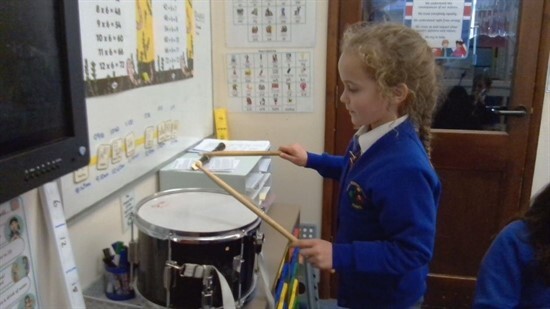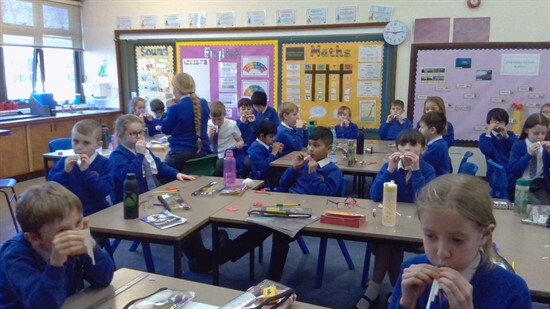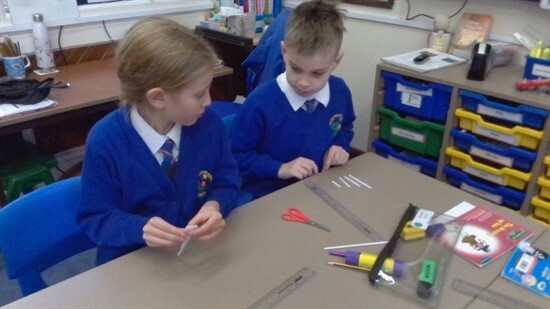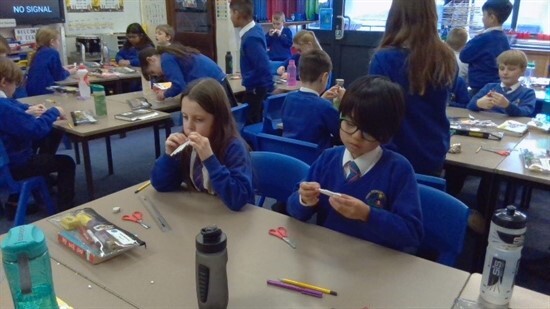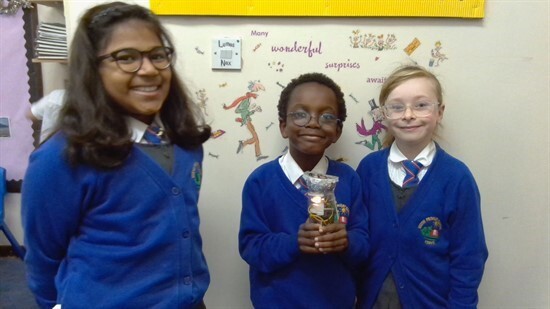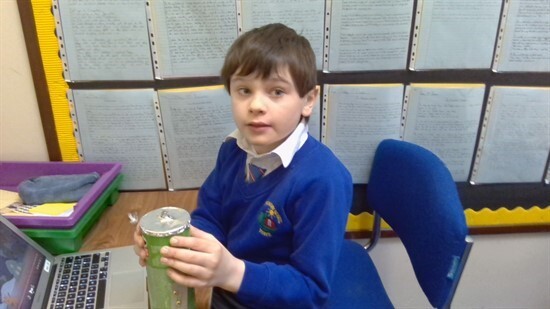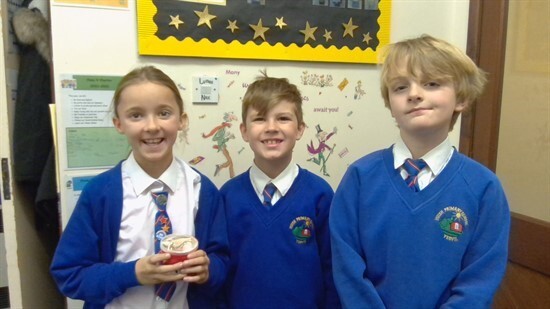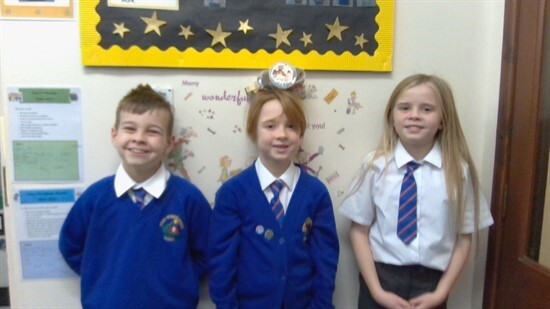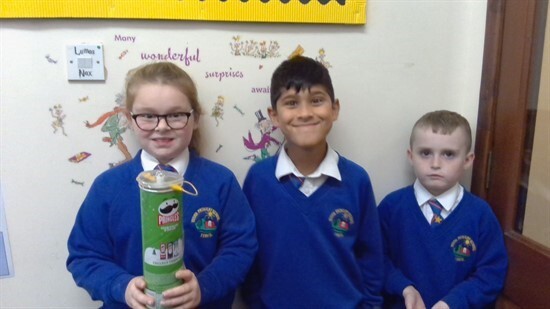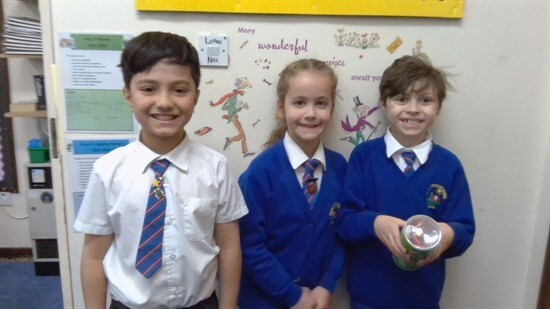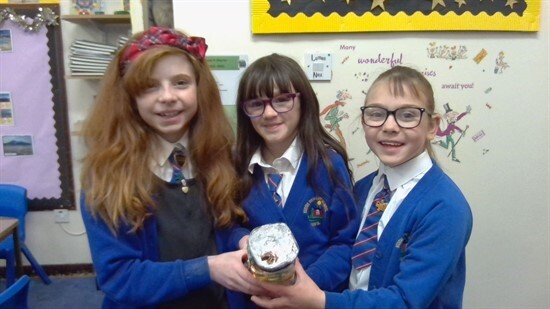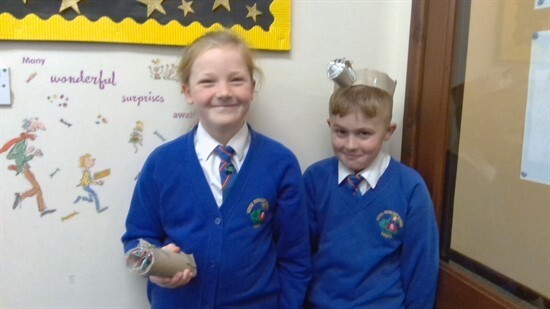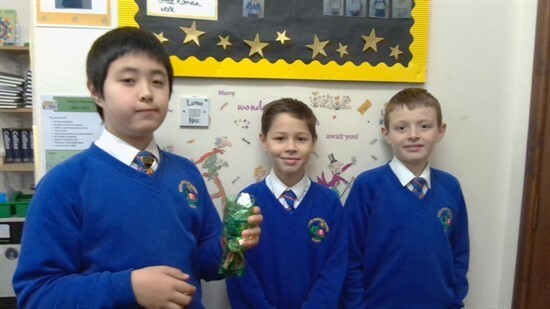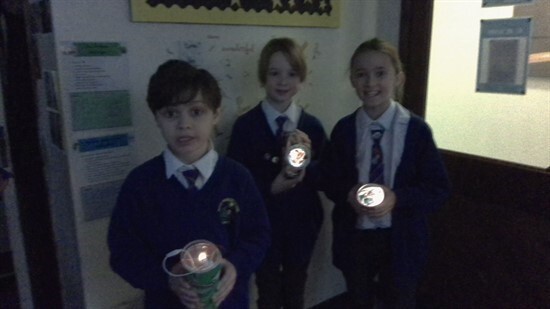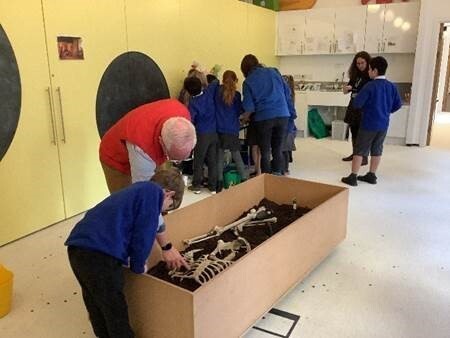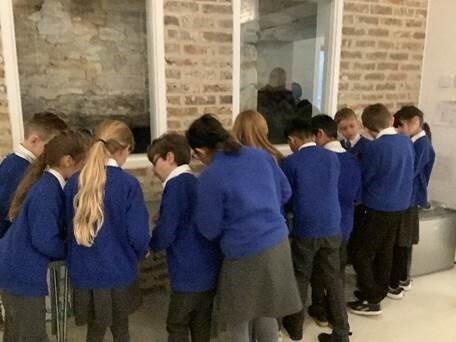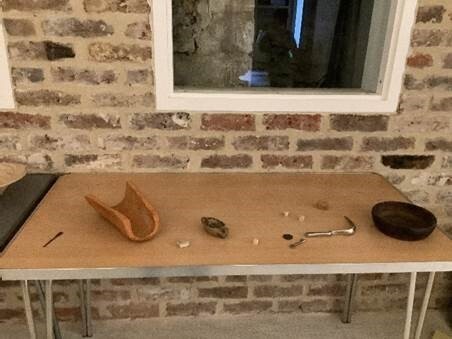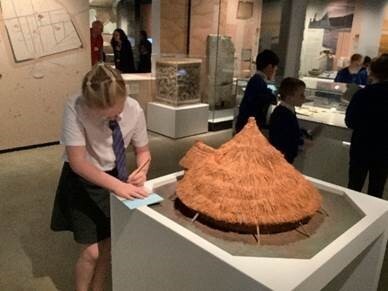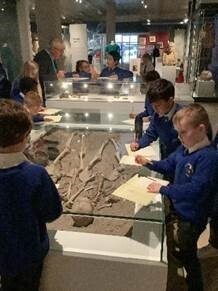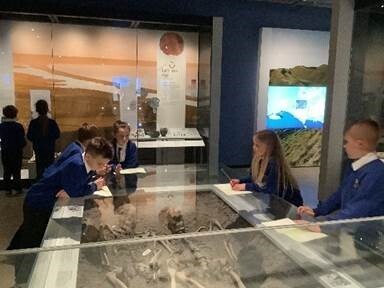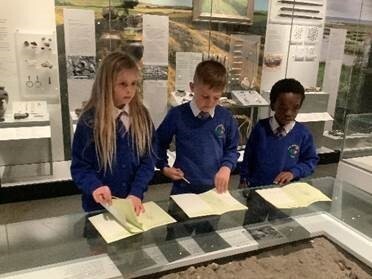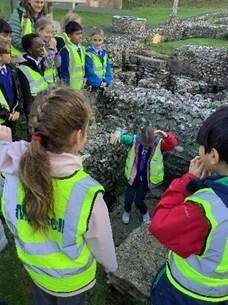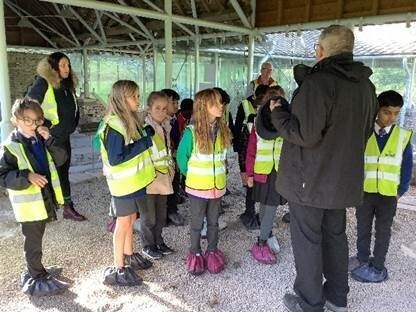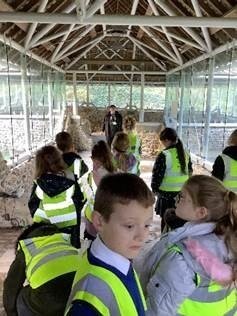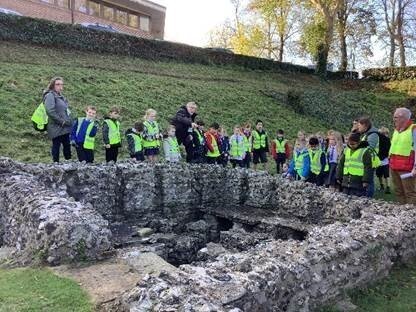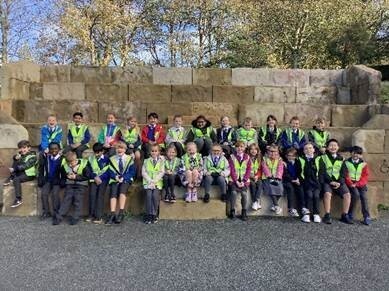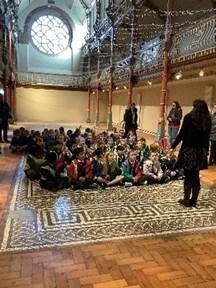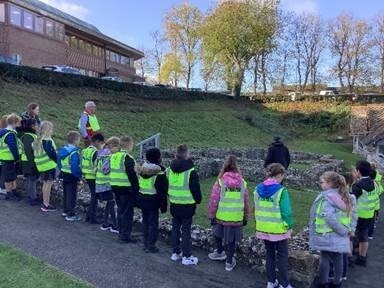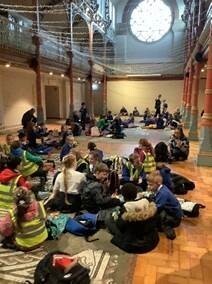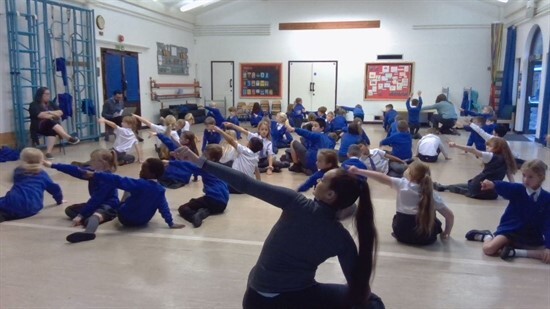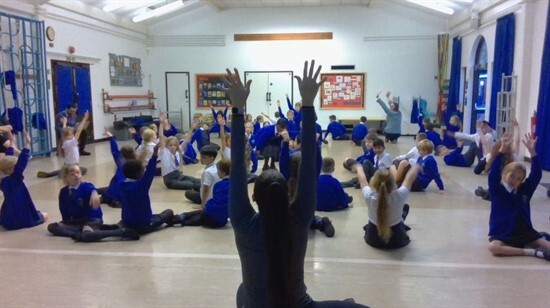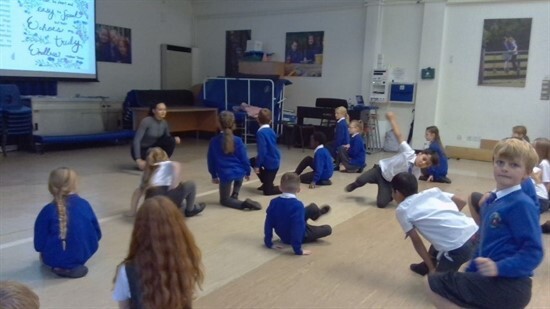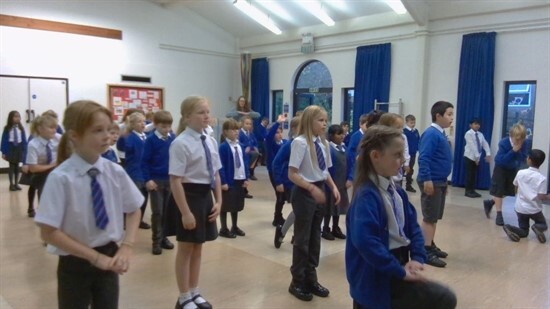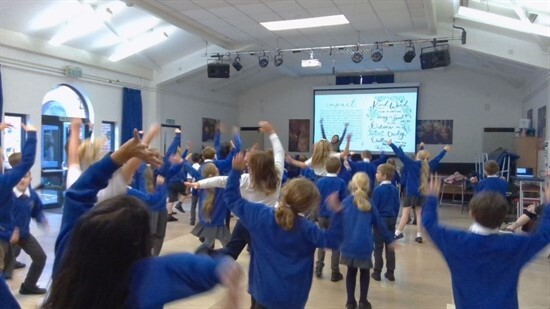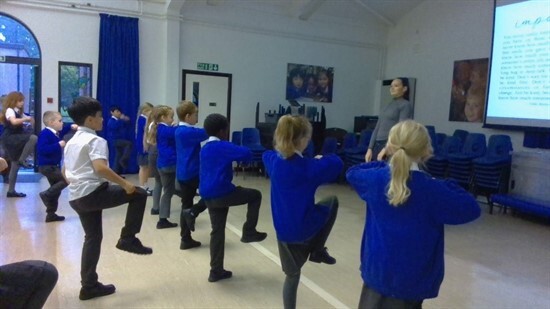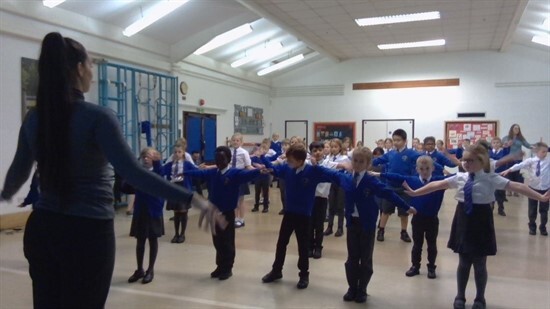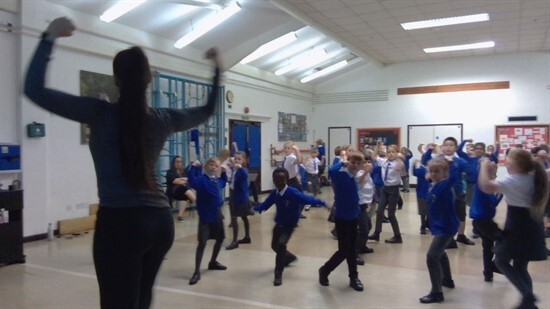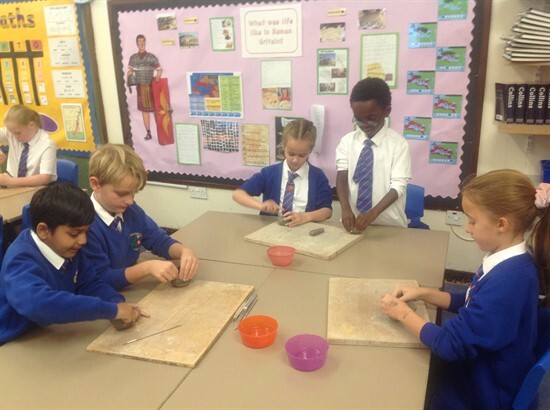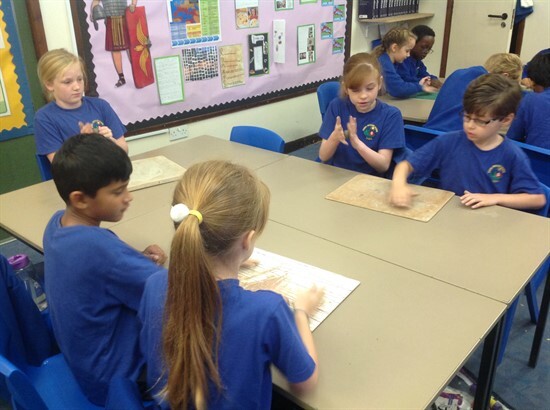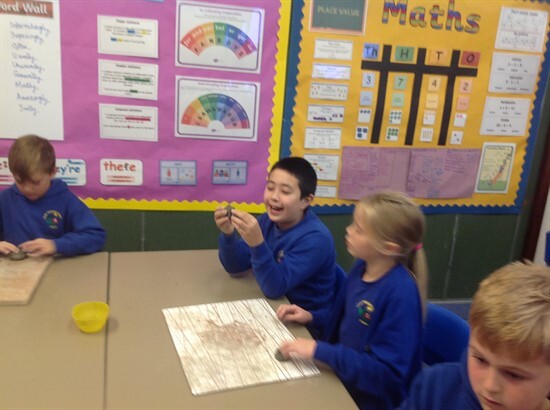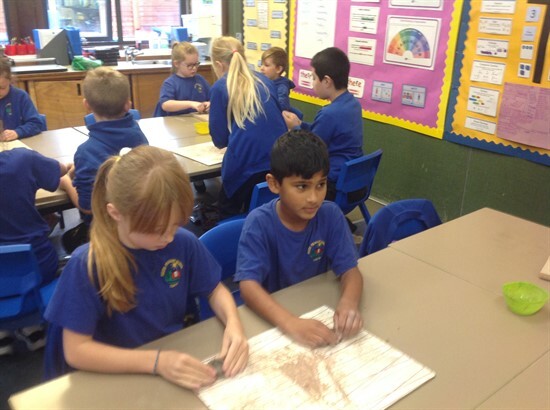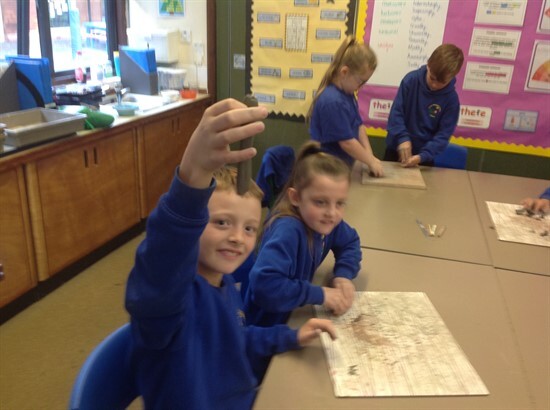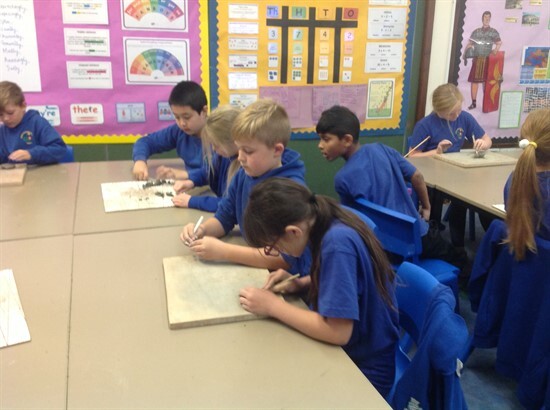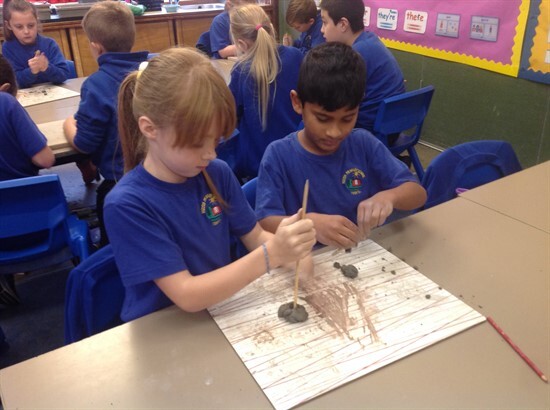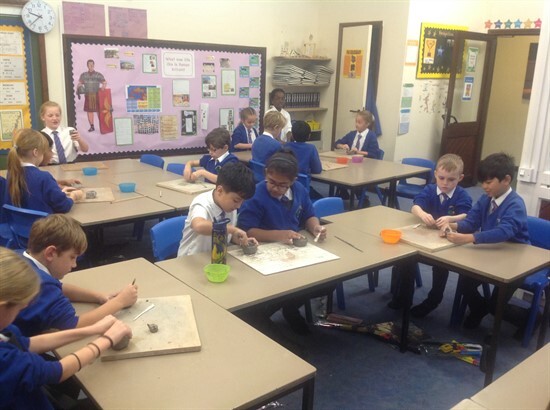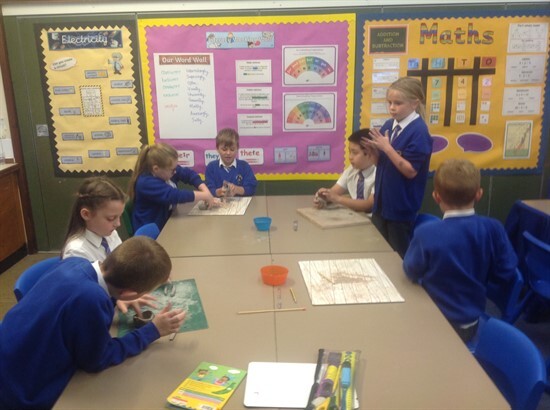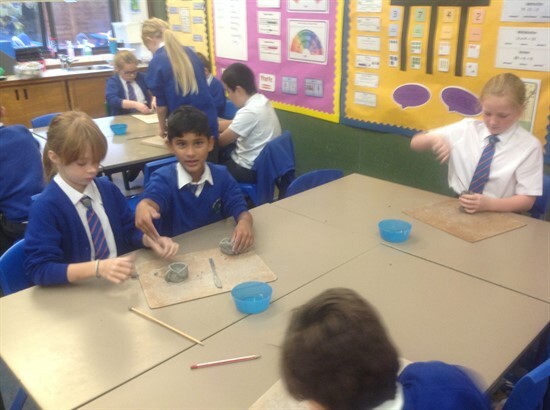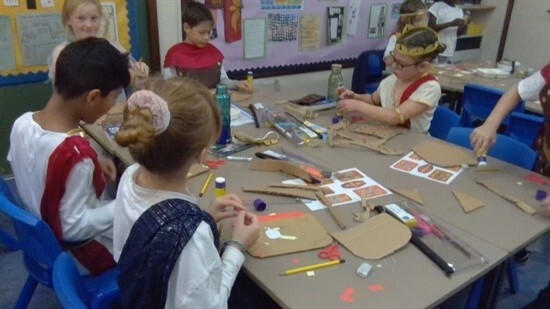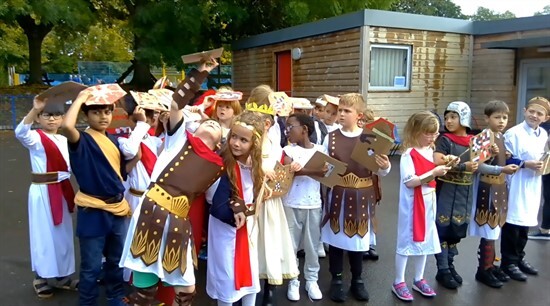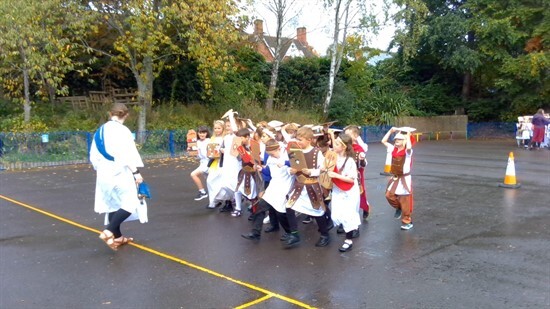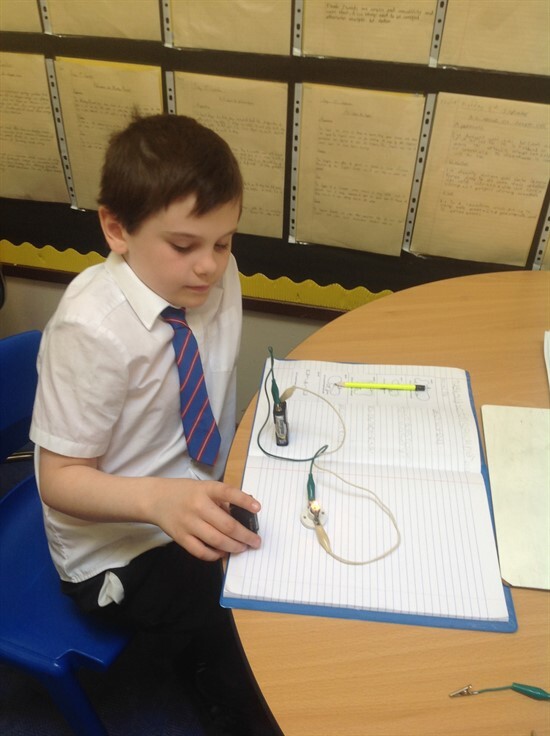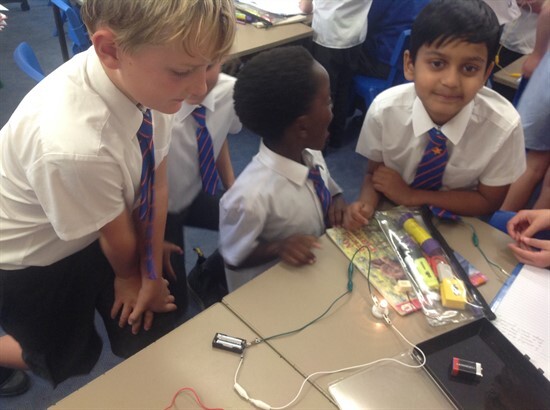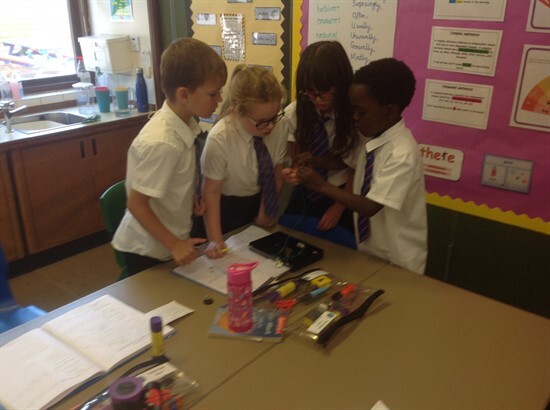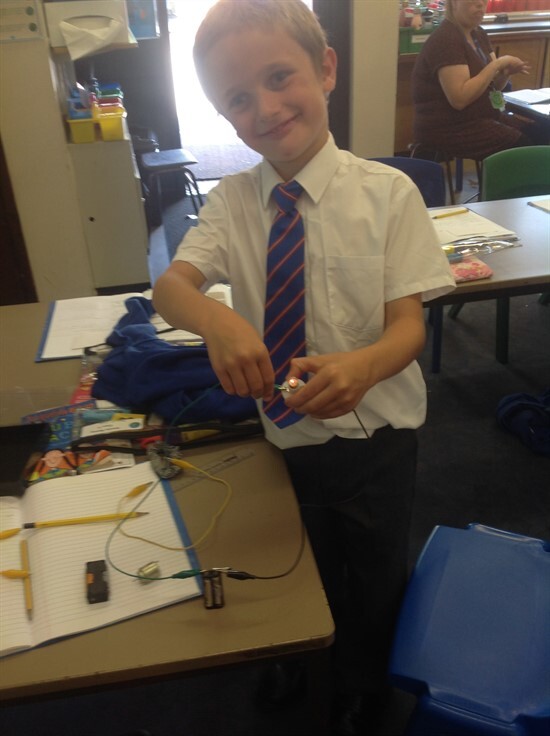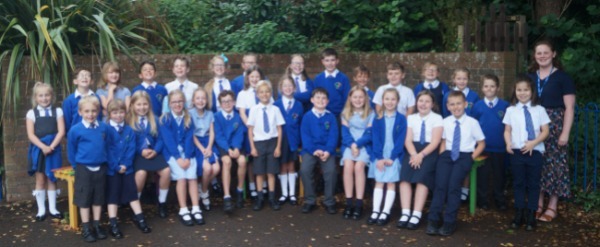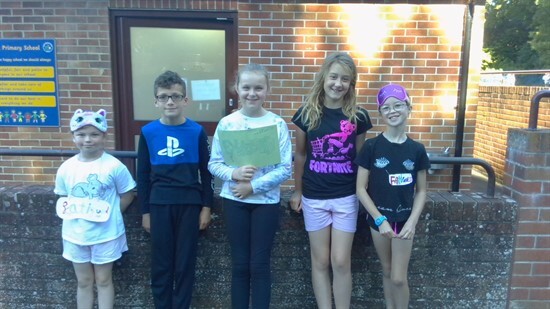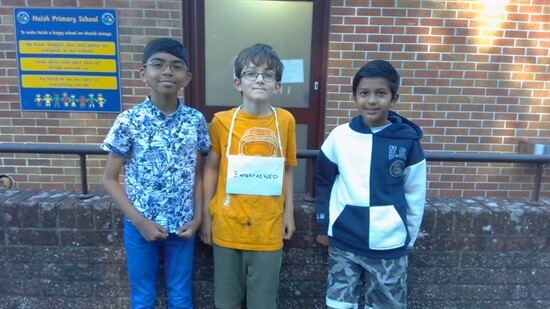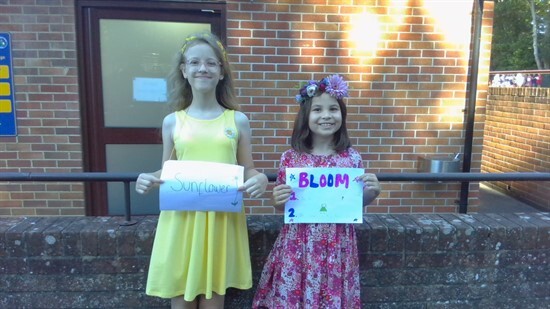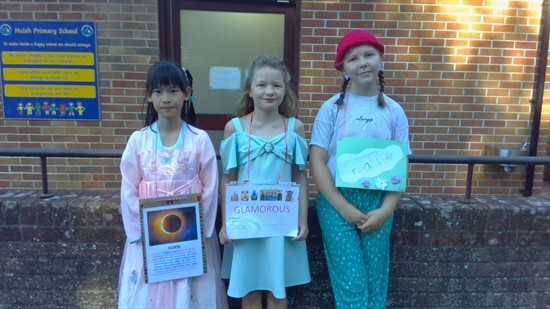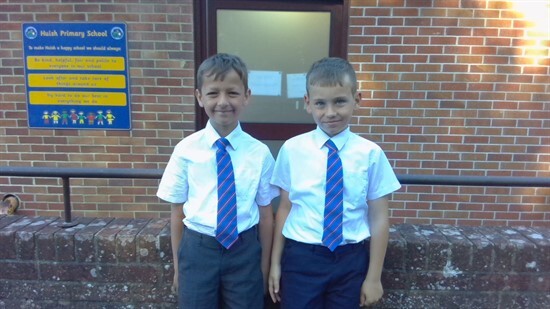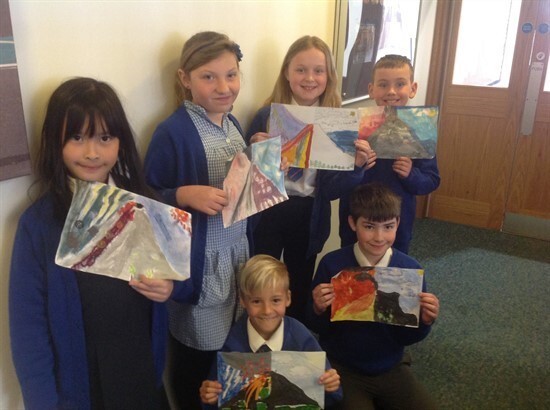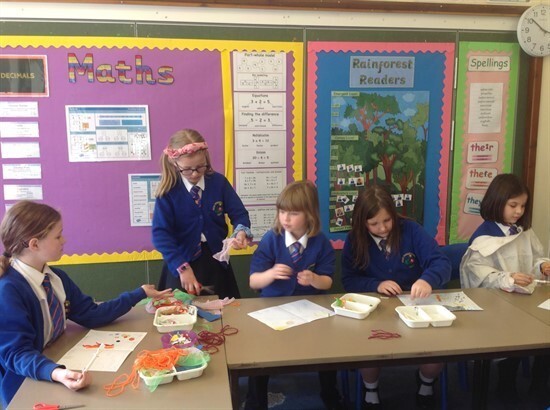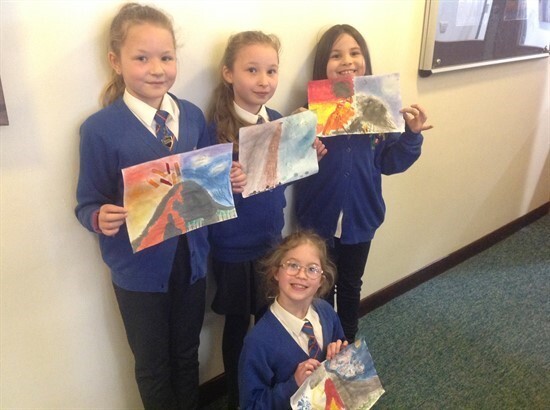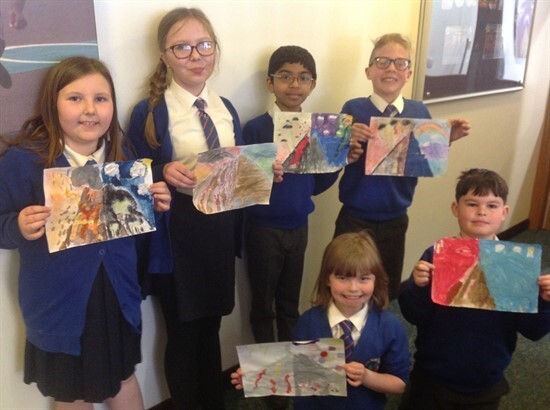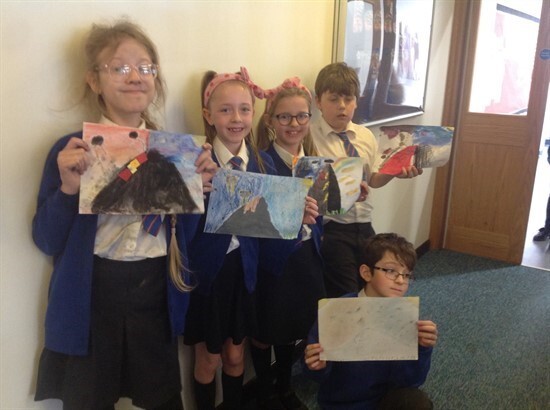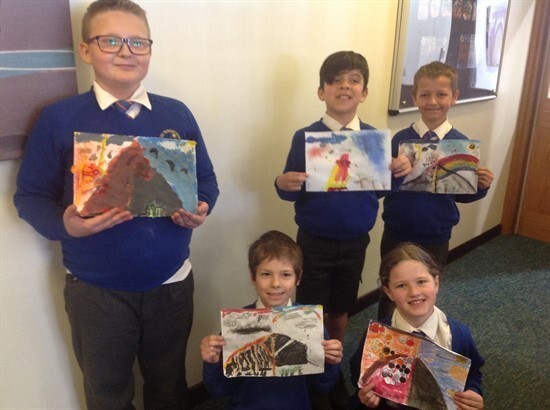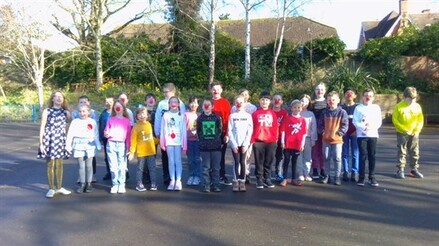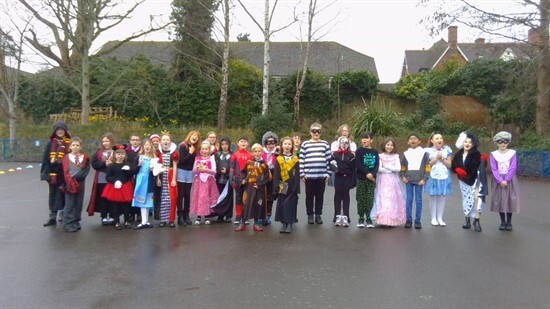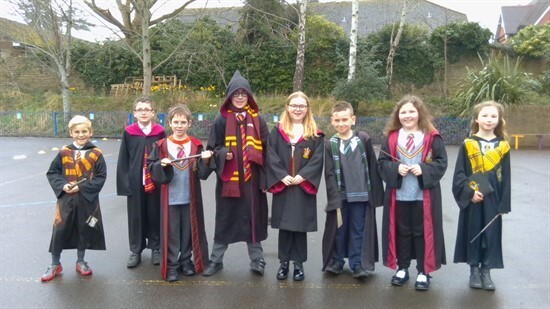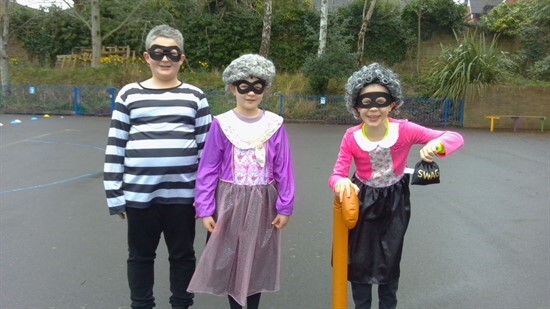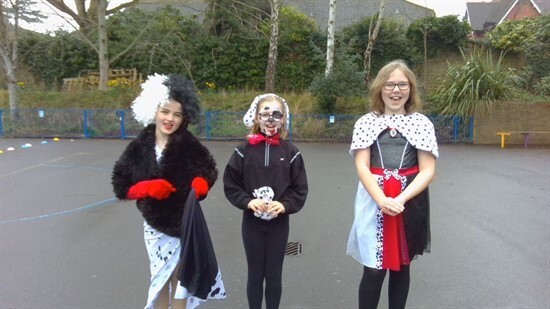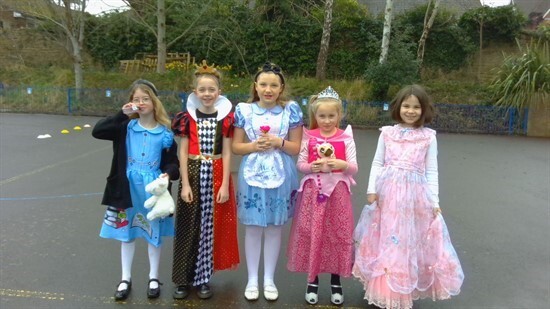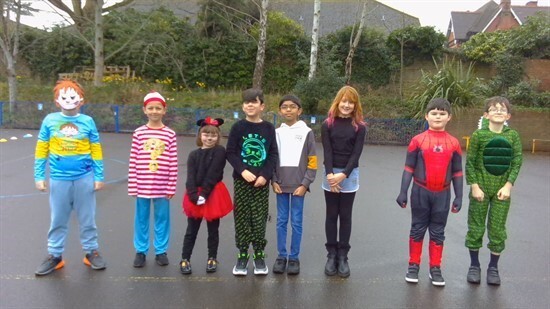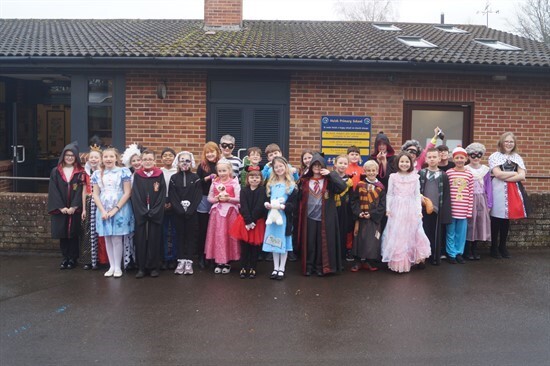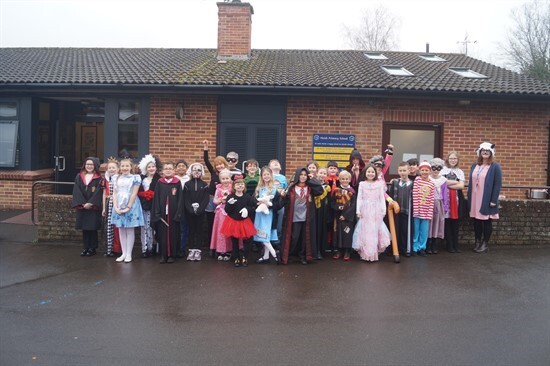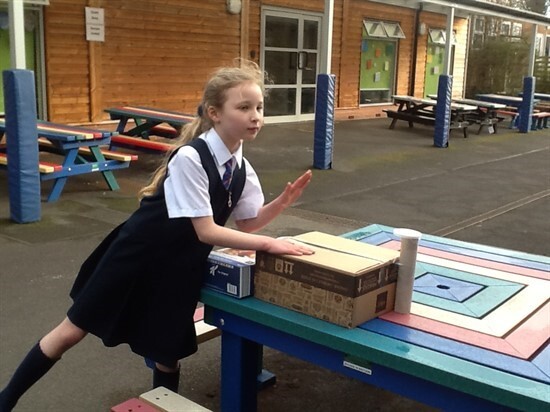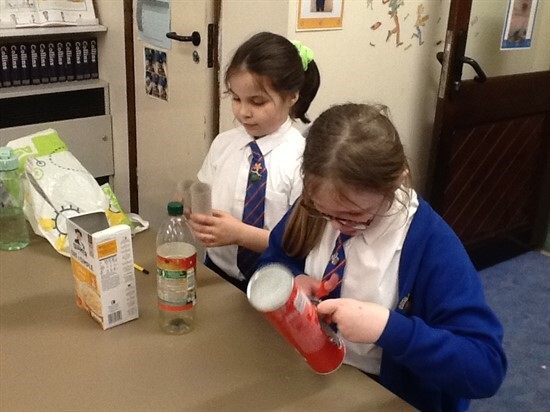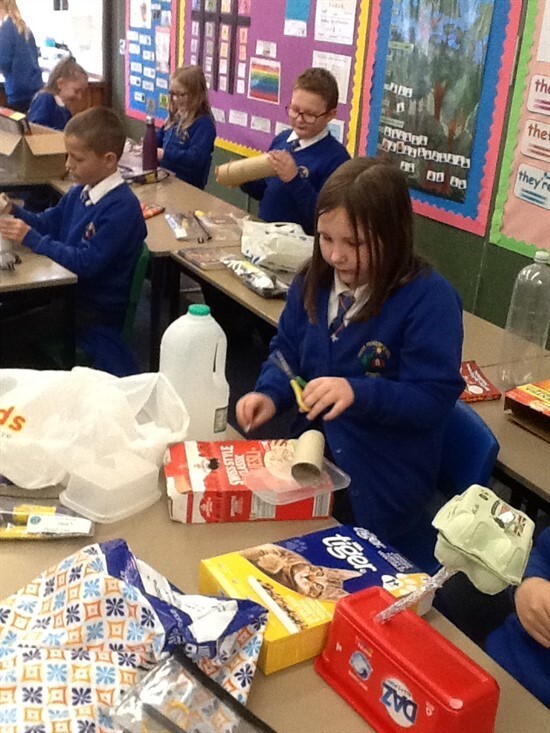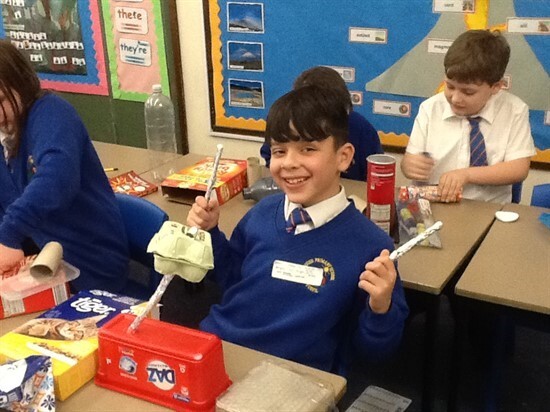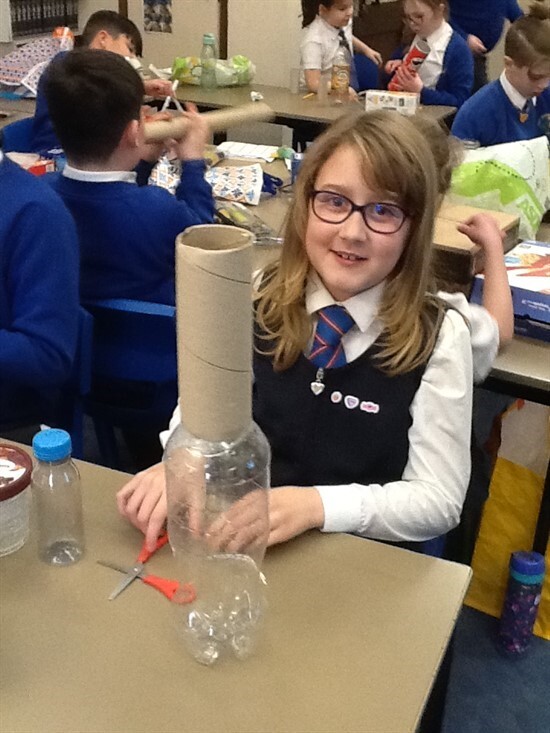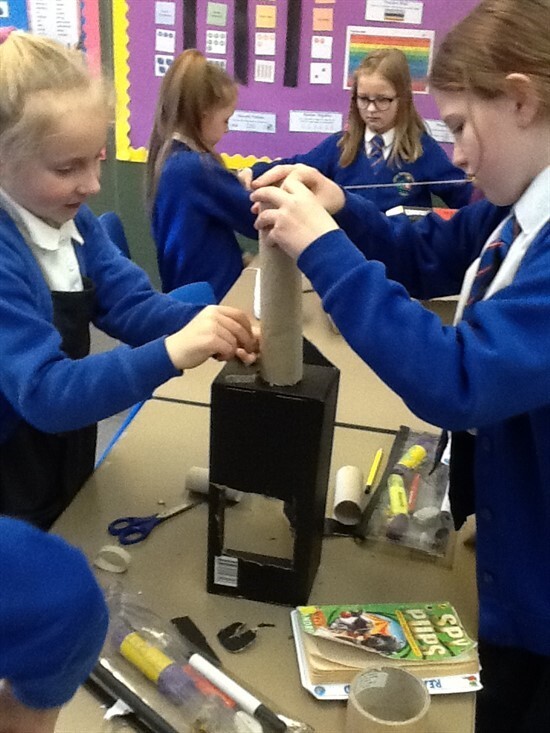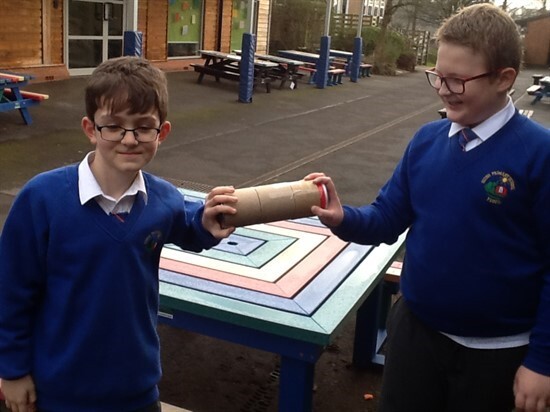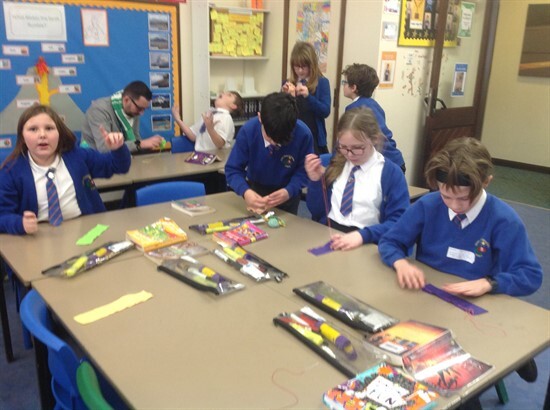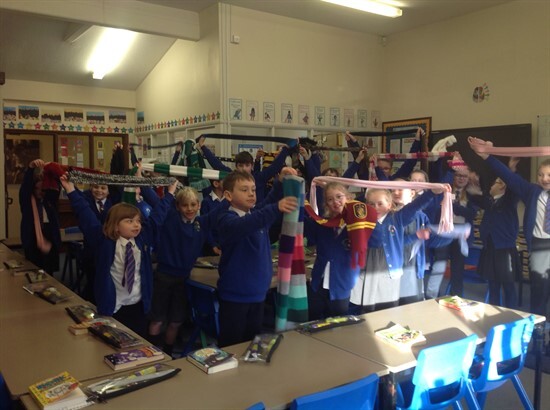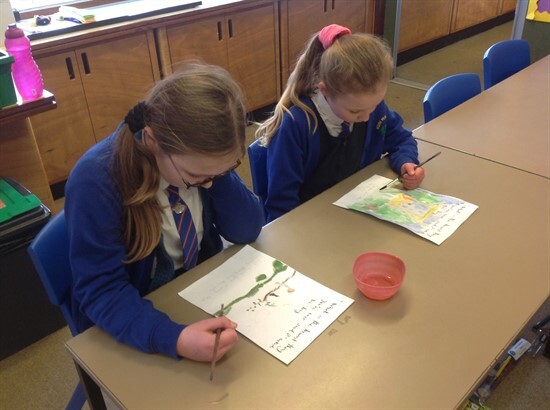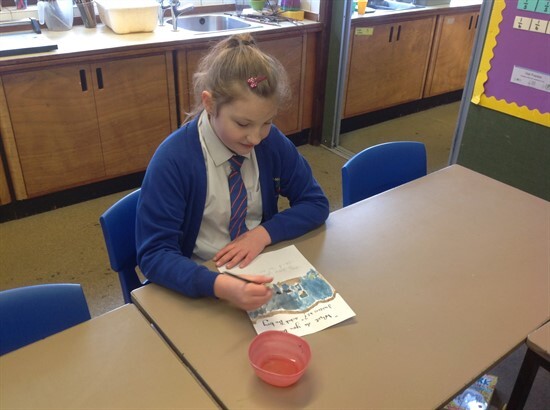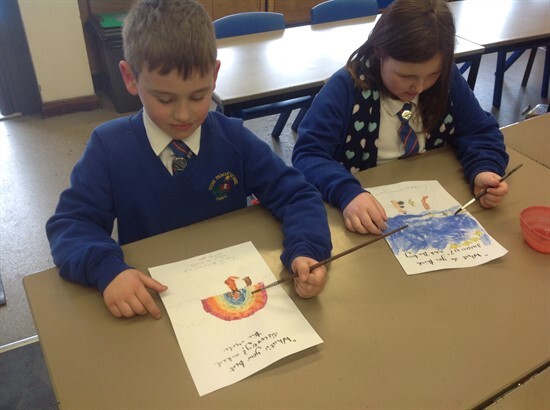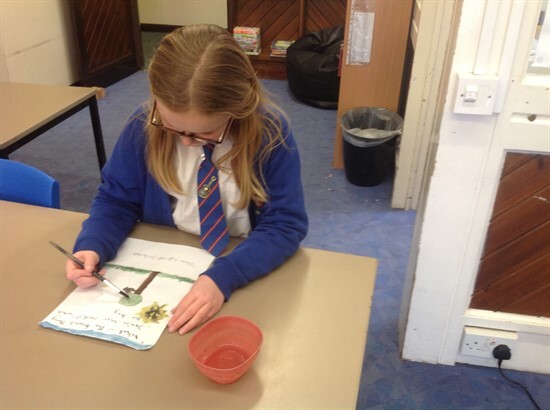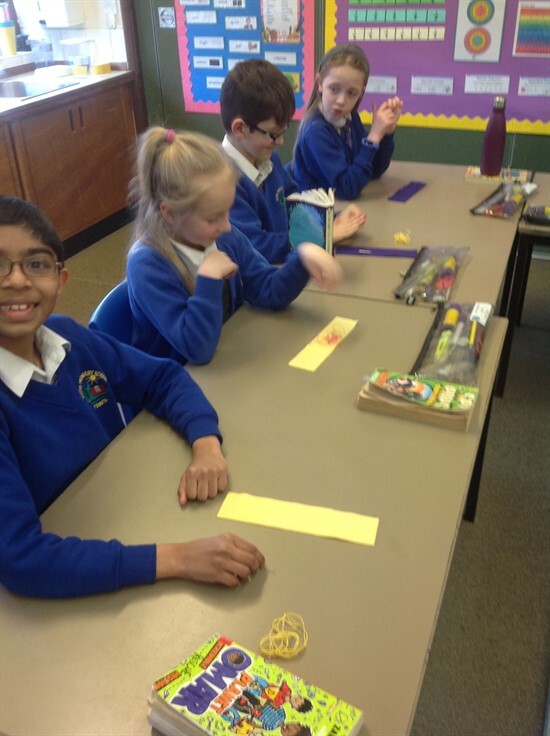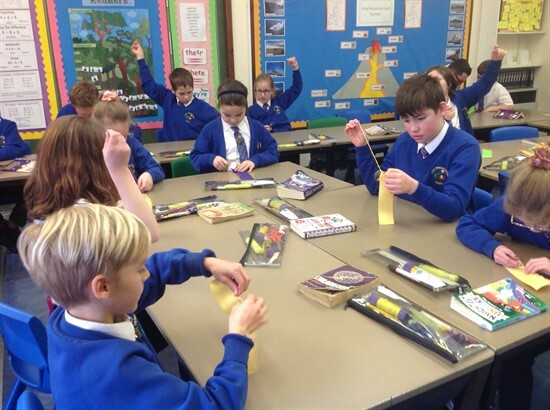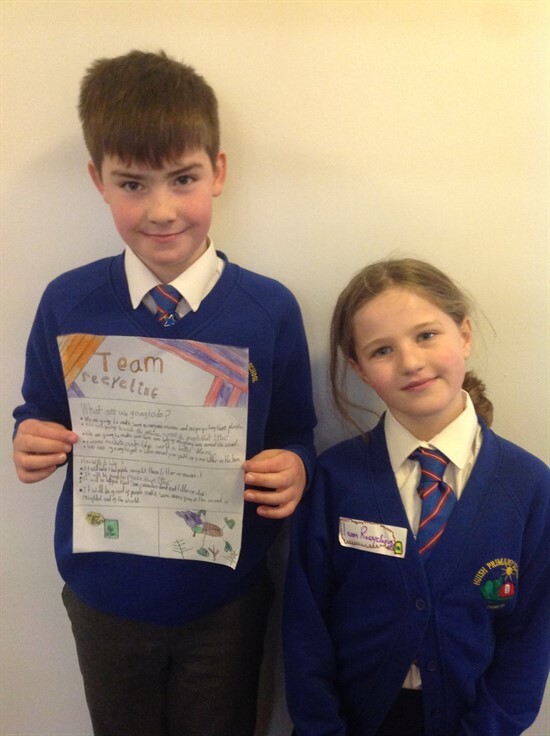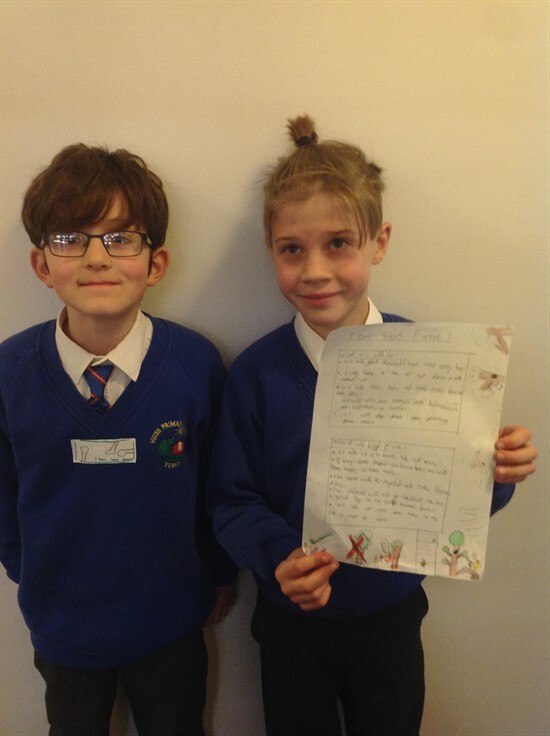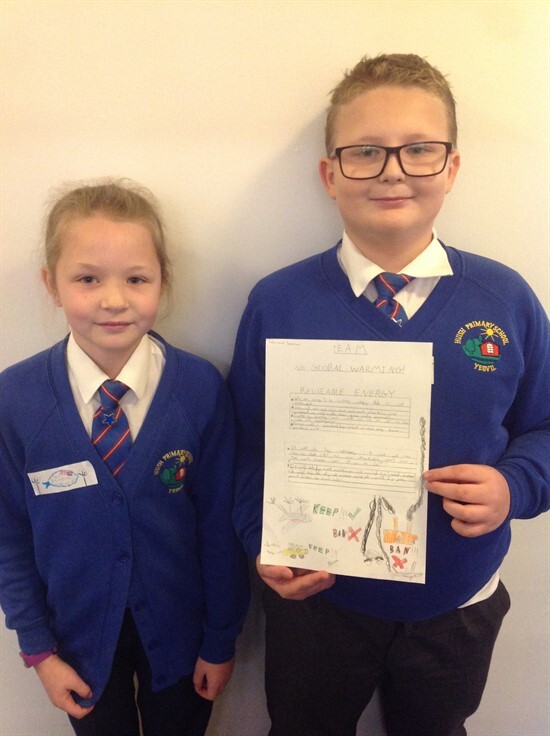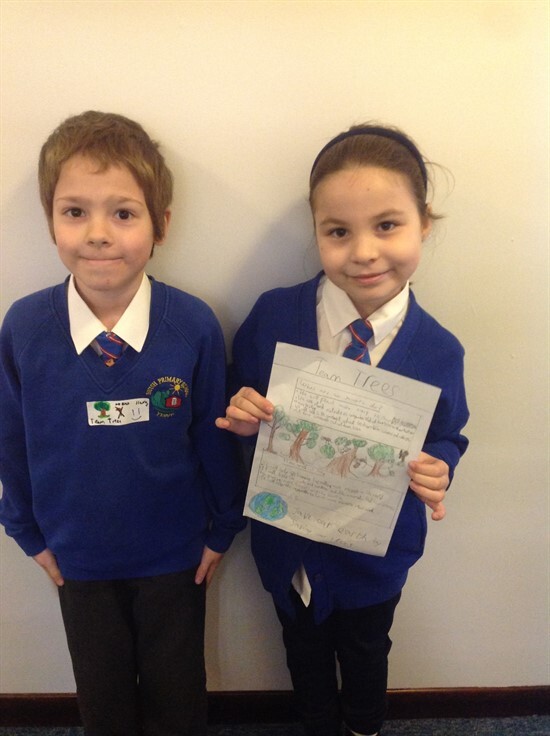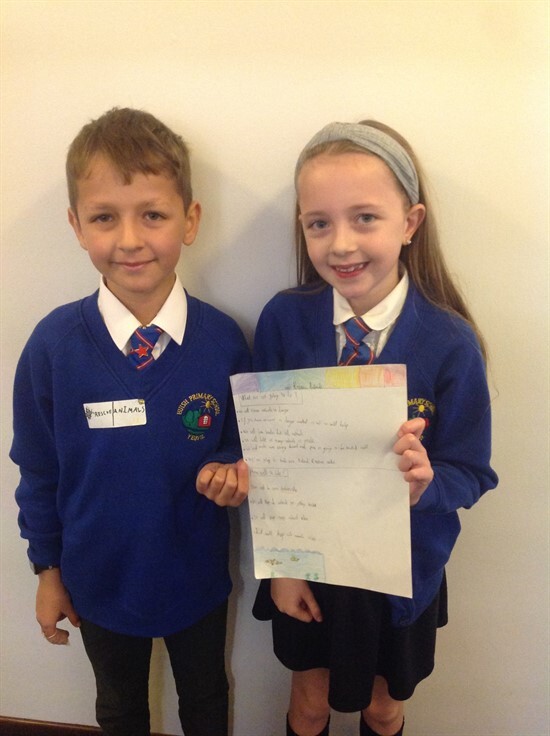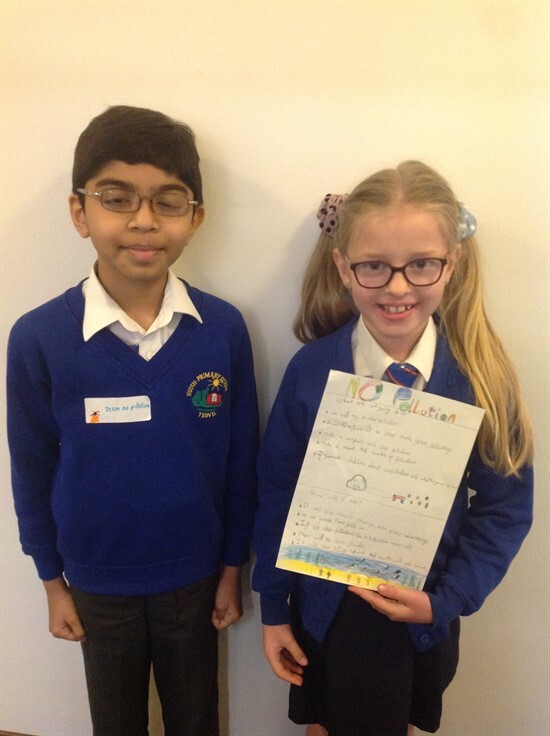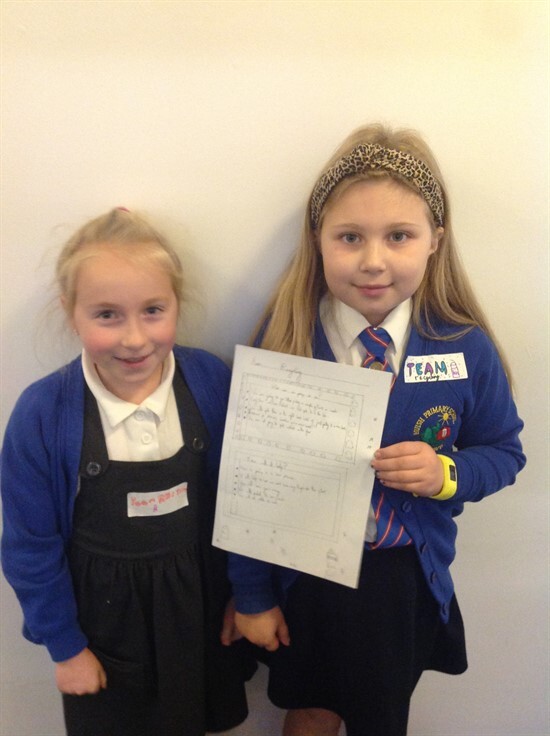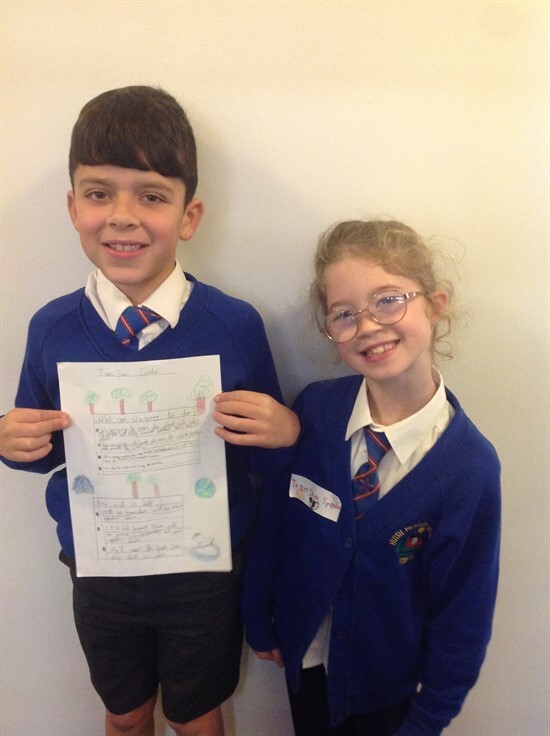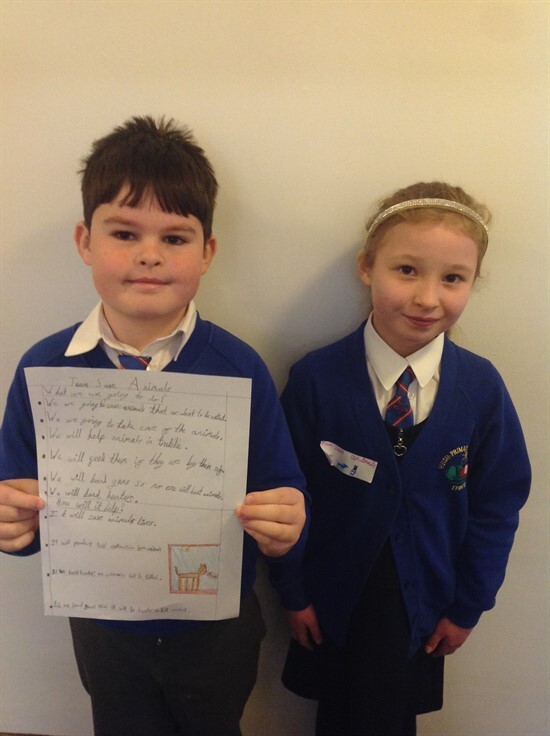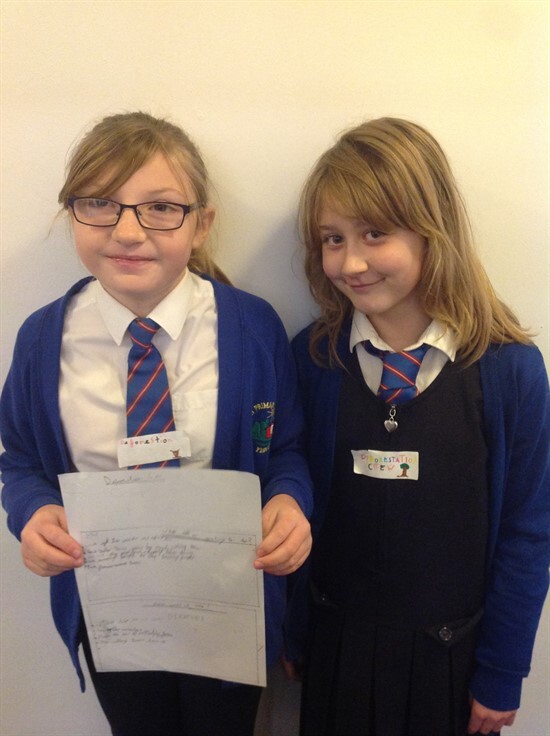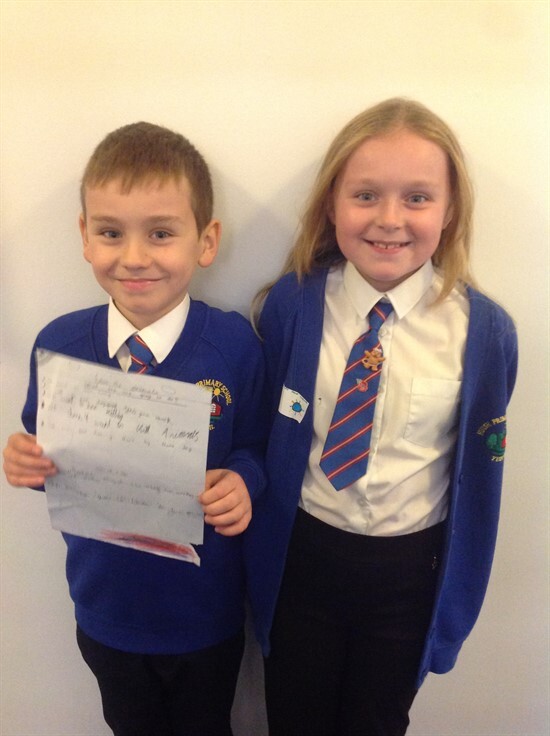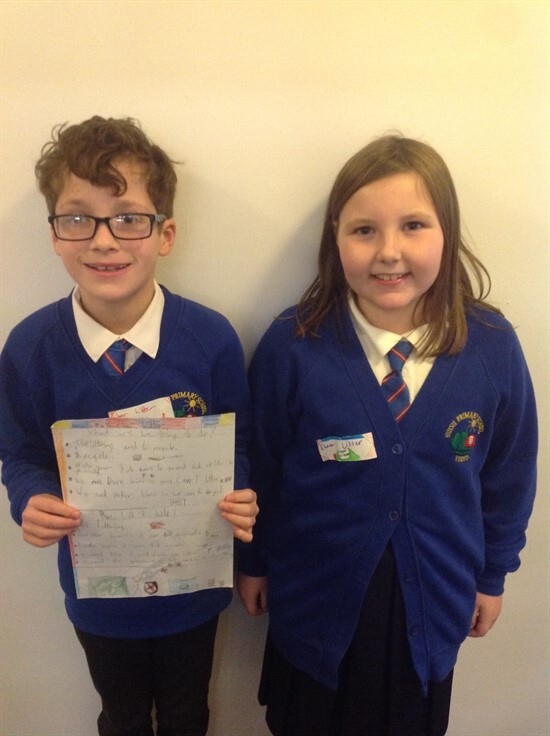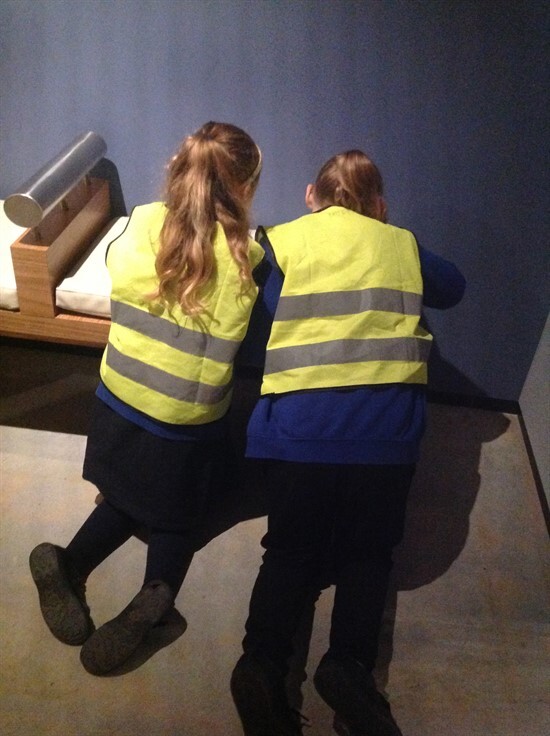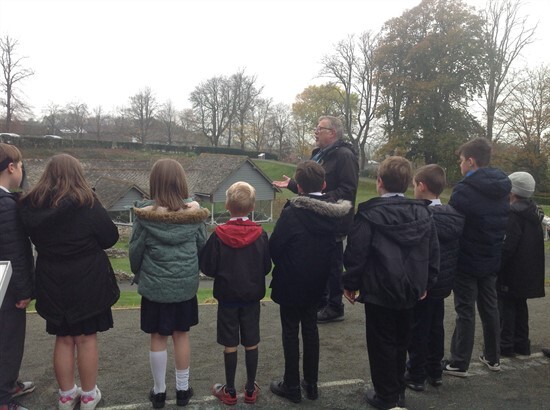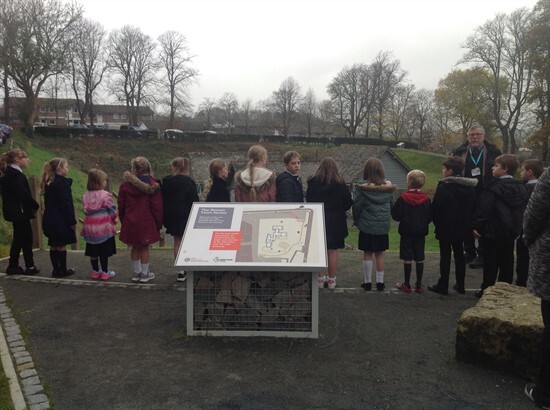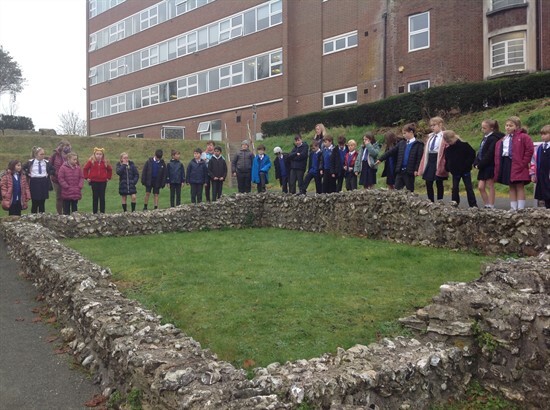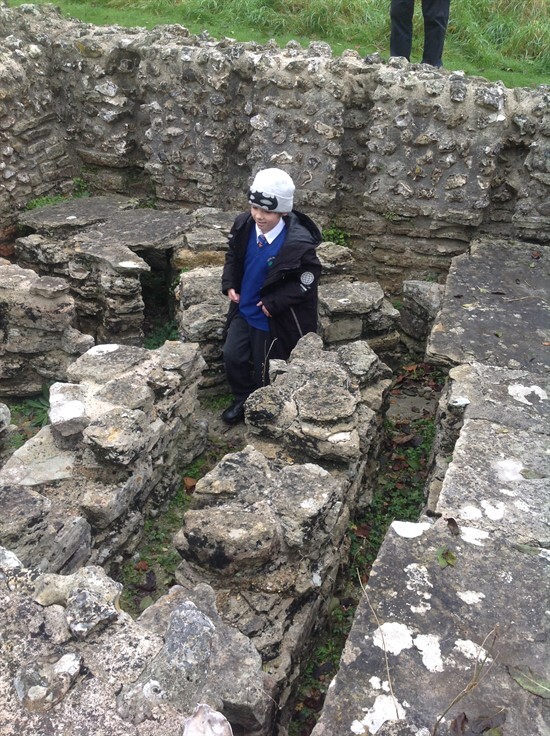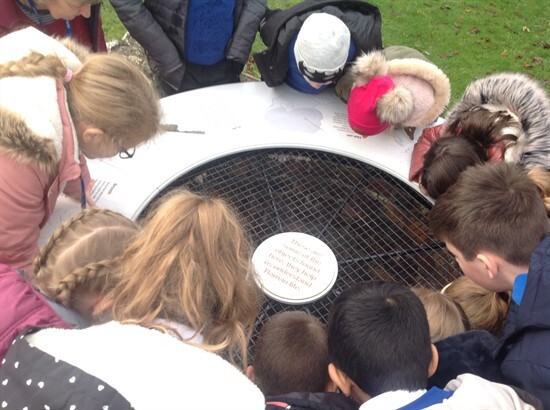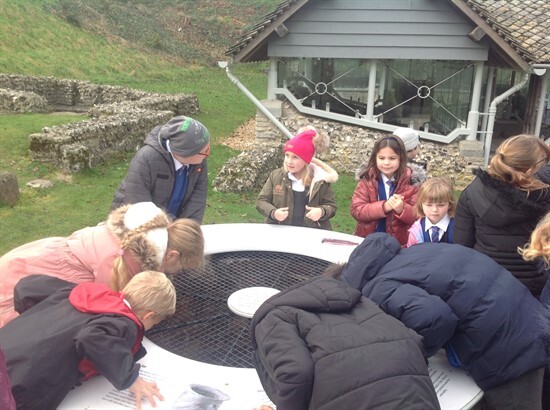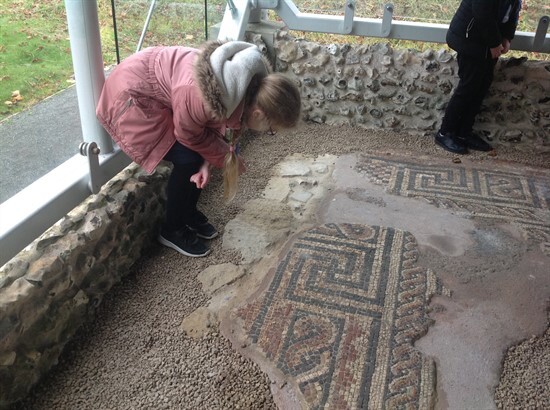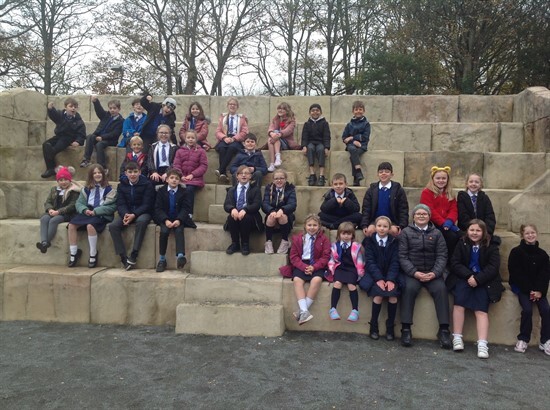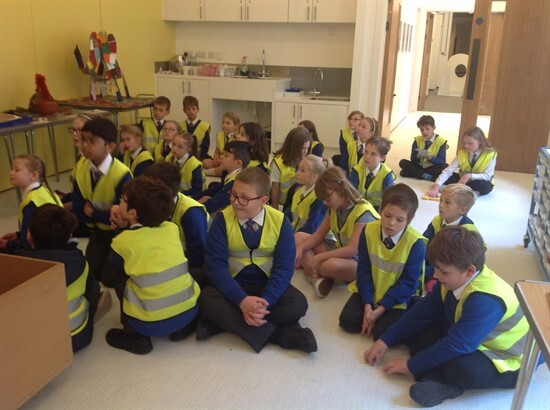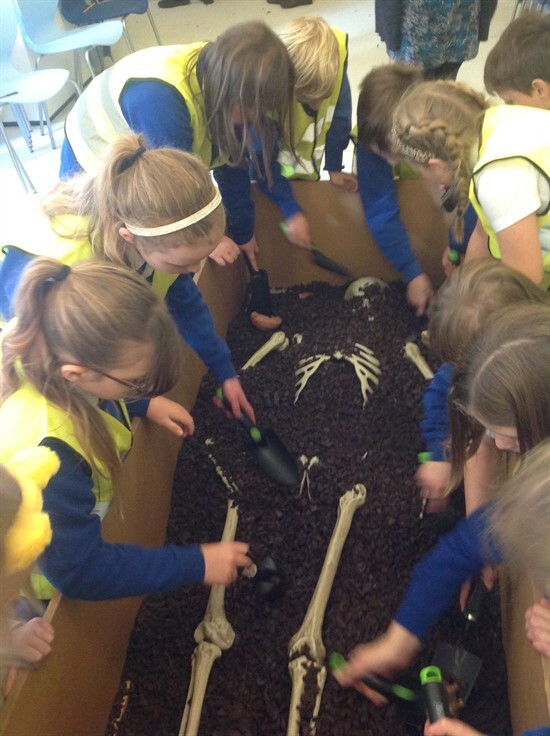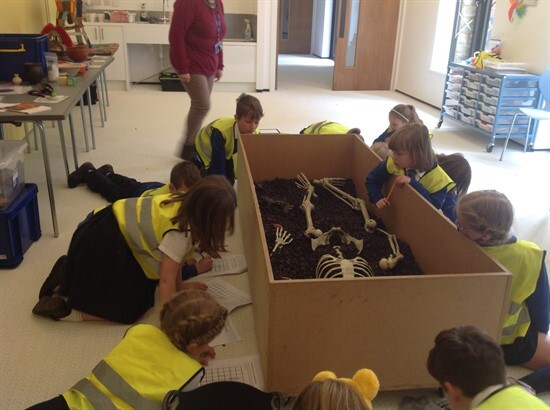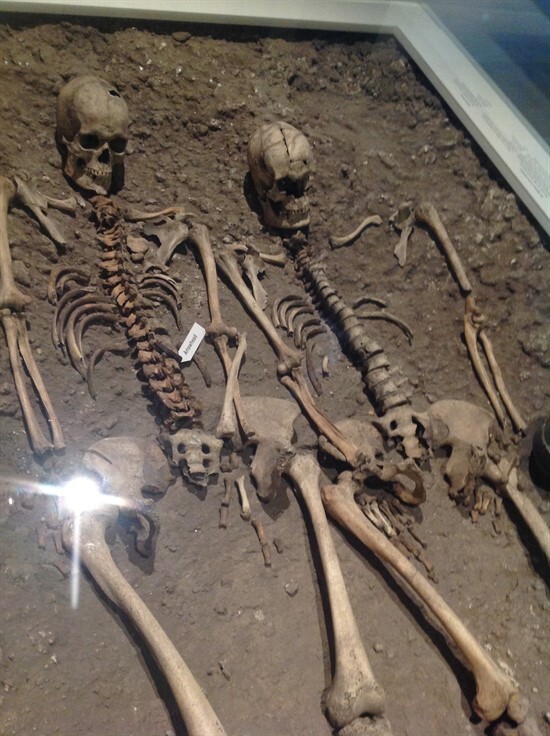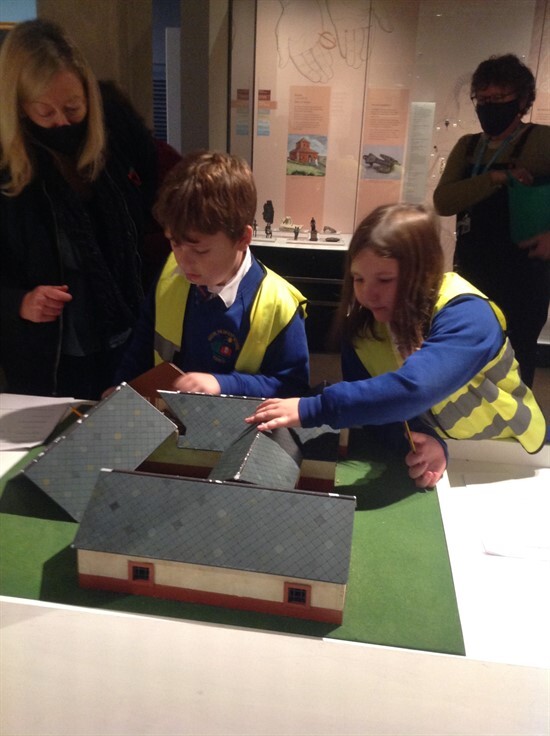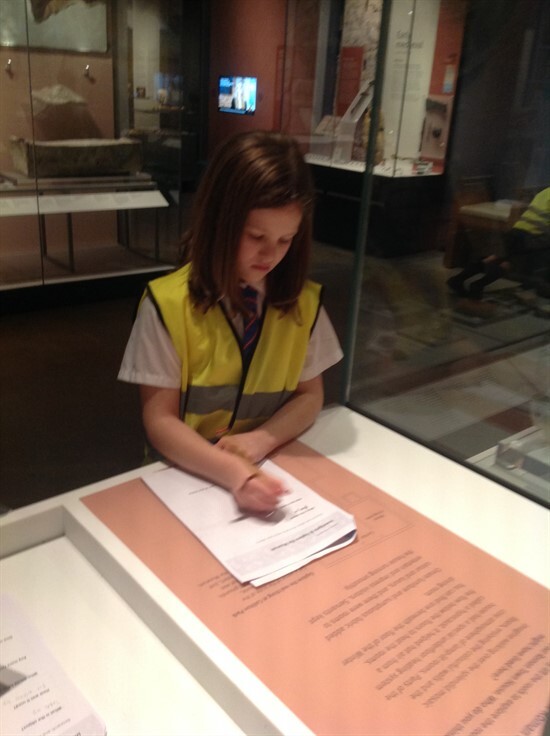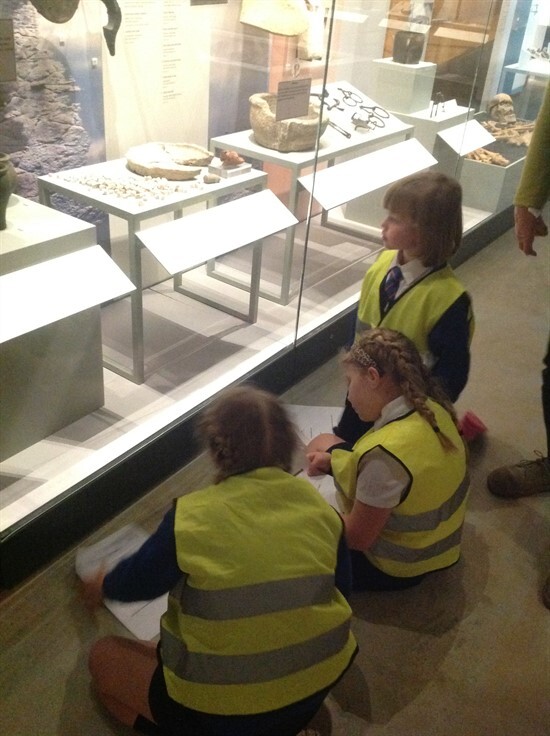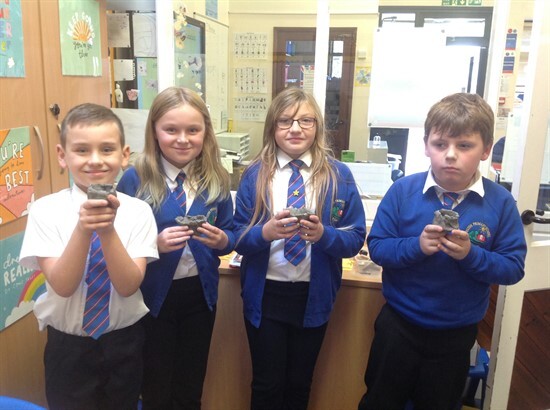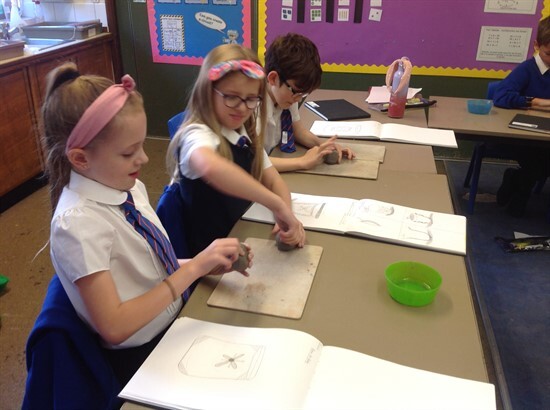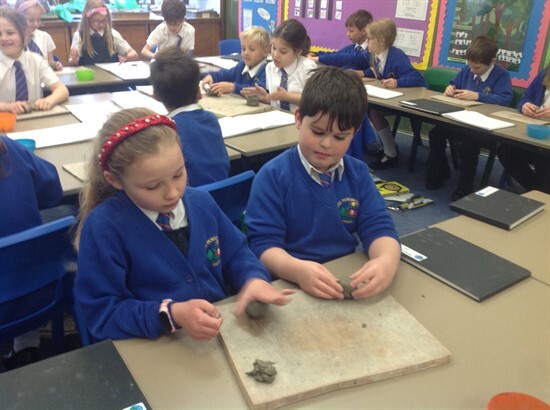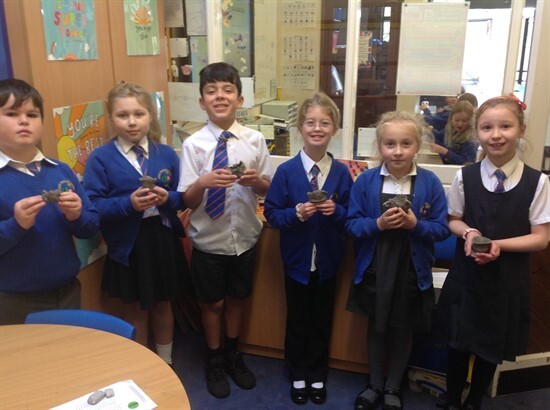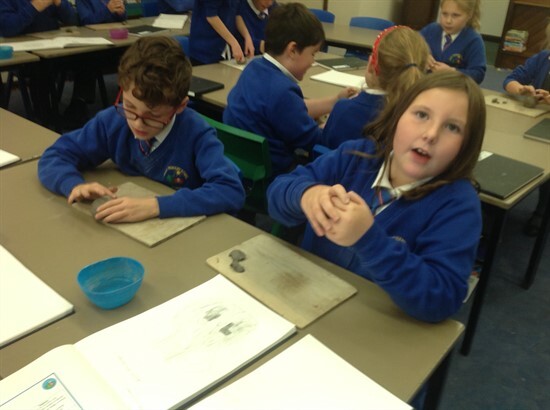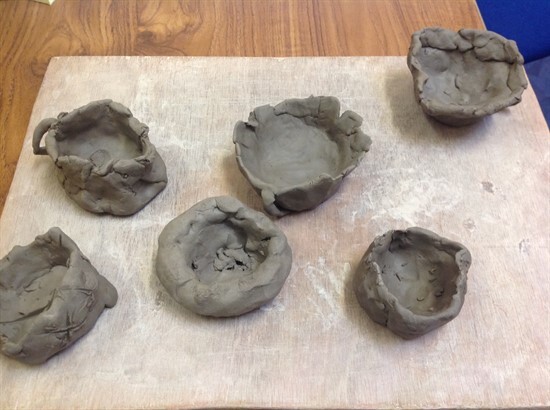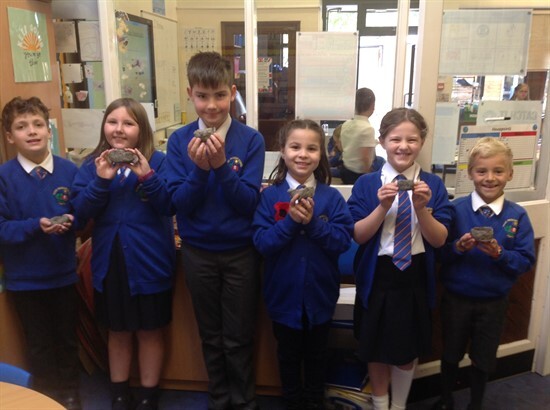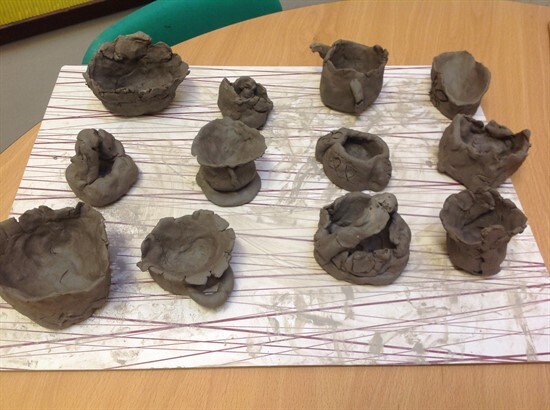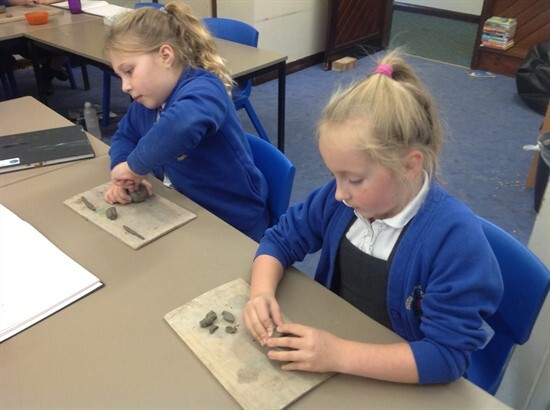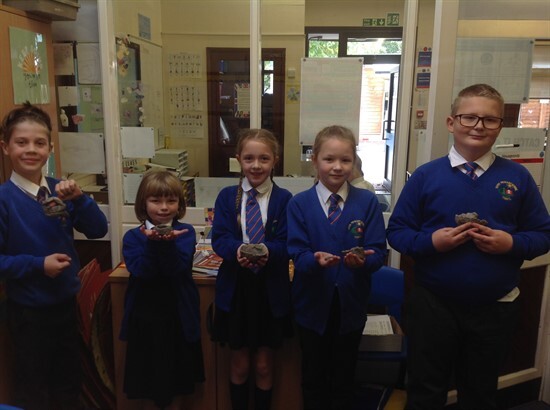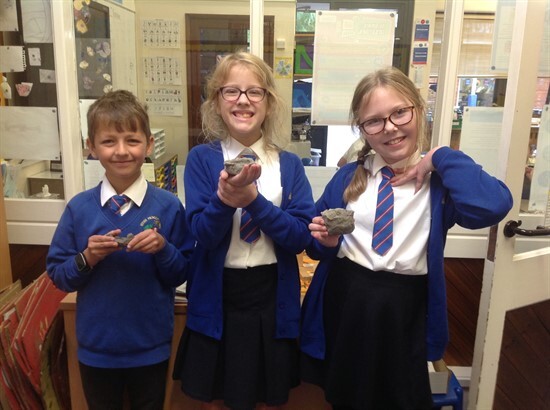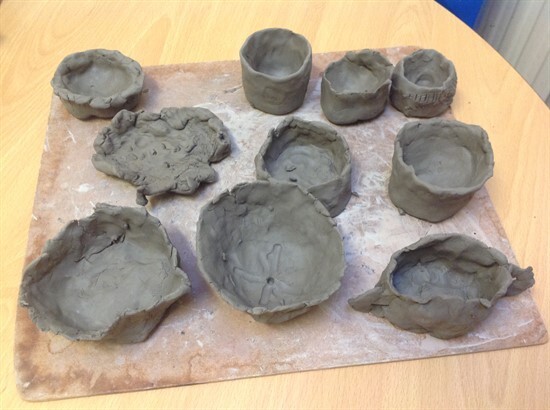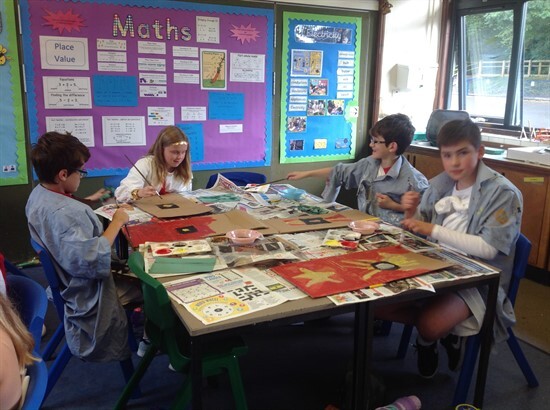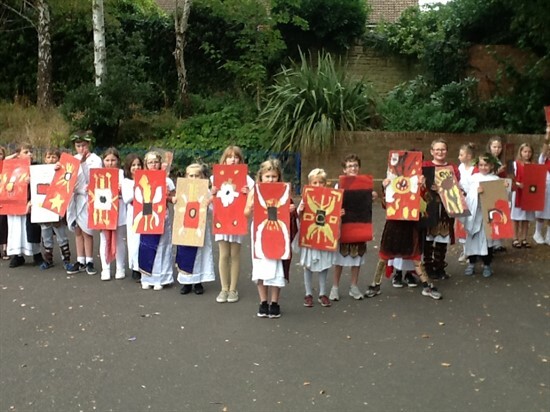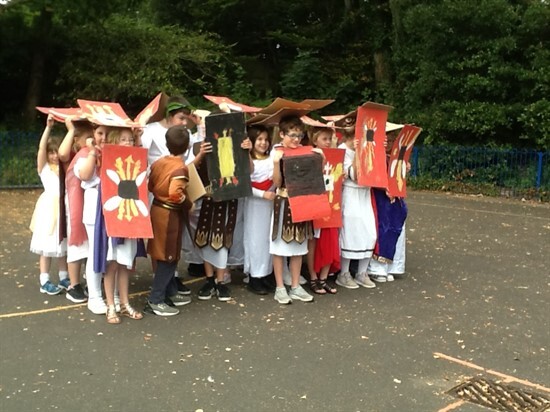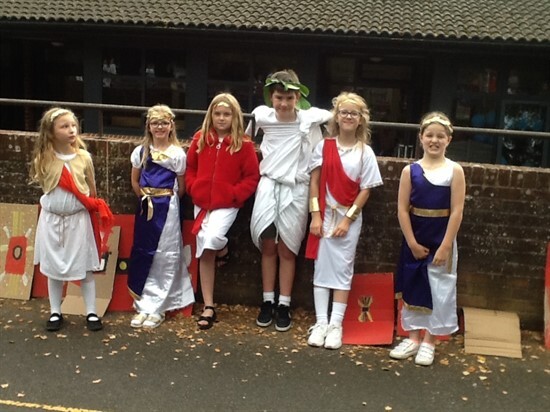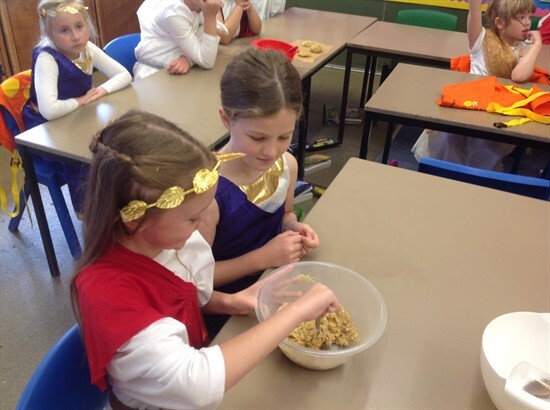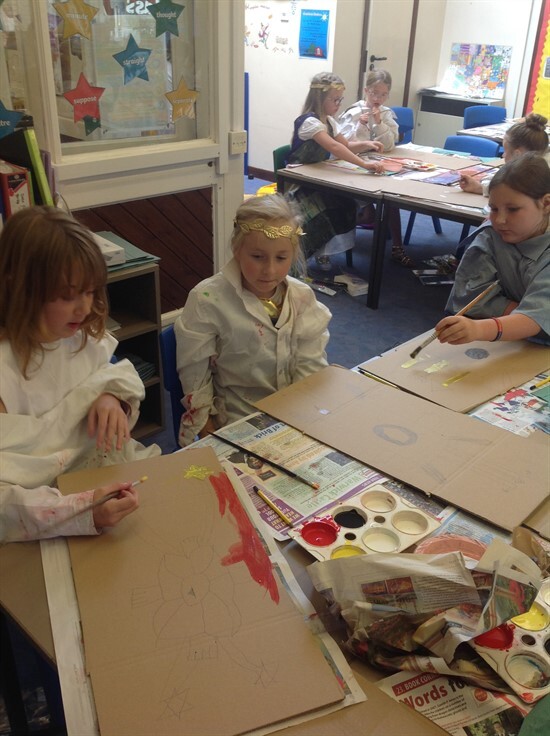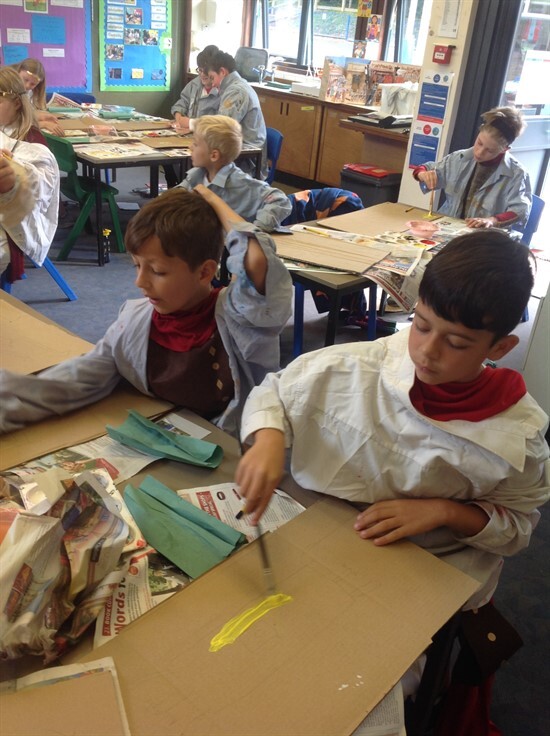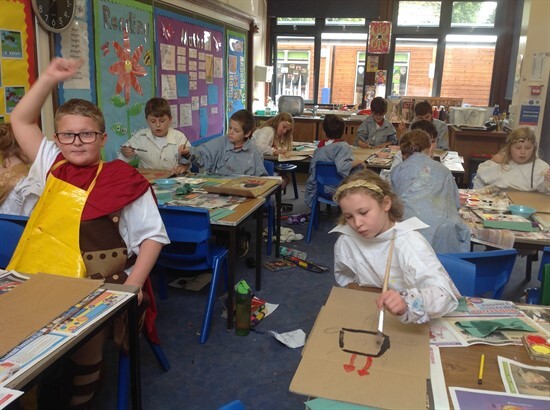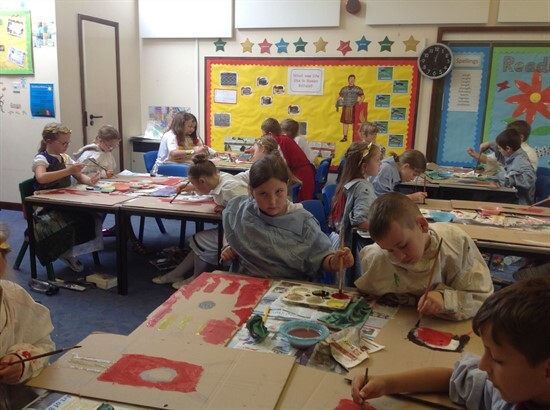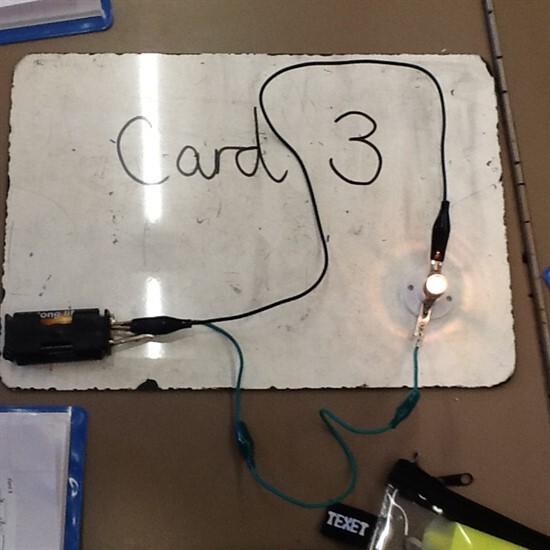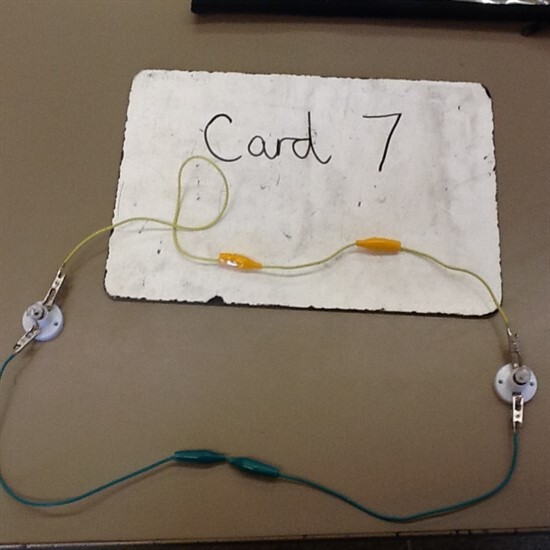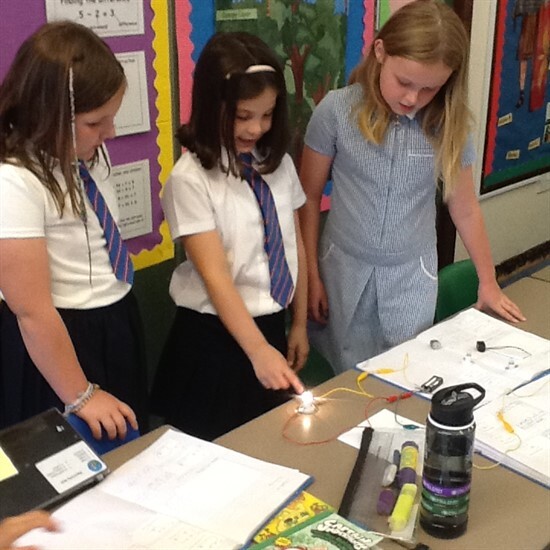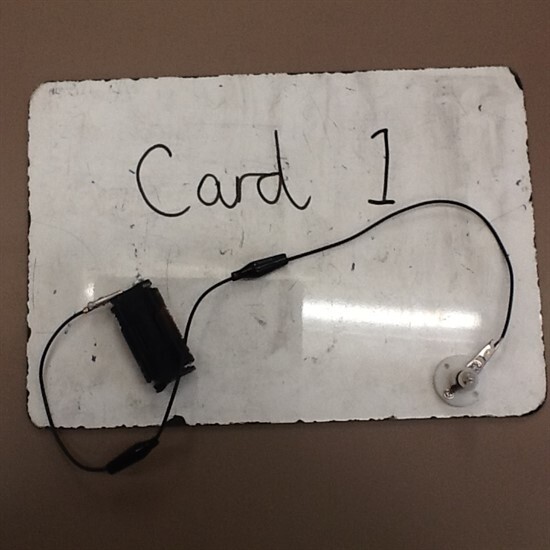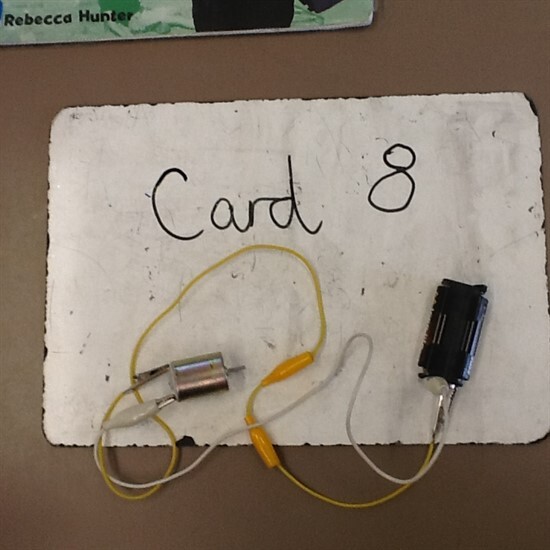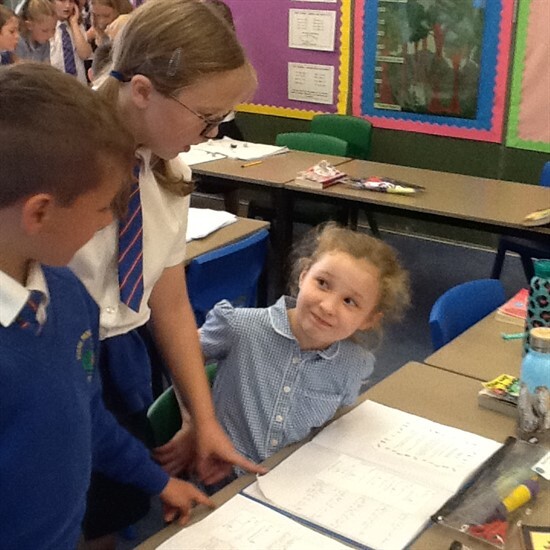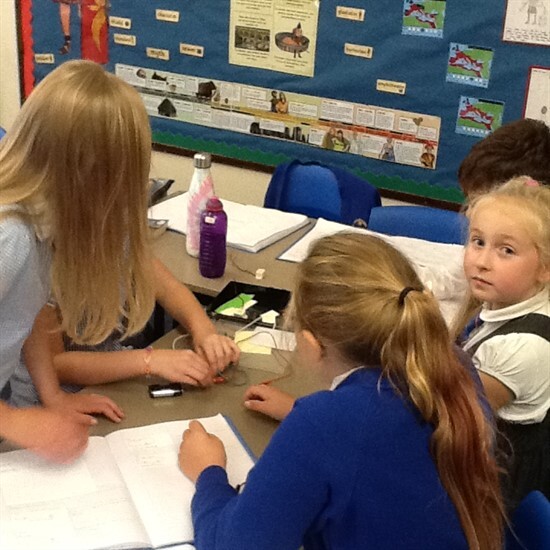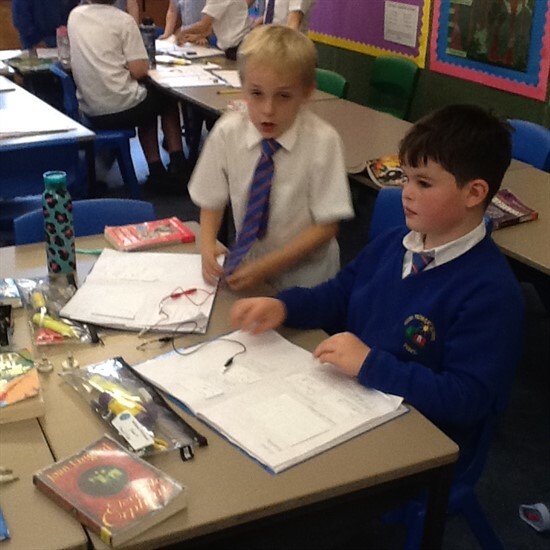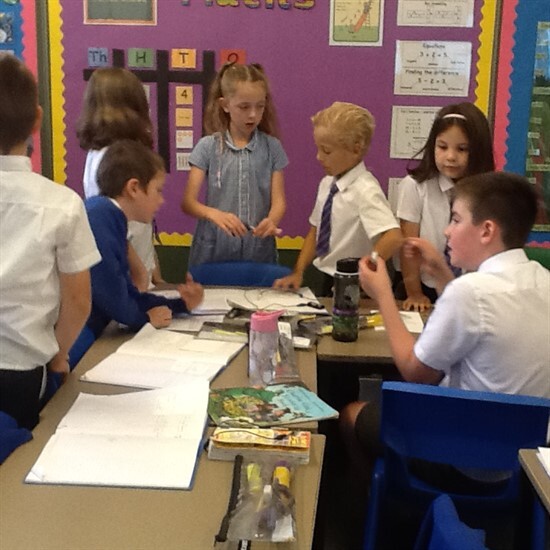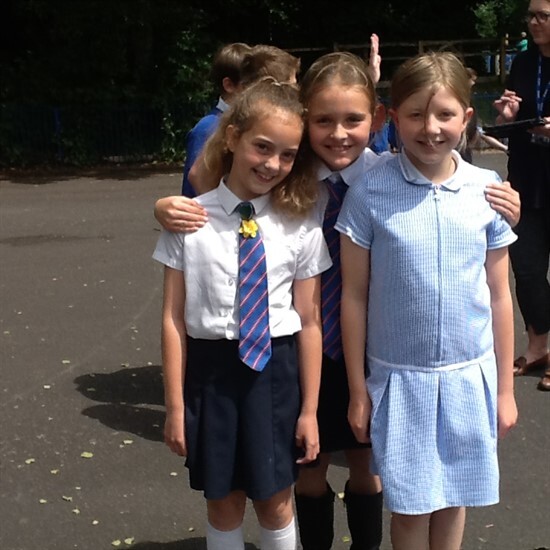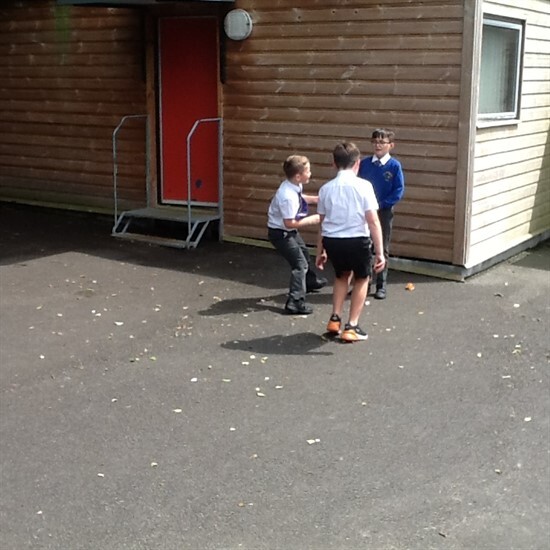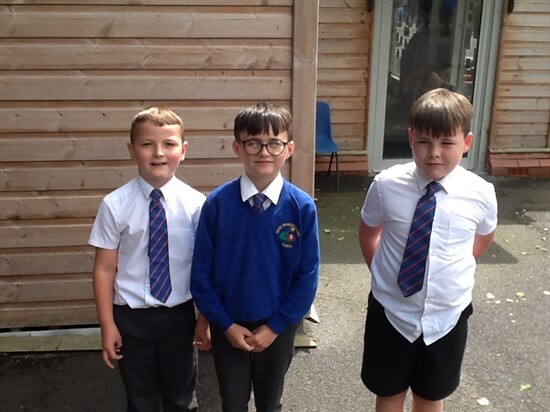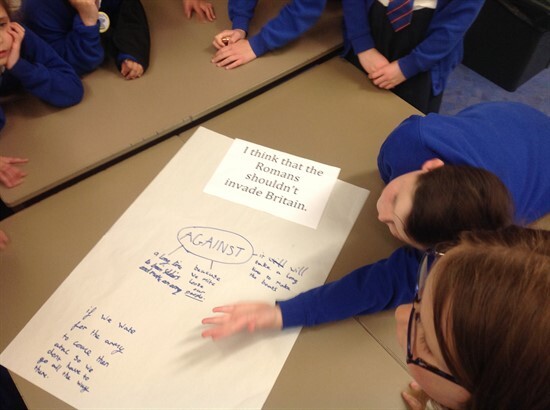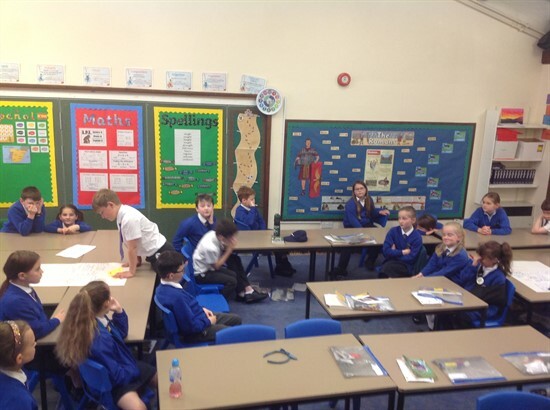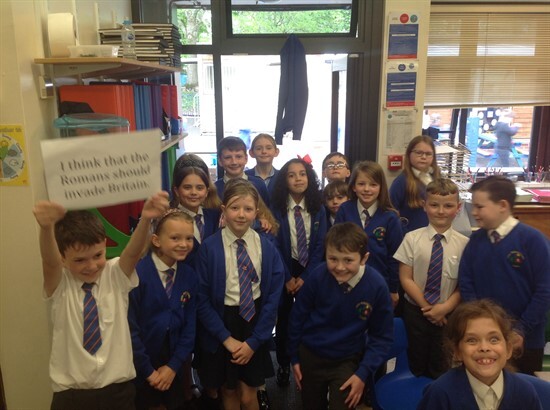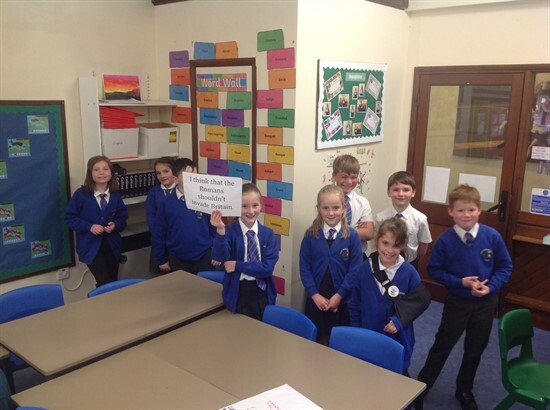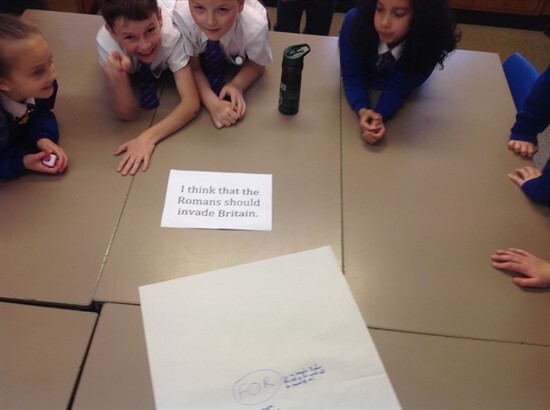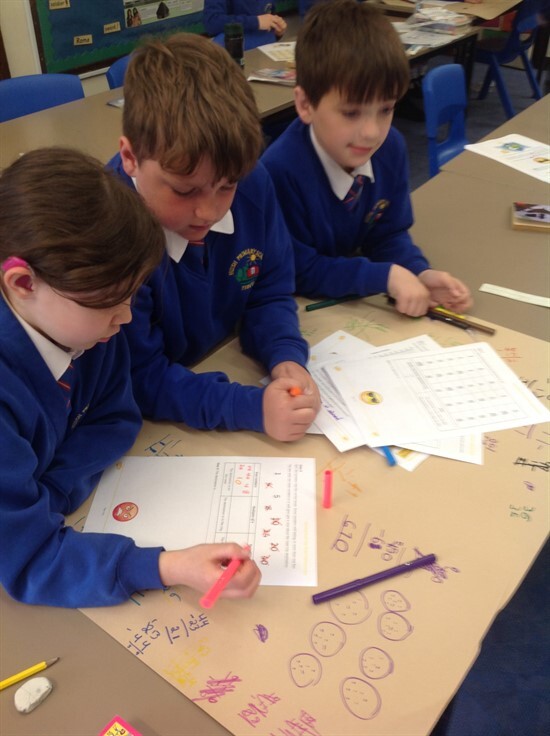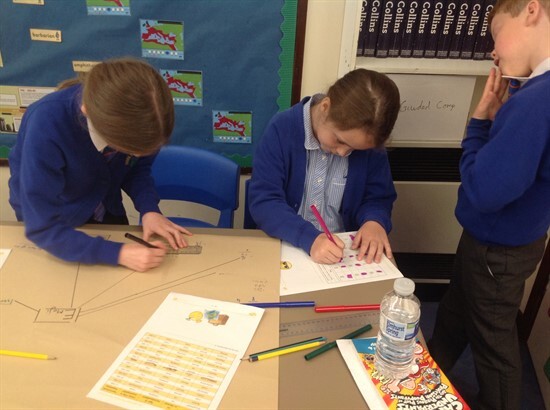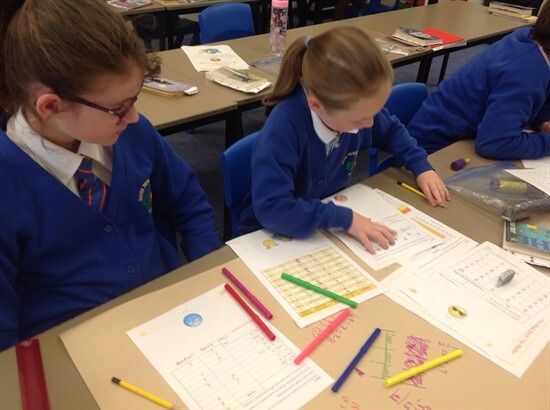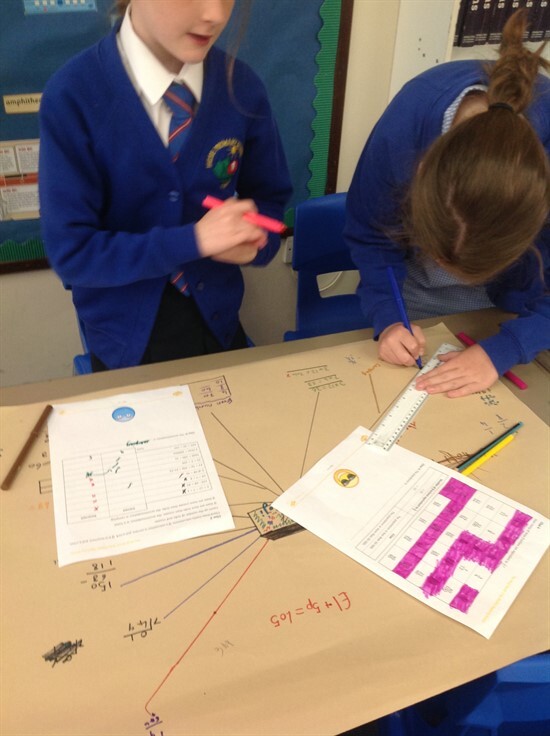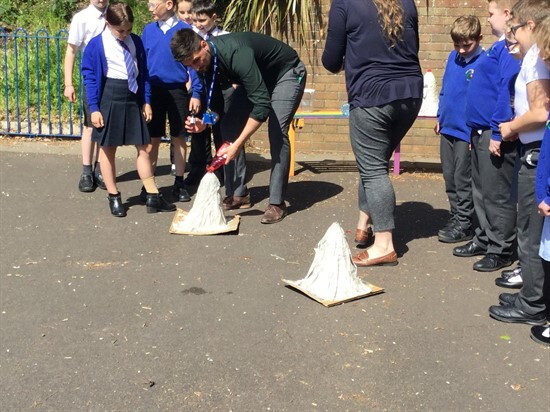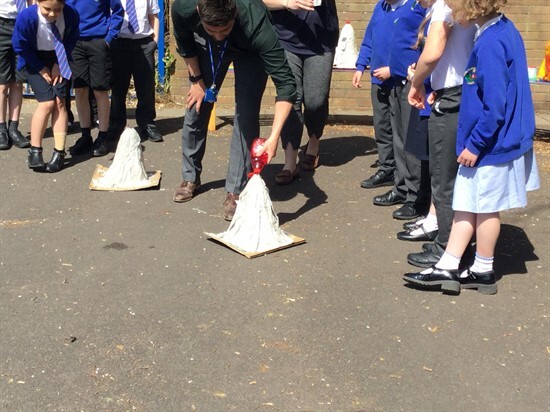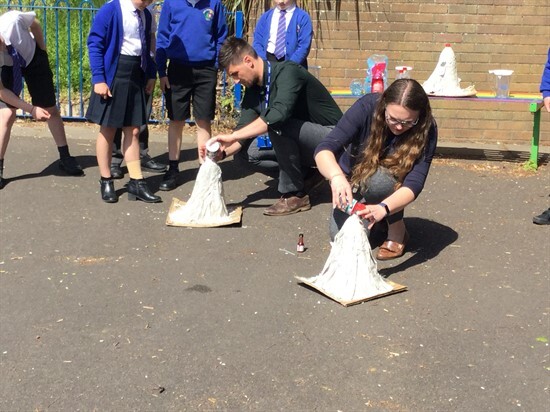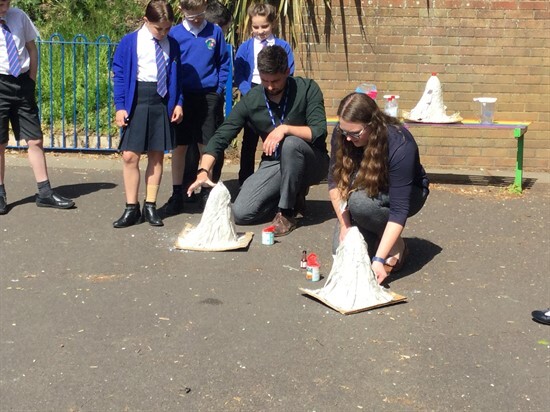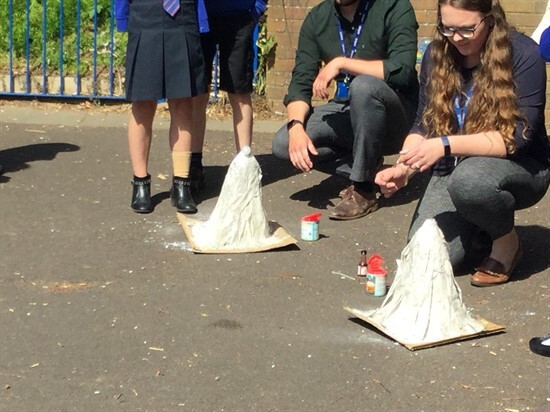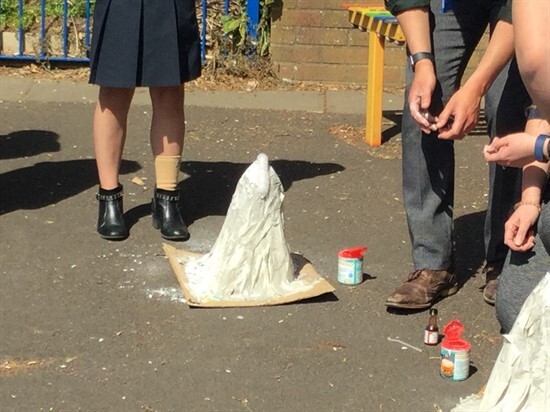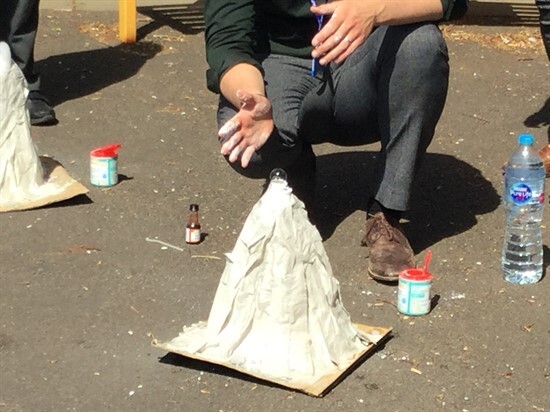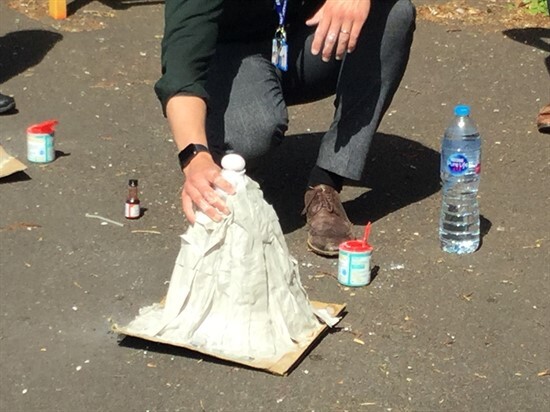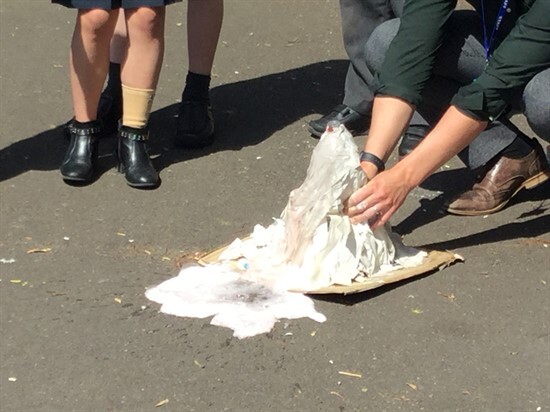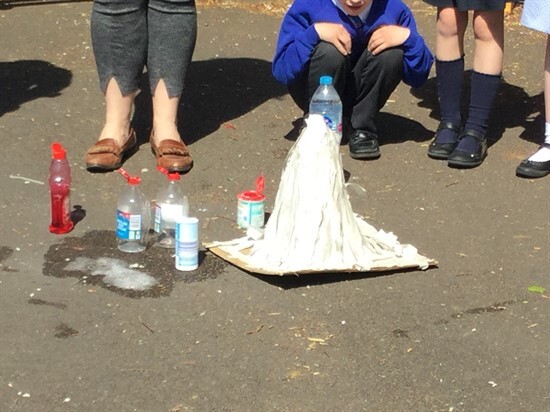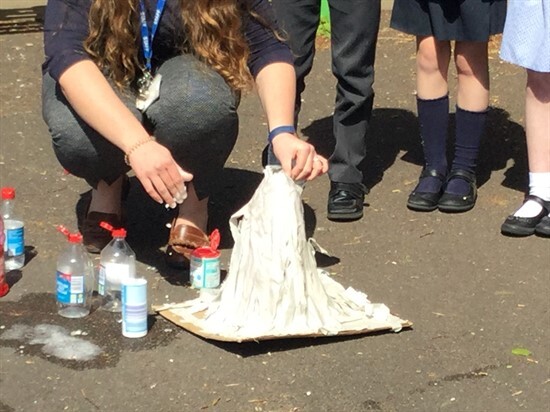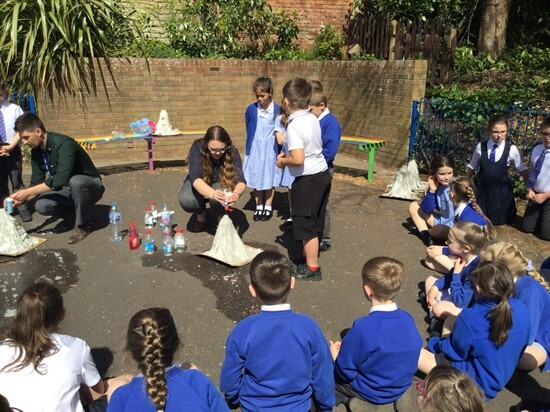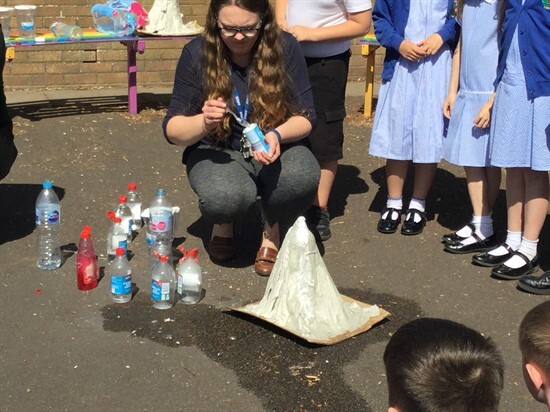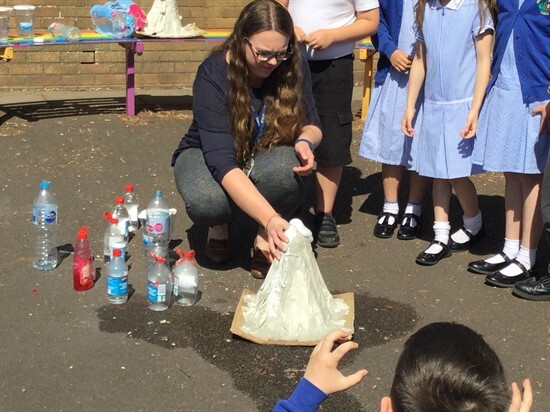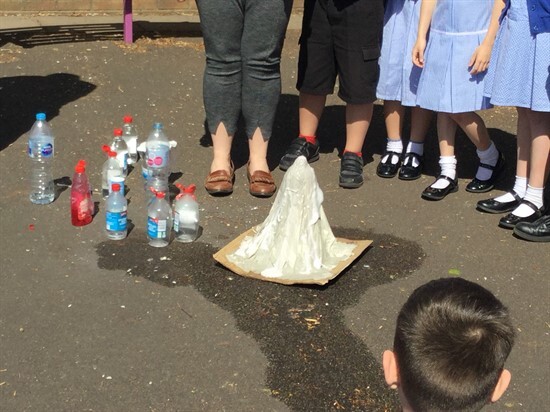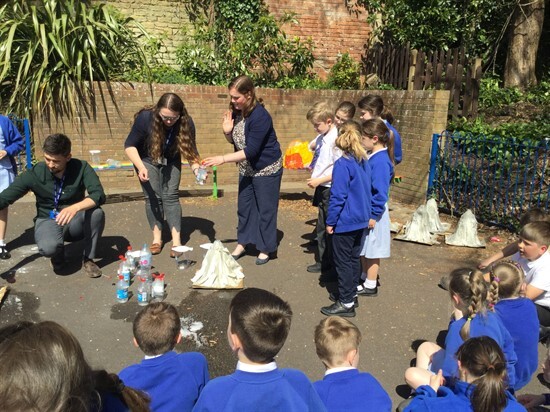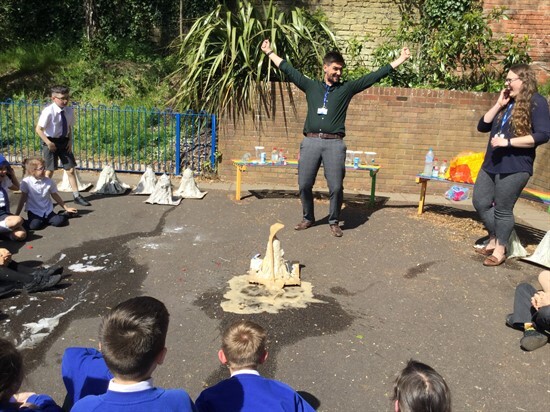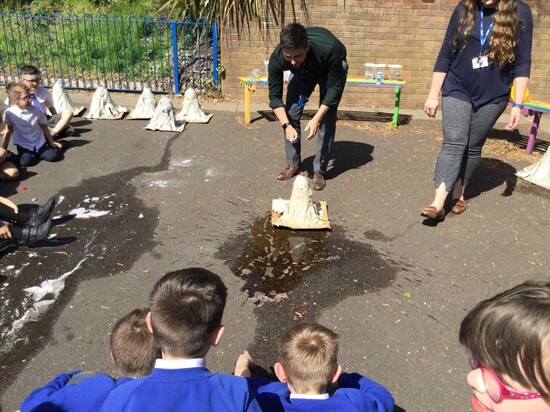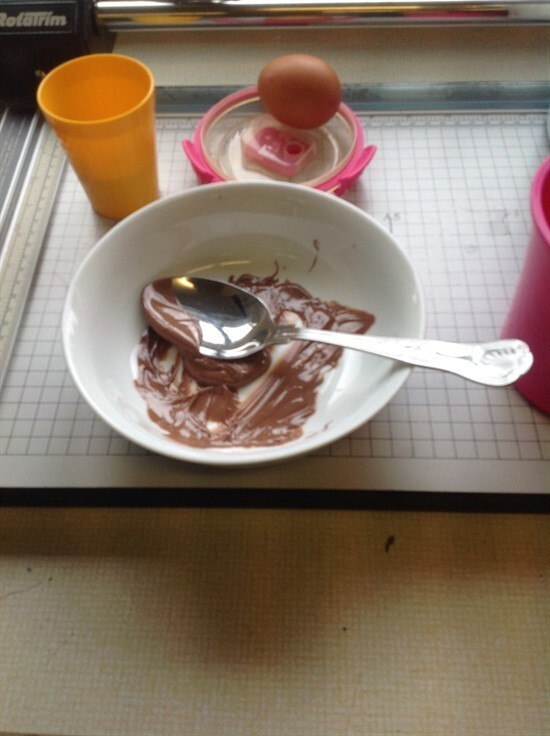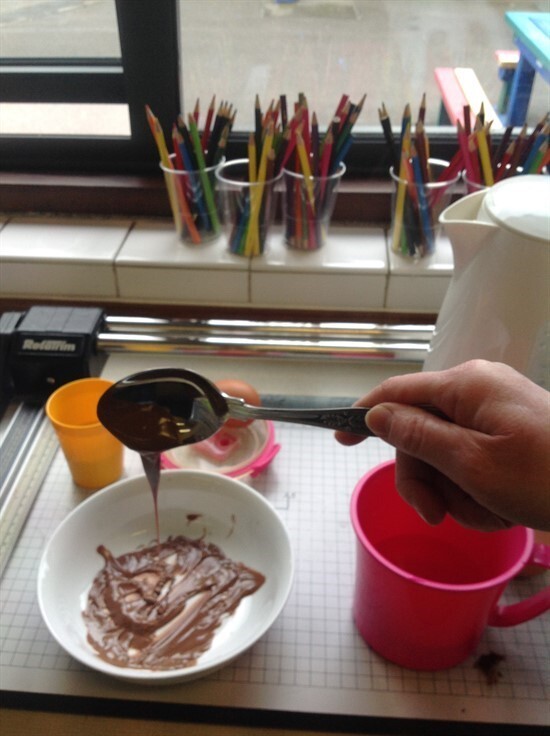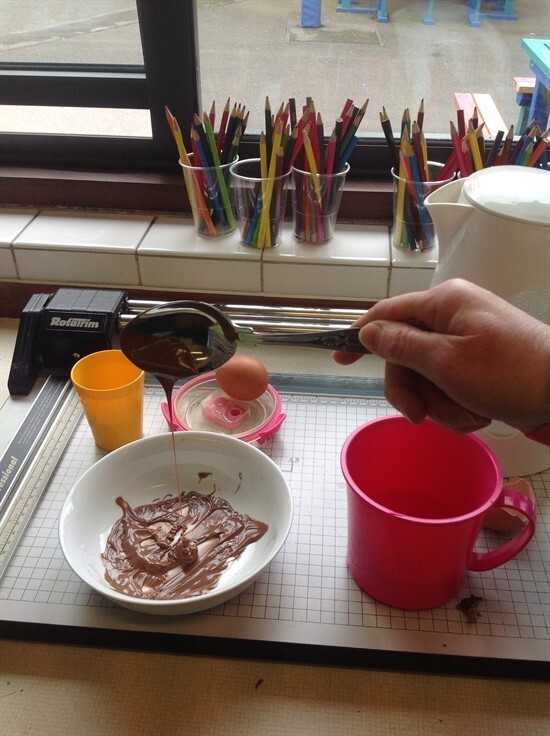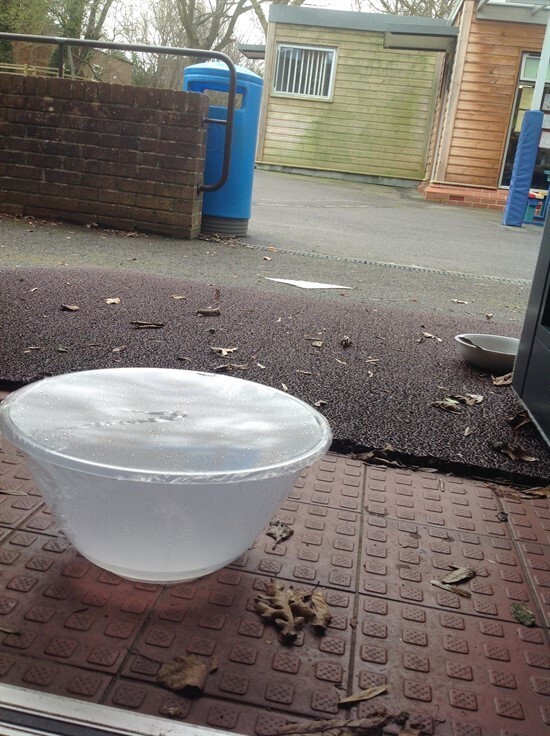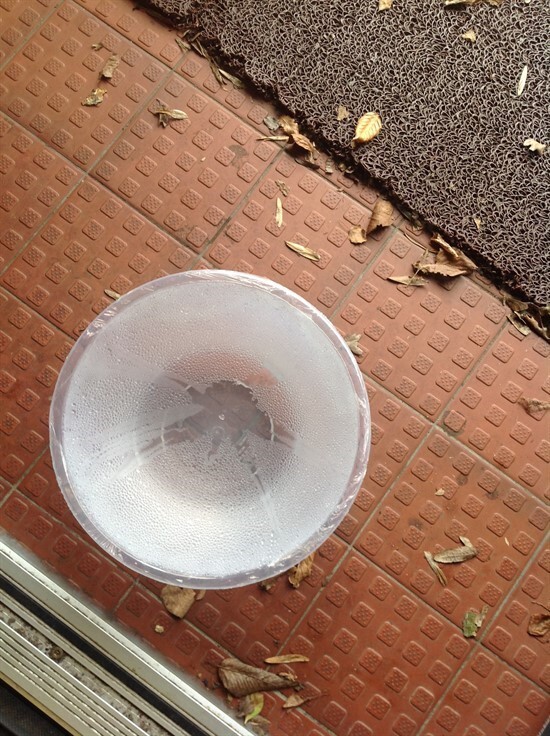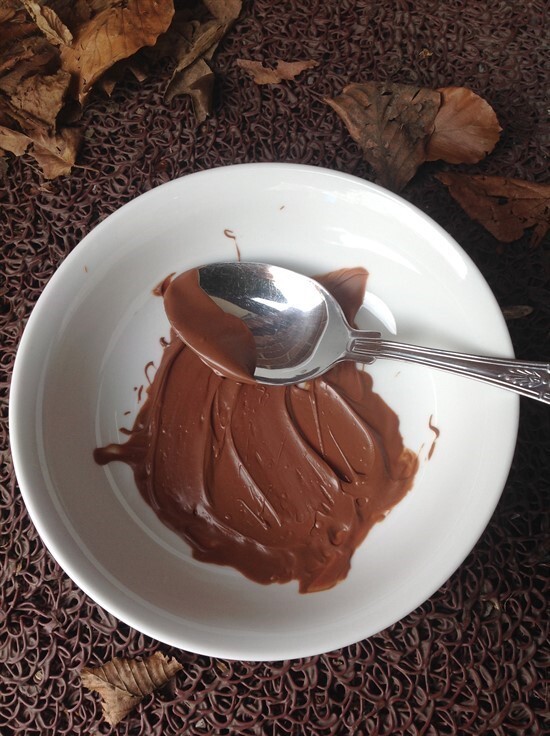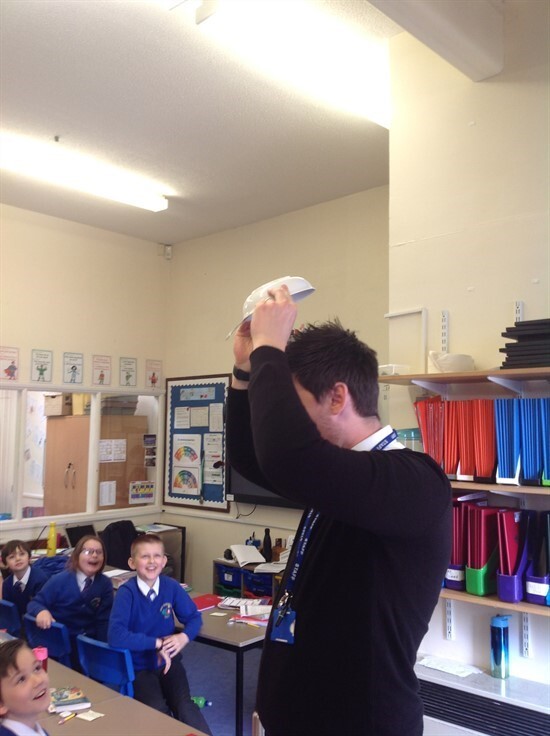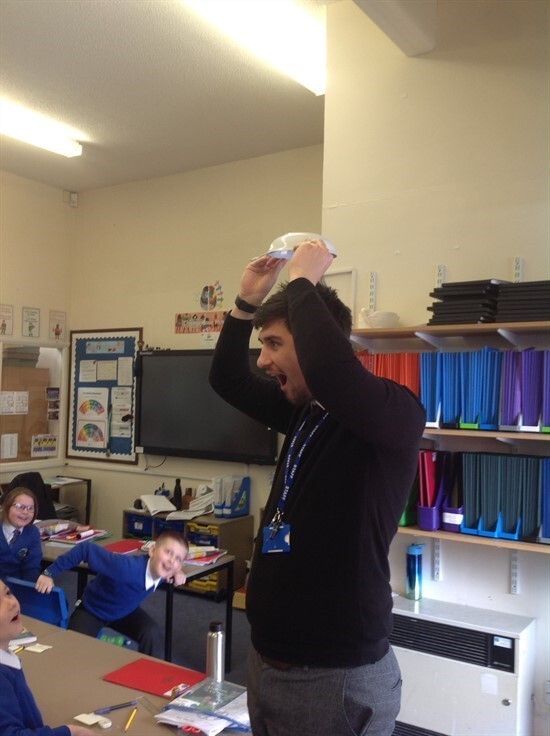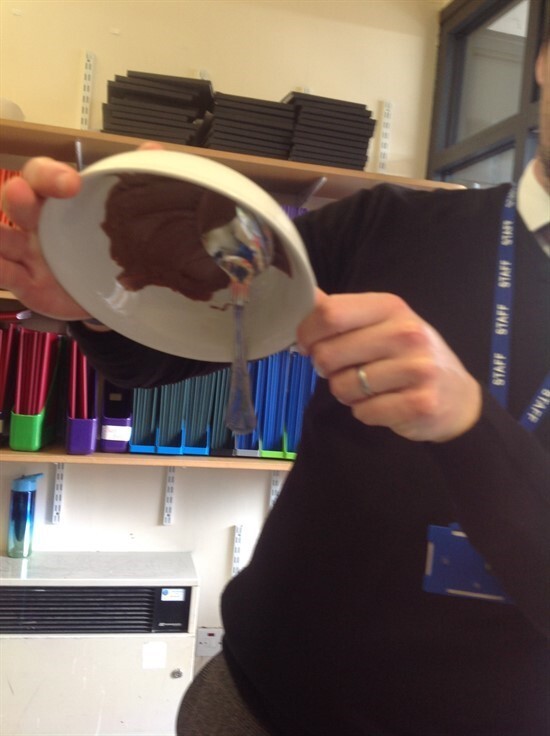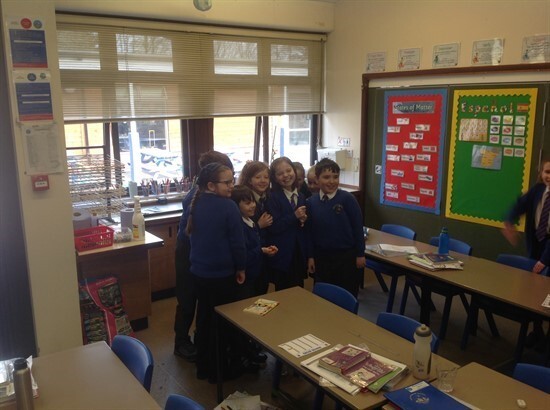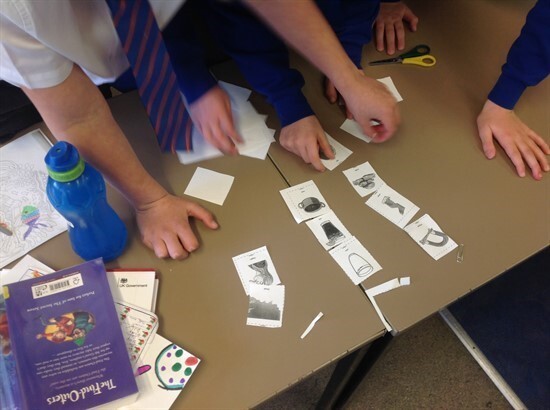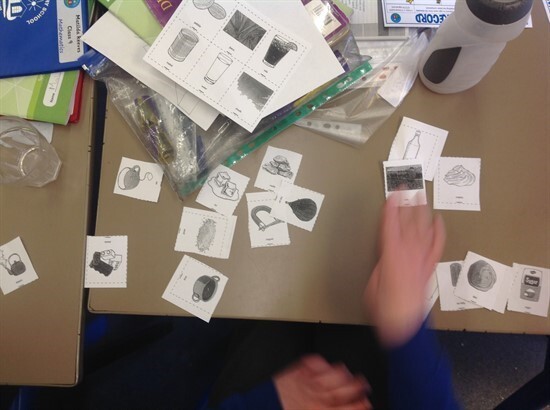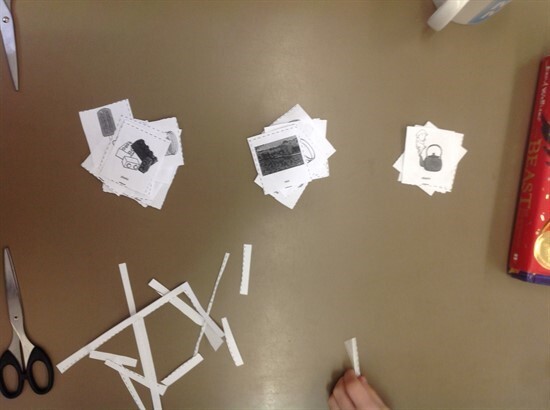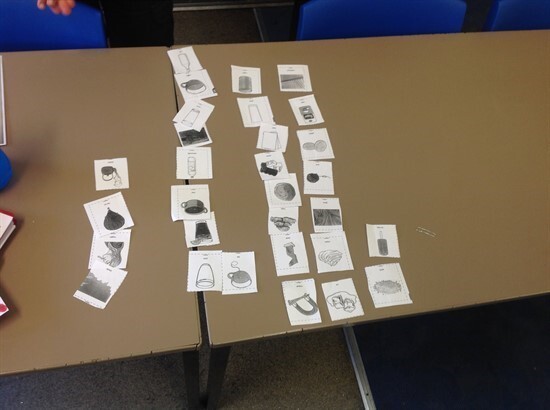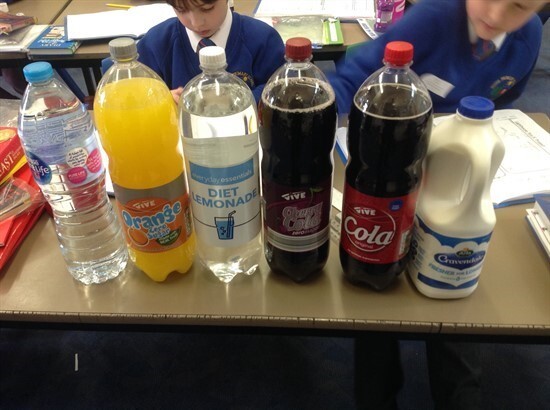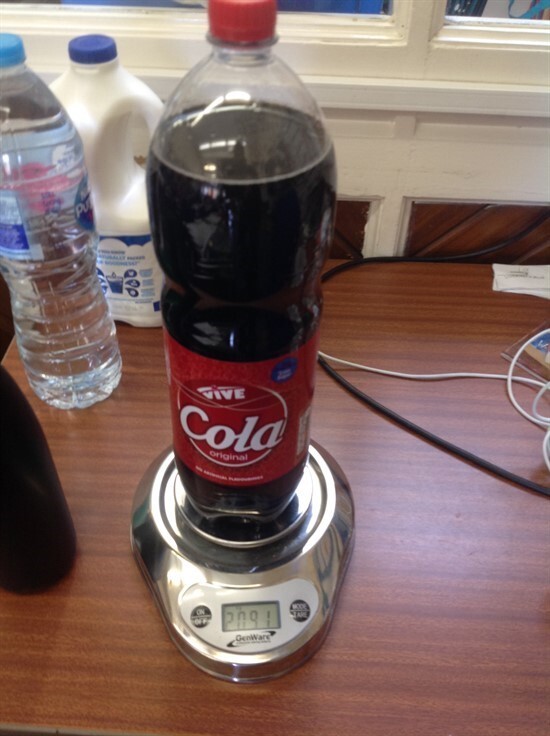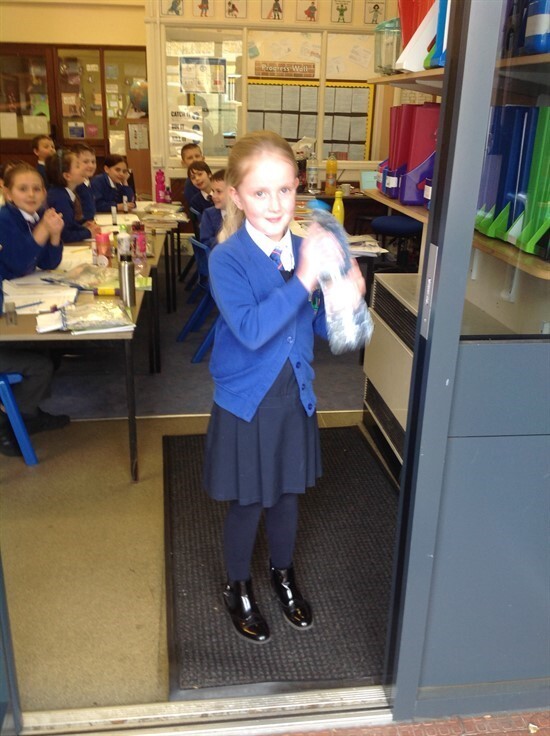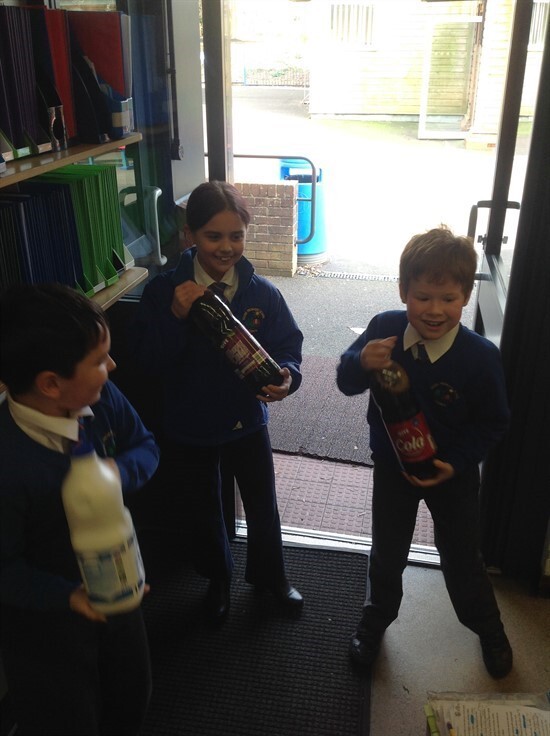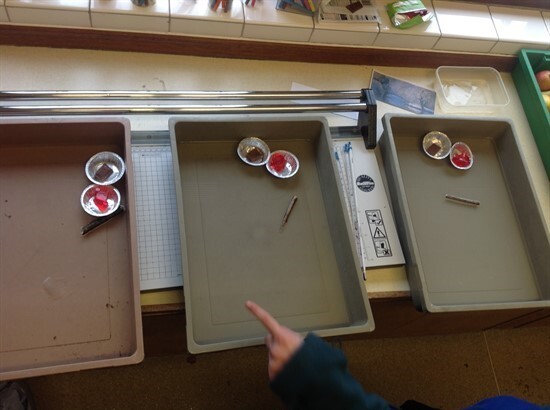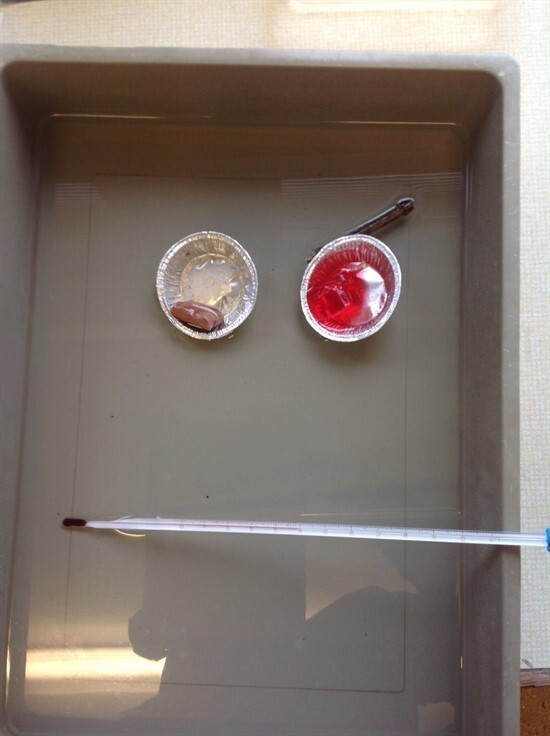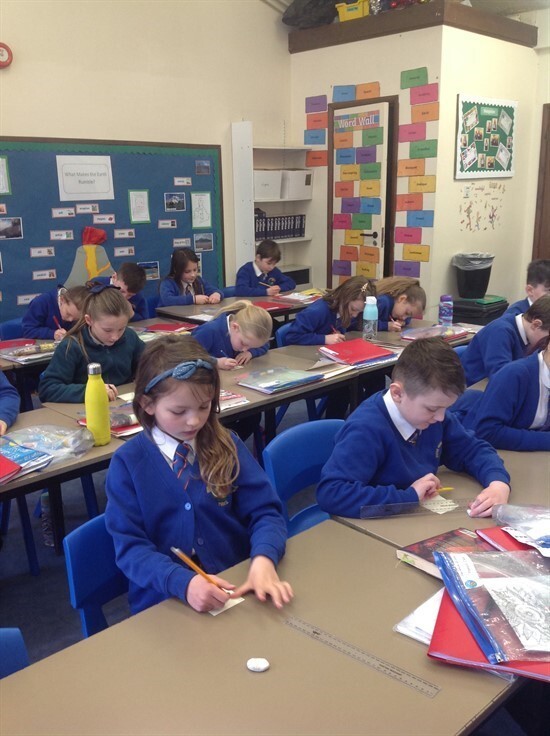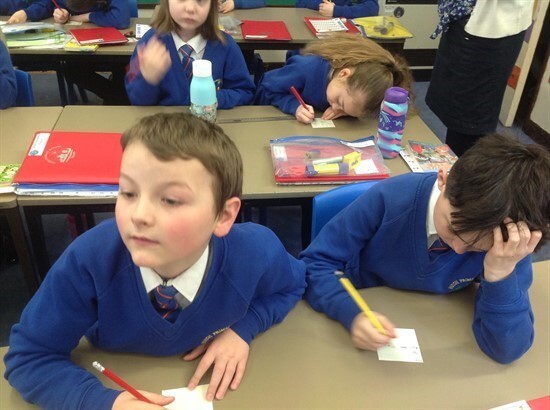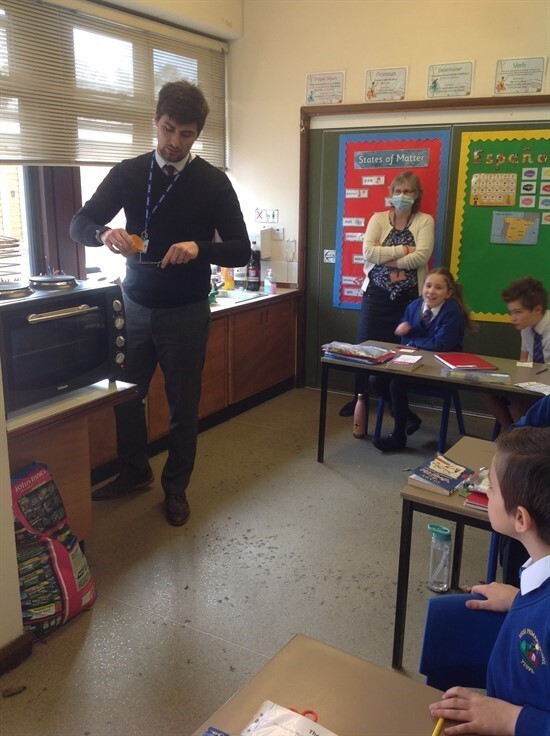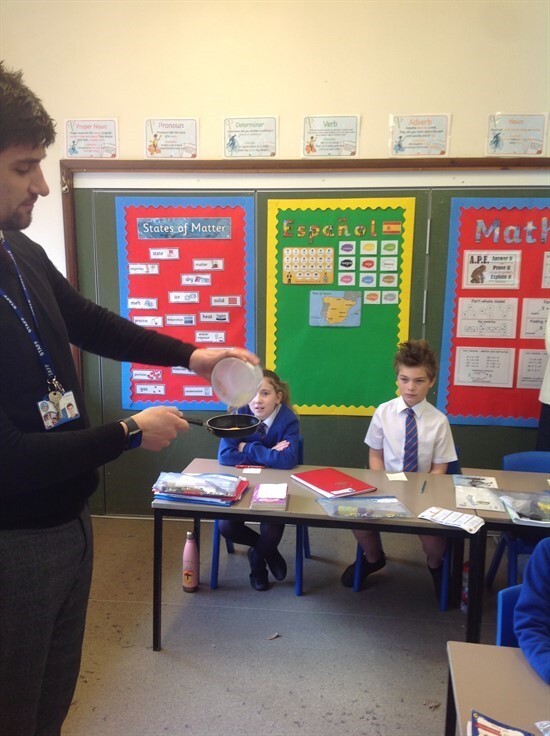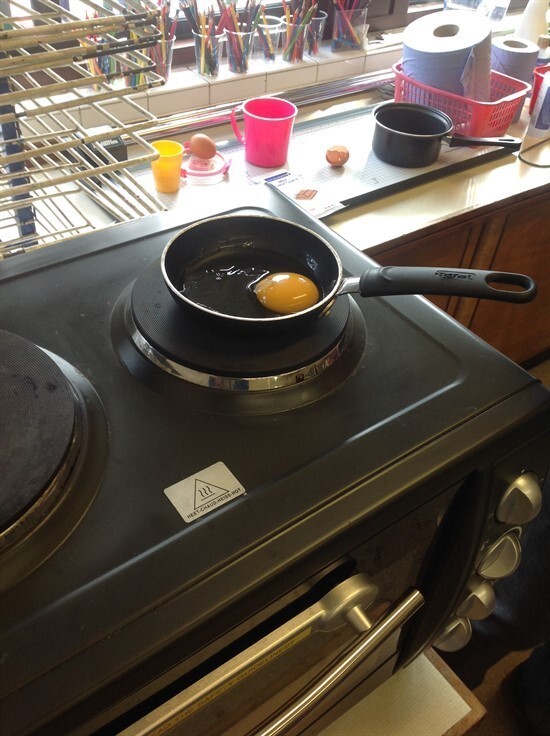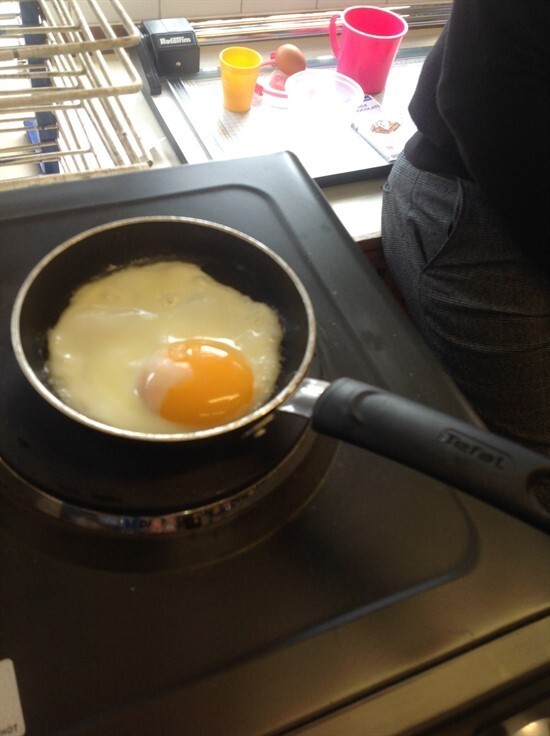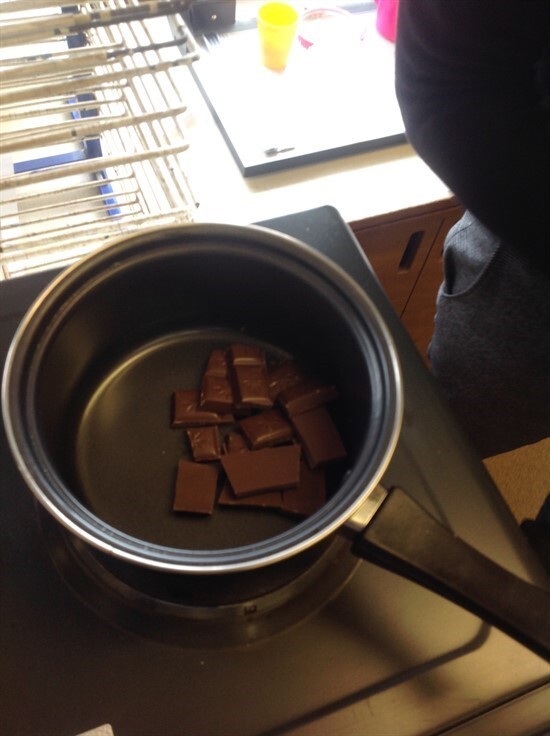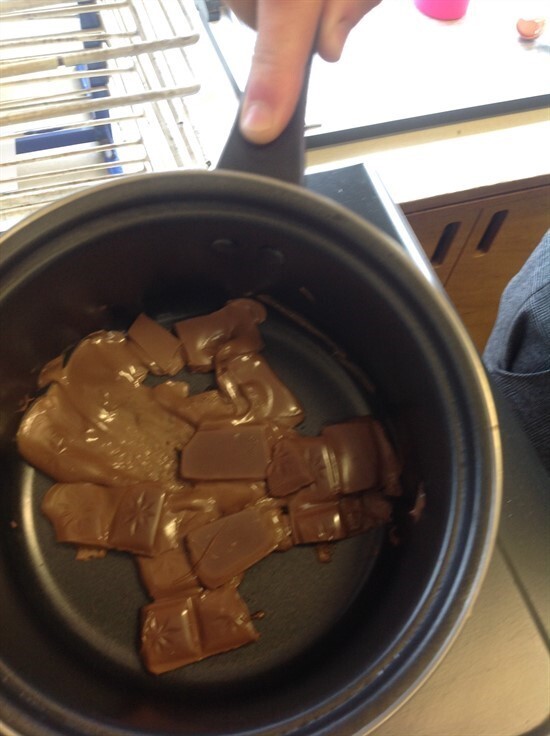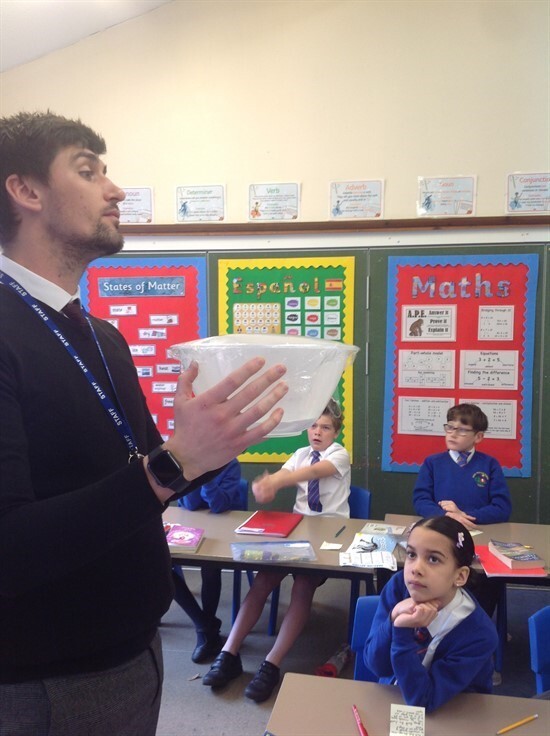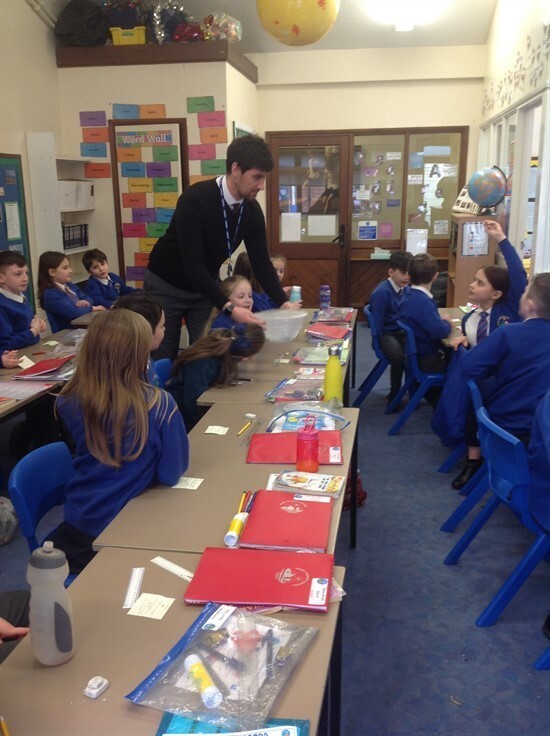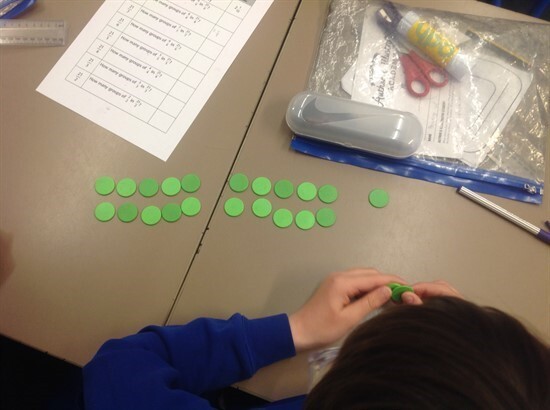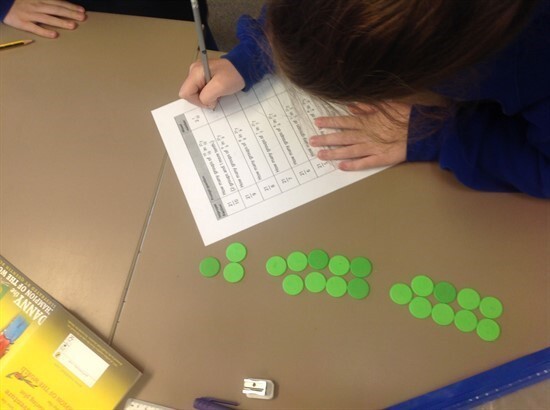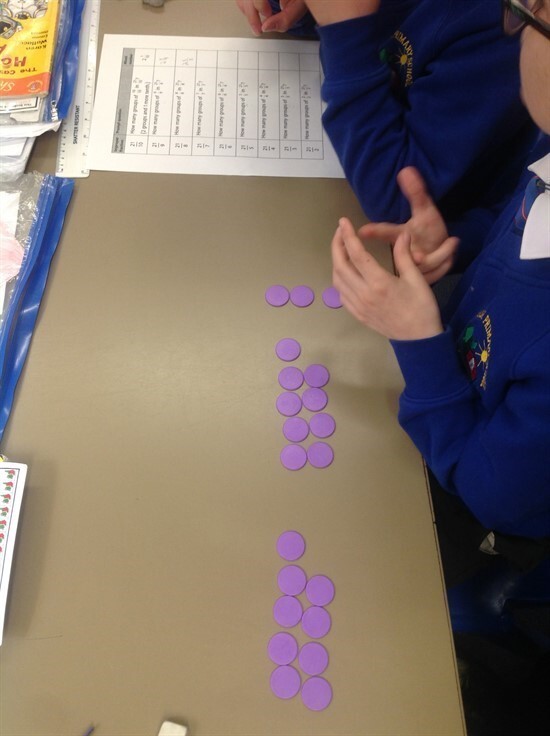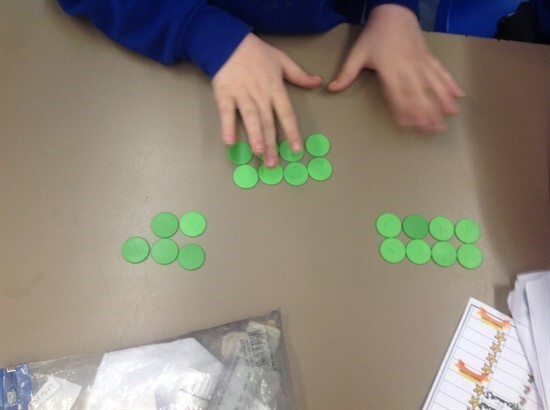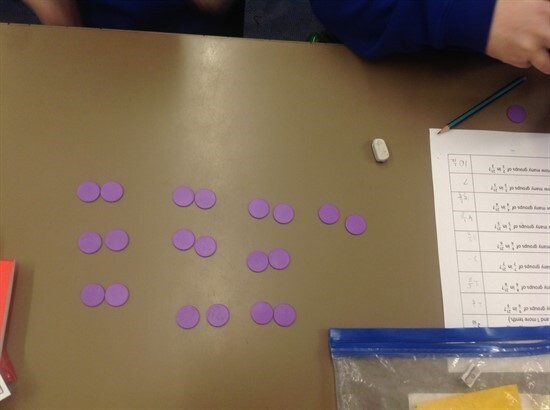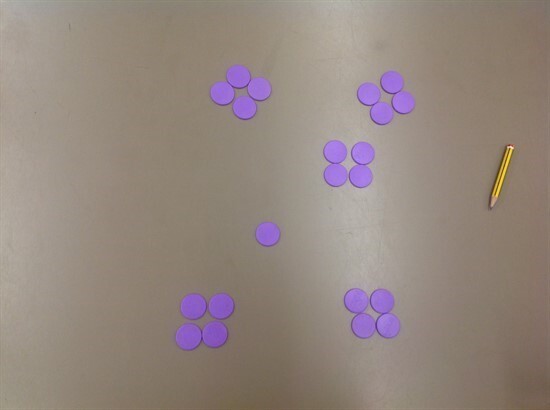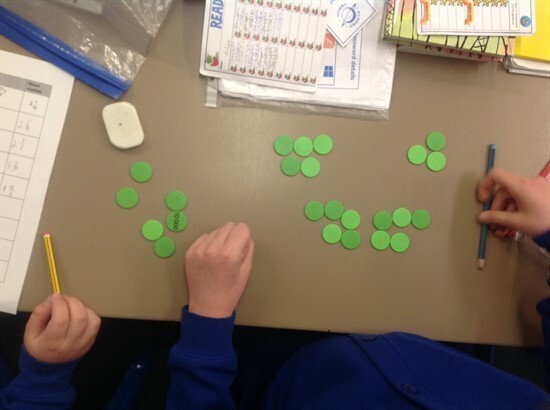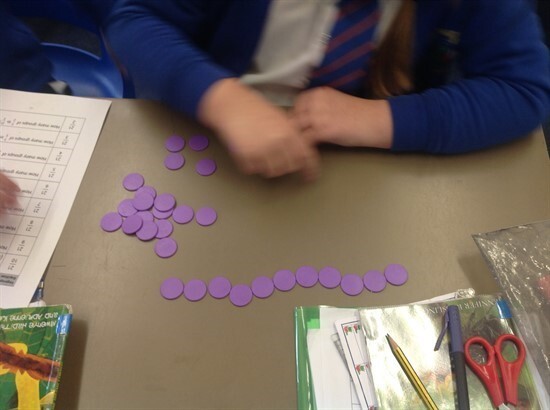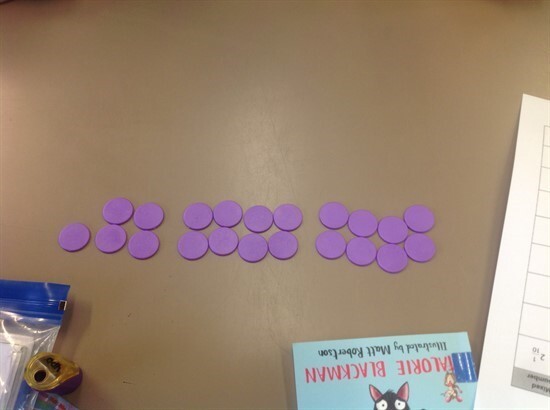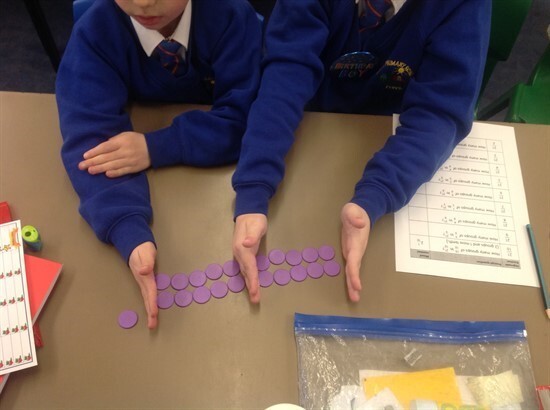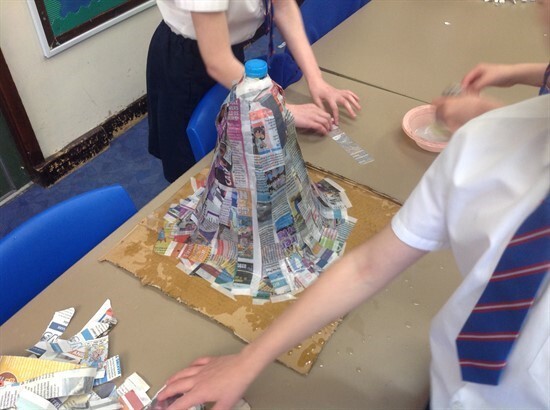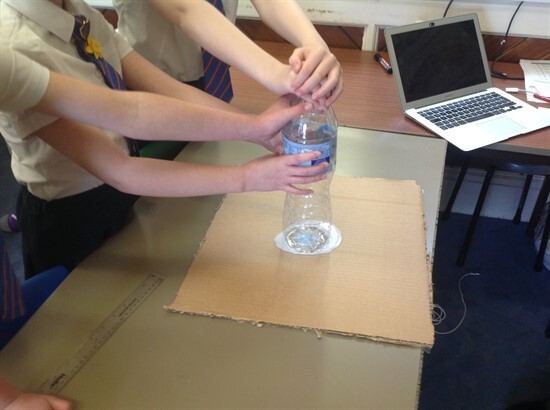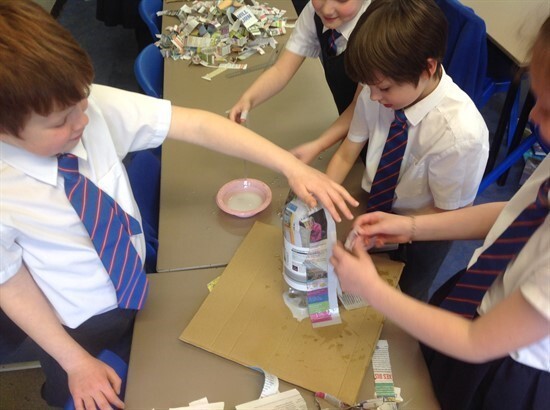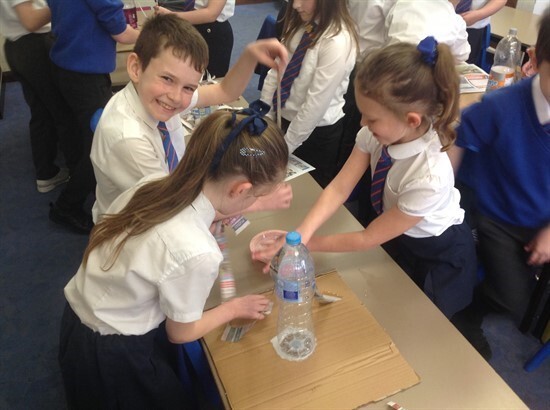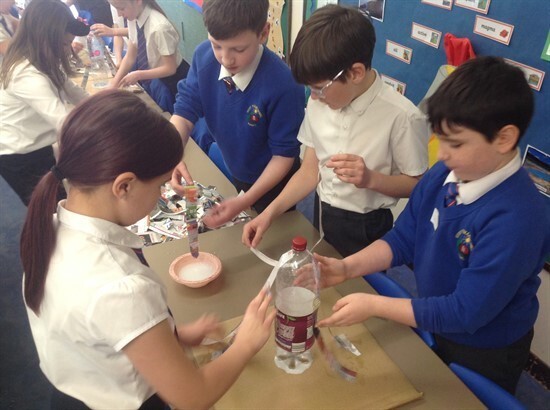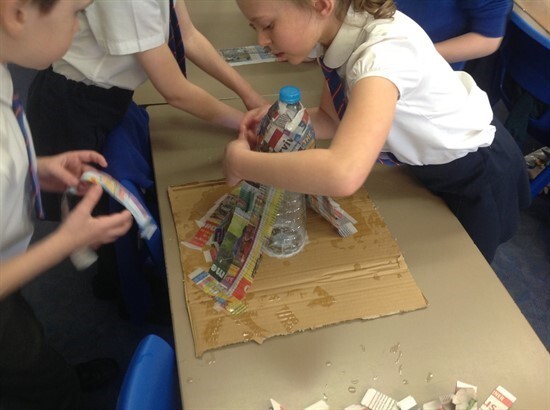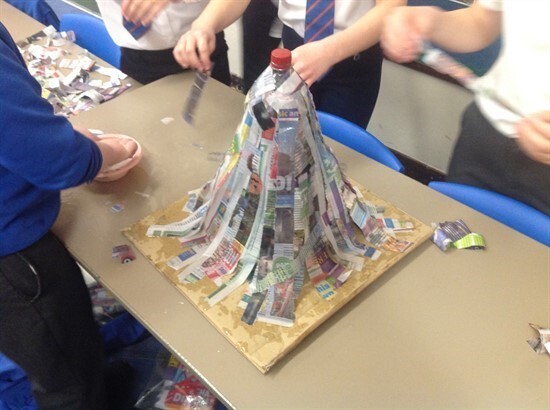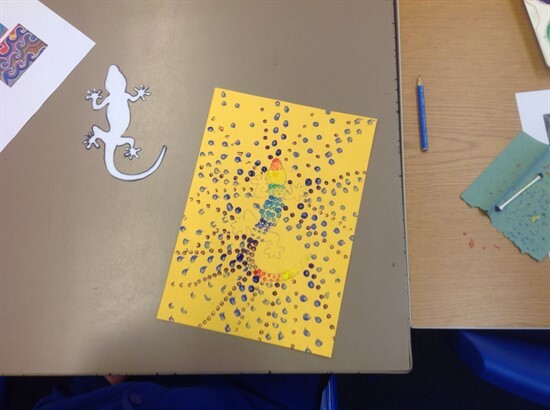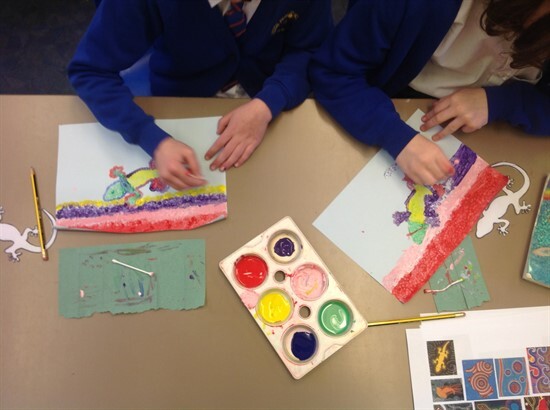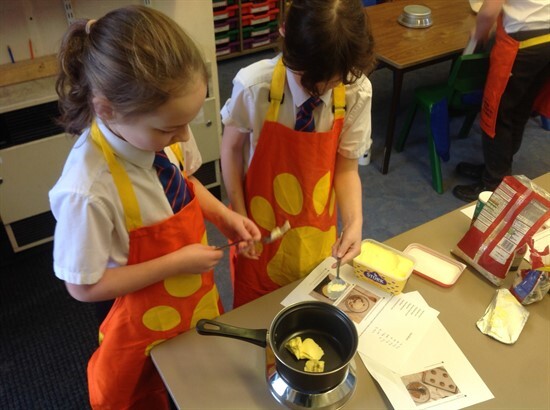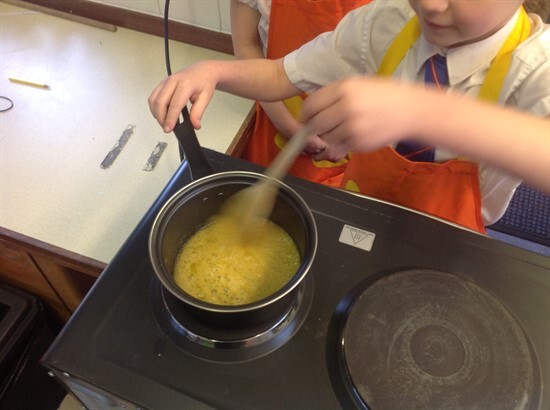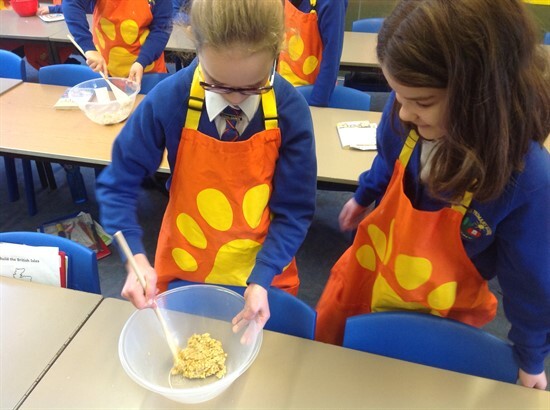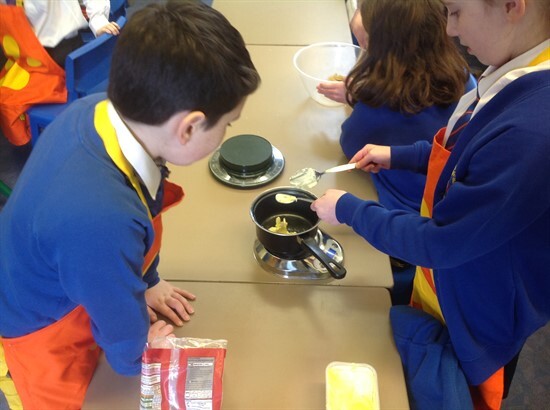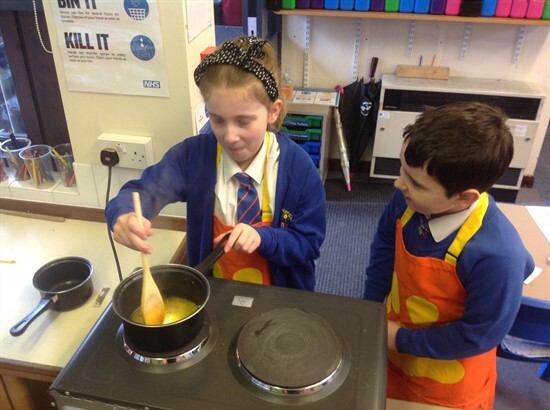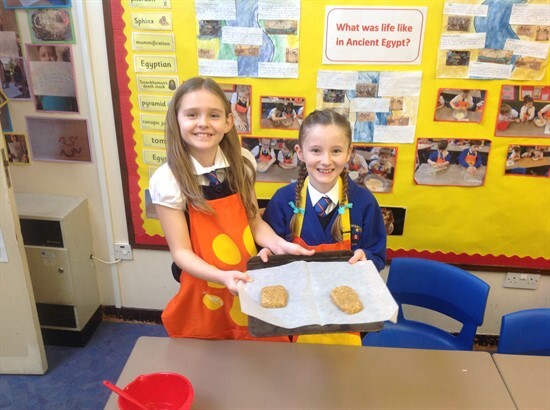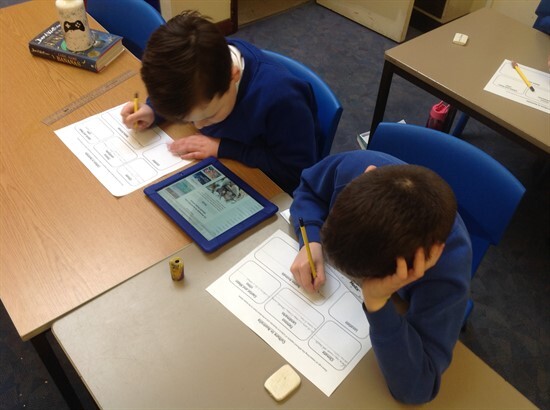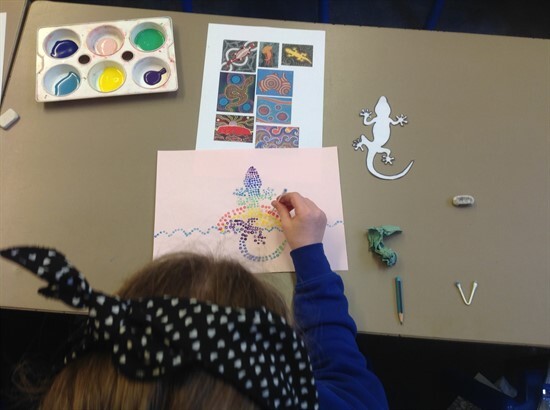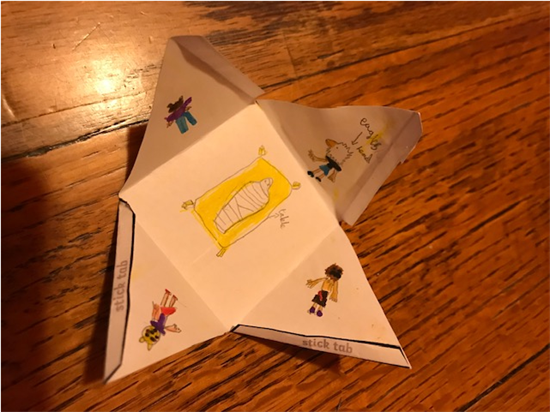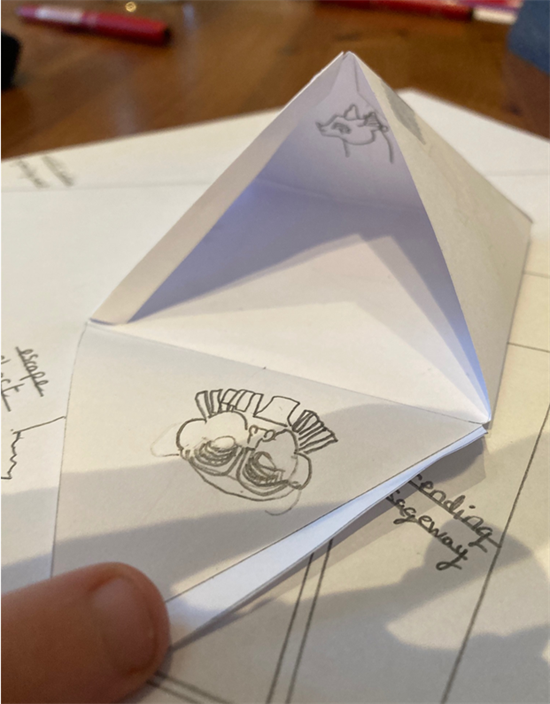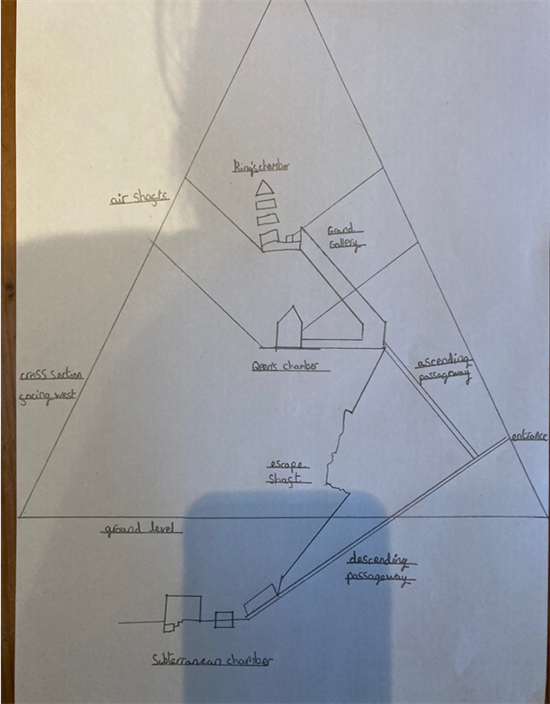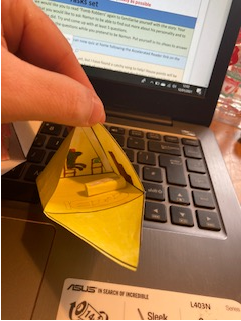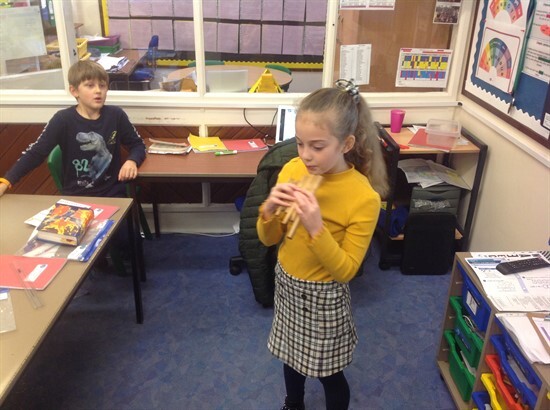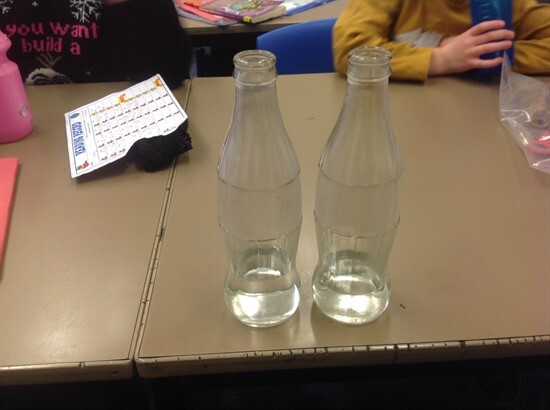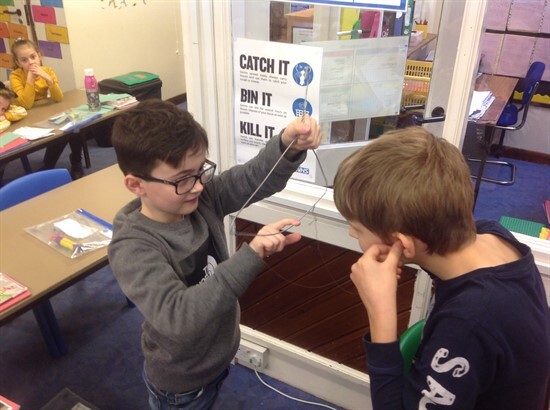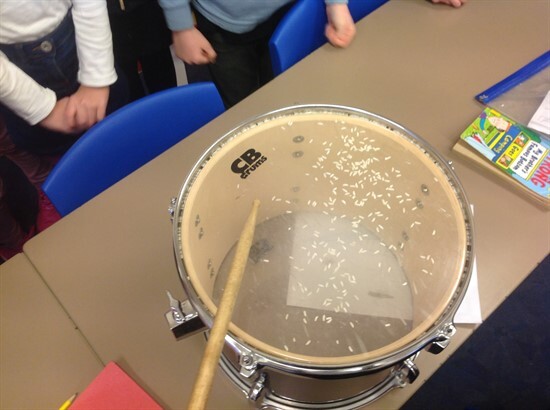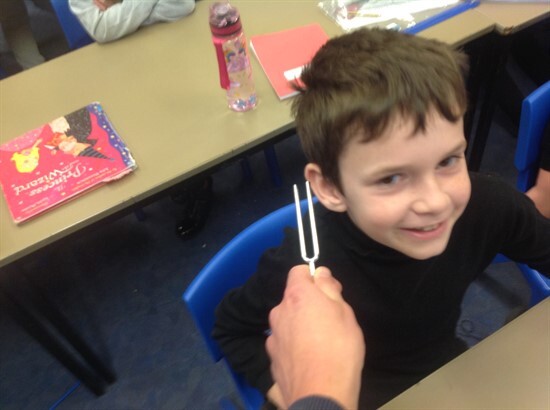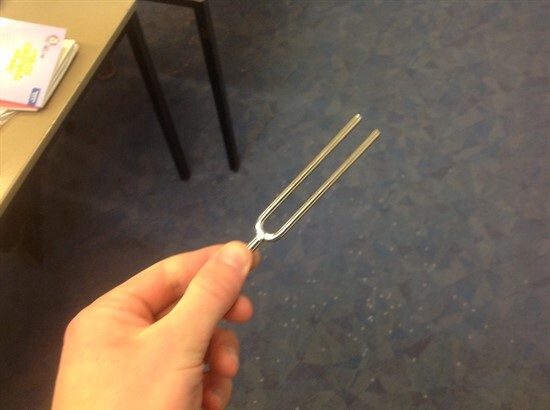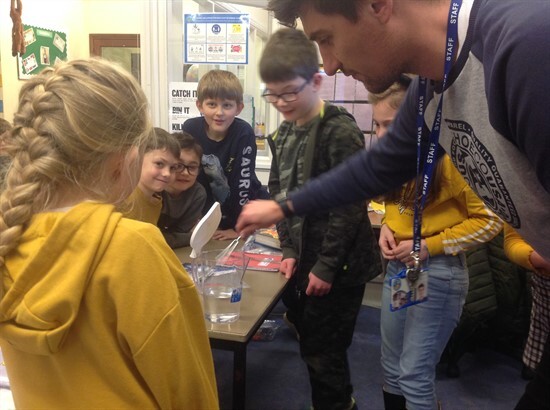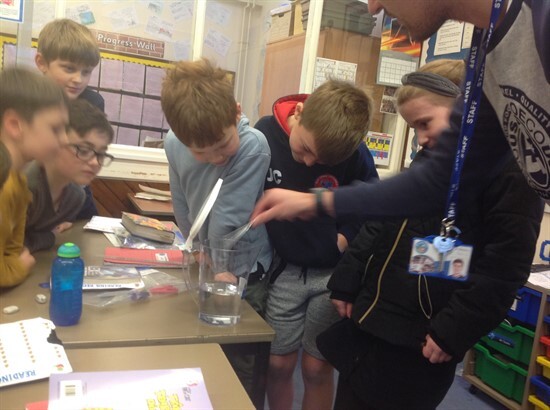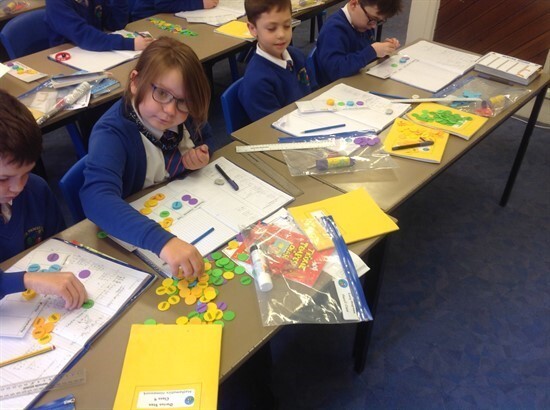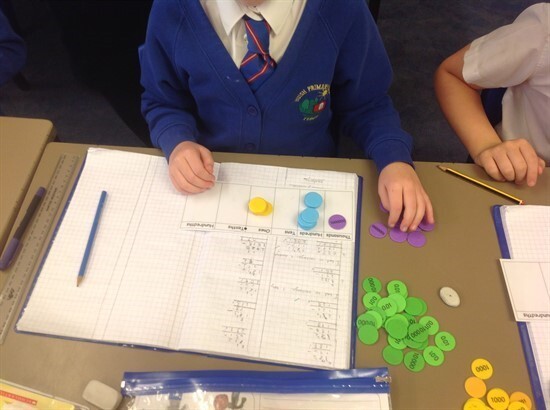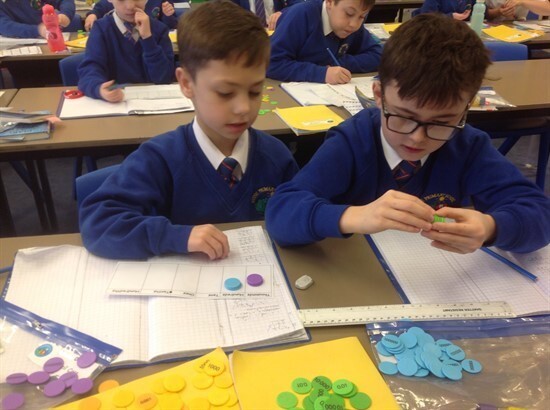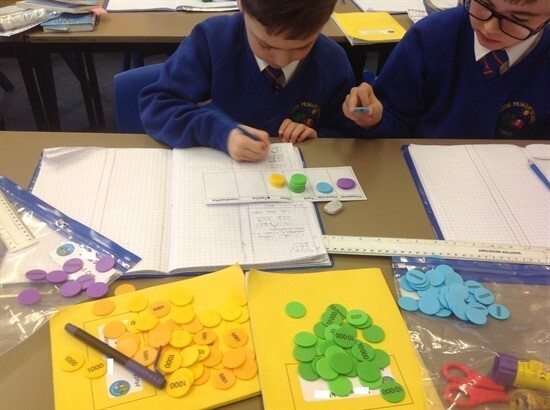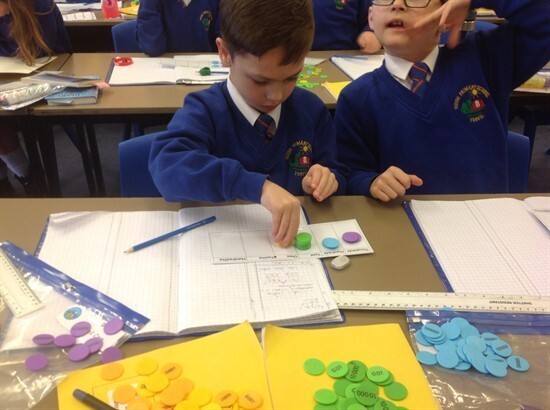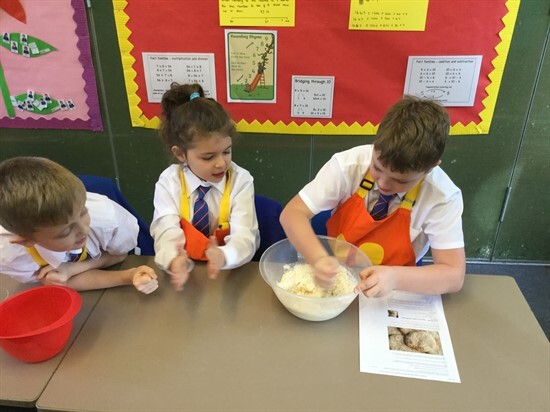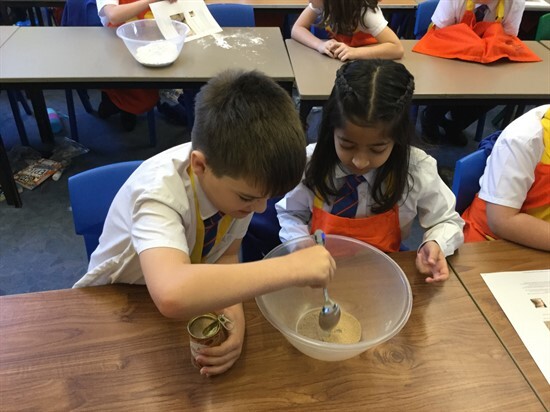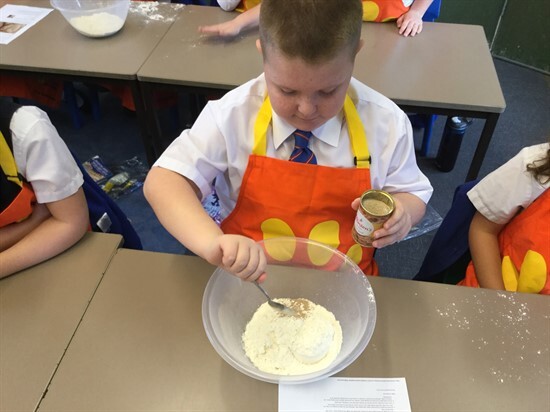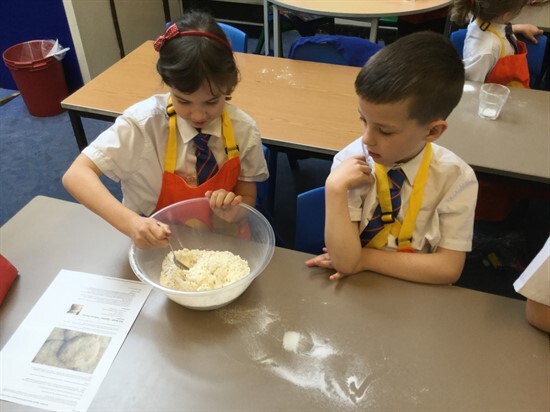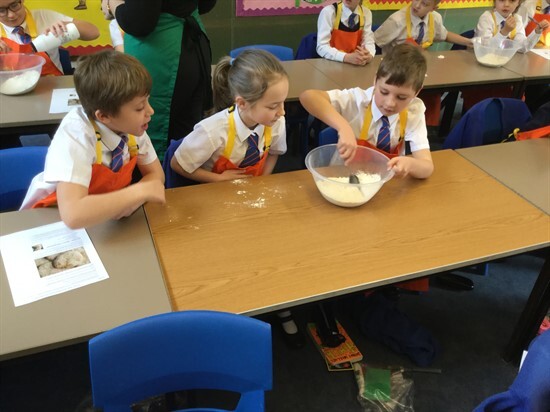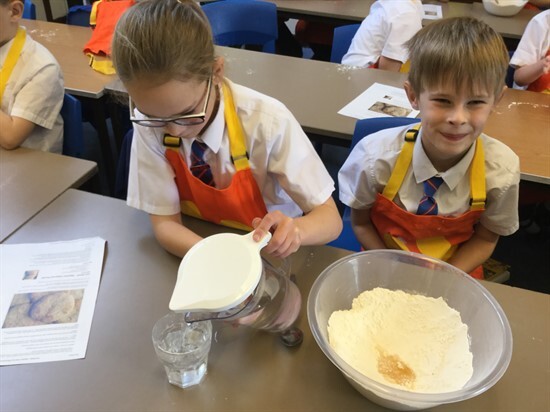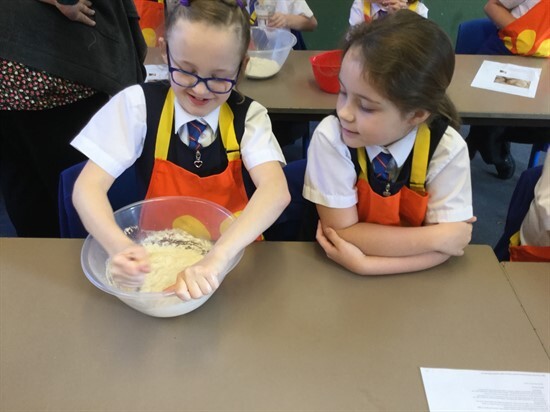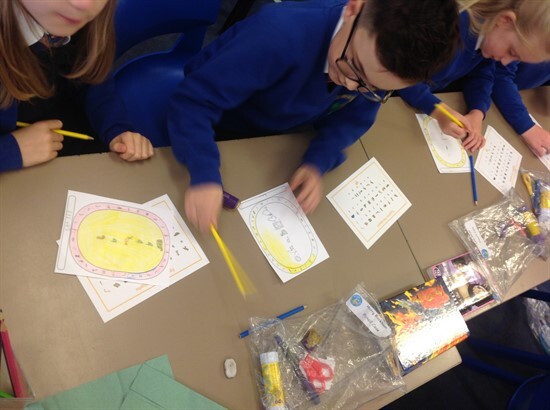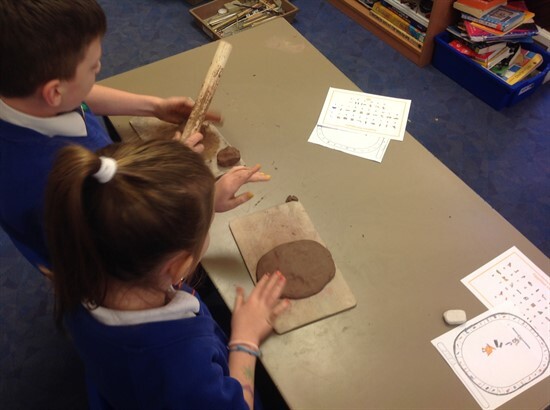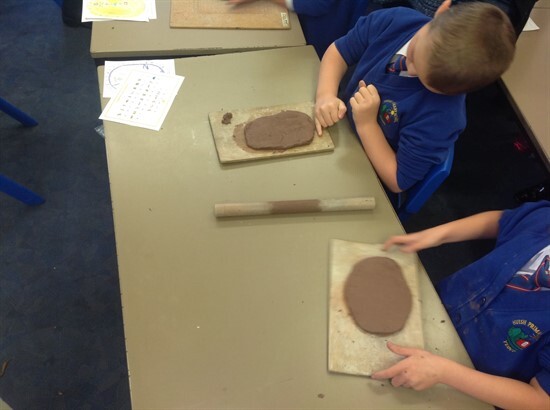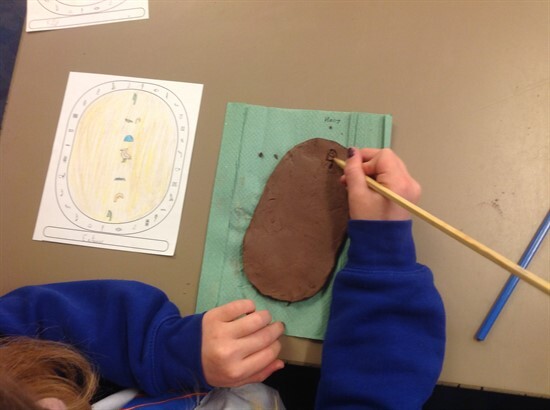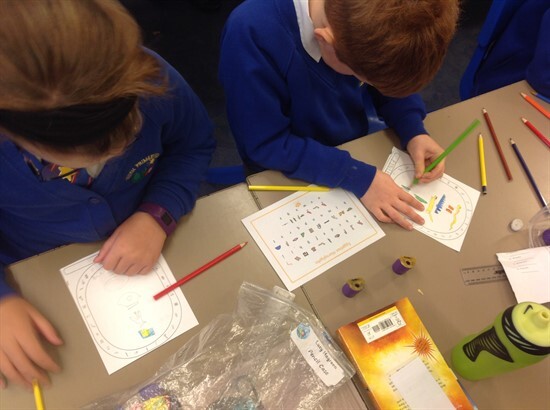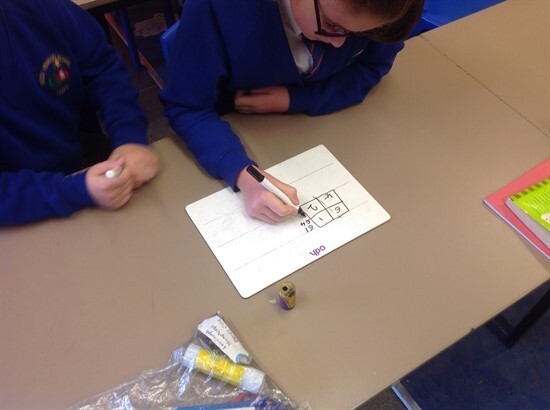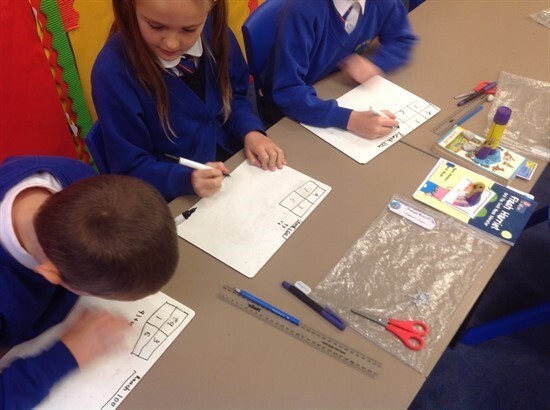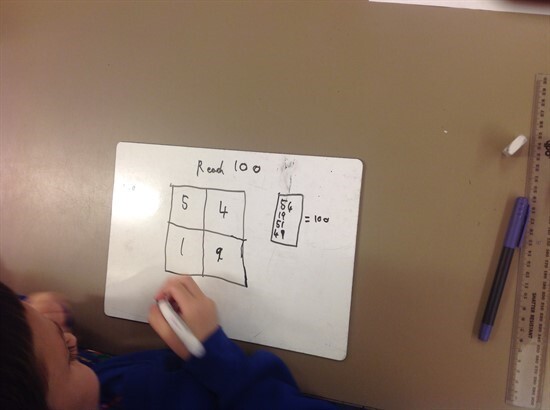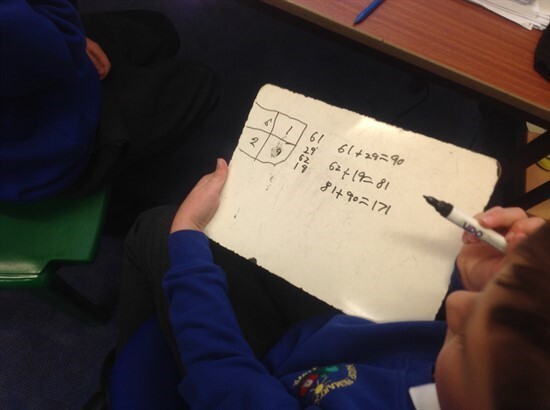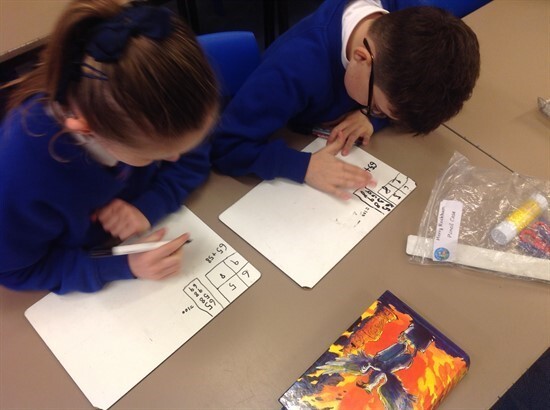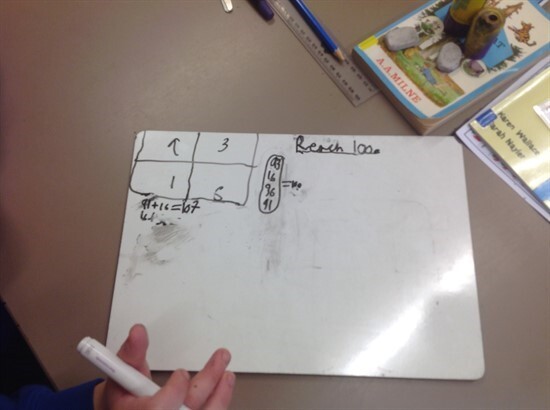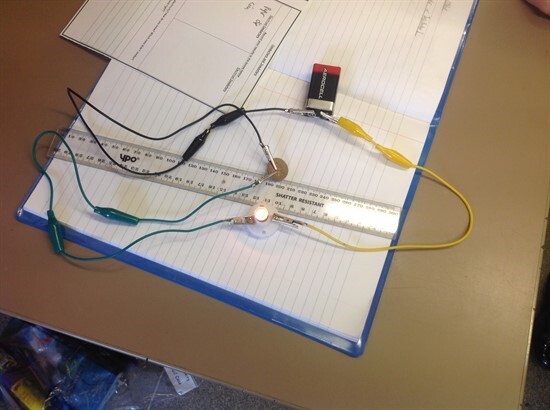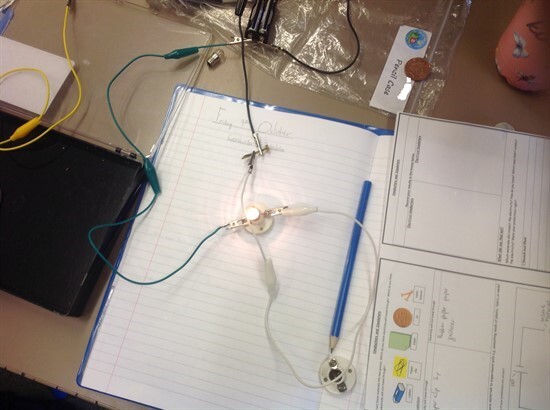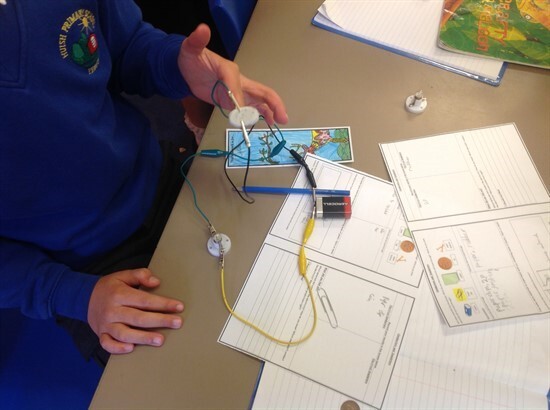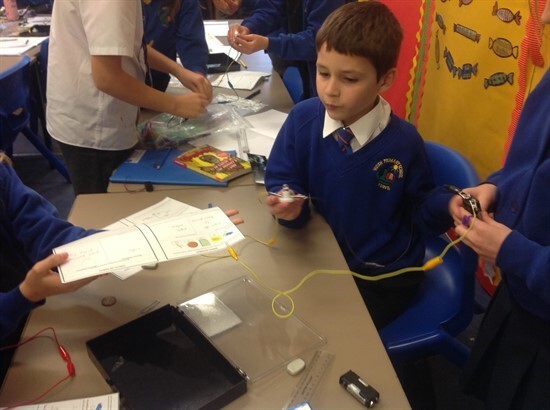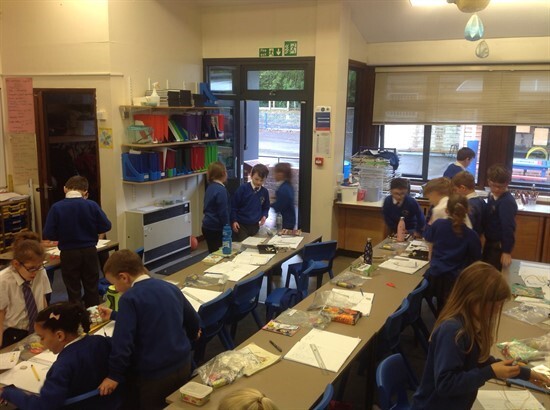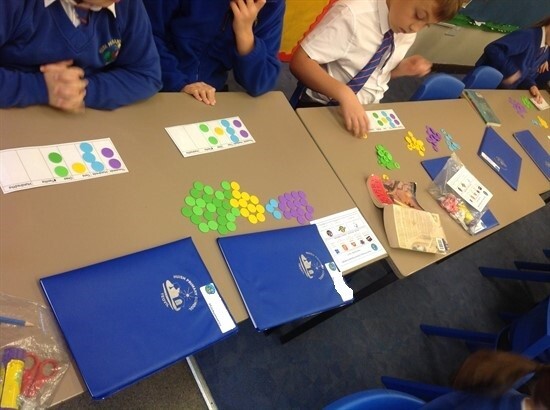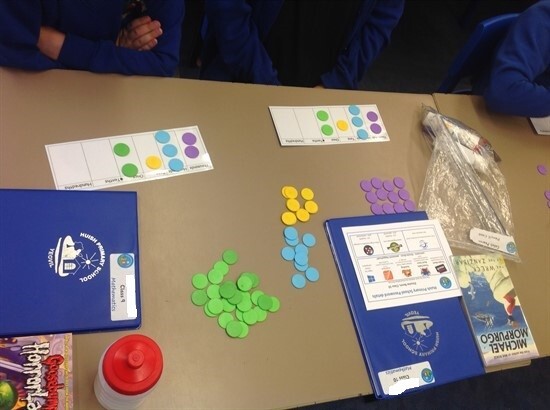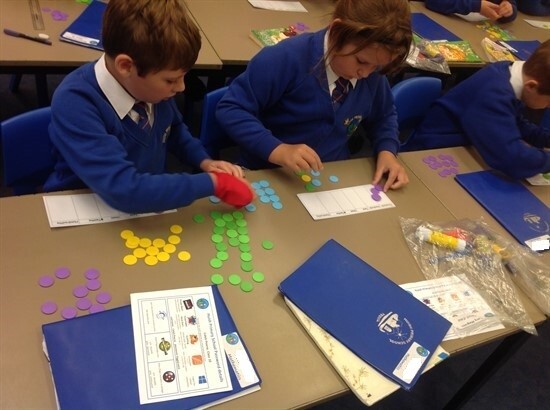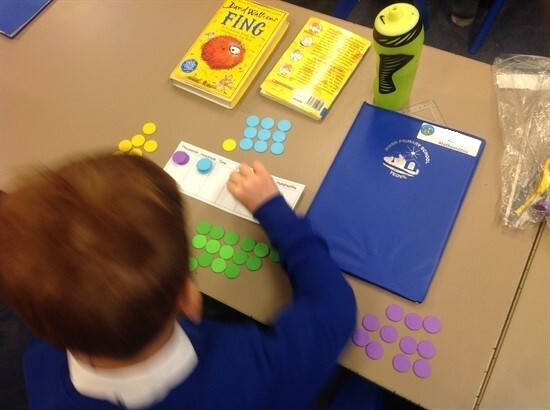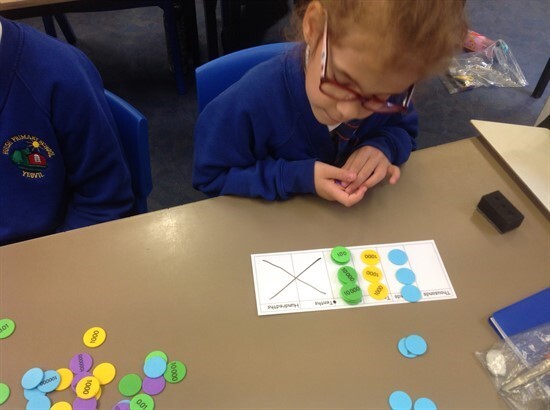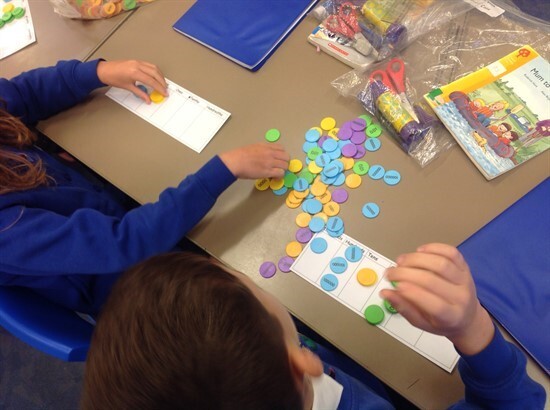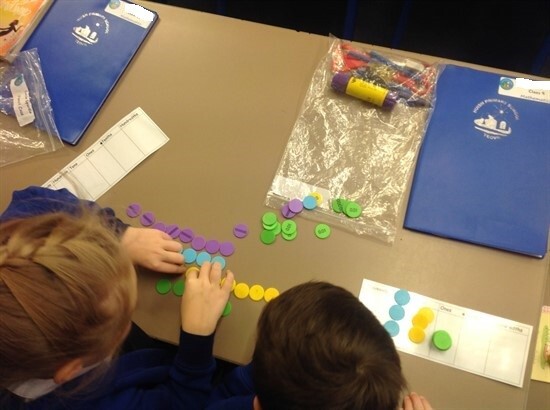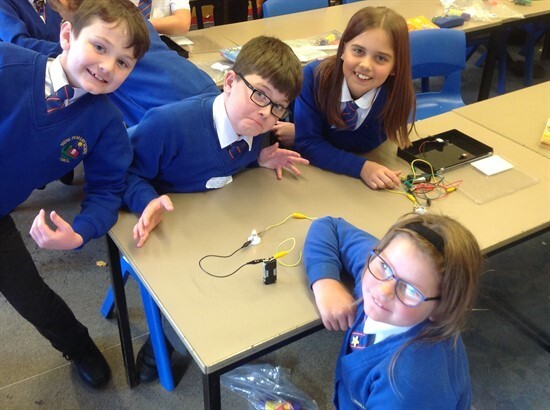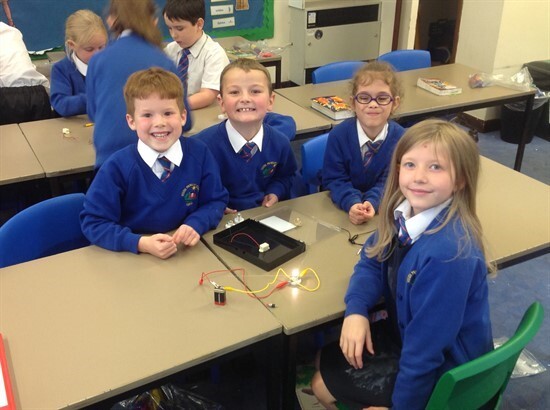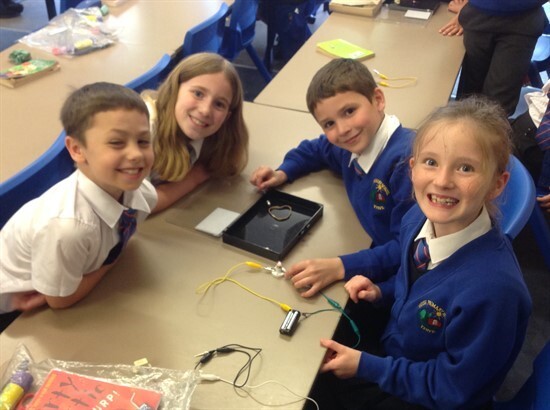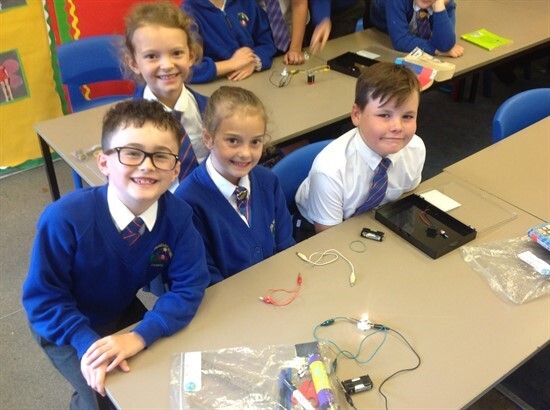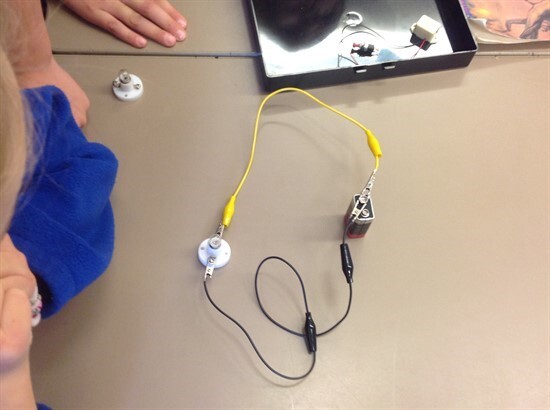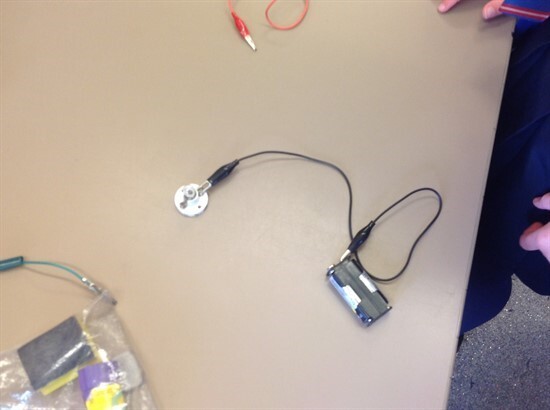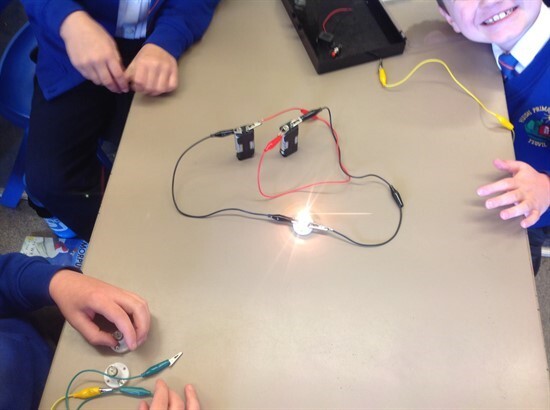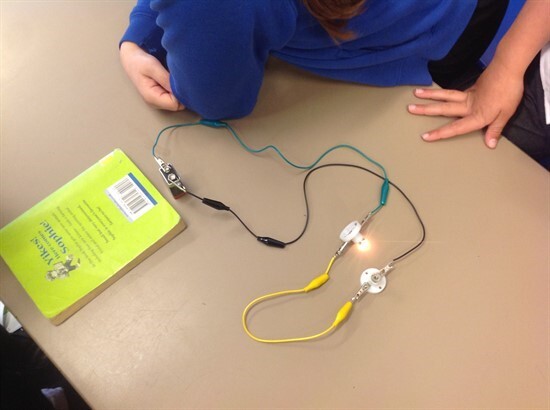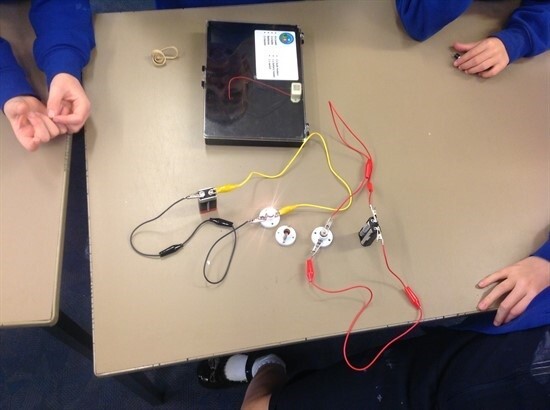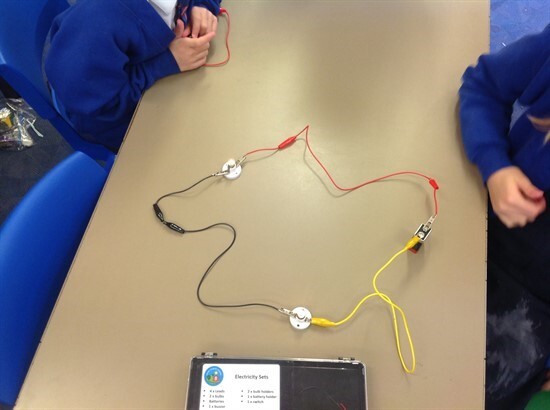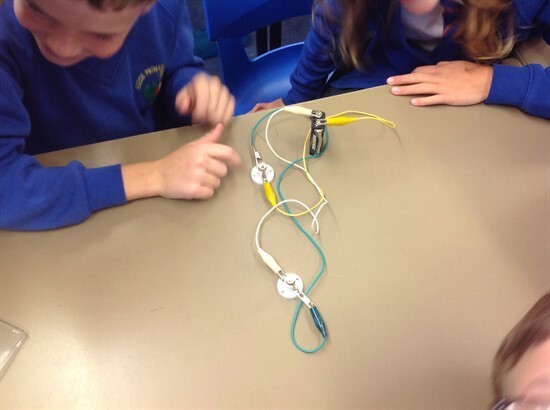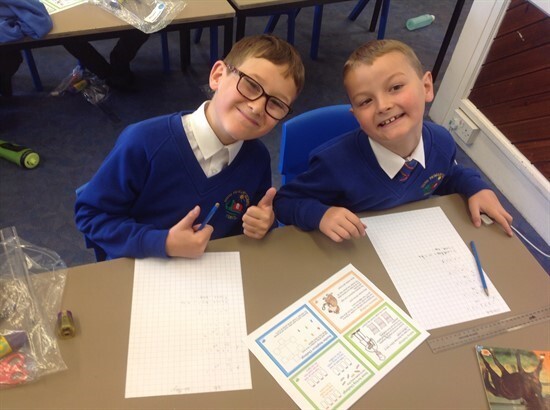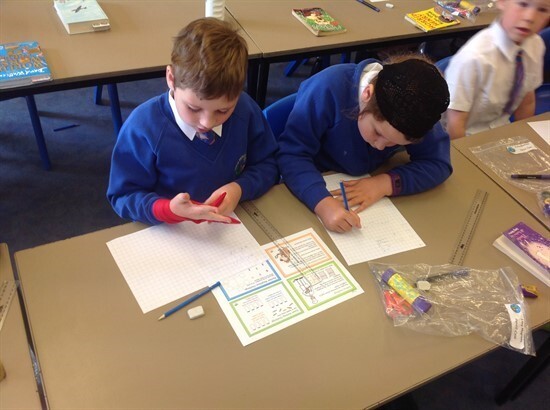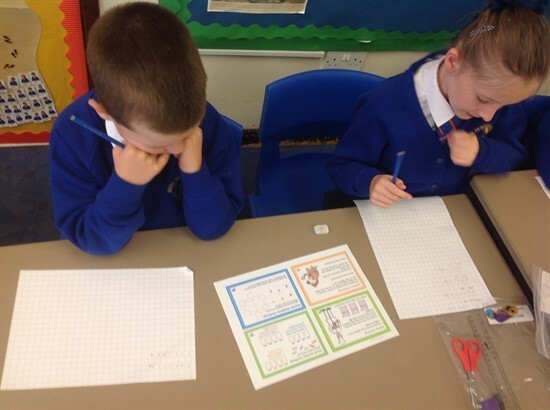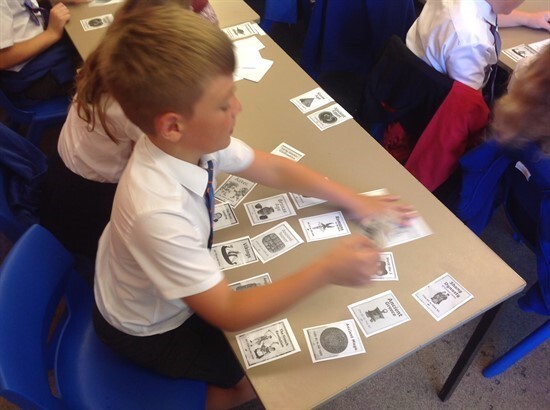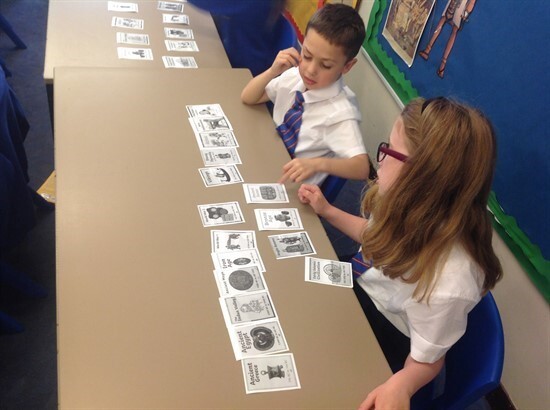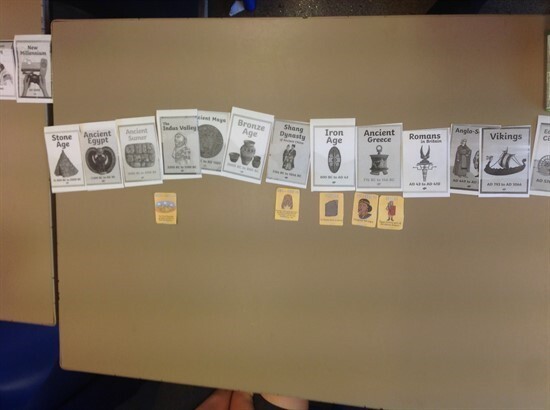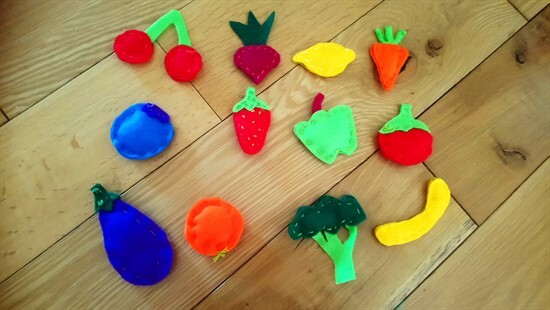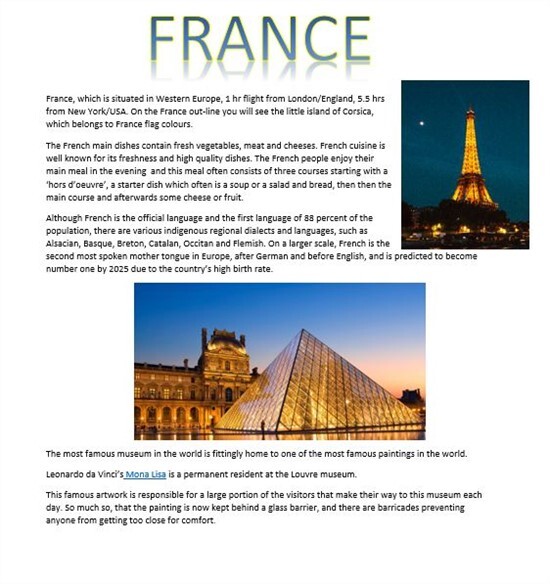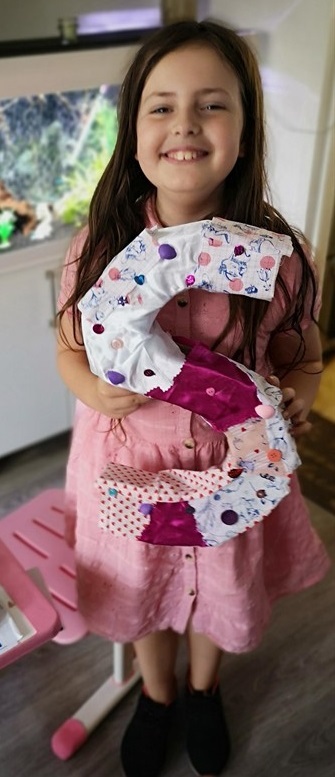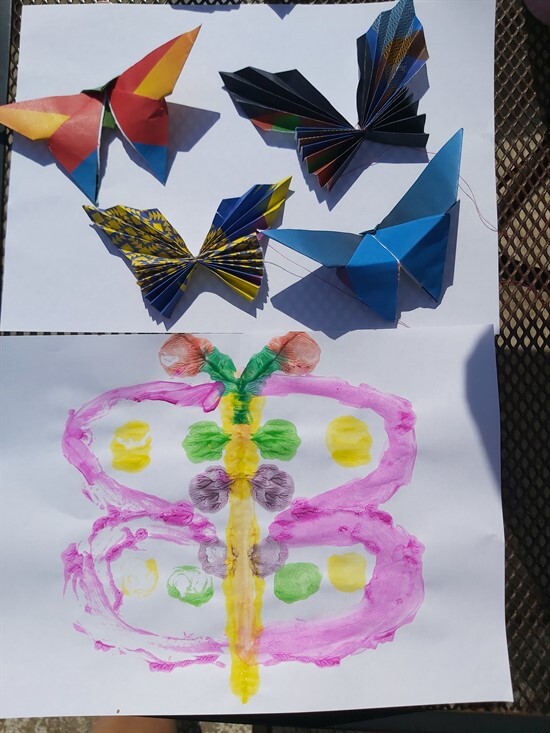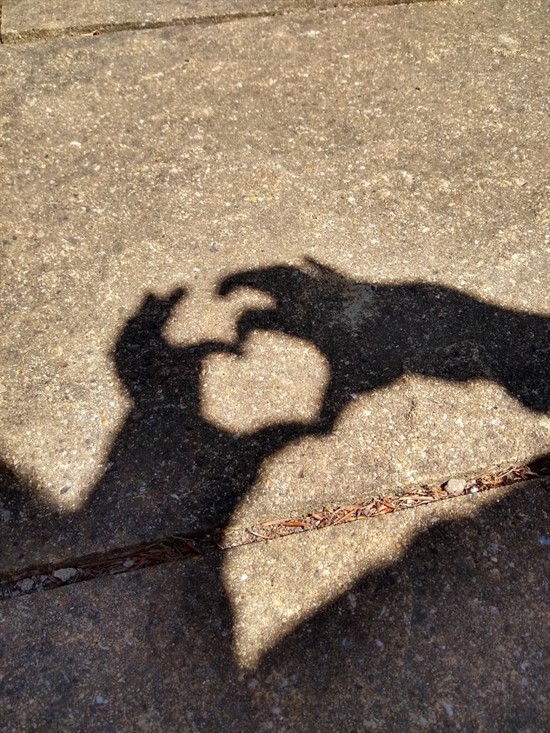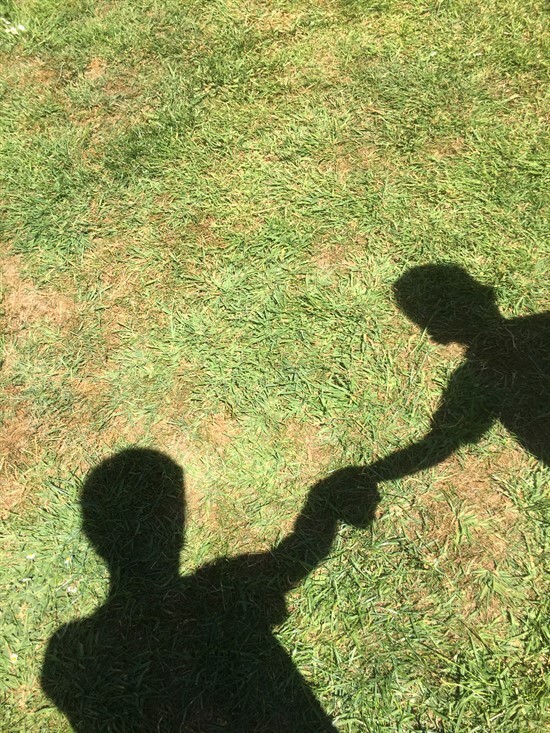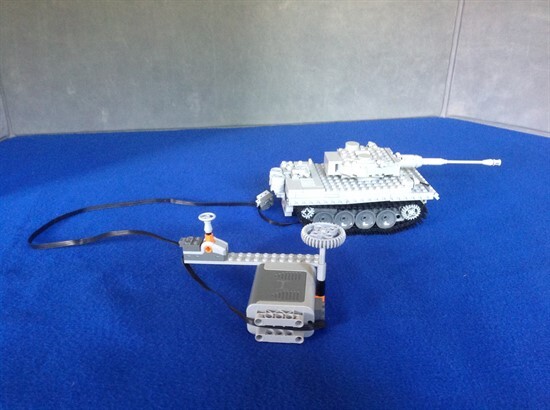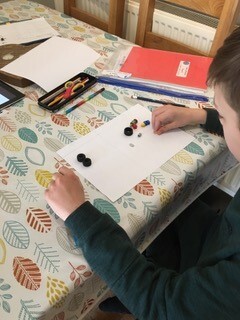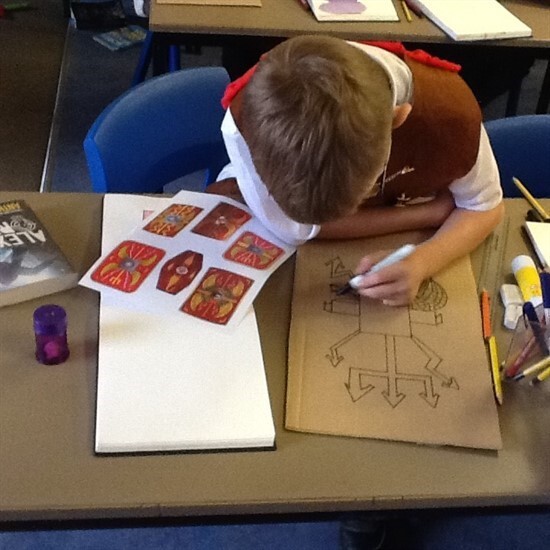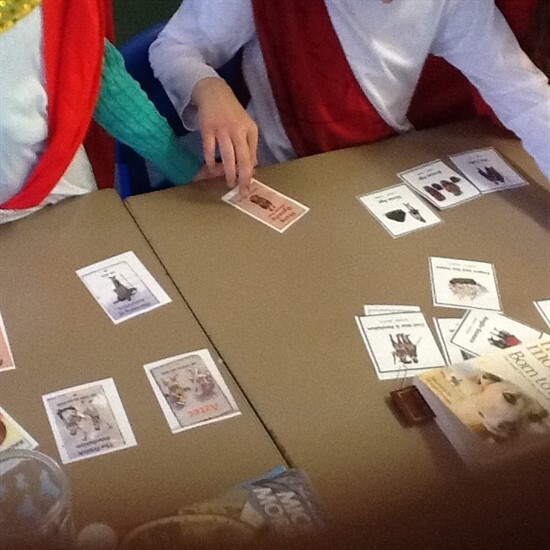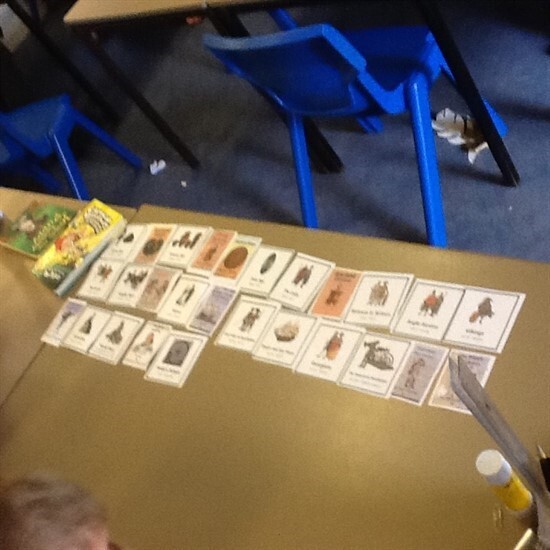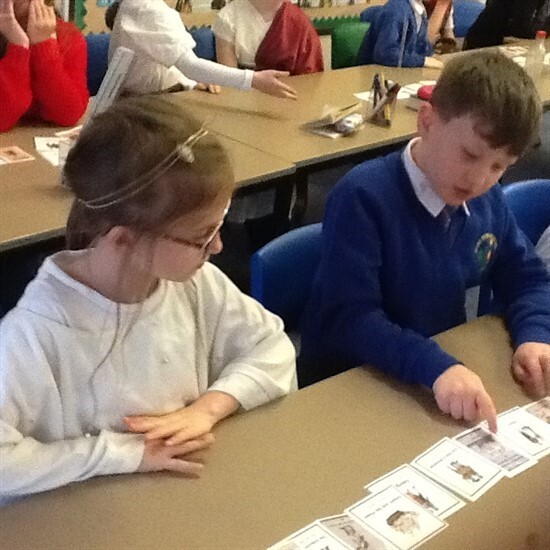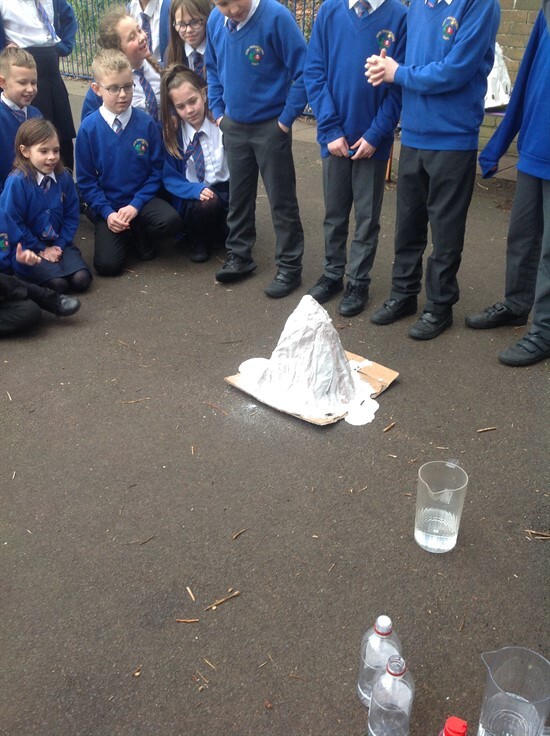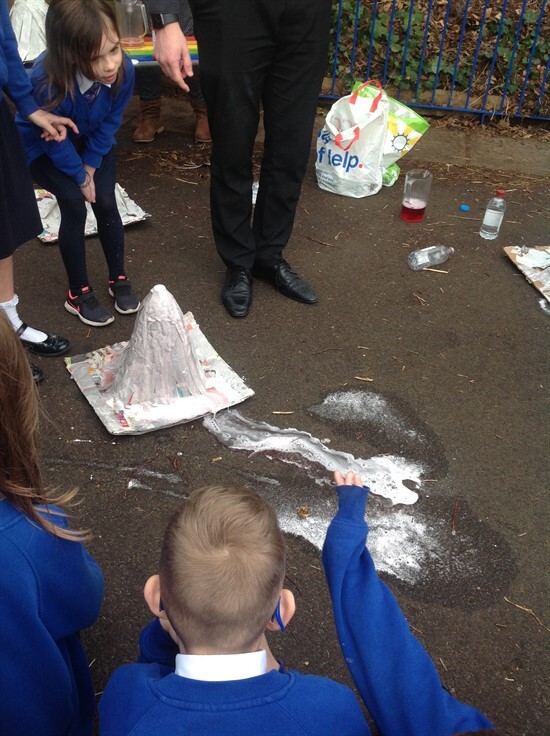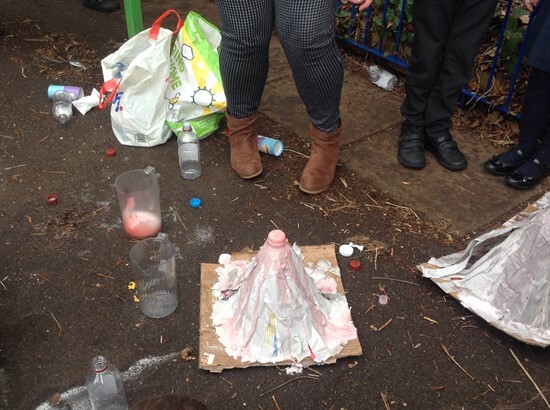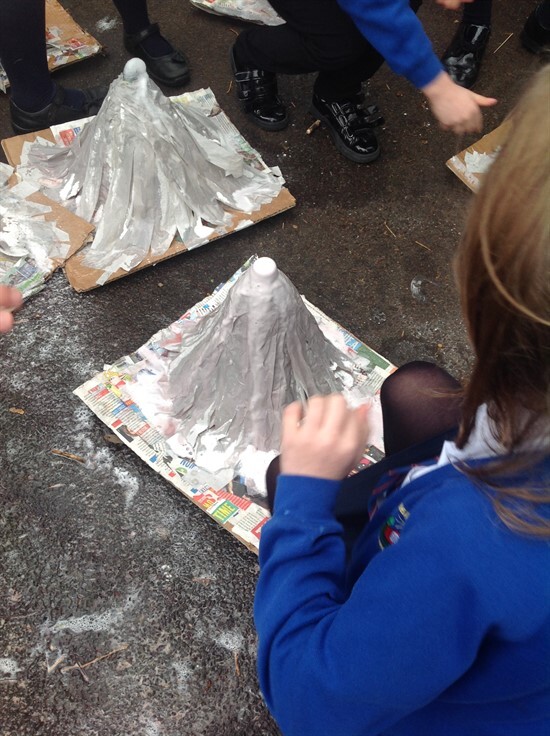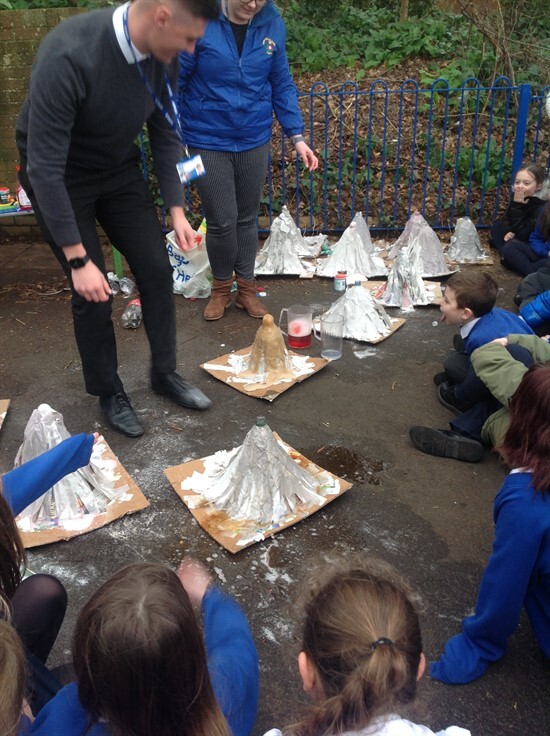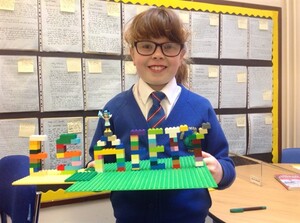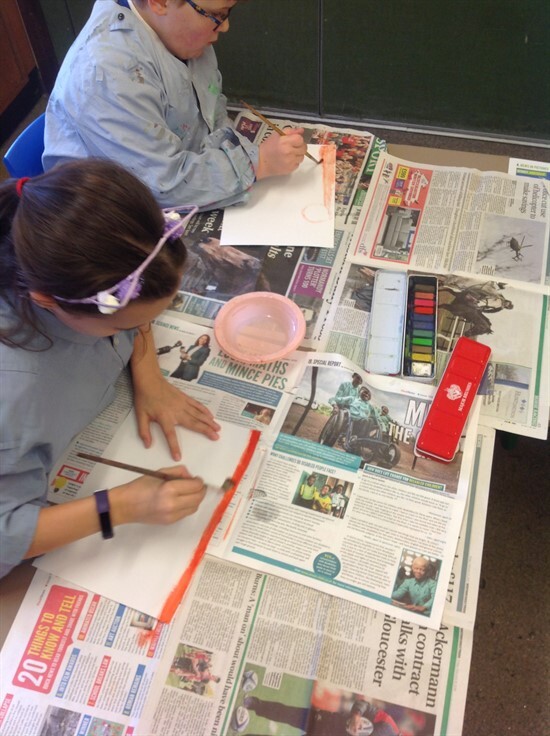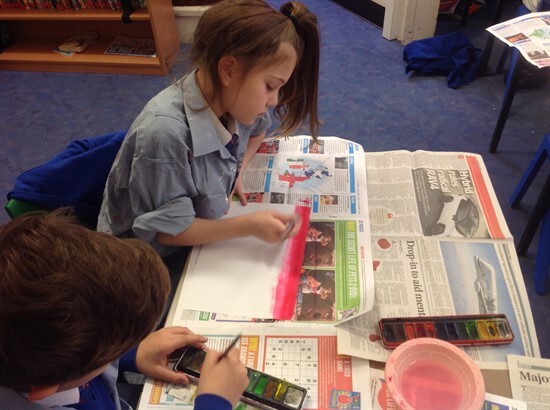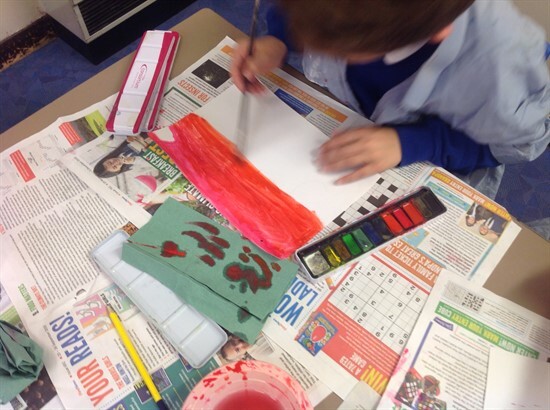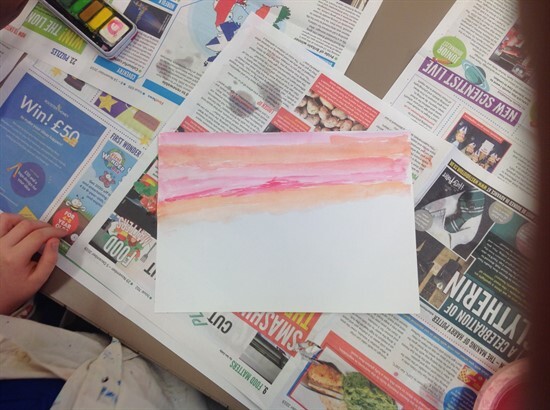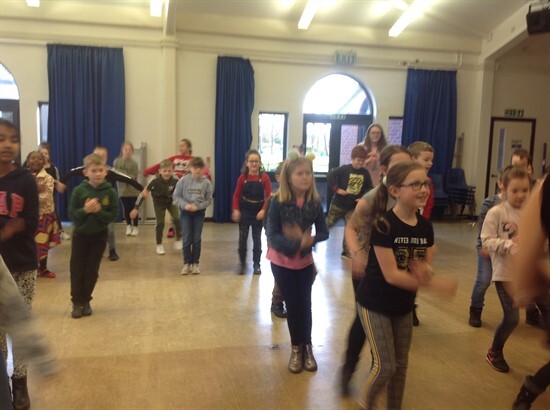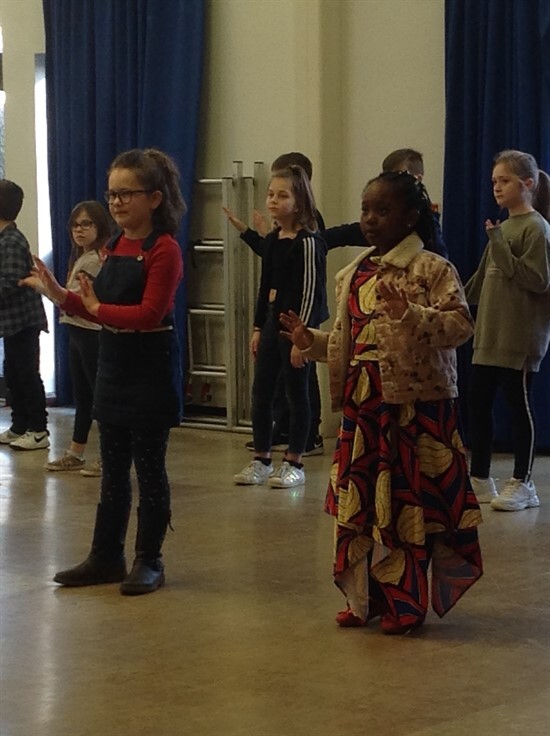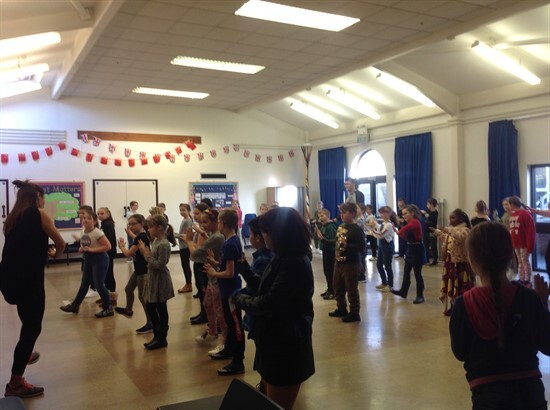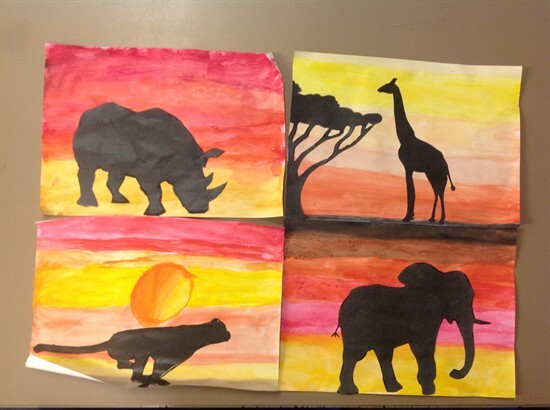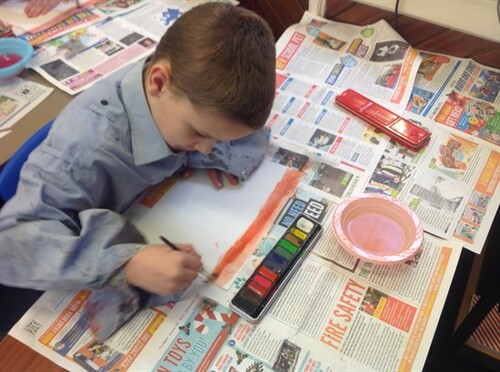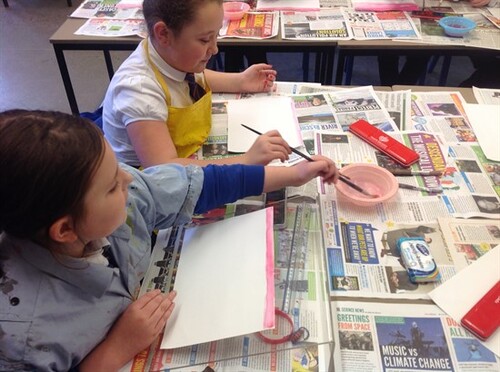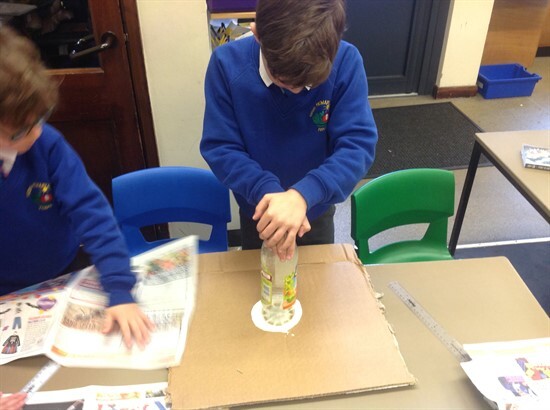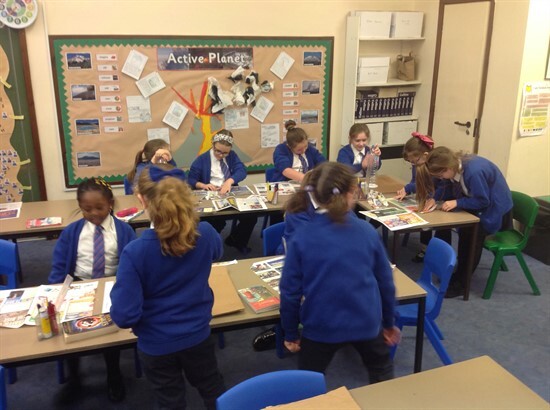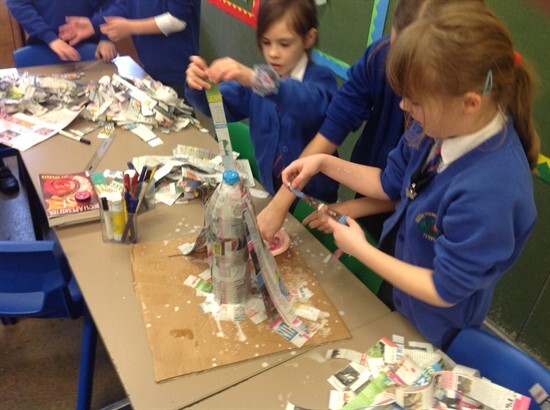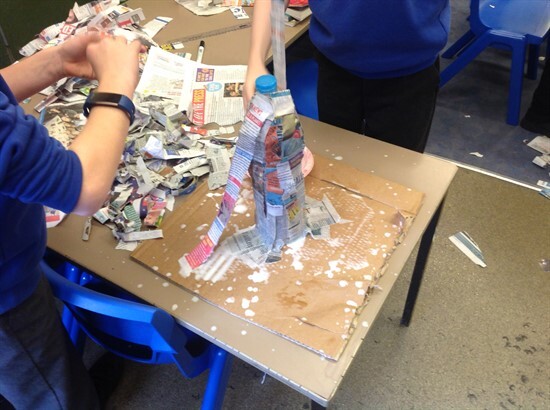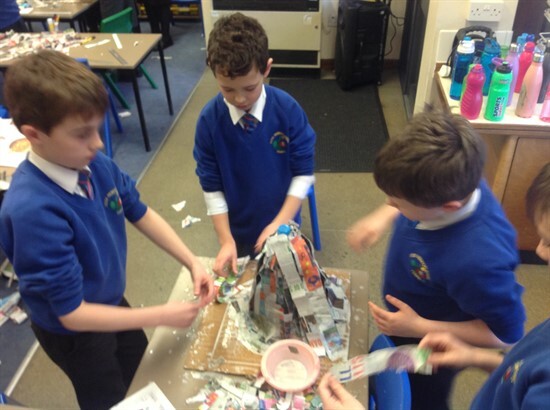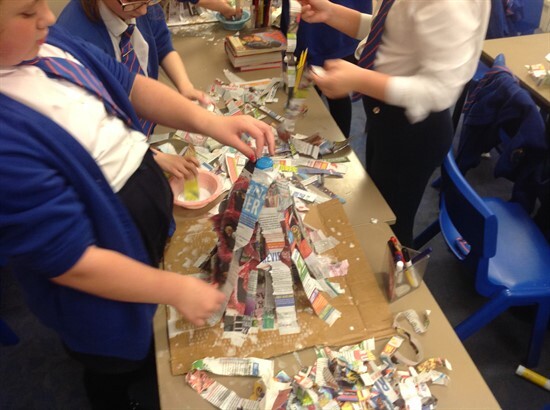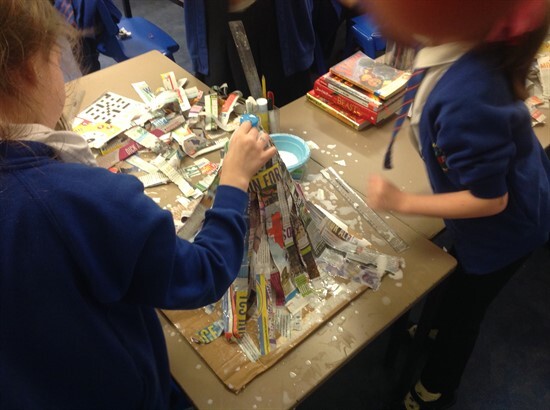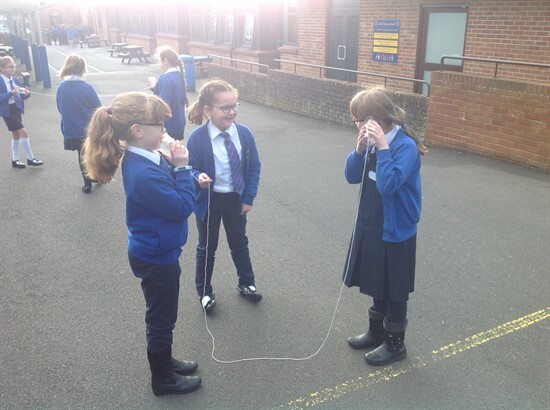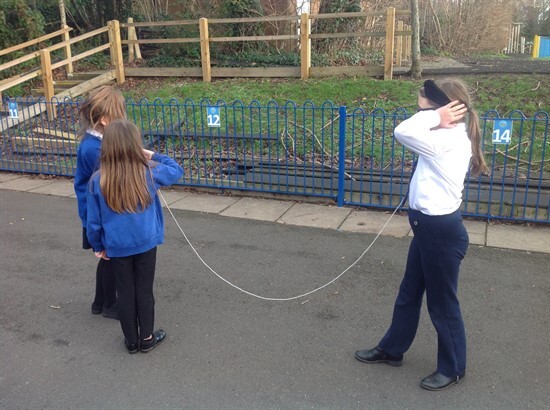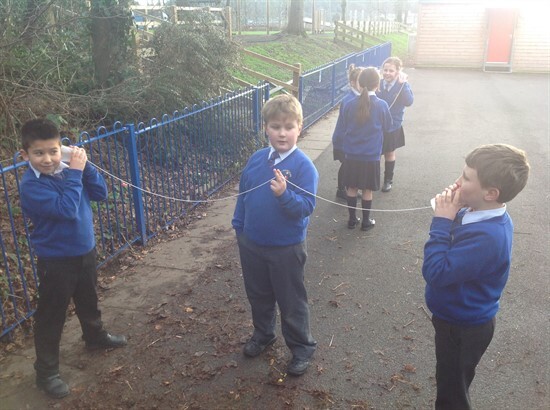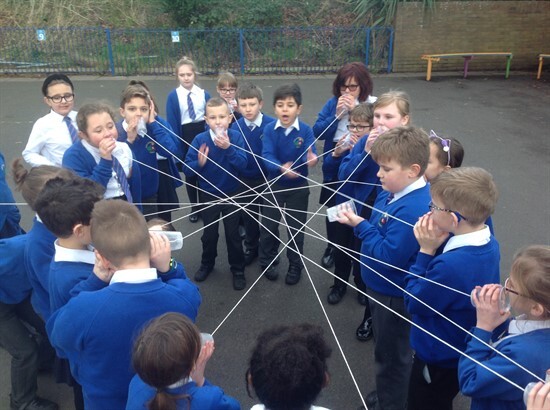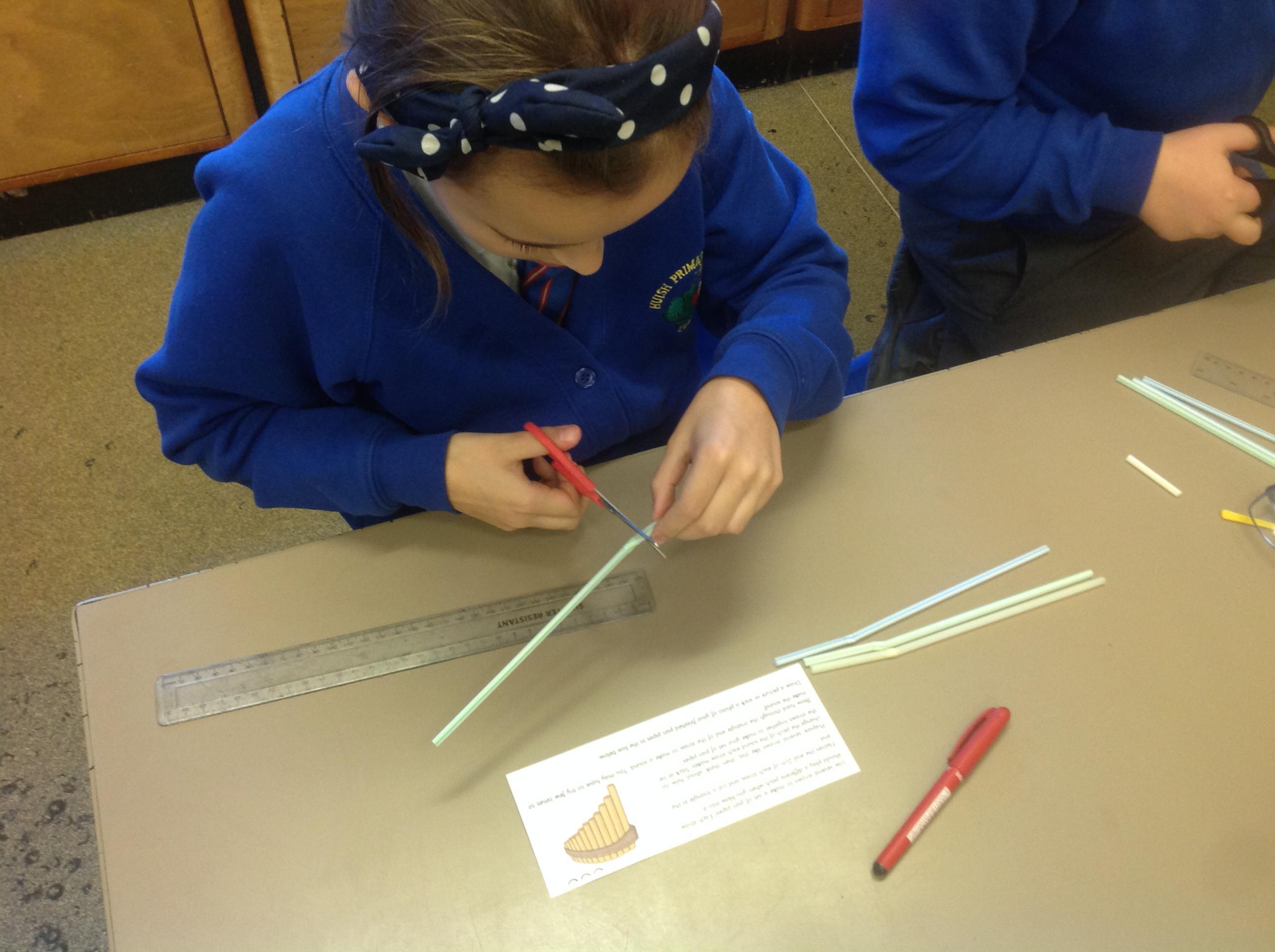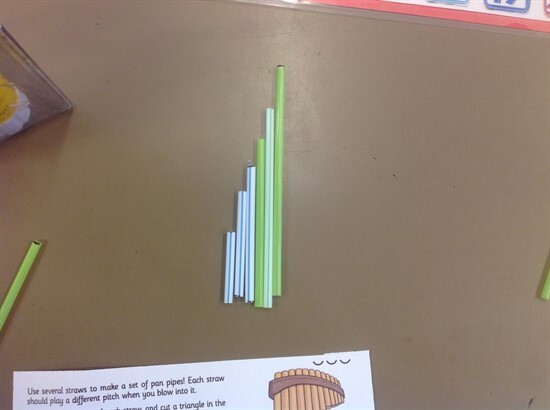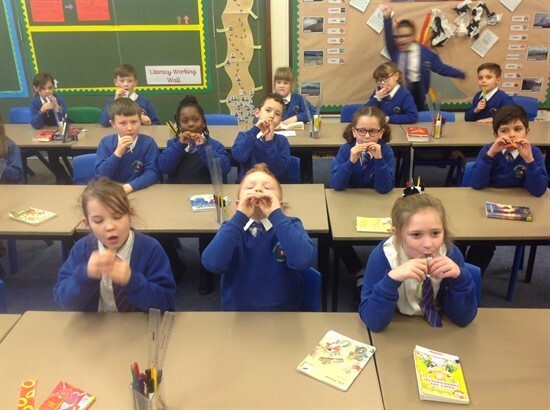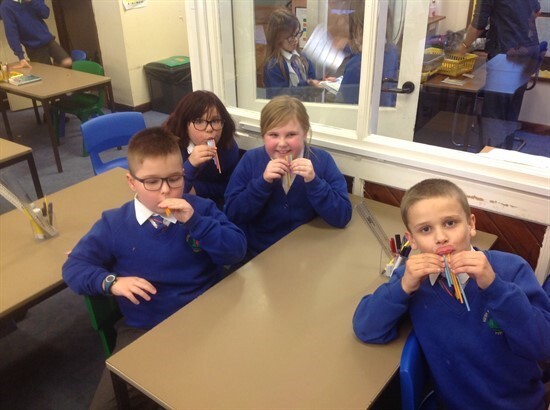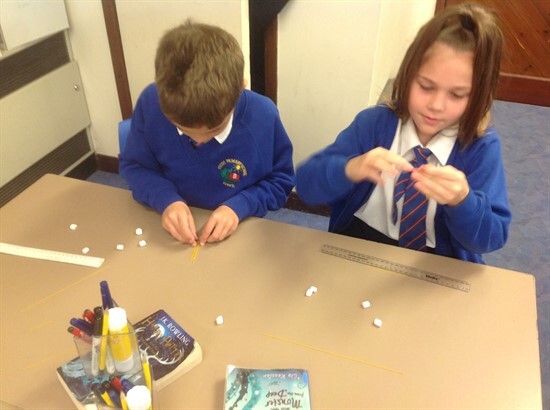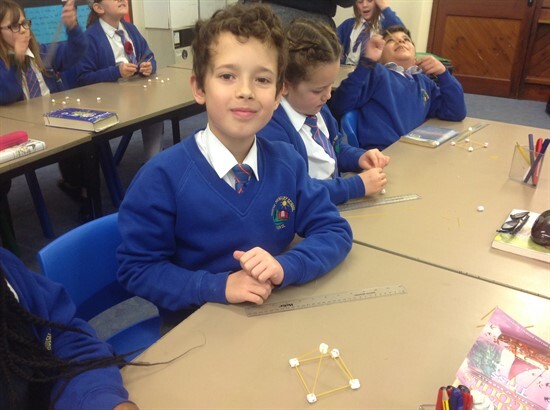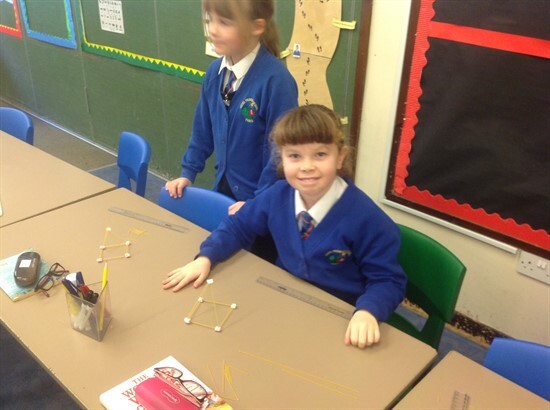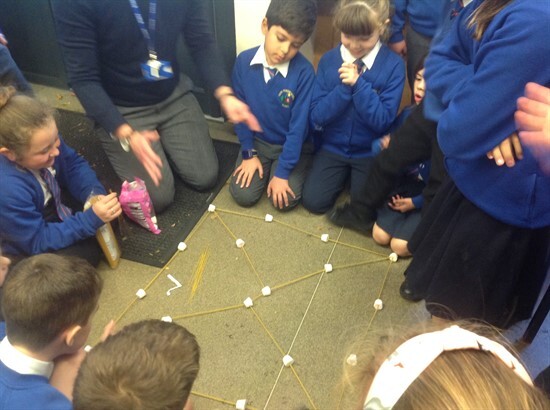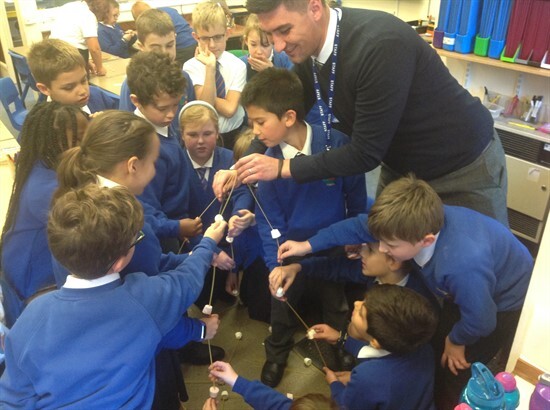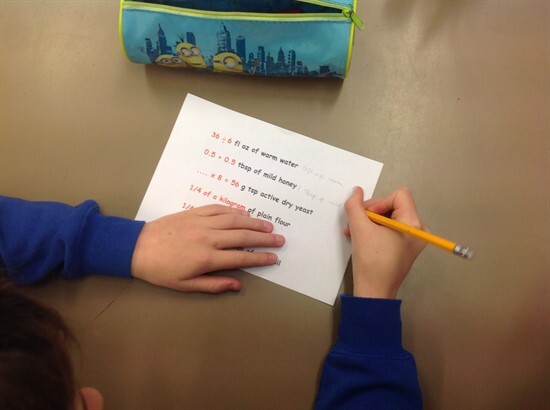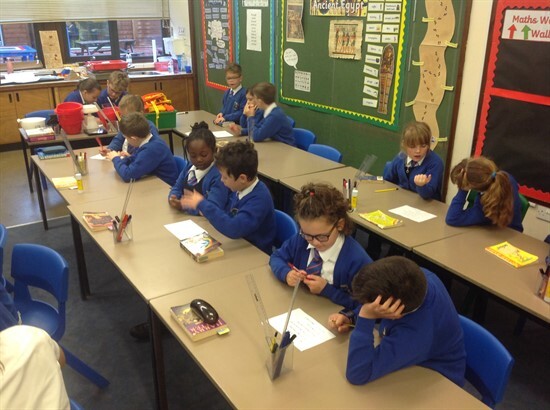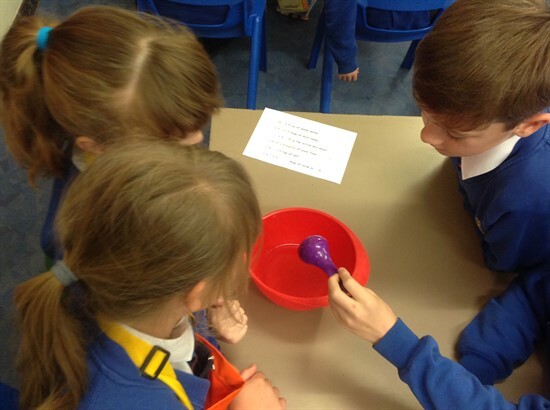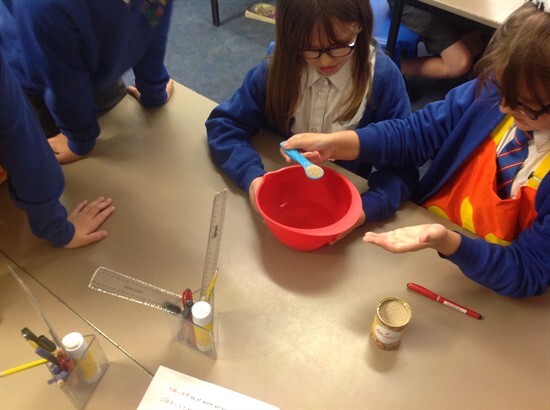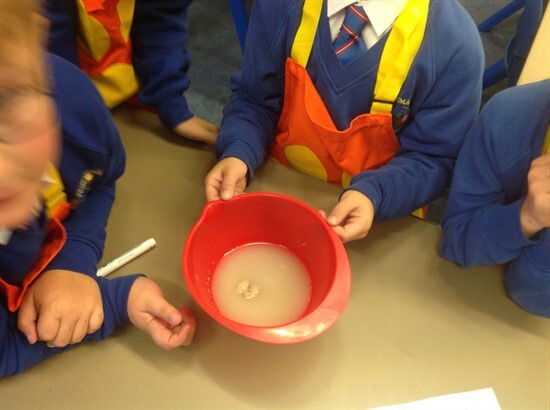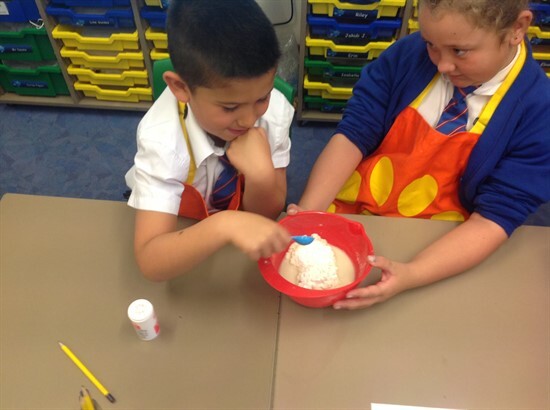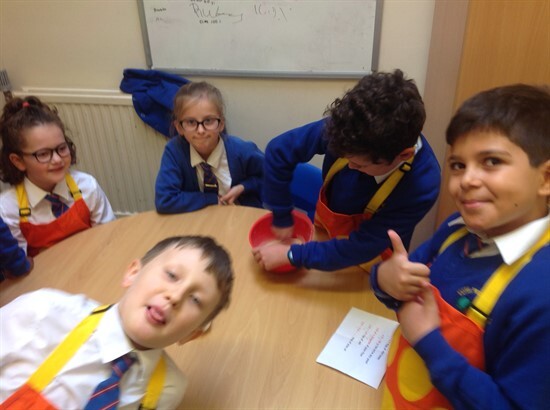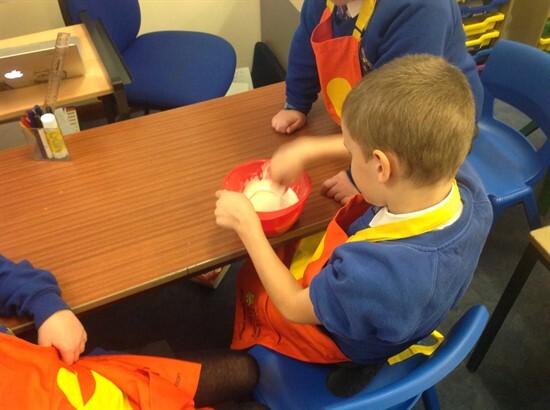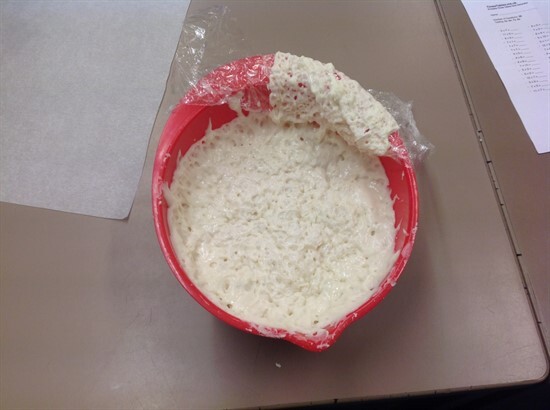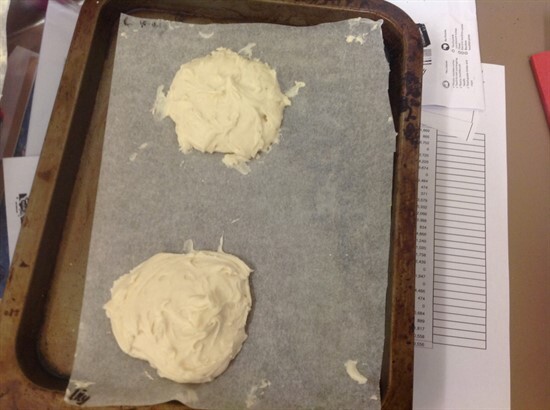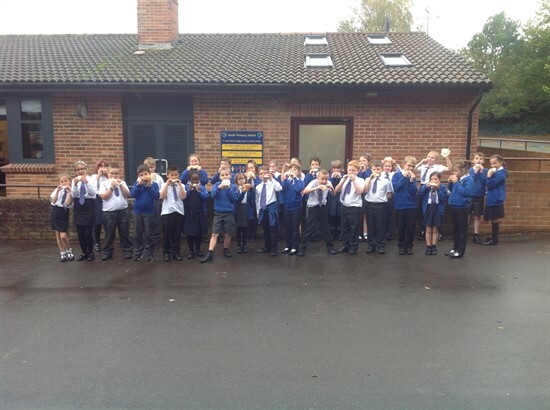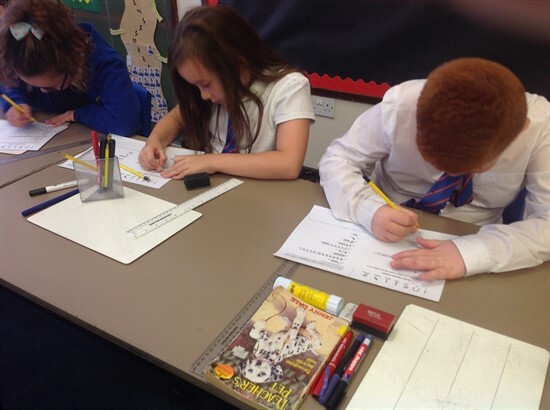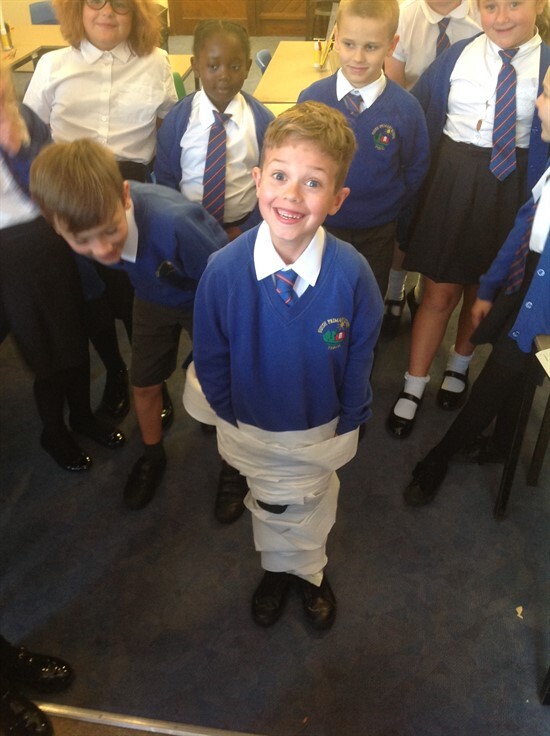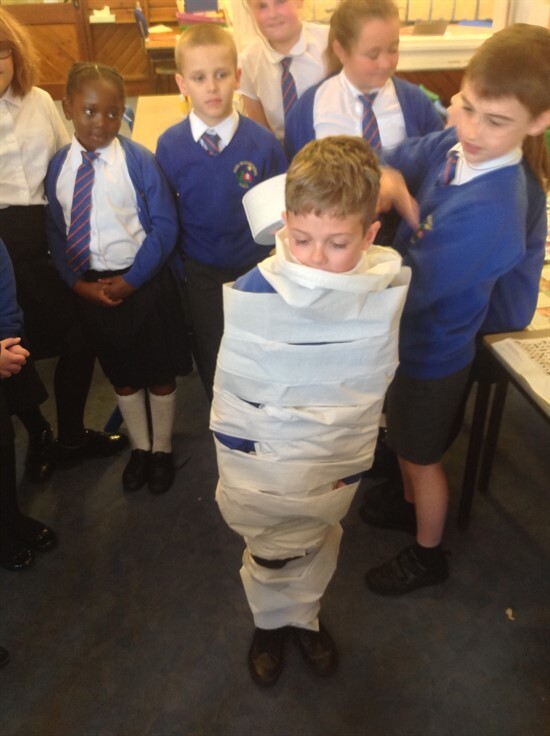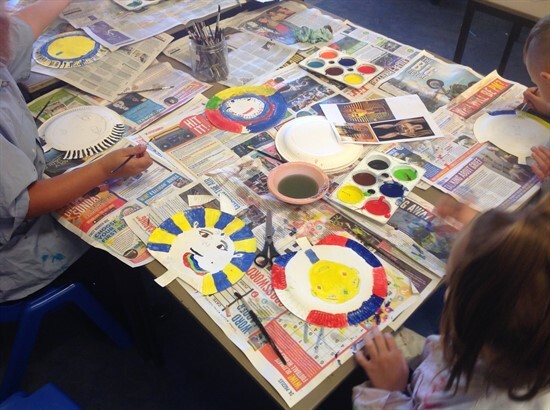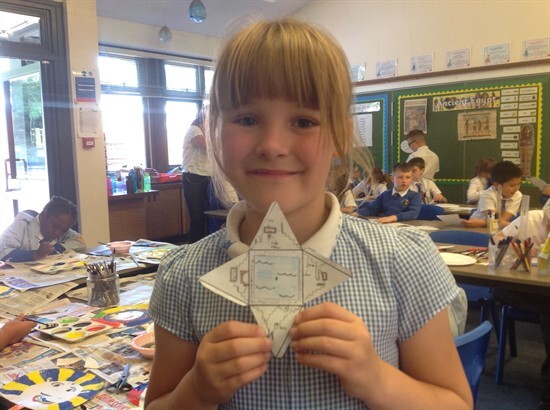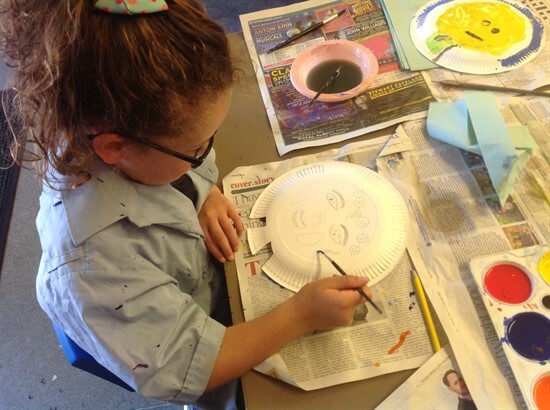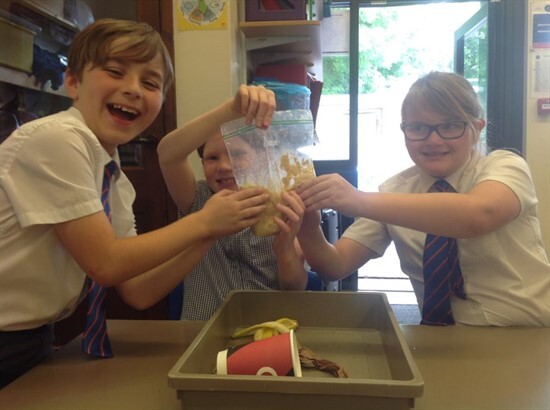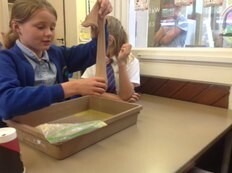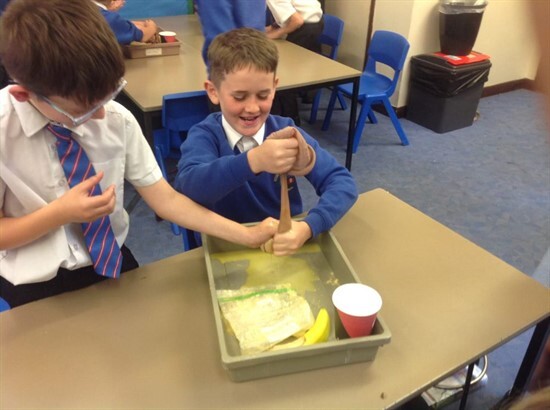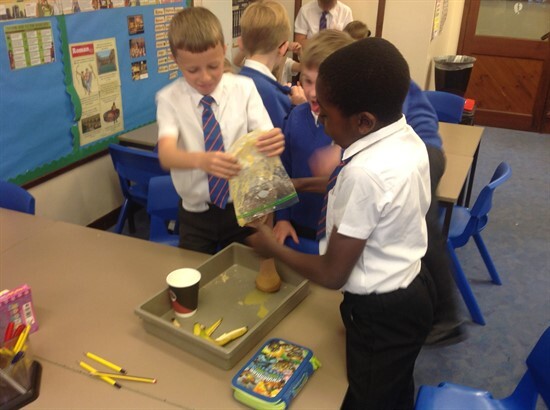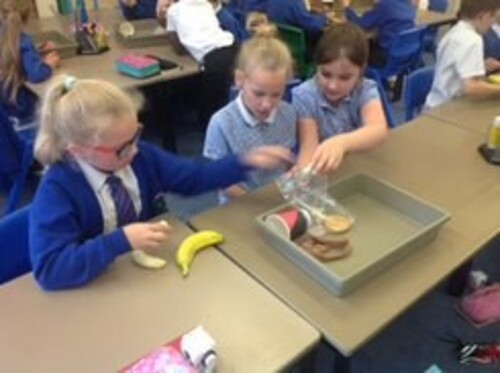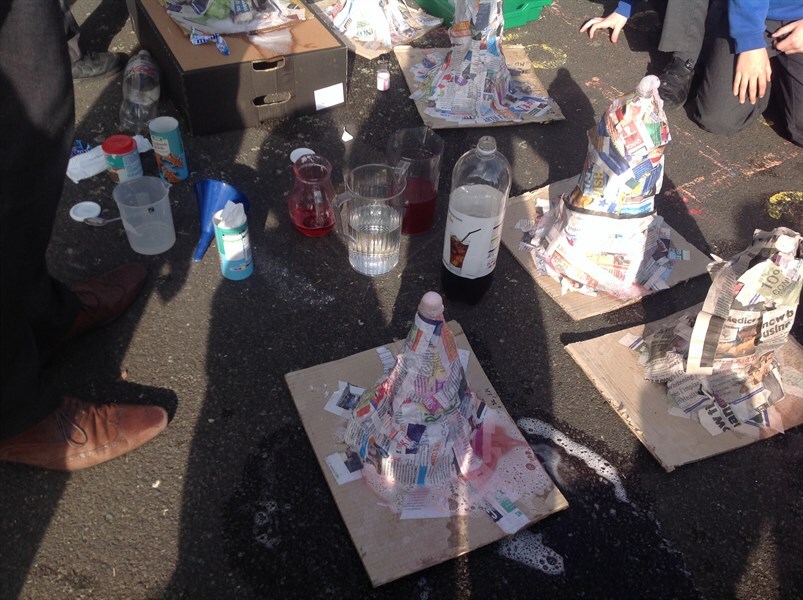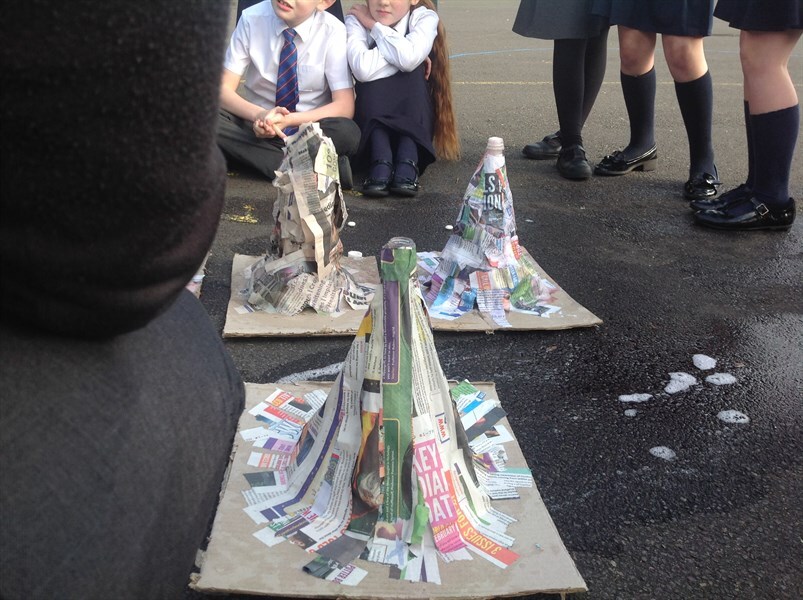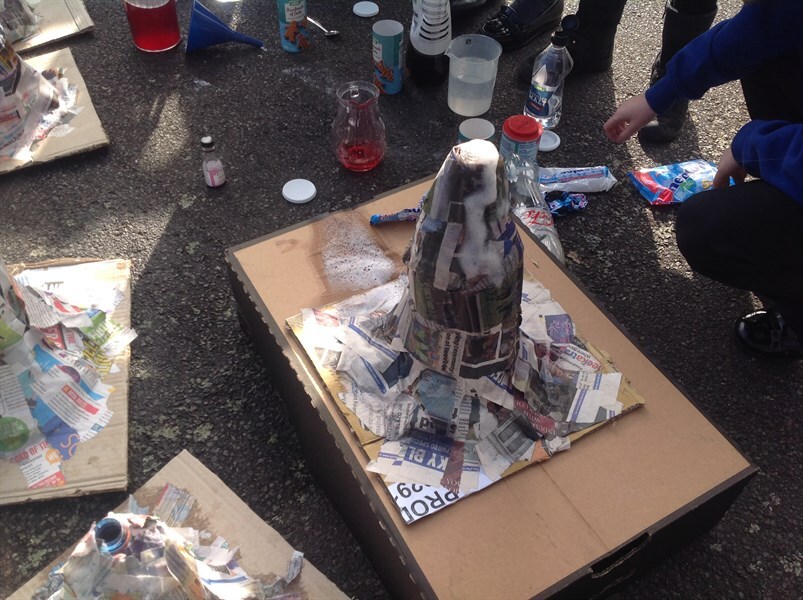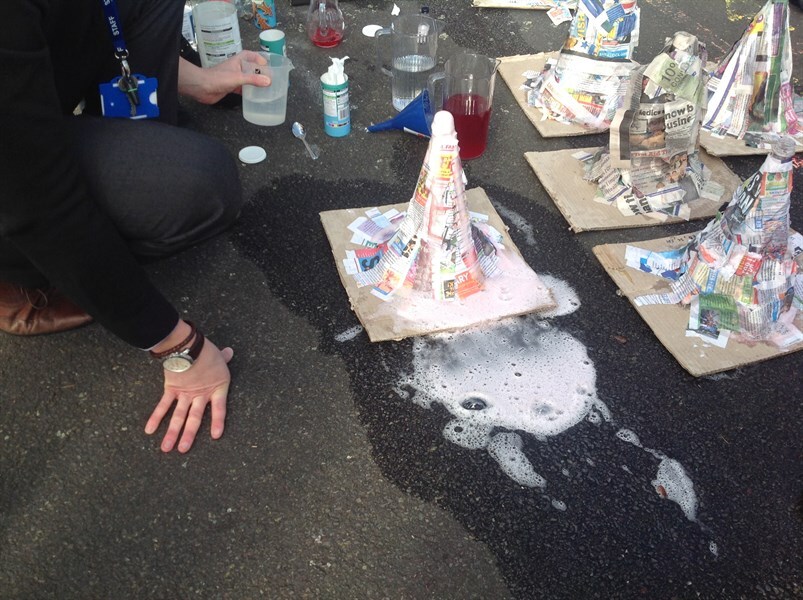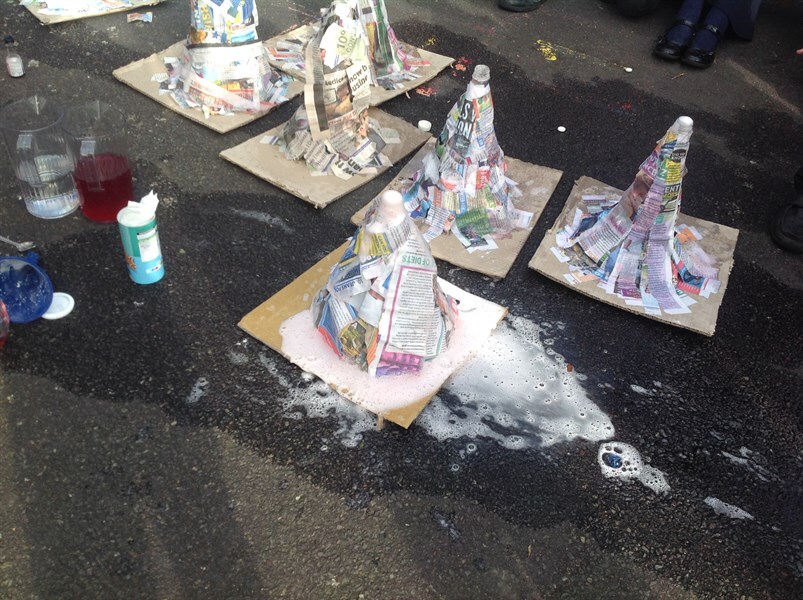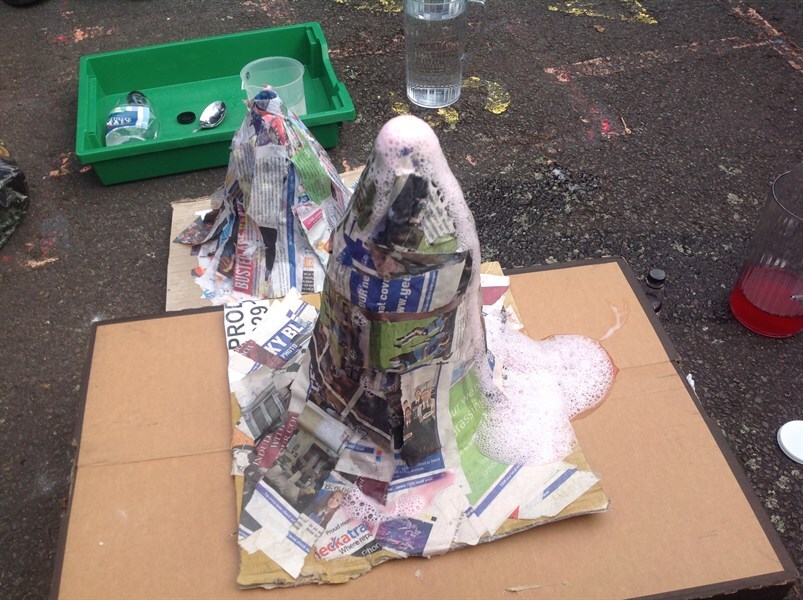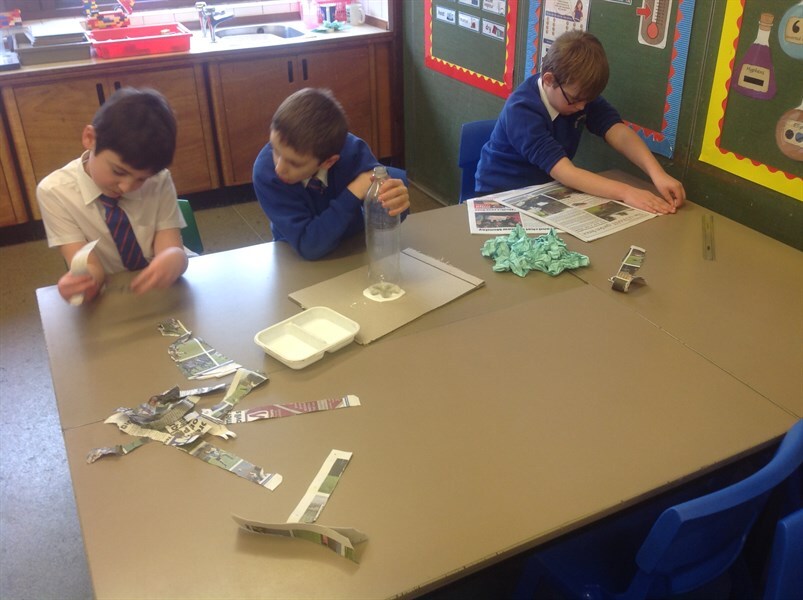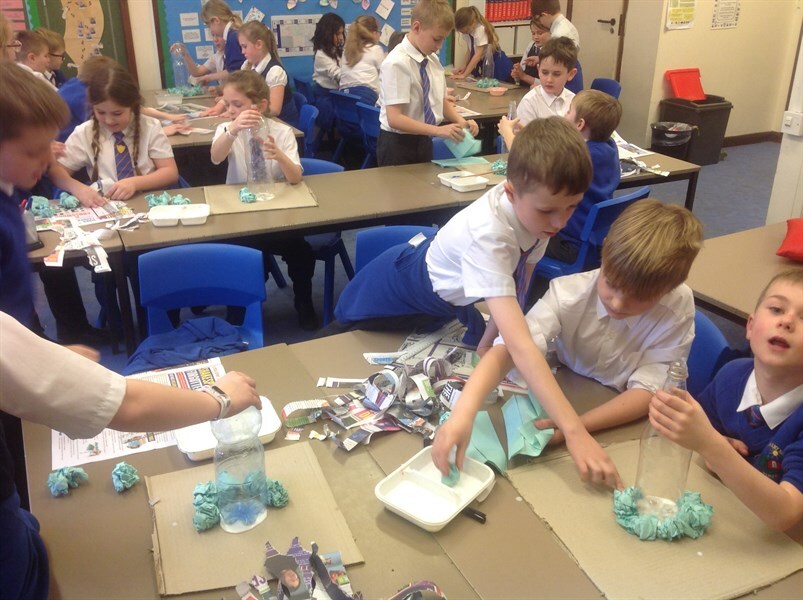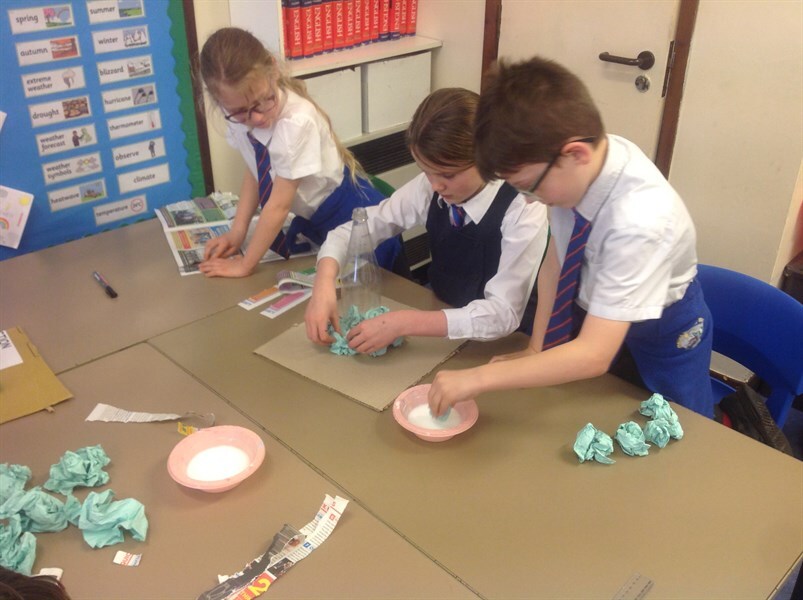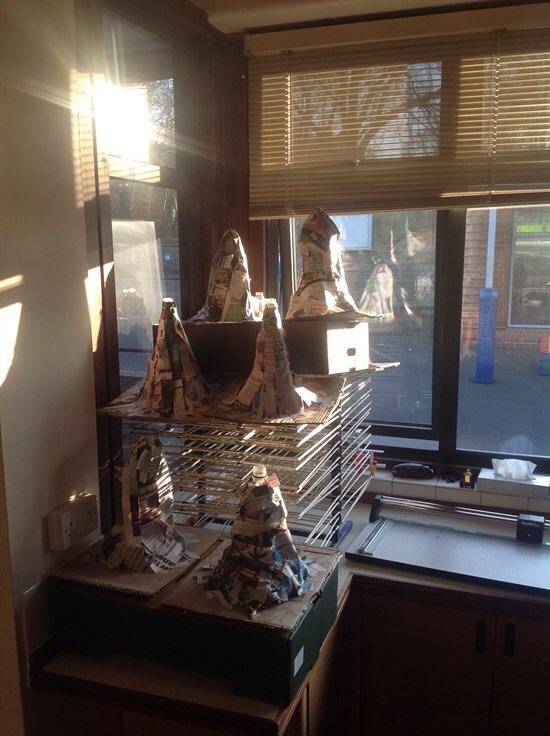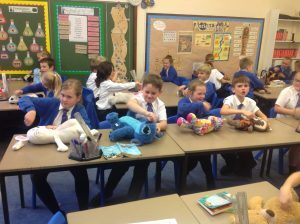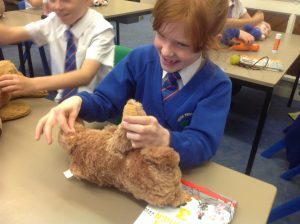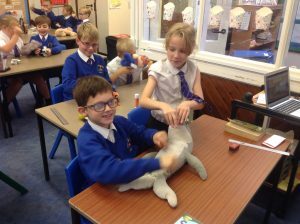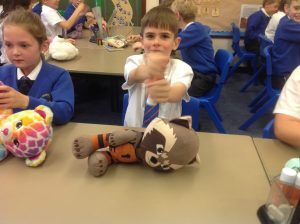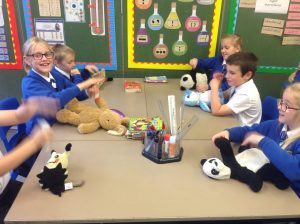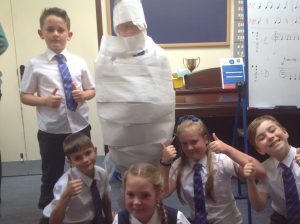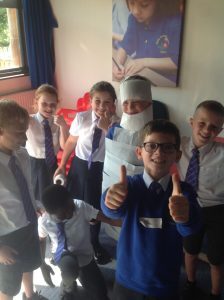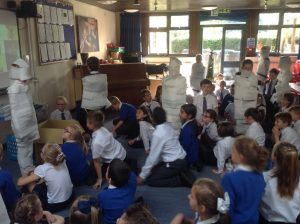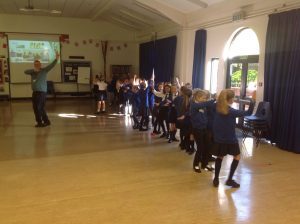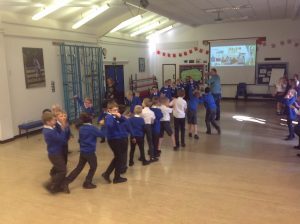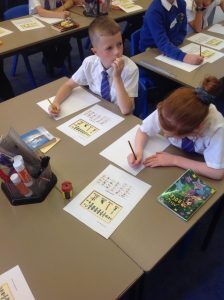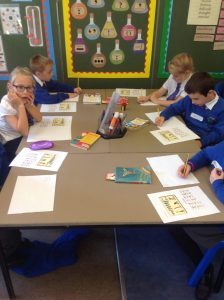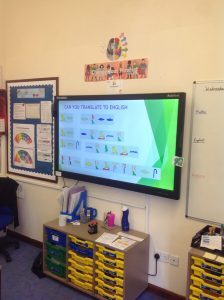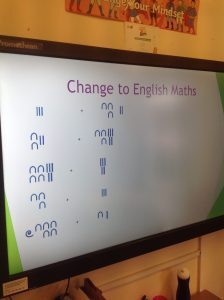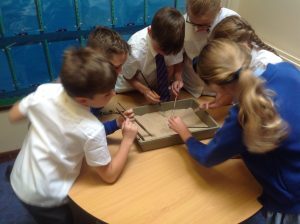Class 9
ACADEMIC YEAR 2025-26
Roman Day
For our Roman Day, we all came into school dressed in Roman outfits. During the day, we took part in lots of activities to begin to learn about what life as a Roman soldier might be like.
In the morning, we recapped some of our previous learning about Roman Numerals. We then designed our own Roman mosaic shields based on traditional designs, considering the meaning of each of the elements of the crest. We later created them ready for our battle in the afternoon.
After lunch, we went learnt how to march and move in a variety of different formations. Our favourites were The Tortoise, The Wedge and The Orb. Once we were confident with our formations, we had tag battles between the classes taking it in turns to act as the Romans and the unsuspecting Celts. We all thoroughly enjoyed our day and are looking forward to learning more about the Romans.
National Poetry Day
To celebrate National Poetry Day, we have explored four poems with the theme of ‘Play’. In groups, we picked a poem to ‘text mark’ and then we performed our poems to the class. Reading and annotating the poems carefully helped us to consider the three skills of an effective reader – accuracy, pace and expression!
Investigating Switches
Today we used a variety of materials to try and create a number of different switches. This allowed us to control the flow of electricity through our circuits. We learnt that in order to make a switch work, it needs to be made out of metal (a conductor). Switches mean a circuit can be either open or closed.
The Newt Roman Villa Trip
On Tuesday, Year 4 had the opportunity to visit The Newt Roman Villa. During the morning, we looked around the museum which included the original foundations of the Roman Villa and parts of a Roman mosaic which were uncovered on the site. We also had the chance to look around a realistic replica of the Roman Villa which was originally built on the site. We explored the various rooms of the Villa, including the kitchen, study, dining room and bathhouse. We all really enjoyed the trip and are looking forward to writing recounts of our experiences later in the week.
Oracy
Today we have recapped some of the key skills linked to oracy. We have talked about different ways we can explain our thinking clearly and concisely, as well as strategies for being a good listener when other are speaking. We then enjoyed trying out these skills with a game of ‘Would You Rather?’.
ACADEMIC YEAR 2024-25
DT - Adapting a Recipe: Eton Mess
This week, Year 4 had a go at adapting the traditional Eton Mess recipe. We began the week by sampling lots of well-known desserts to complete some market research. We commented on the appearance, smell, taste and texture of each.
Later, we had a go at making a traditional Eton mess and evaluated it. We made notes on what we liked about it and what we might change when we make our own. Using the briefs provided by Ron and Hermione, we designed our own pudding by adapting the recipe.
Finally, we made the new version of our desserts and completed an evaluation which stated what we thought we had done well, and what we would like to change next time. Our desserts were really yummy and we enjoyed the whole process.
RSPCA Visit
Today we had an exciting visit from Alex who works at the RSPCA West Hatch site. She told us all about her work and the animals she and the team have helped. She also talked to us about the dangers that litter and pollution can have on animals and the things we can do to avoid this. She also shared some of the skills she uses in her job and we discussed how these link to the life skills we are developing at school. Afterwards, we spent some time doing a litter pick around school which will help to prevent any animals from becoming ill or injured on our school site.
Life Bus - Mental Wellbeing
This morning, we visited Katie from the Life Bus in her exciting, new tent! We started by talking about how our brains work and the functions of different parts of our brains. We then discussed the different things we need to keep our bodies healthy and how these can affect our brains. We shared what we know about mental health and discussed the five ways to wellbeing. Katie explained that doing these things releases chemicals into our brains and these help our mental wellbeing. Later, we discussed the importance of exercise and how it can help our mental health. We also shared some of the things we are grateful for and discussed how focusing on these can help us to feel better.
Making Toothpaste
After finding out how sugary drinks can damage our teeth, we made our own toothpaste. We mixed bicarbonate of soda, glycerine, salt and peppermint together to form a toothpaste. We learnt how toothpaste helps to protect the enamel by using sodium fluoride and bicarbonate soda to neutralize acids from our foods and drinks. Following making the toothpaste, we were given time to work as a group and produce an advert to promote our product.
What Was it Like in This Area in Viking and Anglo Saxon Britain?
Today we have been looking at our geographical location on a variety of maps and have thought about how this was different in Viking and Anglo Saxon Britain. We learnt about King Alfred the Great and the impact he had during his reign. We looked at King Alfred’s Tower, inspired by King Alfred the Great, and discussed why this area was important in Anglo Saxon and Viking times. We also looked at Anglo Saxon settlements and thought about what life might be like then. We ended the session by ordering the events of King Alfred the Great.
Road Safety
Today we have had a visit from Steve from Somerset Road Safety. We talked about how we can use the road as a pedestrian and as a cyclist and we identified lots of things we can do to help us stay safe on the road.
Medical Mavericks
Today we had a very exciting visit from the Medical Mavericks as part of our Careers Related Learning. They did an exciting hands-on workshop with us which gave us the opportunity to explore, learn and discuss all the amazing medical careers that are available to us in the NHS. We also produced small posters of medical personnel and all of their amazing qualities!
Measurement Challenge
Today, we had a go at a Year 4 measurement challenge. We went to the KS1 playground and had to measure different objects in metres, centimetres and milimetres. If we finished this, we were given some additional challenges to do involving data collecting and estimating heights and lengths.
VE Day
Today we have been learning about VE Day. This year is especially important as it is the VE Day 80th anniversary, marking 80 years since WW2 ended. We spent part of the lesson learning facts about WW2 then looked in more detail at the role of men, women and children during the war. We thought about how they would feel at the beginning and end of the war, how their lives changed during the war and the types of hardships they faced. We also looked at a range of sources such as film footage, pictures and diary entries. Finally, we each created a poppy with the name of a local Yeovil WW2 soldier, ready to go on a cross as part of our whole school VE Day display.
Earth Day
Today we celebrated Earth Day. This year’s theme was ‘Our Power, Our Planet’ and the focus was on sustainable energy sources such as using wind, tidal and thermal generated energy to tackle climate change. We were very lucky to have a visitor who talked to us all about sustainable living and then in the afternoon we created some ‘pledge’ posters where we thought about the small actions we might take to reduce our carbon footprints.
Design and Technology - Sewing Cushions
As part of our Design and Technology topic, we have been practicing our sewing skills. We began by using felt and thread to practice different stiches including running stitch, cross stitch and applique. We were then given a design brief to design a cushion for the gift shop of either London Aquarium or The Iceland volcano museum. Once we had decided which one we wanted to use, we chose a fabric colour and decoration to match the brief. Later, we put our sewing skills to the test when we stitched and stuffed our cushions.
What Makes the Earth Rumble? - Geography
To finish our Geography topic on ‘What Makes the Earth Rumble?’, we produced our own news reports from the scene of the eruption of Mount Vesuvius in 79AD. In groups, we used our geographical vocabulary as well as our knowledge of the eruption and the impact it had on the city of Pompeii to produce exciting news reports which we shared with our class.
A Visit from Leonardo
Today, we had some very exciting visitors from Leonardo, our local helicopter manufacturer. They talked to us all about their work at Leonardo and we even got to see how a wind table worked.
Science Week
Today, we were set a newspaper building challenge. We were given a problem and worked with our partner classes in Reception to build our structures. We had lots of fun!
World Book Day
This year, our World Book Day celebrations focused on Harry Potter. We listened to an extract from ‘Harry Potter and the Philosopher's Stone’ and identified all of the key vocabulary. We then used these ideas to draw the setting that was being described. Later in the day, we watched a video of Harry Potter illustrator Johnny Duddle, who taught us how draw our own Hogwarts castles. We also had a visit from Jo and Alex, who read us some lovely stories and told us about their jobs at Higos Insurance.
A Visit from A.F. Harold
Today we had a very exciting visit from poet and performer A.F.Harold. We started with an assembly where he shared some of his best poems and then he visited our classes to read more of these and talk to us about the structure and language choices that he uses to create his poems. We had great fun learning about how to create a poem and are looking forward to having a go at writing our own. Linked to this, we talked about how we could use English in our furture careers and he discussed his career in writing and poetry.
Art Week
During Art Week, Year 4 have been exploring different textures within art. We have used a variety of different materials to form a multi-textural piece of art based on our Geography topic of ‘What Makes the Earth Rumble’.
To conclude our art topic this week, we applied all of the skills we have learnt so far to create our very own volcano pictures. We used different materials and techniques to portray two different moods throughout our artwork.
Vocabulary Day
To celebrate Vocabulary Day, we all came in dressed as a special word. We had a lot of fun meeting up with our partner classes in Reception and sharing our words with them.
Later in the day, we had a go at a ‘Volcanic Vocabulary’ activity linked to our geography topic. We learnt how to draw volcanoes and then used thesauruses to come up with lots of exciting words to describe them!
Exploring Textures
In today’s lesson, we started by looking at pieces of art completed by different artists and considered the techniques they used to create texture within their work.
After this, we used different materials found around school to experiment with a range of textures and see how they change the depth of the piece or art work. We collected natural samples from the playground and used a range of art resources to do this.
A Visit from Wessex Water
Today, Year 4 enjoyed a visit from Sam from Wessex Water. She helped us with our science topic by talking to us about the water cycle and what we can do to save water. This was also a great opportunity to talk about some of the jobs people do for Wessex Water.
International Day - France
Today we have enjoyed learning all about France. We started the day by learning about the history and culture of France. We then explored the geography of France and used DigiMaps to plot our findings. After break, we explored the work of Monet, before creating our own versions of his ‘Water Lilies’ piece. Later in the week, we are also looking forward to practising some French!
Changing State - Chocolate Experiment
In today’s science lesson, we conducted an experiment to see which temperature water would be the best to use to melt the chocolate. In order to do this, we took three trays and filled them with 3 different temperatures of water, 34oC, 37oC and 40oC. Then we placed one square of milk chocolate into each tin and floated them on the water. We waited for 5 minutes to see if the chocolate would melt. After the 5 minutes, we found that the hotter water melted more of the chocolate than the cooler water. This happened because as the water heated the chocolate, it began to melt. This showed us that the chocolate could turn from a solid to a liquid. As the chocolate began to melt in the coolest water, we could tell that it had quite a low melting point.
To make our experiment a fair test, we will:
Put the same amount of water in each tray (Izzy)
Use the same amount of chocolate in each tray (Ava)
Put the chocolate in the trays for the same amount of time (Edward)
Use the same type of chocolate in each tray. Thick chocolate will melt more slowly than thin chocolate (Jenny)
Use the same type and size of tin in each tray (Amelia)
Sound - Changing Pitch and Volume
To conclude our topic on sound, we had a go at designing and creating our very own musical instruments. As part of our planning process, we had to think about the materials we would use and how we would go about making them. We also had to consider how we could change the volume and pitch of the sounds created by our instruments. In Monday’s lesson, we used recycled materials to create the instruments. Later in the lesson, we had the chance to play them and share them with the rest of the class.
Design and Technology - Torches
This week, as part of our Design and Technology unit, we had a go at making our own torches. We began by analysing different torches that are already available on the market. We then chose either Evelyn or Isiah to make a torch for and created a design to fit their personal specifications. We set about making our torches out of recycled materials. Using what we had learnt in science about electricity, we built working circuits with switches to fit inside our torch cases to make them light up. Once our torches were complete, we considered what went well and what we would change next time while writing our evaluations.
String Telephones
In today’s lesson we created string telephones using 2 plastic cups and length of string. The telephone works when one person talks into one of the cups and another listens. We found that it worked best when the string was pulled tight. This is because the vibrations could travel more freely along the string. We noticed that when you pinch the string you couldn’t hear the other person as well because you are stopping the vibrations.
Sound travels better through the string telephone over long distances than through the air because the particles in the string and cup are closer together because they are both solids. This means the vibrations can move between the particles more freely than through the air.
Performance Poetry - 'Television' by Roald Dahl
This half term, Year 4 have been preparing for their Performance Poetry. They have learnt and performed ‘Television’ by Roald Dahl. We each took a line, and focused on performing it with accuracy, pace and expression. We then did a great job of performing their poem in assembly.
Sound - Pitch Investigation
Today in Science, the children created their own pan pipes in order to investigate different pitches. They discovered that the longer length straws made a lower pitch sound and the shorter length straws made a higher pitch sound. This was because the air particles had to travel further in the longer straws, therefore vibrating the straw less.
“The shorter straws make a higher sound” - Rylee
“The longer straws make a lower sound” - Autumn
“The thinner strings make a higher noise” - Otis
“The glass bottles with less water in make a lower sound” - Maddie
“If you cover more of the holes in the recorder, you get a lower sound” - Ella
“The shorter keys make a higher sound” - Luca
Roman Day!
For our Roman Day, we all came into school dressed in Roman outfits. During the day, we took part in lots of activities to begin to learn about what life as a Roman soldier might be like. In the morning, we designed our own Roman mosaic shields based on traditional designs, considering the meaning of each of the elements of the crest. We later created them ready for our battle in the afternoon.
After lunch, we went learnt how to march and move in a variety of different formations. Our favourites were The Tortoise, The Wedge and The Orb. Once we were confident with our formations, we had tag battles between the classes taking it in turns to act as the Romans and the unsuspecting Celts. We all thoroughly enjoyed our day and are looking forward to learning more about the Romans.
Roman Pottery - Art Week
This week we have been looking at Roman pottery. We have looked at a range of Roman pottery and learnt about the difference between coarse and fine ware. We then analysed two Roman pots, looking at the size, shape, colour and designs. We then looked at some more pots in detail and discussed what was similar and different. This helped us to create explorative drawings of different features of the pots, such as the handle, base, design and shape.
We spent a lesson experimenting with clay. This involved using different methods to shape it into a pot, as well as to create patterns and designs in the clay.
We designed our Roman pots in our sketchbooks, thinking carefully about the shape, size and decoration. We then used the skills we had developed so far to create our own Roman clay pots.
National Poetry Week
During National Poetry Week, Year 4 learnt and performed ‘Little Red Riding Hood and the Wolf’ from Roald Dahl’s ‘Revolting Rhymes’ book. We each took a line, and focused on performing it with accuracy, pace and expression. We then did a great job of performing our poems to each other!
Trip to the Newt Roman Villa
On Tuesday 24 September, Year 4 had the opportunity to visit The Newt Roman Villa. During the morning, we looked around the museum which included the original foundations of the Roman Villa and parts of a Roman mosaic which were uncovered on the site. We also had the chance to look around a realistic replica of the Roman Villa which was originally built on the site. We explored the various rooms of the Villa, including the kitchen, study, dining room and bathhouse. We all really enjoyed the trip and have enjoyed writing recounts of our experiences in English this week.
ACADEMIC YEAR 2023-2024
Eton Mess!
This week, Year 4 had a go at adapting the traditional Eton Mess recipe. We began the week by sampling lots of well-known desserts to complete some market research. We commented on the appearance, smell, taste and texture of each.
Later, we had a go at making a traditional Eton mess and evaluated it. We made notes on what we liked about it and what we might change when we make our own. Using the briefs provided by Ron and Hermione, we designed our own pudding by adapting the recipe.
Finally, we made the new version of our desserts and completed an evaluation which stated what we thought we had done well, and what we would like to change next time. Our desserts were really yummy and we enjoyed the whole process.
Earth Day
As part of their living things and habitat work, year 4 discussed the impacts of environmental changes and researched endangered animals and what can be done to help each species.
Local History Month Pick n Mix Homework
We were set the challenge of finding out something about the history of Yeovil over half term. Today, we have shared our findings. This is what we learnt…
Zoja – St John’s Church was built in 1380, Brody – There are some old buildings in Yeovil, Olivia – Yeovil is the largest town in South Somerset, Emilia – Lots of our grown ups have worked at Leonardo, which used to be called Westlands, Harrison B – Schools from the 1800s and 1900s were very different to schools now, Matthew – One of Leonardo’s helicopters were used in a James Bond film, Poppy – St John’s Church is the oldest building in Yeovil, Autumn – In some classrooms, the only light used to be a candle, Ezra – A small helicopter used to cost £6m to build but now it would cost £65m, Bella – Some of our grown ups had different lives in Yeovil when they were younger, Harry – In WWI, Yeovil was bombed a lot of times, Olivia R – The schools were very strict in the 1800s, T – ‘Yeovil’ means a forked river, Frederica – in the 19th century, teachers used a stick to hit children, Otis – Yeovil is famous for making gloves and there was a factory called Pittards, Karina – Yeovil Town’s nickname is ‘The Glovers’ because Yeovil is known for making leather gloves, Lenny – Huish Primary School used to be on the Tesco site, Charlotte – Yeovil’s first railway was connected to Taunton railway, Finlay – Princes Street in 1970 looked very different to how it looks now, Johnathan – Leather gloves were made in Yeovil from the 18th Century, Rylee – Yeovil Hospital was opened in 1923, Maddie – Pittards opened in 1826 and closed in 2023, Harrison B – Three aircraft that Westlands made are called the Spitfire, Lynx and Sea King, Luca – In the UK, children used to go to school for 6.5 days a week, Barclay – 107 bombs were dropped in Yeovil in WWII, Cooper Bear – Instead of using a time out corner, schools used to use a stick for punishment, Neve – My great nan used to turn out gloves the right way as a job, Ella – Huish Road used to carry on all the way into town
Life Bus – Mental Wellbeing
This morning, we had a visit from the Helen at the Life Bus. We started by talking about how our brains work and the functions of different parts of our brains. We then discussed the different things we need to keep our bodies healthy and how these can affect our brains. We shared what we know about mental health and discussed the five ways to wellbeing. Helen explained that doing these things releases chemicals into our brains and these help our mental wellbeing. Later, we discussed the importance of exercise and how it can help our mental health. We also shared some of the things we are grateful for and discussed how focusing on these can help us to feel better.
Y4 performance poetry
As we come to the end of half term, we have spent some time working on our oracy skills. We spent one lesson looking at the poem ‘Write a Rap-Rap’ by Tony Mitton. We discussed the layout of the poem and text marked it to show how we would use emphasis and pauses when performing it. We then spent time rehearsing the poem as a class before performing it to the rest of Year 4.
Arts Week
This Art Week, Year 4 have been looking at cubism. To finish the week, we have turned our classroom into an art gallery. We enjoyed looking at different pieces of cubist and impressionist work created by both Picasso and Monet and sharing our thoughts on the pieces.
Oracy Skills
This half term, Year 4 have been working on their oracy skills. We have done lots of lovely activities with opportunities to share our opinions, such as hot seat interviews with Harry Potter and a debate about deforestation in English and circle time discussions about how we can support our friends in Health and Relationships. We have been using lots of stem sentences to help us explain our ideas clearly and concisely.
Robotics
Year 4 enjoyed a visit from some robotics experts this week. They showed us a range of robots and explained the different scenarios where they would be used, before letting us try them out. They also encouraged us to think about the skills we learn at school that would be helpful for a career as an engineer. We had lots of good ideas and shared these with the group.
World Book Day
This year, our World Book Day celebrations focused on Harry Potter. We listened to an extract from ‘Harry Potter and the Philosopher's Stone’ and identified all of the key vocabulary. We then used these ideas to draw the setting that was being described. Later in the day, we watched a video of Harry Potter illustrator Johnny Duddle, who taught us how draw our own Hogwarts castles.
Art Week
Year 4 have been exploring different textures within art. We have used a variety of different materials to form a multi-textural piece of art based on our Geography topic of ‘What Makes the Earth Rumble’.
What Makes the Earth Rumble?
To finish our Geography topic on ‘What Makes the Earth Rumble?’, we produced our own news reports from the scene of the eruption of Mount Vesuvius in 79AD. In groups, we used our geographical vocabulary as well as our knowledge of the eruption and the impacts it had on the city of Pompeii to produce exciting news reports which we shared with our class.
International Day - Poland
Today we have enjoyed learning all about Poland. We started the day by learning about the history and culture of Poland. We then explored the geography of Poland and use DigiMap to plot our findings. After break, we had a go at learning some Polish with the help of our Polish-speaking pupils. We then looked at an exciting parcel from our new link school in Warsaw, before writing letters back to the pupils who had written to us. After lunch, we enjoyed a visit from Zoja’s mum, who talked to us about life in Poland.
Design and Technology – Torches
This week, as part of our Design and Technology unit, we had a go at making our own torches. We began by analysing different torches that are already available on the market. We then choose either Evelyn or Isiah to make a torch for and created a design to fit their personal specifications. We then set about making our torches out of recycled materials. Using what we had learnt in science about electricity, we built working circuits with switches to fit inside our torch cases to make them light up. Once our torches were complete, we considered what went well and what we would change next time while writing our evaluations.
Performance Poetry
This half term, Year 4 have been preparing for their Performance Poetry. They have learnt and performed ‘Little Red Riding Hood and the Wolf’ from Roald Dahl’s ‘Revolting Rhymes’ book. We each took a line, and focused on performing it with accuracy, pace and expression. We then did a great job of performing their poem in assembly.
The Newt Trip
On Thursday, Year 4 had the opportunity to visit The Newt Roman Villa. During the morning, we looked around the museum which included the original foundations of the Roman Villa and parts of a Roman mosaic which were uncovered on the site. We also had the chance to look around a realistic replica of the Roman Villa which was originally built on the site. We explored the various rooms of the Villa, including the kitchen, study, dining room and bathhouse. We all really enjoyed the trip and have enjoyed writing recounts of our experiences in English this week.
Art Exhibition
This week, Year 4 enjoyed visiting our school Art Exhibition where we were able to look at a range of lovely artwork that different classes had produced. While we were at the Exhibition, the Art Ambassadors from each class did a great job of explaining what they had done during our Art Week last half term. We were also able to share some of our own art work with our peers, such as our Roman pot designs and the pottery we created.
Roman Day
For our Roman Day, we all came into school dressed in Roman outfits. During the day, we took part in lots of activities to begin to learn about what life as a Roman soldier might be like.
In the morning, we designed our own Roman mosaic shields based on traditional designs, considering the meaning of each of the elements of the crest. We later created them ready for our battle in the afternoon.
After lunch, we went learnt how to march and move in a variety of different formations. Our favourites were The Tortoise, The Wedge and The Orb. Once we were confident with our formations, we had tag battles between the classes taking it in turns to act as the Romans and the unsuspecting Celts. We all thoroughly enjoyed our day and are looking forward to learning more about the Romans.
Author Visit - Annelise Gray
Year 4 enjoyed a visit from children’s author Annelise Gray. She told us all about her ‘Circus Maximus’ book series and then we had the opportunity to ask her lots of questions about her experiences as an author. We especially enjoyed her presentation because it linked to our Romans topic, so we had lots of ideas to share with her about life in Ancient Rome.
Science - Circuit Investigation
Today we had the chance to test out a range of circuits to see if our predictions were correct. Last lesson, we wrote a prediction for each circuit picture to see if we thought the bulb would light up. In small groups, we made each of the circuits in turn and discussed if our predictions were correct. We found that the bulb only lit up when the circuit was complete. This means the bulb is connected with wires to both the positive and negative ends of the cell, without any breaks in the circuit.
ACADEMIC YEAR 2022-2023
Glider Challenge
Today, we enjoyed participating in the Leonardo Glider Challenge. We learnt all about the design requirements for a glider, before designing a range of gliders. In groups, we built three gliders and tested them to see which would fly the furthest. We then answered a range of questions about what our experiment had shown and how we had used a range of engineering skills in our work.
Making Toothpaste
After finding out how sugary drinks can damage our teeth, we made our own toothpaste. We mixed bicarbonate of soda, glycerine, salt and peppermint together to form a toothpaste. We learnt how toothpaste helps to protect the enamel by using sodium fluoride and bicarbonate soda to neutralize acids from our foods and drinks. Following making the toothpaste, we were given time to work as a group and produce an advert to promote our product. These proved very amusing and we enjoyed the role play.
Life Bus
This morning we had a visit from the Helen at the Life Bus. We started by talking about the things we need to help us stay healthy. Things like healthy diet, exercise and sleep. She then used an interactive app to help us explore the key systems inside the body including the digestive, respiratory and the circulatory systems.
Later, we discussed our mental health and the things we can do to help look after our mental health. We met Harold the giraffe and he talked to us about medication that we might need to take when we are feeling poorly. He told us about the dangers of medicines and the things we can do to help keep ourselves safe when taking medicine. Harold also talked to us about the dangers that smoking and alcohol can have on people’s bodies.
We ended by celebrating our differences and understanding that these are a good thing as if we were all the same, the world would be a boring place.
Design and Technology- Sewing Cushions
As part of our design and technology topic, we have been practicing our sewing skills. We began by using felt and thread to practice different stiches including running stitch, cross stitch and applique.
We were then given a design brief to design a cushion for the gift shop of either London Aquarium or The Iceland volcano museum. Once we had decided which one we wanted to use, we chose a fabric colour and decoration to match the brief. Later, we put our sewing skills to the test when we stitched and stuffed our cushions.
Vocabulary Day
For vocabulary, we came in dressed as an ambitious vocabulary word. In the morning, we spent some time sharing our words with the class and explaining their meanings and why we had chosen them. Later in the day, we had the opportunity to participate in a ‘Vocabulary Parade’, where we connected with other KS2 children to share our words. We were given the challenge to learn four new words, as well as their definitions and to use them in a sentence.
Yeovil Library Trip
Today, Class 9 enjoyed a visit to Yeovil Library. Some very helpful staff members talked to us about how to get a library card, before showing us the range of books they have on offer. We talked about how the books are organised and how to find a book you are looking for. We also discussed the other things you can do at the library, like Lego Club and the Summer Reading Challenge. We then enjoyed looking at some books.
King's Coronation
Today, we have enjoyed celebrating King Charles’ coronation. We learnt about the history of the celebration, before designing some bunting to decorate the school for our celebrations. In the afternoon, we enjoyed singing some songs in the hall including our national anthem. We then went outside and enjoyed sharing some cakes and games with our partner class in Key Stage 1.
Sherborne Abbey Trip
To link in with our RE work on Christianity, we went on a trip to visit Sherborne Abbey. We were met by the church warden who gave us a tour and told us lots of interesting facts about the history of the building. We learnt that the Abbey was named St Mary after Jesus’ mother Mary. It was really exciting to be able to look around this incredible building and make links to what we had learnt about so far in RE.
World Book Day
To celebrate World Book Day, we wrote our own story books inspired by Julia Donaldson’s rhyming books. We thought carefully about the language we used and how we could use rhymes to make our stories more entertaining. When we had written our books, we had lots of fun illustrating them. In the afternoon, we then shared our books with children from Reception, who loved hearing our stories!
Pompeii News Report
To finish our Geography topic on ‘What Makes the Earth Rumble?’, we produced our own news reports from the scene of the eruption of Mount Vesuvius in 79AD. In groups, we used our knowledge of the eruption and the impacts it had on the city of Pompeii to produce an exciting news report which we shared with everyone in Year 4.
World Book Day
To celebrate World Book Day, we wrote our own story books inspired by Julia Donaldson’s rhyming books. We thought carefully about the language we used and how we could use rhymes to make our stories more entertaining. When we had written our books, we had lots of fun illustrating them. In the afternoon, we then shared our books with children from Reception, who loved hearing our stories!
International Day
Year 4 - We started the day with a discussion about what we already knew about the country, before watching a presentation to give us some facts about the India. We then enjoyed an exciting Bollywood dance session in the hall, as well as designing our own Rangoli patterns.
Art
Year 4 have been exploring different textures within art. We have used a variety of different materials to form a multi-textural piece of art based on our Geography topic of ‘What Makes the Earth Rumble’.
Sound – Pitch Investigation
Today in Science, the children created their own panpipes in order to investigate different pitches. They discovered that the longer length straws made a lower pitch sound and the shorter length straws made a higher pitch sound. This was because the air particles had to travel further in the longer straws, therefore vibrating the straw less. Comments made by th children:
“When you covered more of the air holes, it changed the pitch of the sound”
"The thinner string made a high pitch sound”
“The low pitch sound must have had a looser string”
“When you hit the middle of the drum, the sound is lower”
“This is because the drum skin is less tight”
Design and Technology Torches
This week, as part of our Design and Technology unit, we had a go at making our own torches. We began by analysing different torches that are already available on the market. We then choose either Evelyn or Isiah to make a torch for and created a design to fit their personal specifications. We then set about making our torches out of recycled materials. Using what we had learnt in science about electricity, we built working circuits with switches to fit inside our torch cases to make them light up. Once our torches were complete, we considered what went well and what we would change next time while writing our evaluations.
Dorset Museum Trip
Year 4 had the opportunity to visit the Dorset museum in Dorchester. Here they completed a workshop which allowed them to act as archaeologists and dig for buried artefacts. They split into groups and uncovered the remains of two Roman people surrounded by their belongings. The children were able to make inferences about the people’s lives based on what they had been buried with.
Later on, they explored the museum in search of their artefacts. On a guided tour, they were able to learn that these artefacts were and what the Romans would have used them for.
After lunch, the children took a short walk to the remains of Britain’s only surviving Roman town house. They explored the outside and saw a fantastic example of a Roman Hypocaust (central heating) system before going inside. Once inside, the children saw an array of perfectly preserved mosaics that had been created by the Romans.
They all enjoyed the trip and have enjoyed writing recounts of their experiences in English this week.
Wellbeing Workshop
Today we were visited by Darcy, a previous student from Huish who now works as a professional dancer. She talked to us about her time at Huish and how she had felt anxious at times. We shared some ideas for ways to help yourself if you are feeling anxious or worried and our suggestions included talking to a trusted adult, doing something nice to distract ourselves and doing some exercise. Darcy explained that dancing really helps her when she is feeling anxious and we thought that this could help us to. She taught a dance to ‘This is Me’ from the Greatest Showman and ‘You Will Be Found’ from Dear Even Hansen, which we really enjoyed learning and performing.
Arts Week
This week we have been looking at Roman pottery.
We have looked at a range of Roman pottery and learned about the difference between coarse and fine ware. We then analysed two Roman pots, looking at the size, shape, colour and designs.
We then looked at some more pots in detail and discussed what was similar and different. This helped us to create explorative drawings of different features of the pots, such as the handle, base, design and shape.
We spent a lesson experimenting with clay. This involved using different methods to shape it into a pot, as well as to create patterns and designs in the clay.
We then used the skills we had developed so far to create our own Roman clay pots. We designed the pots in our sketchbooks, thinking carefully about the shape, size and decoration. We were then given a small piece of clay to create our design; first shaping it into a pot and then adding patterns.
When we had finished our pots, we spend some time evaluating them. We went around the room and shared our designs, discussing the techniques we had use and giving each other stars and wishes for our designs. We then evaluated our own pots in our sketchbooks, thinking about what went well and what we would change next time.
Swimming
Year 4 have completed their first term of swimming. They have all worked really hard. Some students were nominated by their teachers for outstanding effort and excellent listening. Well done to everyone.
Roman Day
For our Roman hook day we all came into school dressed in Roman outfits. During the day, we took part in lots of activities to begin to learn about what life as a Roman soldier might be like.
In the morning, we designed our own Roman mosaic shields based on traditional designs, considering the meaning of each of the elements of the crest. We later created them ready for our battle in the afternoon.
We learnt about Roman foods and dining habits. We then had a go at making our own Roman flatbreads, which we took home to share with out families.
After lunch, we went out onto the playground and learnt how to march and move in a variety of different formations. Our favourites were The Tortoise, The Wedge and The Orb. Once we were confident with our formations, we had tag battles between the classes taking it in turns to act as the Romans and the unsuspecting Celts. We all thoroughly enjoyed our day and are looking forward to learning more about the Romans.
Circuits
Today we had the chance to test out a range of circuits to see if our predictions were correct. Last lesson, we wrote a prediction for each circuit picture to see if we thought the bulb would light up. In small groups, we made each of the circuits in turn and discussed if our predictions were correct. We found that the bulb only lit up when the circuit was complete. This means the bulb is connected with wires to both the positive and negative ends of the cell, without any breaks in the circuit.
ACADEMIC YEAR 2021-2022
Vocabulary Parade
Today we all took part in a vocabulary parade! We each chose a word and came to school dressed as that ambitious piece of vocabulary. In the afternoon, we shared each of our outfits and words and then discussed the meaning of our words with the class. We use thesauruses to find synonyms for some of our words. We really enjoyed dressing up and leaning new vocabulary!
Art Week
For this term’s art week, Year 4 have been experimenting with texture. They used a variety of different materials to create their own volcano pictures. A range of colours and art techniques were used to create a different mood on each side of the picture.
Red Nose Day
Here are class 9 with their Red Noses!
World Book Day Pictures
Science
How can we change the pitch and volume of a sound?
To conclude our topic on sound, we had a go at designing and creating our very own musical instruments. As part of our planning process, we had to think about the materials we would use and how we would go about making them. We also had to consider how we could change the volume and pitch of the sounds created by our instruments. In Monday’s lesson, we used recycled materials to create the instruments. Later in the lesson, we had the chance to play them and share them with the rest of the class.
Mental Health Awareness Day
Today we have been celebrating mental health day in a variety of creative ways. The day began with a discussion about what mental health is and different ways we can support our own mental health.
Later, we shared the story of ‘The Boy, the Mole, the Fox and the Horse’ by Charlie Mackesy. We each chose our favourite page and had a go at innovating it with our own water colour illustrations and inspirational quotes.
In the afternoon, we were had a conversation about what mindfulness is and how it can help us. We put this into practise by sewing our own bookmarks to use when reading our favourite stories. We ended the day by sharing some pages from ‘The Fantastic Book of Feelings’.
Torches
This week, as part of our Design and Technology unit, we had a go at making our own torches. We began by analysing different torches that are already available on the market. We then choose either Evelyn or Isiah to make a torch for and created a design to fit their personal specifications. We then set about making our torches out of recycled materials. Using what we had learnt in science about electricity, we built working circuits with switches to fit inside our torch cases to make them light up. Once our torches were complete, we considered what went well and what we would change next time while writing our evaluations.
Earth Day
For this year’s Earth day, we learnt about environmental activists and the impact they have on saving the planet. We Started by discussing what an activist does and talking about Greta Thunberg and why she is famous. We shared the book ‘Old enough to save the planet’ and learnt about lots of child activists who campaign to save the planet. In small groups, we completed some research about some of these activists and created a profile about all of the things they have done.
After break, we worked with a partner to come up with a mini manifesto of ideas of how we would like to save the planet. We formulated a short presentation that we later shared with the class. As a class, we decided on 5 key pledges that we wanted to make to help save our planet.
Roman Trip
On Tuesday, Year 4 had the opportunity to visit the Dorset museum in Dorchester. Here they completed a workshop which allowed them to act as archaeologists and dig for buried artefacts. They split into groups and uncovered the remains of two Roman people surrounded by their belongings. The children were able to make inferences about the people’s lives based on what they had been buried with.
Later on, they explored the museum in search of their artefacts. On a guided tour, they were able to learn that these artefacts were and what the Romans would have used them for.
After lunch, the children took a short walk to the remains of Britain’s only surviving Roman town house. They explored the outside and saw a fantastic example of a Roman Hypocaust (Central heating) system before going inside. Once inside, the children saw an array of perfectly preserved mosaics that had been created by the Romans.
They all enjoyed the trip and have enjoyed writing recounts of their experiences in English this week.
Arts Week
This week we have been looking at Roman pottery.
We have looked at a range of Roman pottery and learned about the difference between coarse and fine ware. We then analysed two Roman pots, looking at the size, shape, colour and designs.
We then looked at some more pots in detail and discussed what was similar and different. This helped us to create explorative drawings of different features of the pots, such as the handle, base, design and shape.
We spend a lesson experimenting with clay. This involved using different methods to shape it into a pot, as well as to create patterns and designs in the clay.
We then used the skills we had developed so far to create our own Roman clay pots. We designed the pots in our sketchbooks, thinking carefully about the shape, size and decoration. We were then given a small piece of clay to create our design; first shaping it into a pot and then adding patterns.
When we had finished our pots, we spend some time evaluating them. We went around the room and shared our designs, discussing the techniques we had use and giving each other stars and wishes for our designs. We then evaluated our own pots in our sketchbooks, thinking about what went well and what we would change next time.
Roman Day
For our Roman day we all came into school dressed in Roman outfits. During the day, we took part in lots of activities to begin to learn about what life as a Roman soldier might be like. In the morning, we designed our own Roman shields based on traditional designs, considering the meaning of each of the elements of the crest. We later painted them ready for our battle in the afternoon.
We also had the opportunity to make some biscuits using a traditional Roman recipe. We sweetened the oat-based biscuits with honey just like the Romans would have done. We took them home to sample.
After lunch, we went out onto the playground and learnt how to march and move in a variety of different formations. Our favourites were The Tortoise, The Wedge and The Orb. Once we were confident with our formations, we had tag battles between the classes taking it in turns to act as the Romans and the unsuspecting Celts. We all thoroughly enjoyed our day and are looking forward to learning more about the Romans.
Science
Today we had the chance to test out a range of circuits to see if our predictions were correct. Last lesson, we wrote a prediction for each circuit picture to see if we thought the bulb would light up. In small groups, we made each of the circuits in turn and discussed if our predictions were correct. We found that the bulb only lit up when the circuit was complete. This meant the bulb was connected with wires to both the positive and negative ends of the cell, without any breaks in the circuit.
ACADEMIC YEAR 2020-21
Toothpaste
After finding out how sugary drinks can damage our teeth, we made our own toothpaste. We mixed bicarbonate of soda, glycerine, salt and peppermint together to form a toothpaste. We learnt how toothpaste helps to protect the enamel by using sodium fluoride and bicarbonate soda to neutralize acids from our foods and drinks. Following making the toothpaste, we were given time to work as a group and produce an advert to promote our product. These proved very amusing and we enjoyed the role play.
Investigating Tooth Decay
In science this week, Year 4 conducted an interesting experiment to investigate how different drinks can cause erosion. We placed six eggs in lemonade, water, diet coke, coke, orange juice, fruit smoothie and squash and left them for five days. At the end of the week, we took the eggs out and observed how the liquids has affected the shells. It was clear that the drinks containing the most sugar caused the most erosion and it made the children think about what drinks they like and the importance of cleaning their teeth.
History - Romans
In our most recent history lesson class 9 went back in time to Rome and debated whether or not the Roman Empire should invade Britain. After intially casting a vote, the two sides were given 20 minutes to develop their persuasive arguments before the debate began. Both sides raised some excellent points, but eventually the majority voted in favour of invading Britain. A great lesson class 9 - Well done!
Maths - Problem Solving
For our last months lesson before half-term, the children were placed into groups and challenged to complete a problem solving exercise related to our fraction and decimal unit. Each group divided up the tasks and worked really well with each other to collate the clues and unlock the answer.
Volcano Eruptions
During our Geography topic, we have been learning how volcanoes are formed and what happens when they erupt. Over the last few lessons, we have our DT skills to construct our own volcanoes out of plastic bottles and papier mâché. Today we used vinegar and bicarbonate of soda to cause a chemical reaction inside the bottles. This enabled us to replicate what happens when a volcano starts to erupt. For the finale, we used Coca Cola and Mentos to cause a giant eruption.
Science
During science week, Class 9 completed a range of investigations and experiments related to our current unit ‘States of Matter’. Having learnt about the properties of each of the states, we began to compare them and discuss whether we thought materials could change their state. Using chocolate and an egg, we investigated whether or not any changes of state would be reversible or irreversible after each were heated. We also discussed and experimented with water, learning about why is it so special and how it can freeze and condensate depending on its temperature. For our final experiment of the week, we tried to freeze a range a liquids including washing up liquid, milk, honey and hand sanitiser. We wanted to find out if all liquids freeze at the same temperature and after the same length of time. Our results showed that in fact not all liquids do freeze at the same temperature and it is dependant upon what is in the liquid that will determine this.
Maths
As part of our fractions unit, Year 4 have been learning about how fractions can be expressed and converted as improper and mixed number fractions. To support this, on Friday we used counters to show practically how each can be expressed and discuss how they are equivalent.
Geography
Since returning to school, Class 9 have been learning about the formation of volcanoes and why they erupt. Having spent the previous lesson learning about each of the parts of a volcano, we thought it only fair that the children work in groups to construct their own! Using recycled bottles and newspaper, they spent the afternoon beginning the first phase of construction and they are all very excited to erupt these after the Easter break.
International Day
The children in school really enjoyed International Day and learning all about Australia. We began the day by baking Anzac biscuits which the children loved and said were really tasty – despite them losing their shape whilst being baked! After break, we completed a research project all about Australian culture and the children shared their discoveries with their peers. In the afternoon, we studied a number of aboriginal pieces and art and the children used cotton buds to replicate this style and create a colourful lizard.
Egyptians
We couldn’t finish the Egyptian unit without having a closer look at the magnificent pyramids. Having learnt about mummification, we knew the pyramids were built as tombs for the great Pharaohs but their actual construction remains a mystery. For their task, the children had to design their own pyramid and construct it. Have a look at these awesome designs!
Science
This week in science, we continued our topic on sound by learning about amplitude and how sounds travel to our ears. As an experiment, we placed some grains of rice on some cling film over a bowl and placed it in front of a speaker. When the music was played loudly, it caused the bowl to vibrate, which in turn caused the rice to vibrate and appear as if it was dancing! As a class, we discussed that the louder the sound was the bigger the vibrations were and the quieter the sound the smaller the vibrations were.
Sound
For the first lesson of our new science unit on sound, the class explored how sounds are created through vibrations. Using rice and a drum, we were able to demonstrate that larger vibrations make louder sounds and smaller vibrations make quieter sounds. We used a tuning fork to investigate how these vibrations can travel through materials, such as water, and a series of instruments to discuss how the sound was created. Next, we will begin to look at how sound travels over distances!
Maths
Following on from our previous lesson, today we explored subtractions that included the need to exchange. We used concrete resources to practise this and the formal method to record our calculations in our books. At the beginning of the lesson, Mr Deane asked the class if a calculation could have more than one exchange. Half of the class thought you could and half disagreed. By the end of the lesson, we were all confident that you can indeed have multiple exchanges within a single calculation and were able to demonstrate this using our resources.
‘I am exchanging one ten for ten ones’
‘I can’t subtract 7 tens from 4 tens so I need to exchange’
Ancient Egyptians
After learning about the staples of the Ancient Egyptian diet, we had a go at making an Egyptian flatbread called Aish Baladi. First, we followed the simple recipe to mix flour, salt, yeast, honey and warm water to form a dough. Once the dough had proved, we split it up so that we each had our own piece and molded it into a traditional flatbread shape. The bread was then baked in an oven before we took it home to enjoy!
Later on, we learnt how the Ancient Egyptians placed a special name plate called a Cartouche on the bodies of their Pharaohs. They believed it would help the souls find their way back to the correct bodies in the Afterlife. We then had the chance to create our own Cartouches out of clay and carved our names onto them in Hieroglyphics.
Maths
The children put their problem solving skills to the test last Friday, where they had to apply their place value knowledge and mental addition strategies in order to solve a challenging problem. Using trial and error and logic, pairs worked together to being to unpick the task and see if they could find a combination that would provide a total sum on 100. We also used this as an opportunity to discuss the need for resilience and perseverance when feeling challenged. The children worked well and as a class we were able to solve the puzzle at the end of the lesson.
Conductors and Insulators
Building on our new understanding of how circuits are built and how electricity flows, we began to investigate what conductors and insulators are and predict which category a variety of materials would fall into. Following this, the children were tasked to test a range of materials within a circuit and see whether they allowed electricity to flow through them. All of the children were quick to notice that it was the items made from metal that were conductors and that other materials such as plastic and paper were insulators. Well done Class 9!
Maths
This week in maths, Year 4 have been learning all about partitioning and how there are a number of ways in which we can construct and represent numbers. The children have used concrete resources, such as dienes and place value counters, to complete this and despite finding it initially challenging have made good progress. Our next step is to use models, such as the part-whole model, to further practise this and increase the complexity of the numbers used.
R.E
As part of our Hinduism unit, we have spent the last few weeks learning about the story of Rama and Sita and how Hindu’s believe in Dharma. This means that they have a moral obligation to do the right thing and live a good life. As a class, we worked through a variety of real life scenarios whereby we would need to make a decision about whether to do what was right or what we might be tempted to do. I was really impressed with the children’s maturity with this task and it was an excellent discussion.
Science
For our next lesson on electricity, the children were tasked to create a series of simple circuits and apply their understanding of how electricity flows through components. This also proved to be a good growth mindset and problem solving task as the children needed to keep testing their equipment to ensure the cells and lightbulbs were correctly working. Next week, we will begin to explore conductors and insulators and think about how these are used in the real world.
Welcome to Class 9
The children have made a great start to Year 4 and have taken to returning to school in their stride. Everyone was excited to start learning about the Egyptians last week and we began by studying timelines and placing significant eras and events in chronological order.
The children were amazed to discover that Egyptian civilisation can date back as far at 6000 years ago and at similar times there were other key events occurring around the world. In science, we have began to look at our electricity unit and learn about the components of simple circuits and learn about the differences between mains and battery powered items. Year 4 Maths begins with a place value unit which builds on the work covered in Year 3 and supports the children in gaining a solid understanding of number and the different ways in which it can be represented. Our first English unit is all about non-chronological reports whereby the children are tasked to create their own mythical creature and write about its appearance, habitat, diet and threats. This is always a unit that the children enjoy and we are looking forward to reading about their exciting creatures soon.
More exciting posts to arrive shortly!
ACADEMIC YEAR 2019-2020
Home Learning
Geography – The children have created some brilliant posters whilst completing some research on a European country of their choice.
English – We have been working on a persuasive unit in recent weeks and learning about ways to draw potential customers in!
Art – Year 4 have been trying to use their shadows to create a meaningful image / Using their first initial, the children were tasked to create a 3D model and decorate it.
Spanish – To help Erin learn her fruits and vegetables in Spanish, she knitted her own set! What an awesome idea!
Lego – In his spare time, Toby has created this amazing Tiger tank used in World War 2! Not satisfied with this, he then began to work on mechanising it by fitting a motorised engine!
English
Here is a brilliant persuasive poster created by Riley. The children were tasked to create a poster to advertise their new Roman biscuit product.
Art
We challenged the children to sketch a landscape last week and use a variety of shading techniques to add colour and depth to their pictures.
Maths
To support the children in learning about decimals, they have been using items such as lego, pasta and rice to practise moving multiplying and dividing within place value columns.
Science
Children in Year 4 have been investigating the water cycle in their gardens and observing changing states of matter.
Roman Day
For our Roman hook day we all came into school dressed in Roman outfits. During the day, we took part in lots of activities to begin to learn about what life as a Roman soldier might be like. In the morning, we designed our own Roman shields based on traditional designs, considering the meaning of each of the elements of the crest. We later painted them ready for our battle in the afternoon.
After lunch, we went out onto the playground and learnt how to march and move in a variety of different formations. Our favourites were The Tortoise, The Wedge and The Orb. Once we were confident with our formations, we had tag battles between the classes taking it in turns to act as the Romans and the unsuspecting Celts. We all thoroughly enjoyed our day and are looking forward to learning more about the Romans.
Volcanoes
Having studied Pompeii and several other volcanic eruptions, for the final lesson of the half-term Year 4 erupted their very own volcanoes using a concoction of ingredients! Although the Coke and Mentos experiment wasn't as volatile as we hoped, the children all loved to see their projects ooze foamy, red lava!
Internet Safety Write-Up
Year 4 have continued to learn about how to stay safe online and the importance of not giving out your personal information. To celebrate E-Safety week, the children are ready to perform a parody One-Direction song to the school. Look out for future tour dates!
Arts
As part of the upcoming Shakespeare week at school, Year 4 have been looking at the famous balcony scene in Romeo & Juliet. The children have used a variety of sketching techniques to replicate this and will soon attempt to emboss their image onto foil. We have also studied the colour wheel and looked at the differences between primary, secondary and tertiary colours.
International Day
The Year 4 children took part in a brilliant African dance workshop on Wednesday and it was excellent to see the whole year group learning and performing a fast-paced routine! In class, we completed an African Safari comprehension focusing on tourism and we also created some brilliant savannah silhouette pieces of artwork.
Volcanic Activity in Class 9!
As part of our Geography topic, the children began constructing their very own volcanoes this week. We have been learning about the different sections of a volcano and what causes them to erupt. Weather permitting, we are hoping to erupt our volcanoes in the next few weeks!
Science
Following our previous science lesson on pitch, this week the children learnt about how sound travels over distance. We discussed how sounds travel in waves and not straight lines and how it is the vibrations of the air particles that allow us to hear over distance. We observed how the particles begin to lose energy over distance and therefore do not vibrate as much. This means that the sound gets quieter and can be further influenced by external variables such as weather and surroundings. Using string telephones, the children investigated what happened as the distance between the cups increased and that the string needed to be tight in order for the vibrations to successfully travel to their partner.
Panpipe Professionals
As part of our Science unit on sound, Year 4 have been learning about amplitude and pitch. The children learnt that the amplitude of a sound is related to the size of the vibrations and that pitch is a variable that can changed on an instrument so that it can make both high and low sounds. For their activity, the children cut a series of straws to different lengths to create their very own set of panpipes. Following some extensive practise, we were able to achieve a tune!
Ancient Egypt Finally
In our final history lesson on Ancient Egypt, we explored the mysterious role of the pyramids and looked at how they were constructed. Whilst it was previous thought that slaves were used to build these magnificent structures, we know know that it would have been a great privilege to be asked to build the tomb of a Pharaoh. Only highly skilled workers would have been allowed to help with their construction. For an activity, we used spaghetti and marshmallows to try and construct our own individual pyramids. Following this, as a challenge we had a go at trying to construct a Class 9 pyramid. This proved to be more of a problem solving exercise and needed everyone to support its weight! Sadly, it couldn't support its own weight and collapsed as soon as we stepped back - I don't think we would have been employed by the Pharaoh!
Science
For our first science lesson on our new topic on sound, we investigated how sounds are created using a variety of tools and instruments around the classroom. The children quickly realised that sounds are actually created through vibrations and that the larger the vibrations were, the louder the sound would be. In our next session, we discovered how sounds travel in waves and are measured in decibels. We also learnt about how sounds enter our ears and how the vibrations are converted to electrical pulses and sent to the brain. To demonstrate this, the children have worked in small groups to create a small science show which they will be presenting to their peers - just like Blue Peter!
Egyptian Bake-Off!
'As part of our Ancient Egyptian topic, we have been investigating the different types of foods that the Ancient Egyptians grew and ate. On Friday, we attempted to replicate an Egyptian flatbread recipe that is over 3500 years old! The flatbread is known as Aish Baladi and was commonly eaten throughout Egypt. Before baking, the children worked together to crack the code and calculate the correct quantities of ingredients. Following this, in groups the children made the dough and allowed it to prove. In the afternoon, they baked their dough and were able to try the show stopper!'
Ancient Egyptian Hook day
Year 4’s hook day began with some Egyptian maths. Using the Ancient Egyptian symbols they were given, the children worked hard to solve a range of increasingly complicated problems.
Later on, Year 4 studied a range of Ancient Egyptian death masks. They used these ideas to design their very own death masks, which they made by painting paper plates. Whilst looking at death masks, the children explored the Ancient Egyptian mummification process and even had a go at mummifying one of their classmates!
In the afternoon, the children learnt who built the Egyptian Pyramids and what they would have been used for in Ancient Egyptian times. They then created their own 3-D pyramids by decorating the net of a square based pyramid with hieroglyphics before folding and sticking them to create the 3-D shape.

ACADEMIC YEAR 2018-2019
Human Digestive System
As part of our unit looking at the human body, Year 4 recreated the human digestive system using a number of different resources including tights, cups and sandwich bags! The children loved squelching the banana, biscuits and orange juice in the stomach, but were less keen when things got messy replicating the role of the intestines!
Romans
Having learnt about the mighty Roman army and their tactics in warfare, the children were given the opportunity design their own Roman shields! Once completed, you may hear the children marching round the school campus in military formations!
Class 9 visit to hill fort!
Last Wednesday, Class 9 travelled back in time to visit the New Barn Field Centre near Dorchester and learn more about life in the Iron Age! In the morning, the children churned butter, used a variety of tools to create wheat flour, attempted to make fire using Iron Age tools and used a pestle and mortar to create a herbal poultice that could be applied to an injury. After lunch, the class were taken into a replica roundhouse and learnt more about day-to-day life in the Iron Age!
Volcanic Eruptions
We had great fun in Year 4 erupting our volcanoes! By mixing baking soda, washing up liquid, water, food colouring and vinegar, we were able to replicate how lava flows out of the main vent and covers the surrounding areas. Unfortunately, the mentos and coke experiment failed so Mr Deane will attempt this again in the summer months!
Volcanoes
As part of their Geography project, Year 4 enjoyed making their volcanoes, using a plastic water bottle and paper mache. The children are looking forward to see their creations erupt after the half term break!
Mosaic Poppies for Remembrance
As part of our the children learning about Armistice Day, they have created a mosaic poppy in the style of one of the artists we look at in Year 4, Antonio Gaudi. Each pupil has created a poppy and worked together to create a piece of scenery for our Flanders Field display that will be up in the main corridor in the coming weeks!
Class 9 becomes a wabet for the afternoon!
The children have been excited about this lesson for several weeks now as it gave them the opportunity to use the Ancient Egyptian mummification process on their very own teddies. Following a detailed step-by-step guide, the children prepared the body by washing it with oils, carefully removed the vital organs and brain before finally wrapping their teddies in linen bandages!
Here are some of the photos from the afternoon!
Mr Egypt visits Huish!
The Year 4 children had a fantastic day learning about life in Ancient Egypt from a professional Egyptologist. They began the day by learning about how Ancient Egypt was formed and what life was like as a child at that time. Following this, the children discussed the different foods the Egyptians grew and how they paid their taxes to the almighty Pharaoh. After break, the children were back in the classroom but learning all about Ancient Egyptian maths and hieroglyphics. They solved a variety of puzzles and problems and we will look to continue this in class over the coming weeks. In the afternoon, Mr Egypt talked to the children about his own discoveries in the Valley of the Kings and he even allowed the children to hold a variety of ancient items of jewellery and burial objects! The final task involved a lot of toilet paper and some resident mummies as the children had to work in teams to follow the Egyptian techniques used for mummification. As you can see from the photos, the children loved the day and they are all hoping to become Egyptologists in the future! Well done Year 4!
Class 9 discover lost Egyptian artifacts!
Hello and welcome to the Class 9 blog! I hope the children are settling well into Year 4 and are enjoying our current learning topics! In History this week, we travelled to Egypt and became expert archaeologists. After learning all about the job and the tools used, the class carefully excavated a variety of lost Egyptian treasures and we discussed what we had learnt from our find! Here are some photos of the site!
